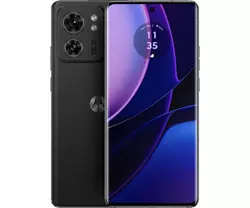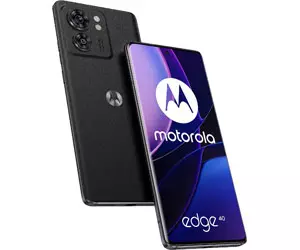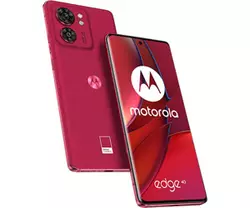We recently reviewed a very nice current flagship smartphone Motorola Edge 40 Pro. Today, we are talking about its younger brother, the Motorola Edge 40. It turned out to be no less interesting, given the price. Moreover, the smartphone can be called one of the most successful in its category. About half the price of current flagships, the smartphone offers a high-quality OLED screen with a 144Hz refresh rate, an interesting design with a metal frame and IP68 dust and water protection, fast wired and wireless charging, loud stereo speakers, almost pure fast Android 13, and a very good main camera. Of course, you shouldn't expect a top-of-the-line processor inside, but the performance is enough for stable, fast work and games. I would have liked to see a telephoto camera and a slightly larger battery, but at this price it would have been quite cool. The closest competitors are the slightly more expensive Samsung Galaxy A54. It has a bigger battery, but does not support wireless charging and is not as fast as wired charging. There are three cameras at the back, but the ultra-wide-angle and macro cameras do not have autofocus, so I'm not sure that quantity translates into quality in this case. The Galaxy A54 is more interesting because of the second SIM card slot, which is combined with a MicroSD slot. The Motorola Edge 40 has a more powerful processor, a more interesting design and a higher protection standard (IP68 vs. IP67 for the Galaxy A54).
6 reasons to buy Motorola Edge 40:
- Bright OLED display with 144 Hz refresh rate
- Interesting design and IP68 protection
- Fast wired and wireless charging
- Nice photos on the main camera
- Almost pure Android 13
- Loud stereo speakers
2 reasons not to buy Motorola Edge 40:
- No telephoto camera
- There are competitors with bigger batteries
Quick jump:
- What's in the box?
- What does Motorola Edge 40 look like?
- How good is the screen?
- What are the unlocking methods?
- What about the performance, memory, sound, and battery life of the Motorola Edge 40?
- How user-friendly is the interface?
- How good are the cameras?
- In the bottom line
What's in the box?
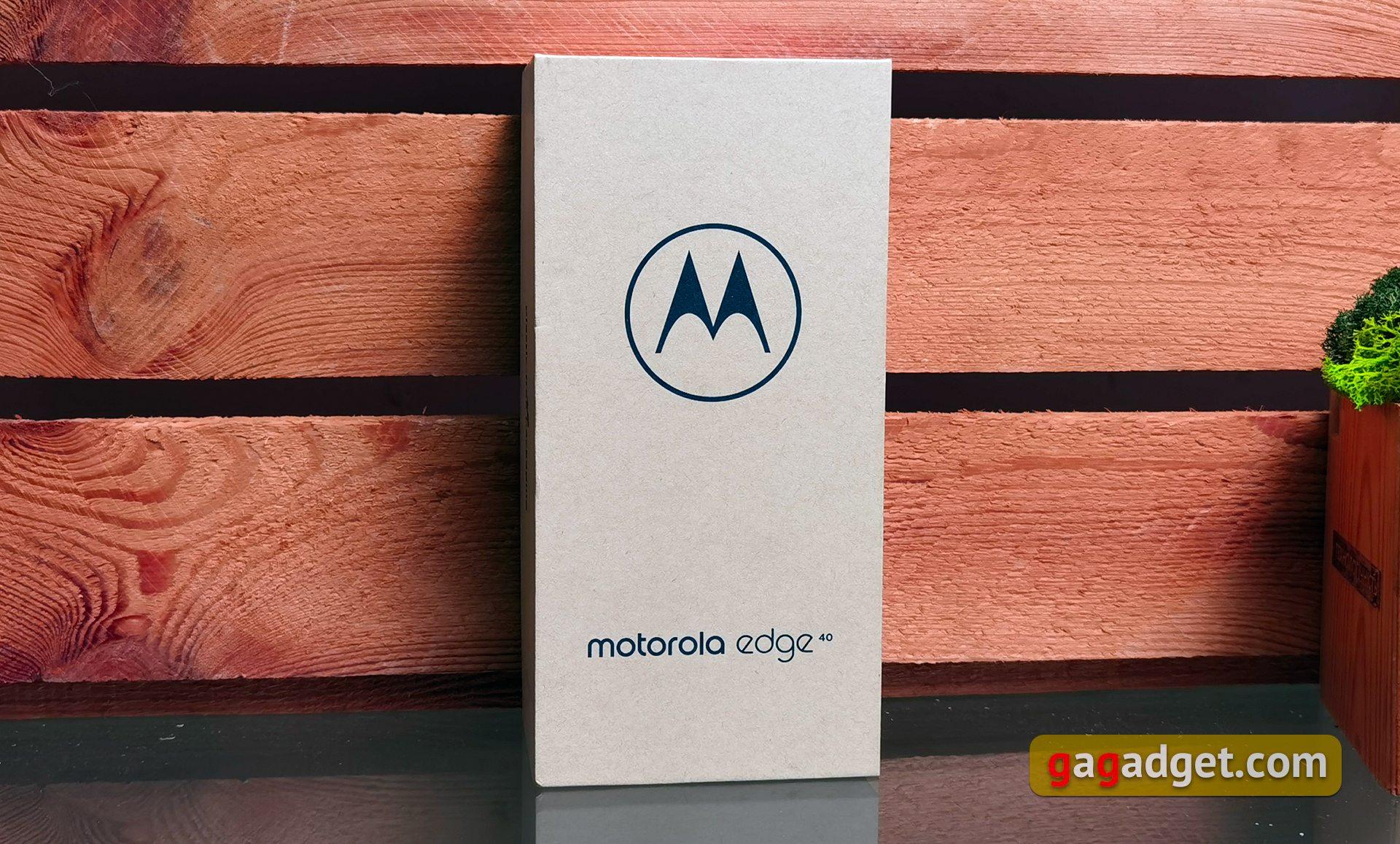

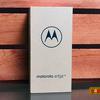

The Motorola Edge 40 comes in a light cardboard box with minimal printing. Only the Motorola logo and model name. And on the side is an inscription that the packaging does not contain plastic and is completely recyclable. The package is interesting, just like the older model. In addition to the smartphone, the box contains a 68W TurboPower charger, a Type-C cable, a protective transparent cover for the smartphone, a tray tool, and documentation.
What does the Motorola Edge 40 look like?

From the front, the Motorola Edge 40 looks like a modern flagship smartphone, although it is much more affordable. It has very thin bezels and a large display curved on the sides, which occupies almost the entire front panel. Motorola doesn't mention on the official website what kind of glass protects the display. The front camera is traditionally in a small round hole in the middle at the top of the screen. And above it is a thin slit for the earpiece speaker, which is also used as a second stereo speaker.
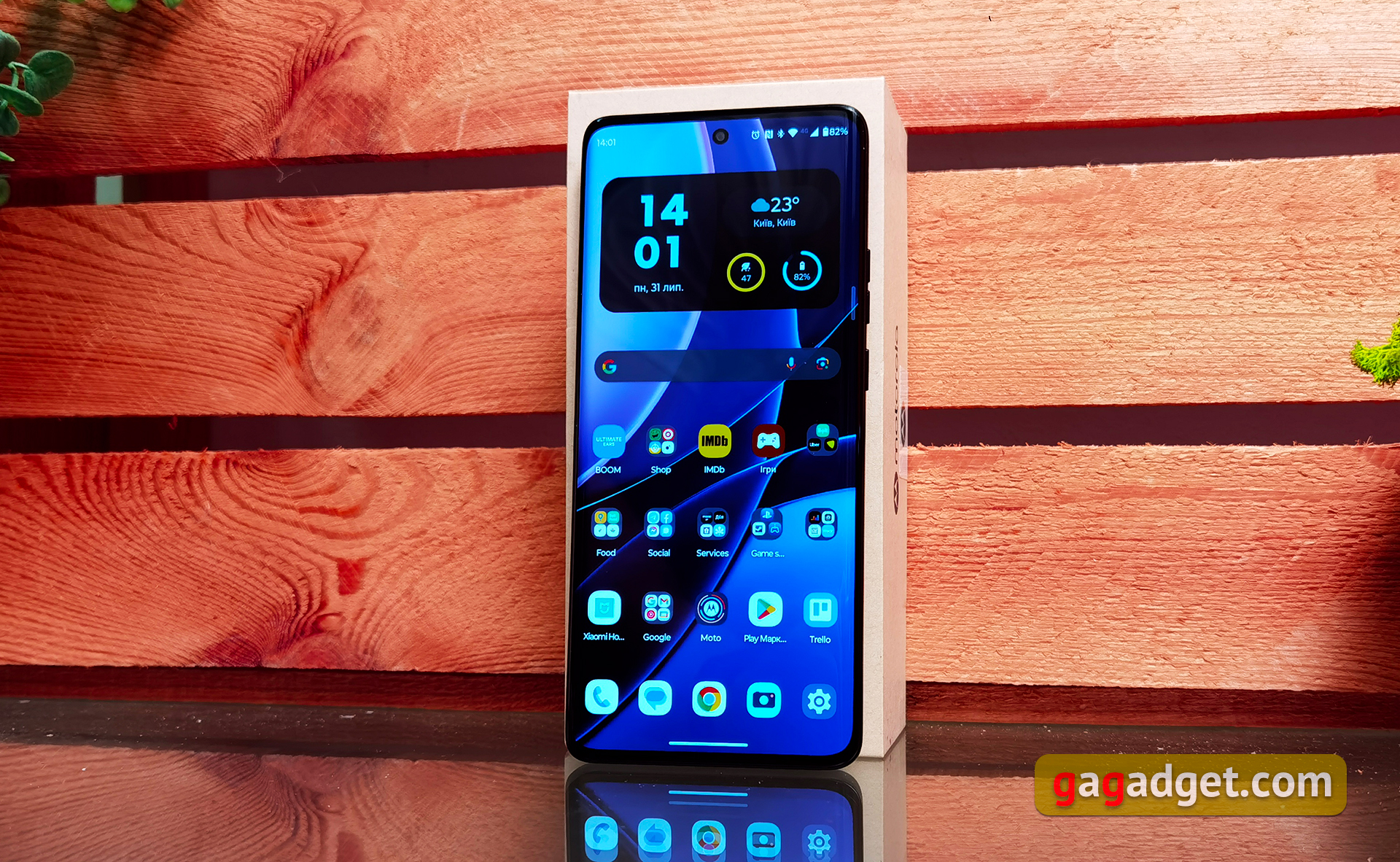
The screen flows smoothly into the side bezel. It is metal, matte black in colour. There are several plastic inserts around the perimeter for stable operation of wireless interfaces. On the right side, in the usual place, there are separate volume buttons and a power button. They are conveniently placed and easy to press when using the smartphone with either hand.
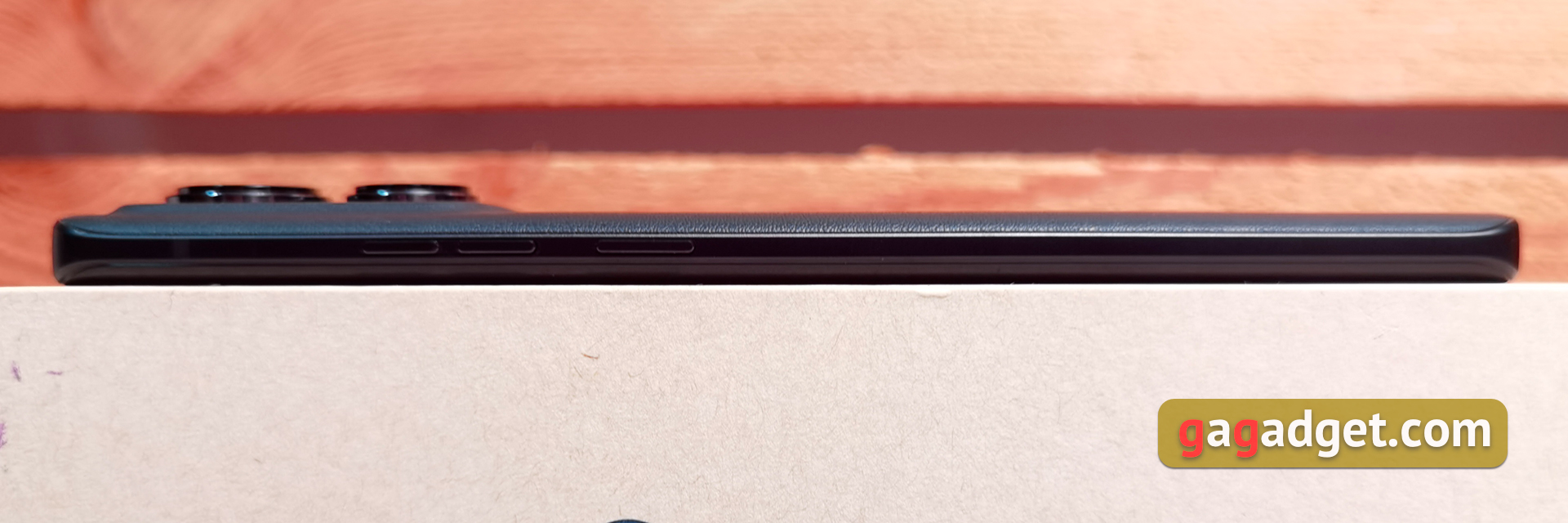
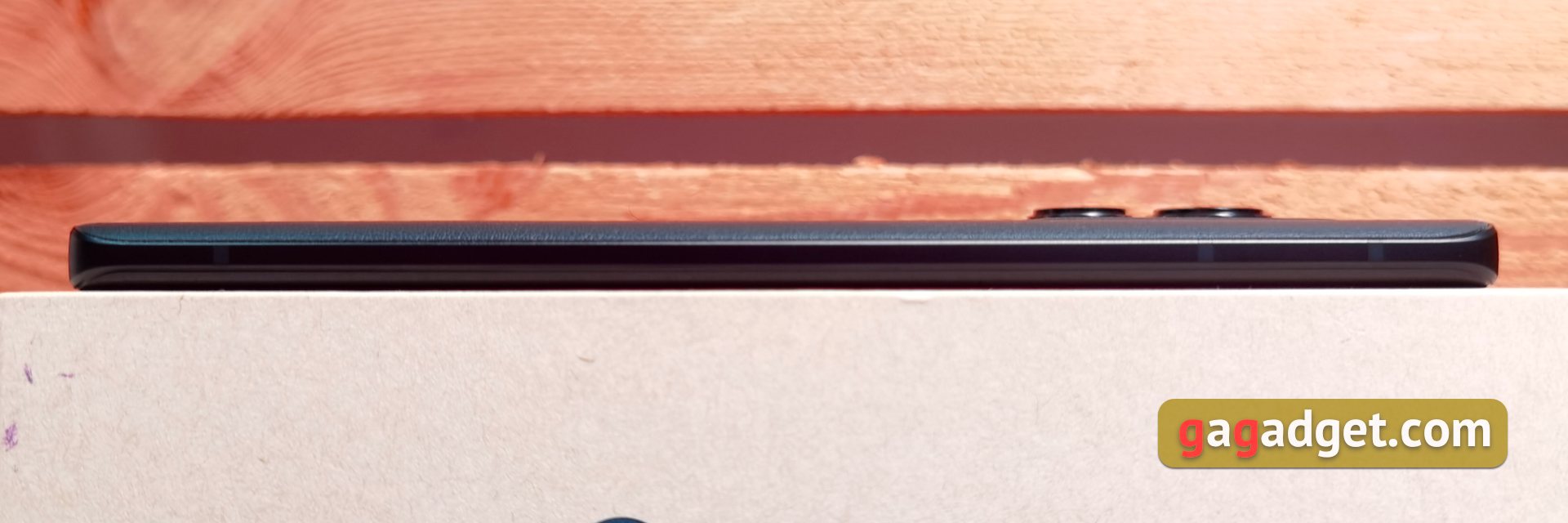
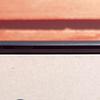

On the top of Motorola Edge 40, there is only one of the microphones and a Dolby Audio mark:
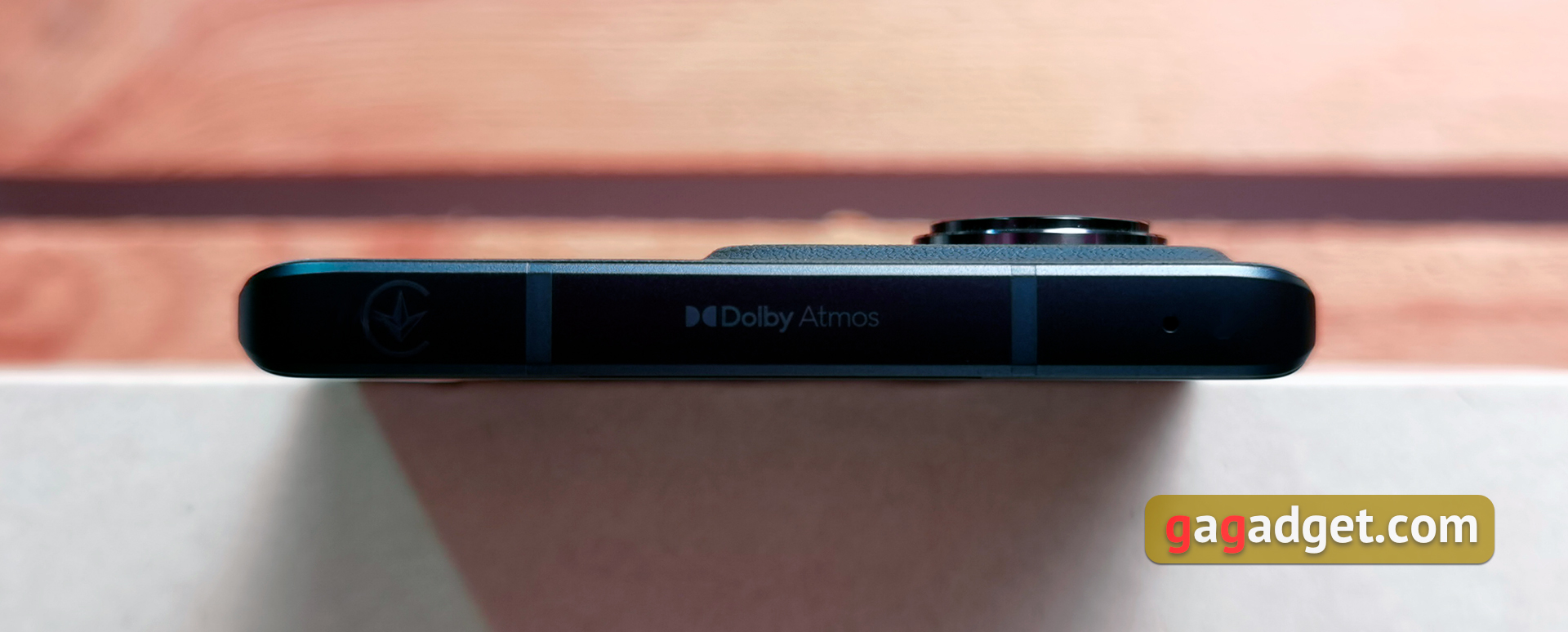
The Type-C connector is located at the bottom. In the flagship Motorola Edge 40 Pro, it was USB 3.2 and supported DisplayPort 1.4. In the younger model, we have USB 2.0. On the sides of the port there is an external speaker, another microphone and a tray.
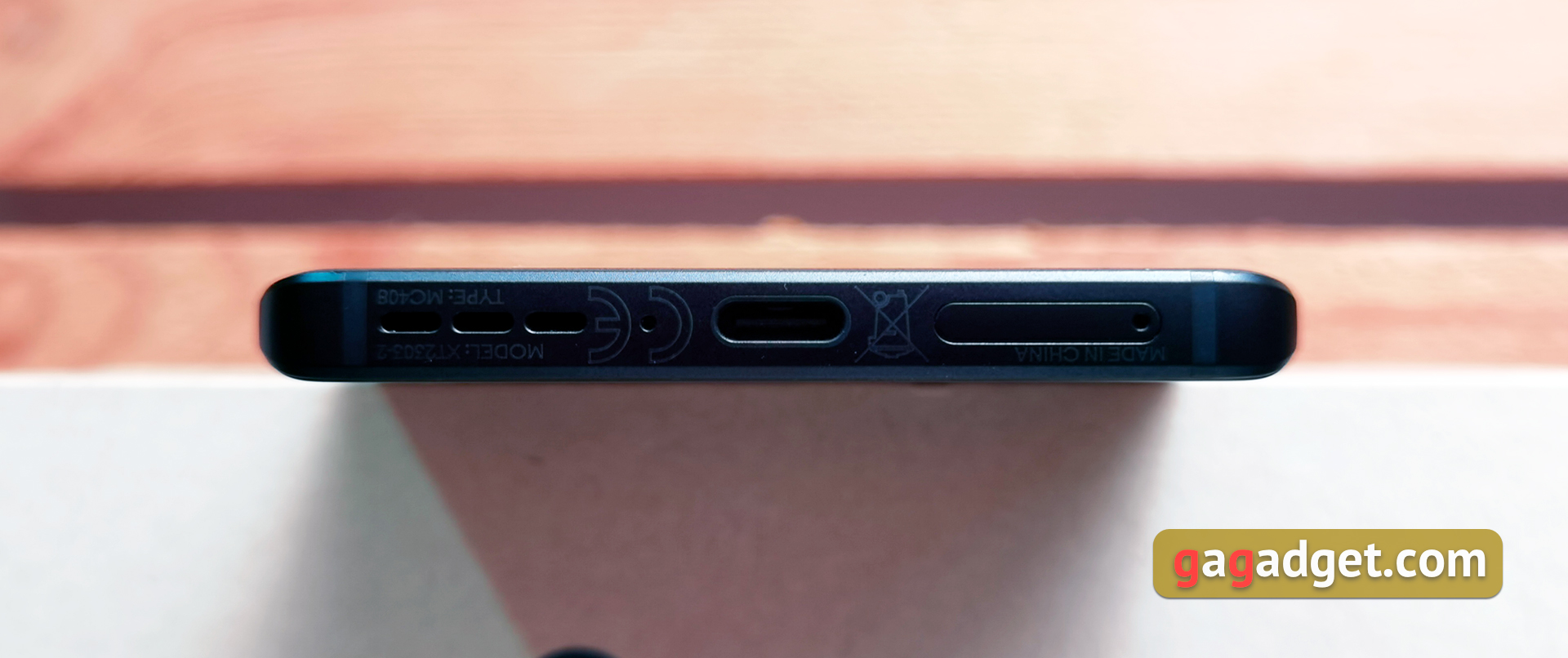
The tray has room for only one nanoSIM, but the smartphone also supports eSIM.
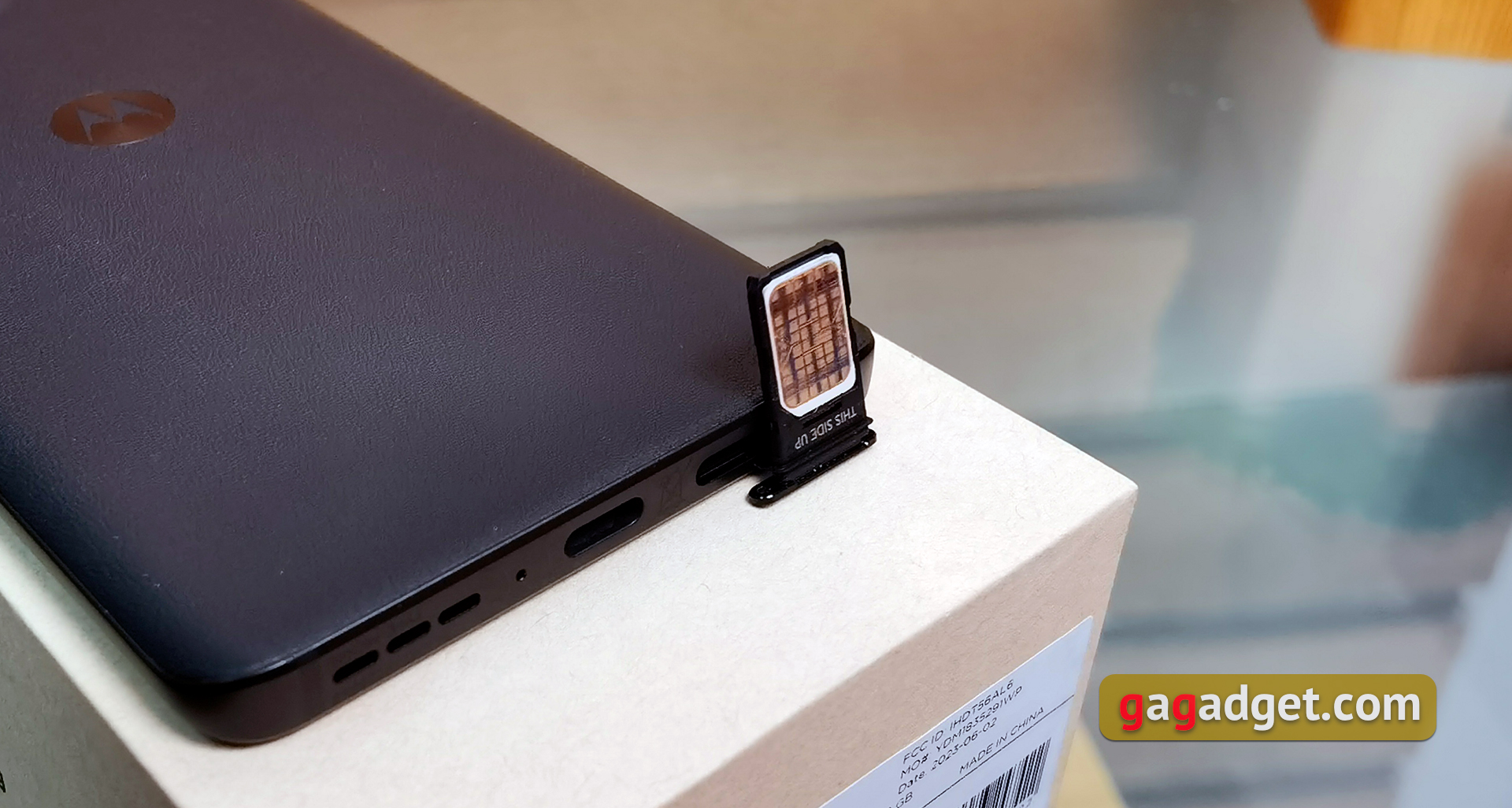
The back panel of the Motorola Edge 40 is unusual. The so-called eco-leather is used. It has two advantages at once. It looks quite original and feels very nice. At the same time, it is very secure in the hand, unlike glass versions. The only thing that can be criticised is that due to the rather deep texture, fine dust can remain on the lid.

The rear camera module is large, but it is made neatly. The back panel flows smoothly into a camera rectangle with rounded corners. Inside are two lenses, a dual flash, basic camera information and a microphone.
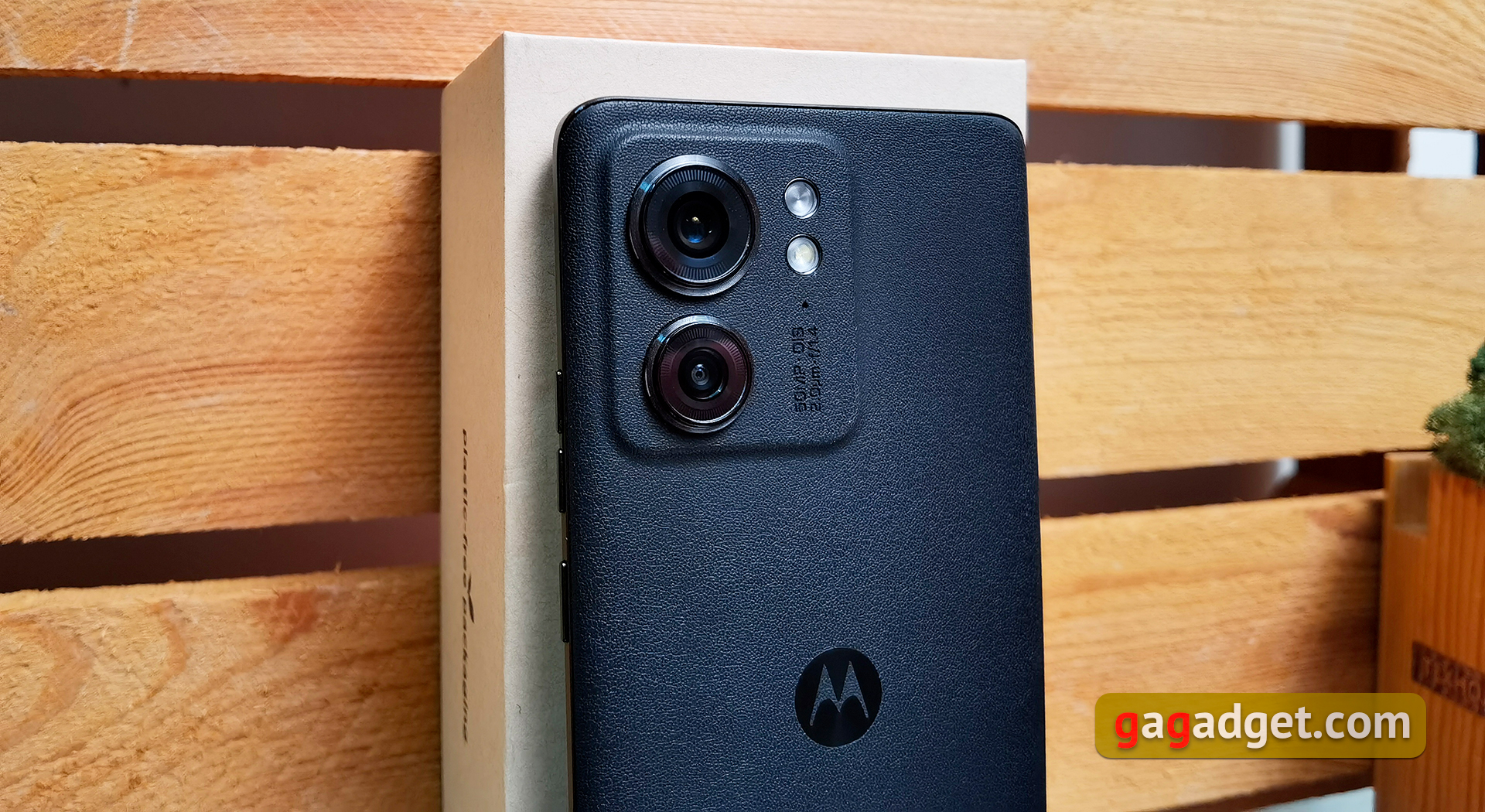
Motorola Edge 40 is light and thin: It weighs 167 g, which is very light, given current trends. And the thickness is 7.6 mm. It is comfortable to use and looks very nice. I don't want to cover it with protective bumpers. Like the Motorola Edge 40 Pro, the smartphone is IP68 dust and water resistant. The smartphone can withstand up to 30 minutes at a depth of 1.5 metres in fresh water.
How good is the screen?
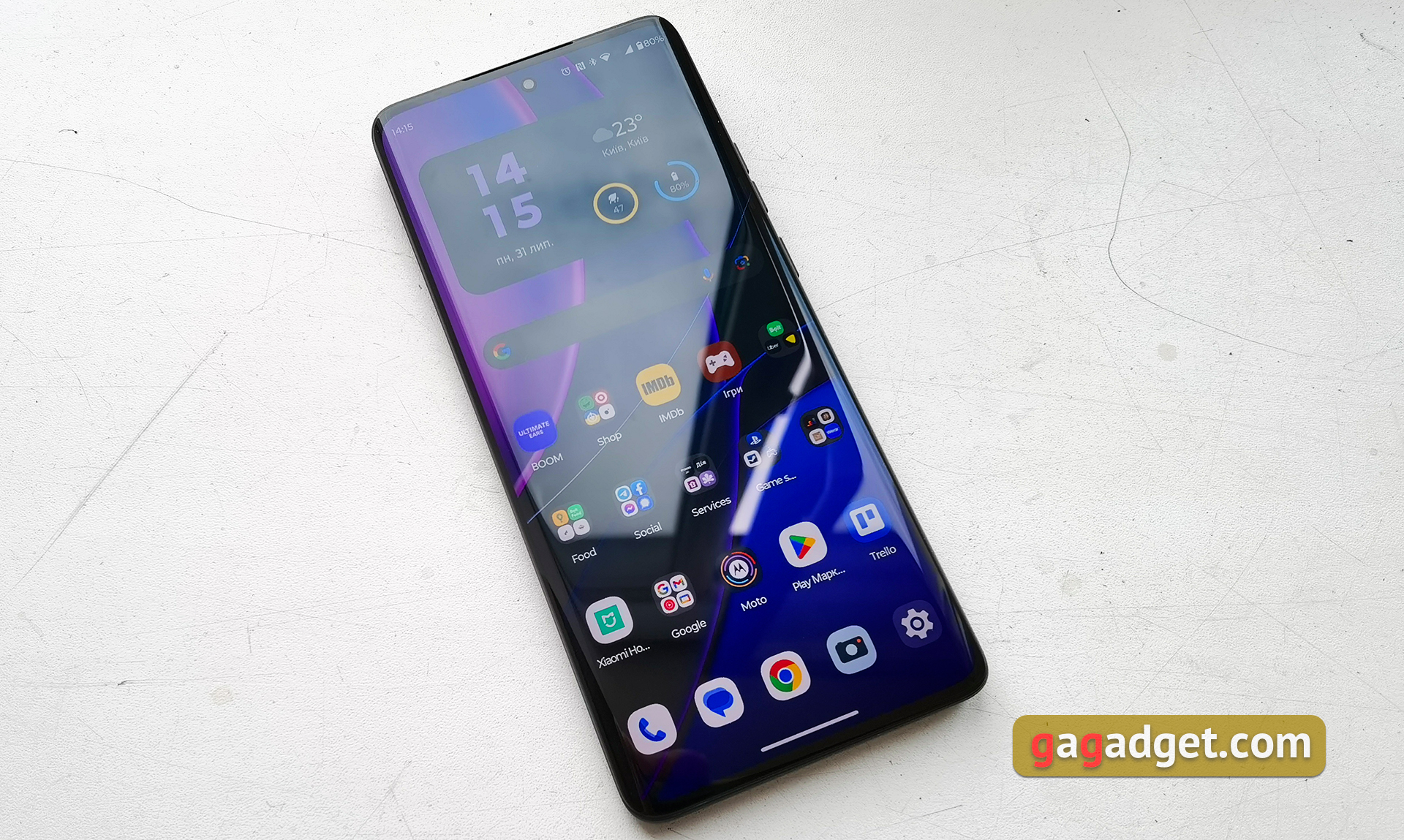
Motorola Edge 40 Pro has a 6.55-inch pOLED screen with curves on the sides. Theresolution is 2400x1080 (20:9 aspect ratio), and the pixel density is about 402 ppi. Peak brightness is said to be 1200 cd/m², and there is support for HDR10. The maximum refresh rate is 144 Hz. There are modes of 60, 120, 144 Hz, as well as an adaptive mode in which the range is limited to 120 Hz. Settings include andbrightness, dark and light themes, interface and text scale, flicker prevention (DC Dimming), refresh rate selection, night mode, display bezel illumination for notifications, and two colour display modes, where you can also adjust the colour temperature yourself.
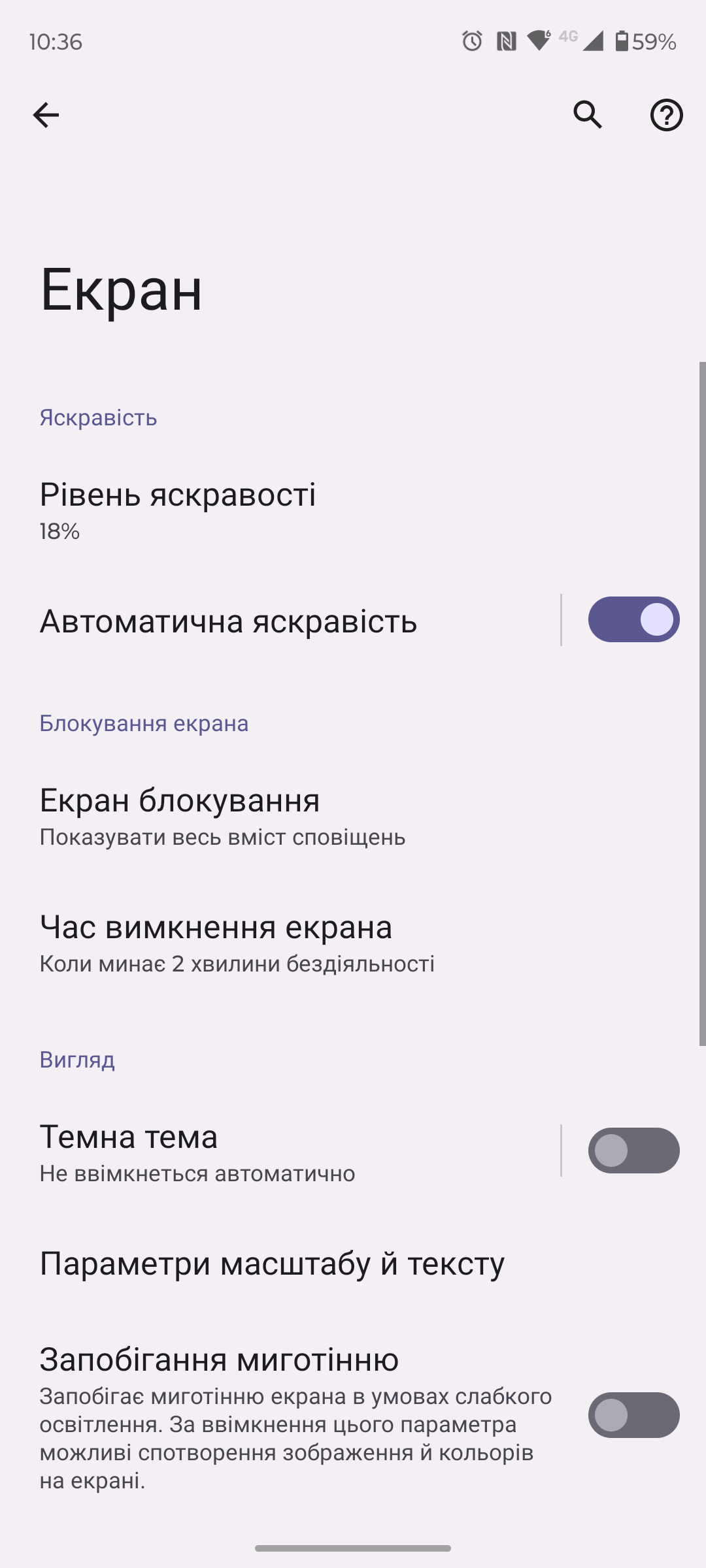

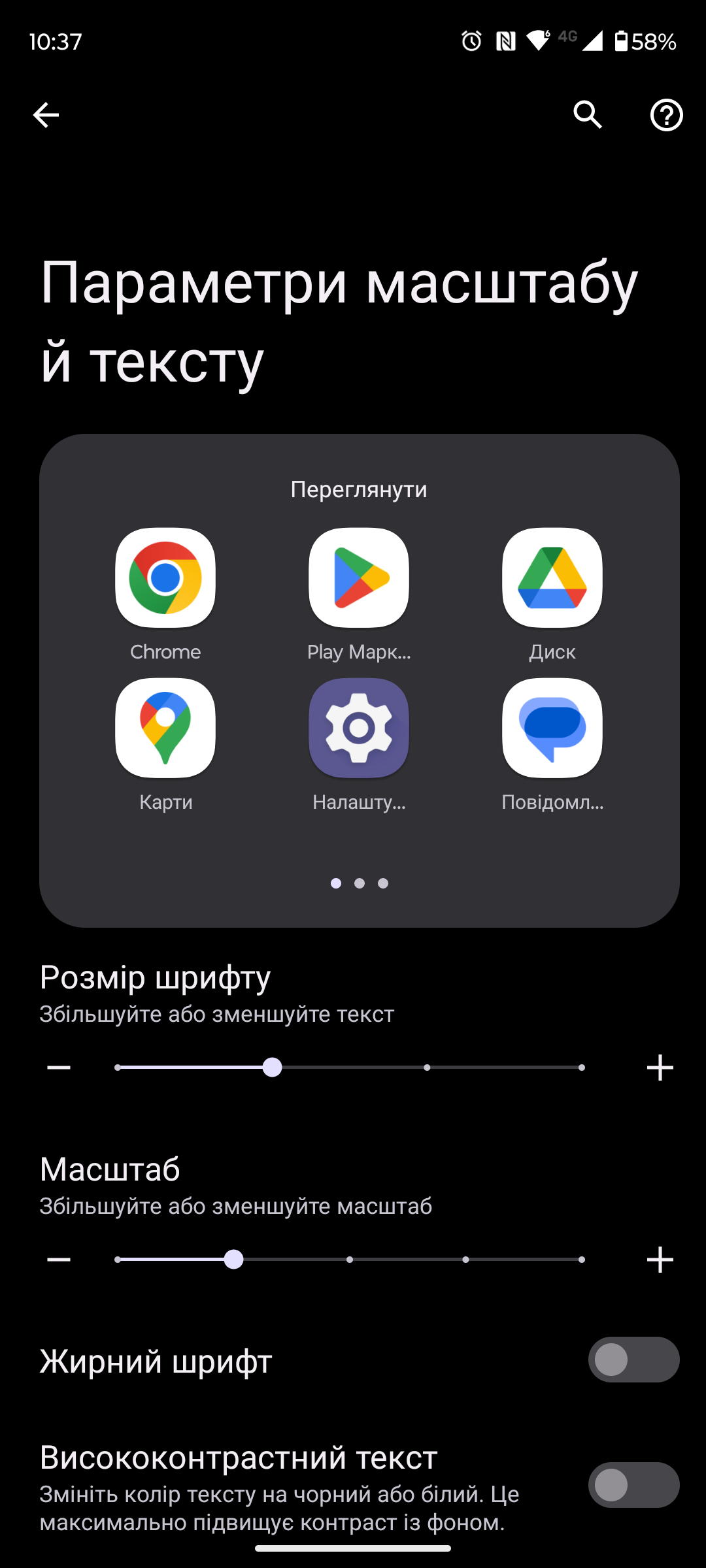
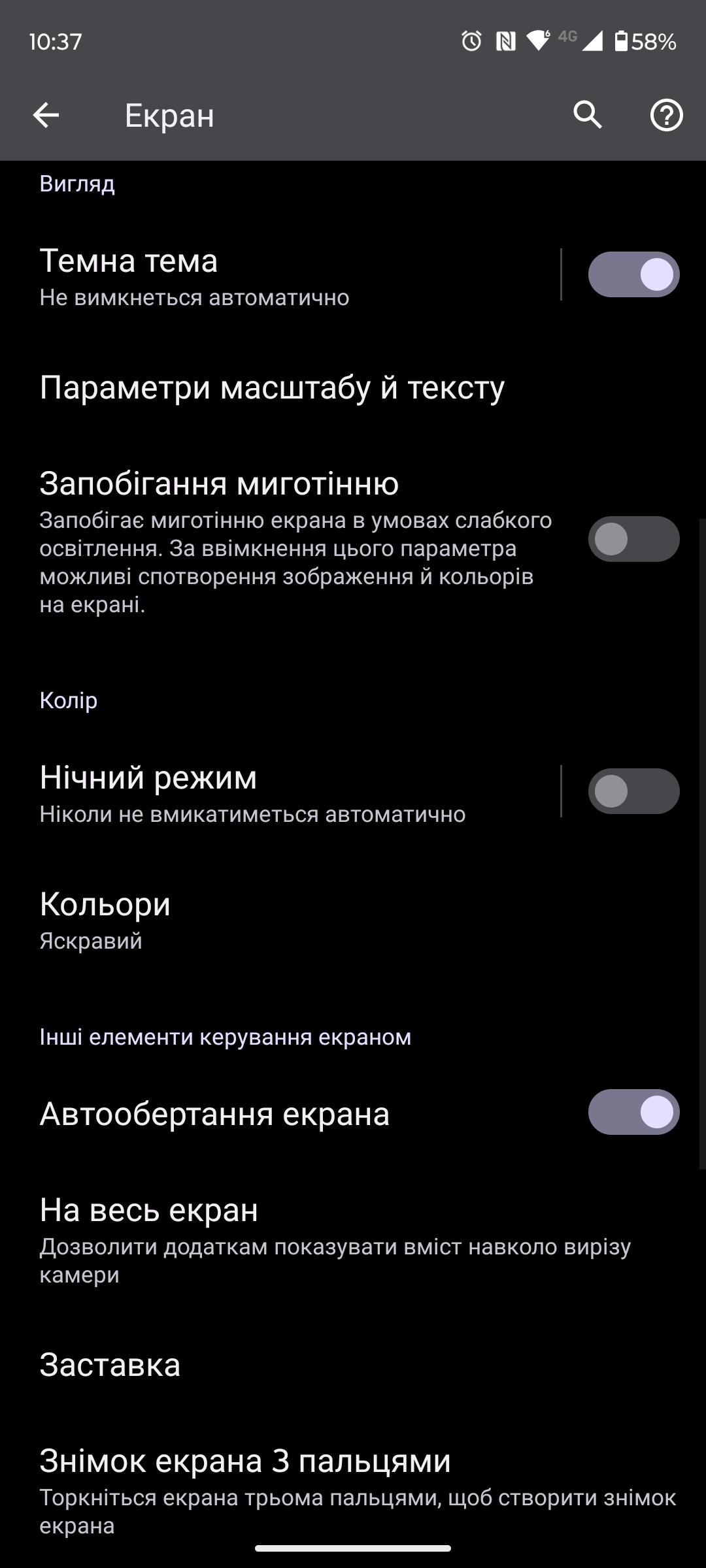
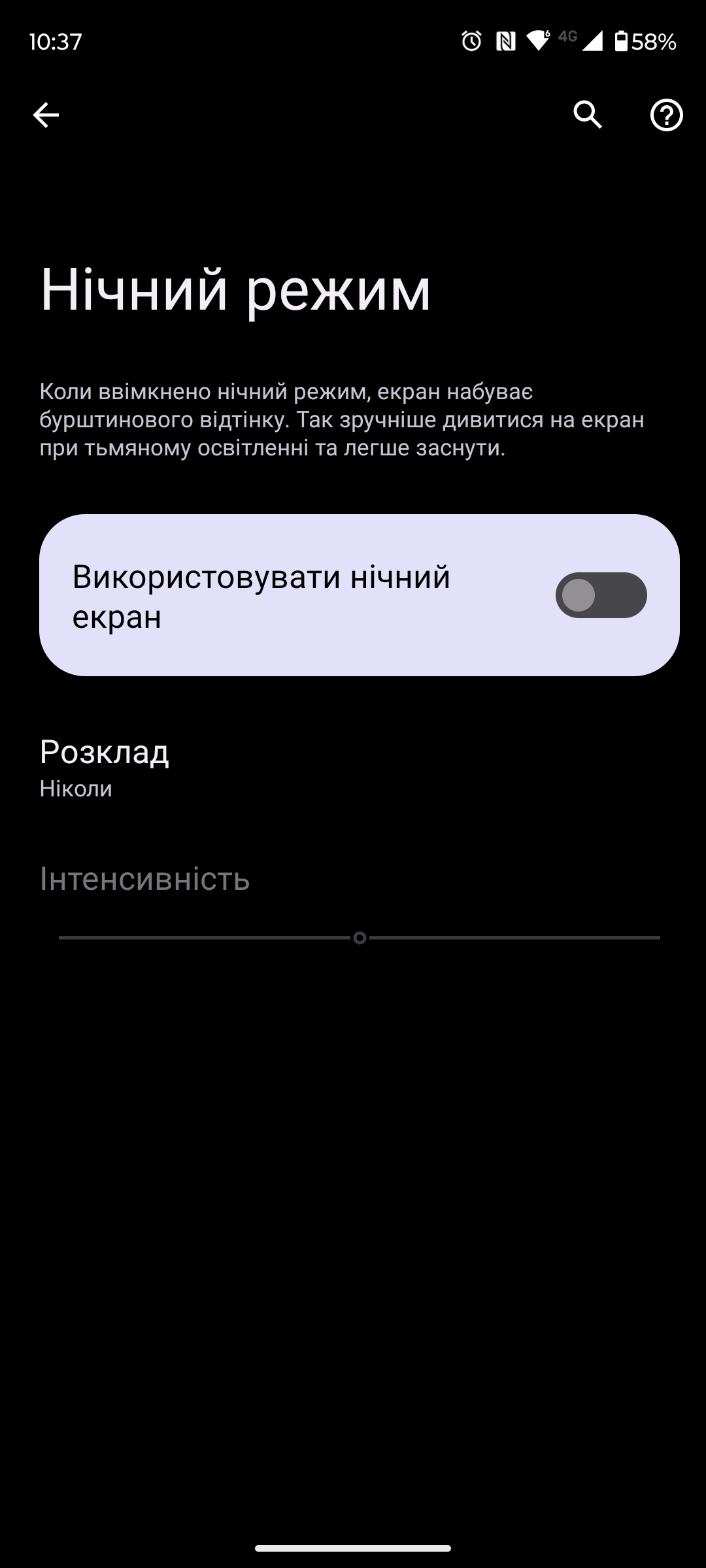
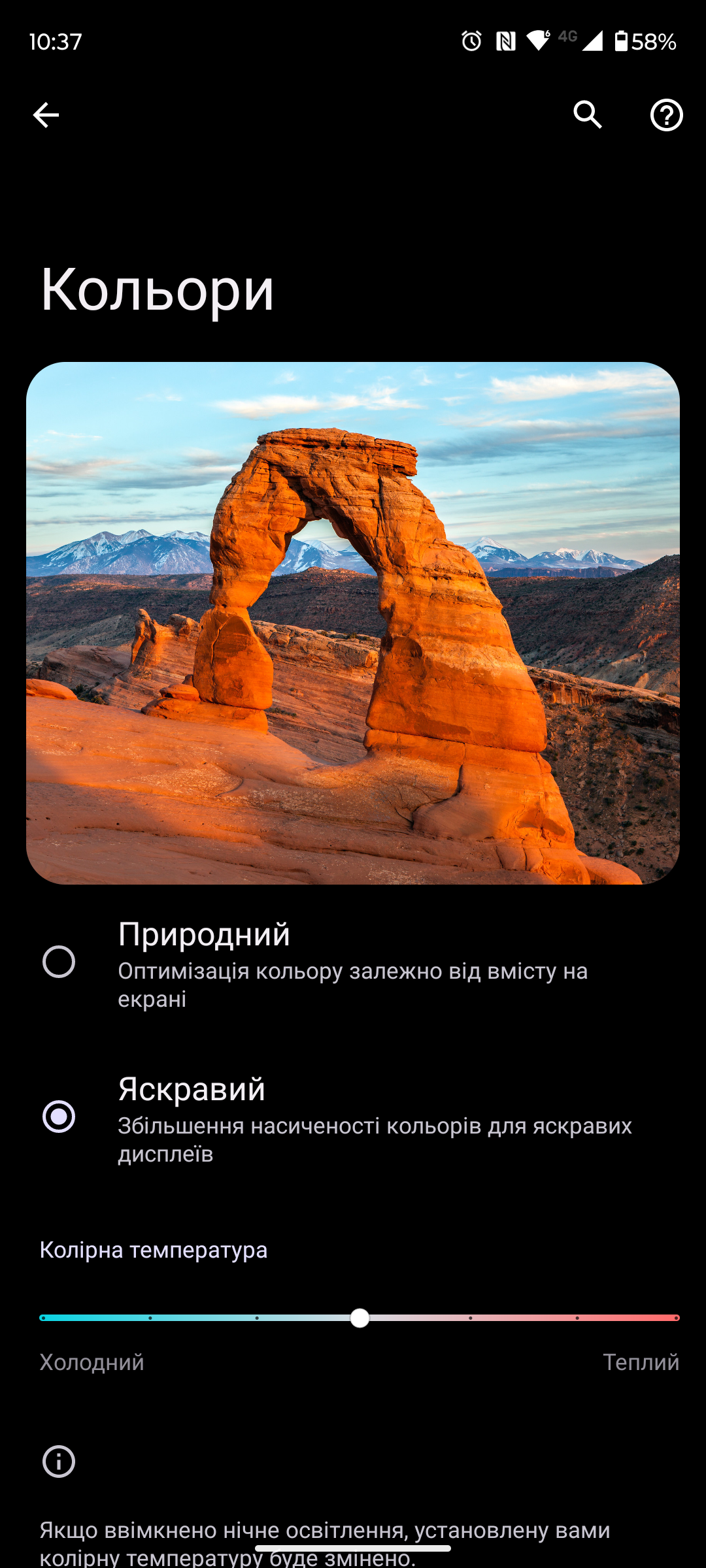



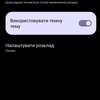


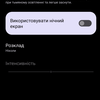


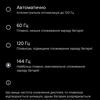
The screen is bright, the picture remains clear under sunlight. The colours are very rich and vivid, and viewing angles are maximised. According to the measurement results, the maximum screen brightness in manual mode is only slightly inferior to the flagship Motorola Edge 40 Pro. In "Bright" mode, the maximum brightness is 494.789 cd/m2 (versus 505.698 cd/m2 for the Pro). The colour gamut is much wider than sRGB. The colour display is a little cool, but there is a manual colour temperature setting.
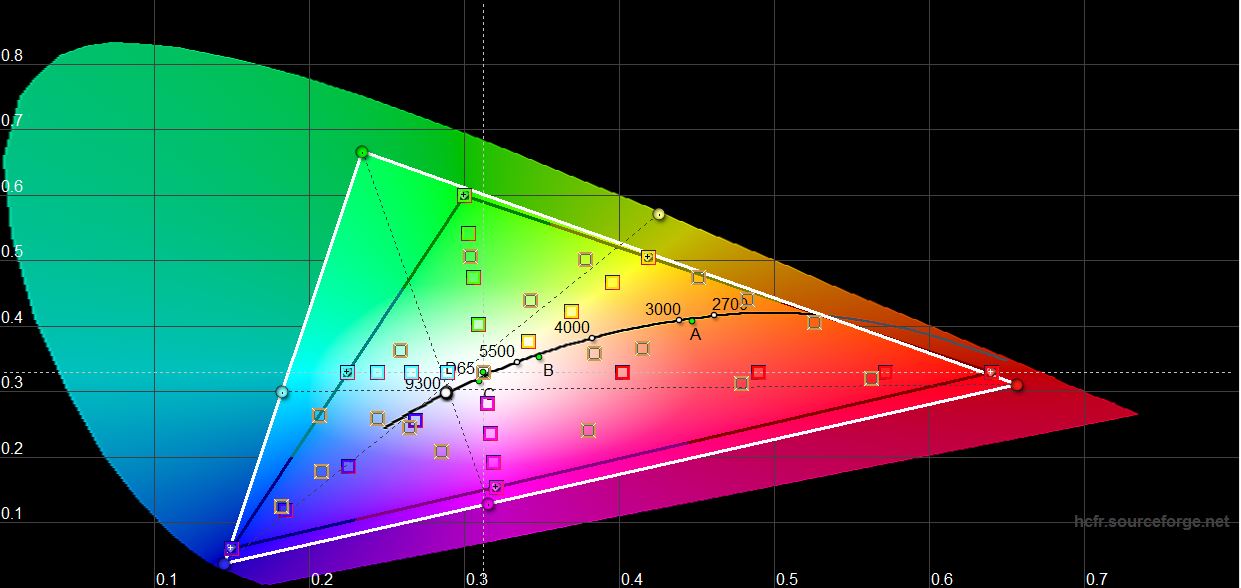


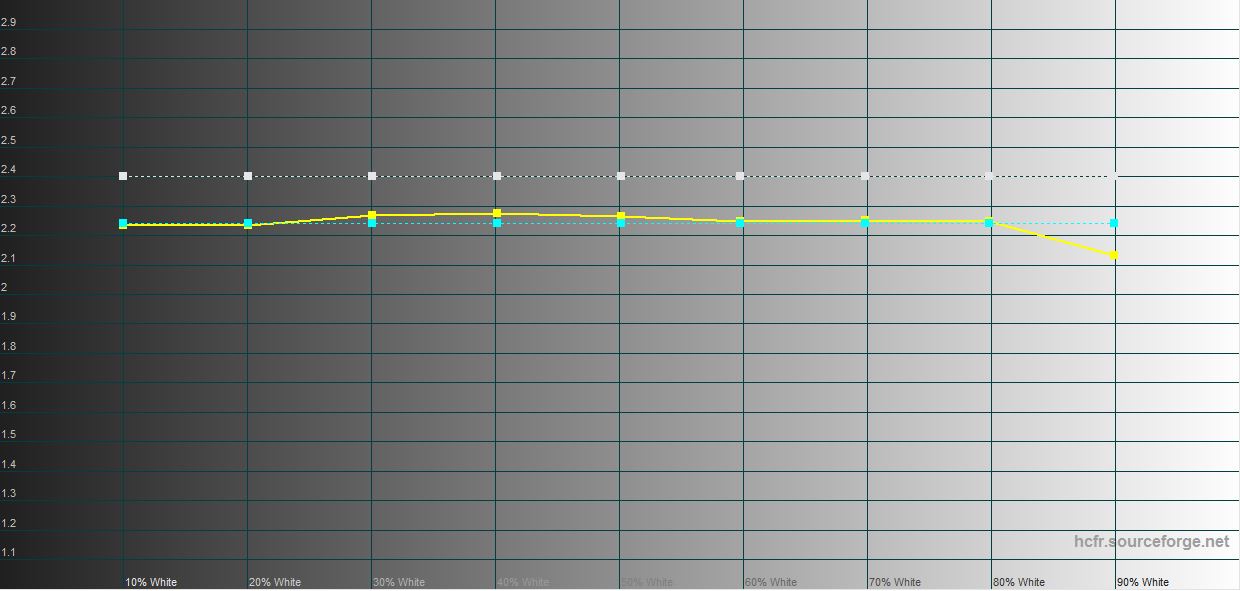
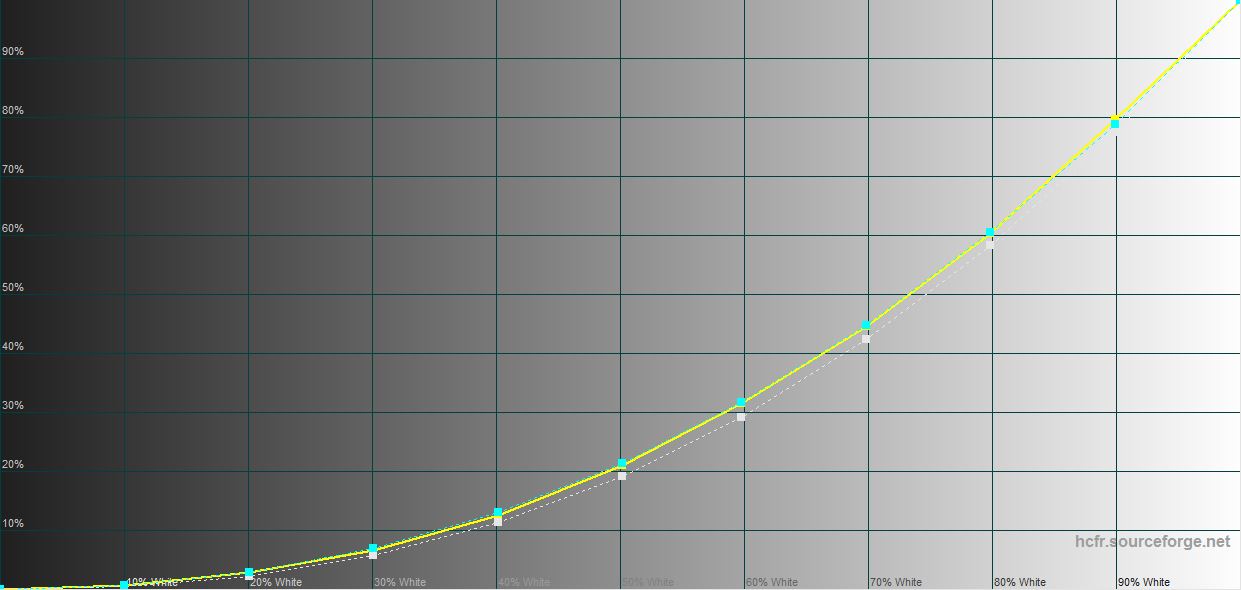
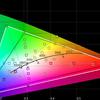
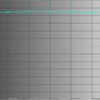

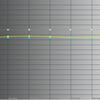

In Natural mode, the colour gamut is close to sRGB, and the colour display is closer to the reference values. The brightness is slightly lower: 482.686 cd/m2.

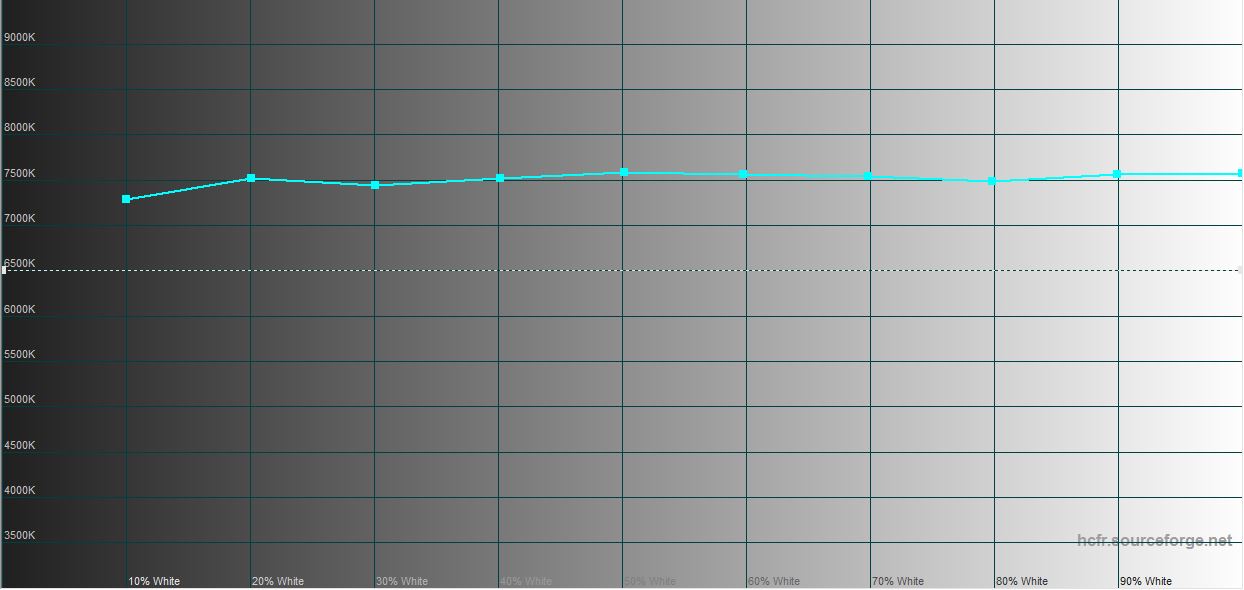

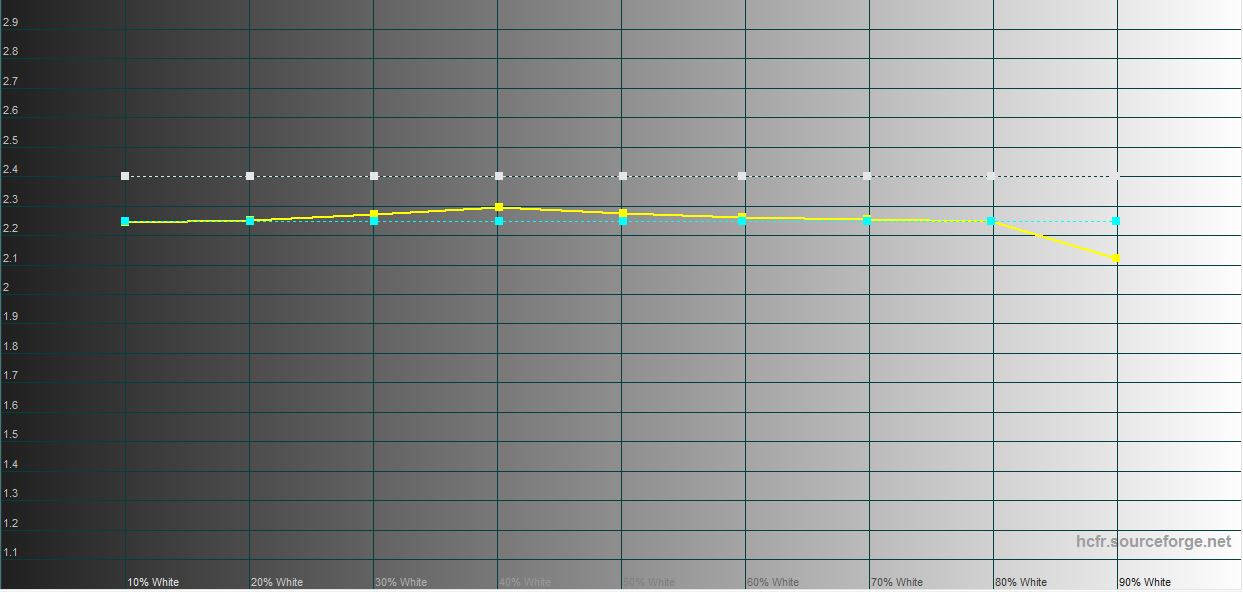
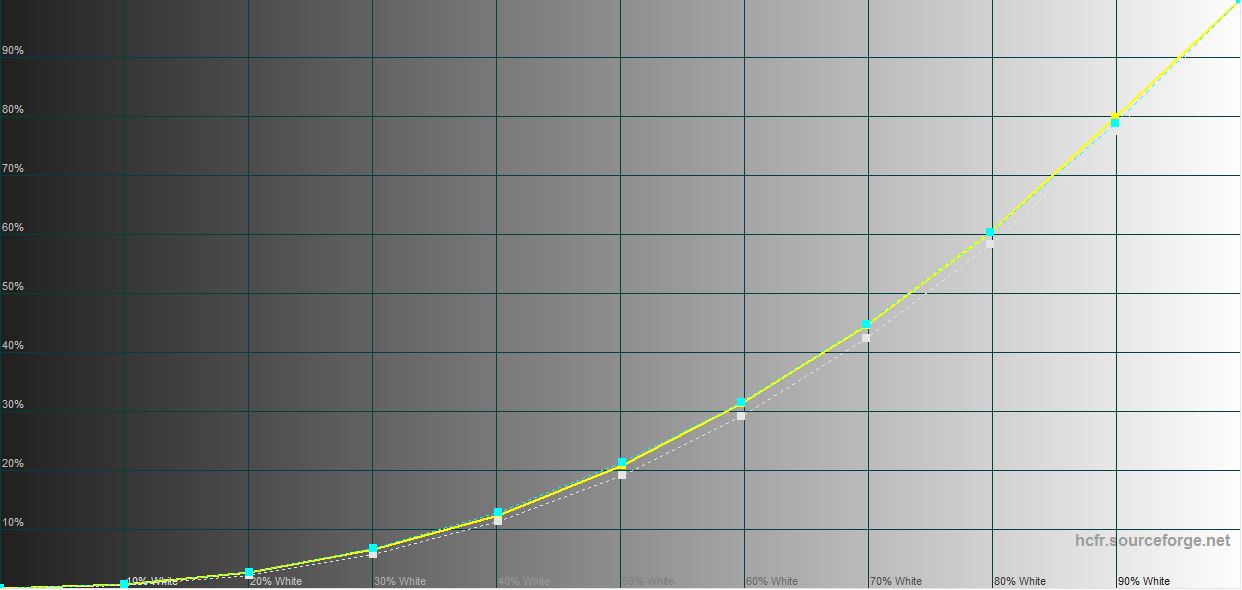
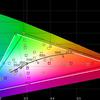

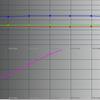


Comparison with other models:
| Device name | White field brightness, cd/m2 |
Black field brightness, cd/m2 |
Contrast |
|---|---|---|---|
| Motorola Edge 40 | 494.789 | 0 | ∞ |
| Motorola Edge 40 Pro | 505.698 | 0 | ∞ |
| Samsung Galaxy S23 Ultra | 696.675 | 0 | ∞ |
| Samsung Galaxy Z Flip3 | 460.6 | 0 | ∞ |
| Samsung Galaxy Z Fold3 | 479.32 | 0 | ∞ |
| Xiaomi 11T Pro | 493.872 | 0 | ∞ |
| ASUS ROG Phone 5 | 482.347 | 0 | ∞ |
| Samsung Galaxy S21+ | 437.906 | 0 | ∞ |
| Sony Xperia 1 | 394.97 | 0 | ∞ |
| Huawei P30 Pro | 447.247 | 0 | ∞ |
What are the unlocking methods?

Motorola Edge 40 uses the usual set of biometric identification tools: an optical in-screen fingerprint scanner and face recognition using the front camera. The scanner works quickly and accurately. But its position is not the best: it would be a little more convenient if it were placed a little higher. Face identification works well, but only in good light. In the evening, you'll have to switch to the scanner.

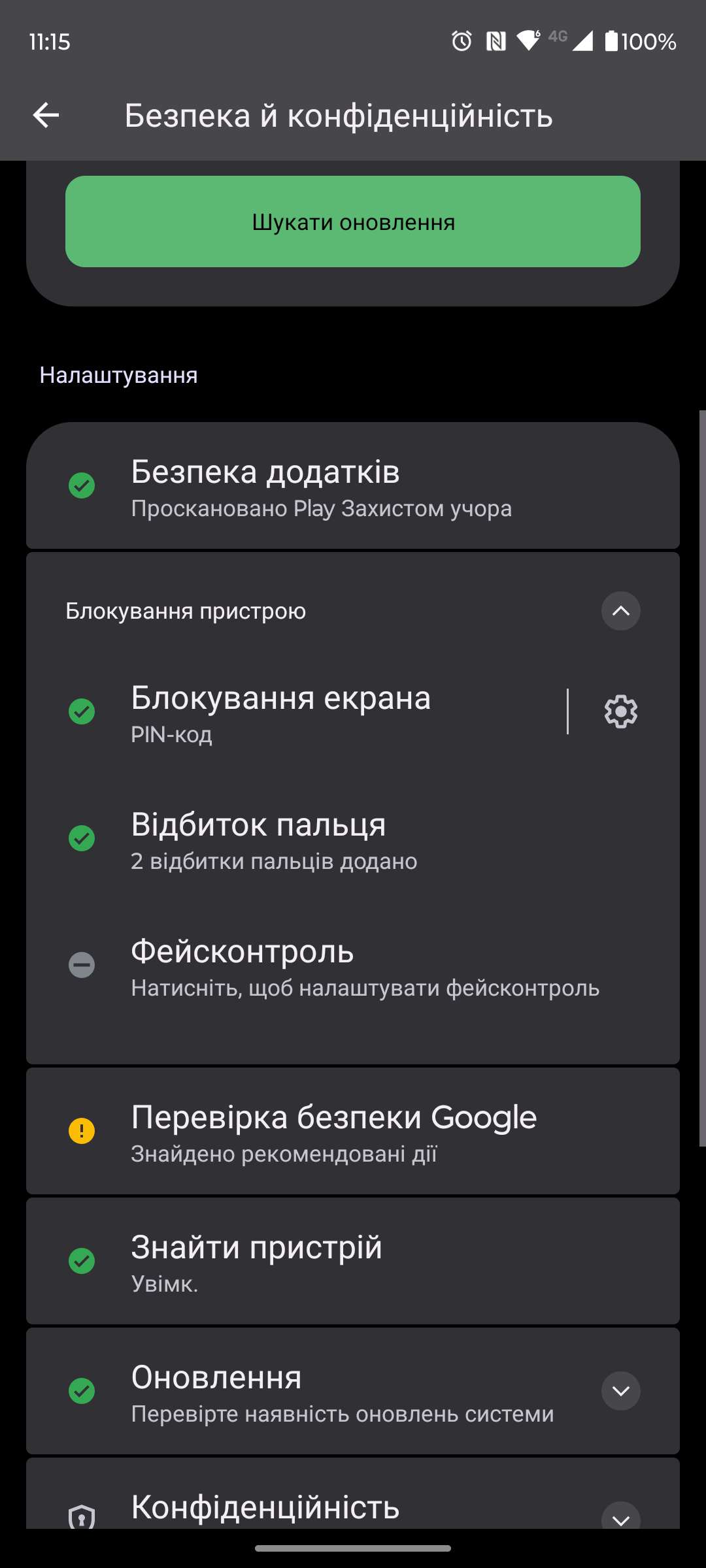
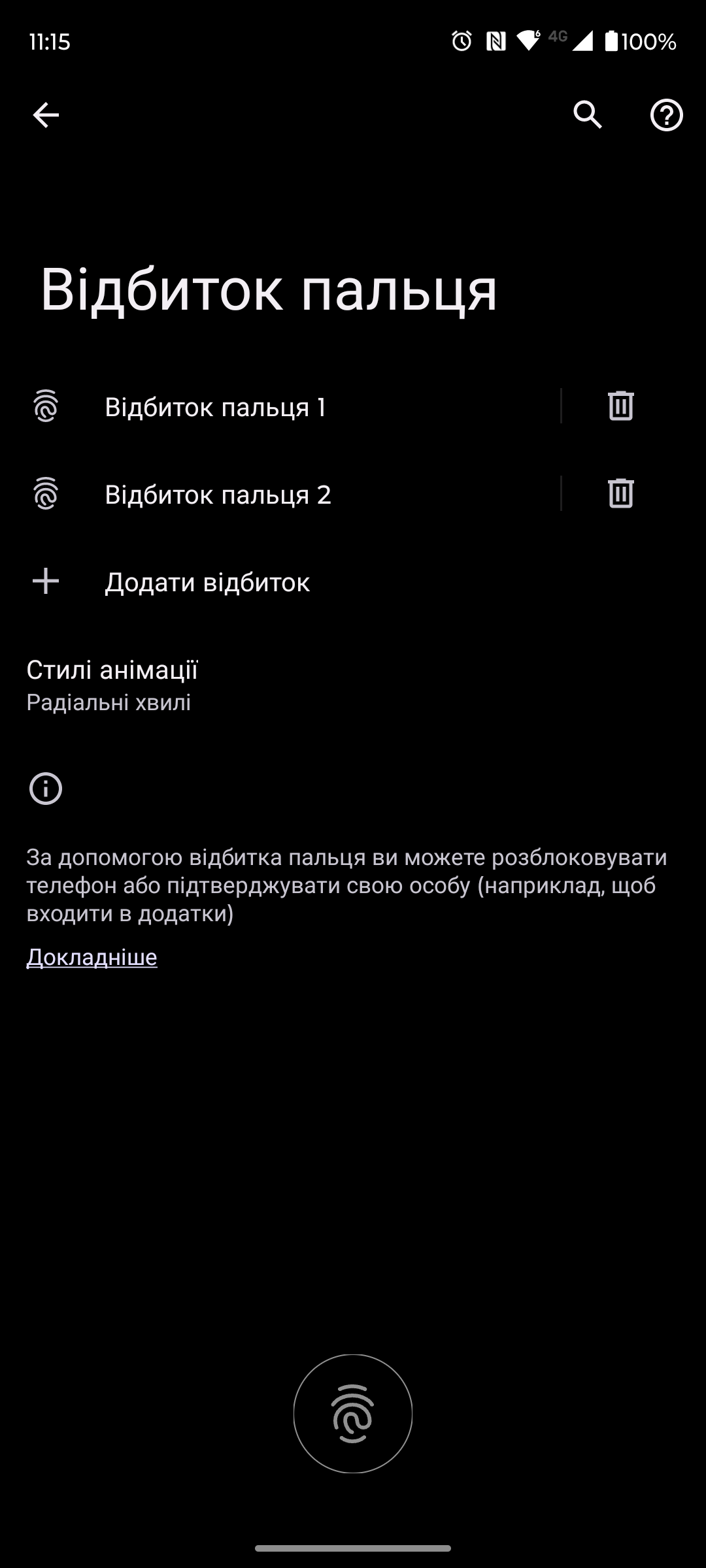
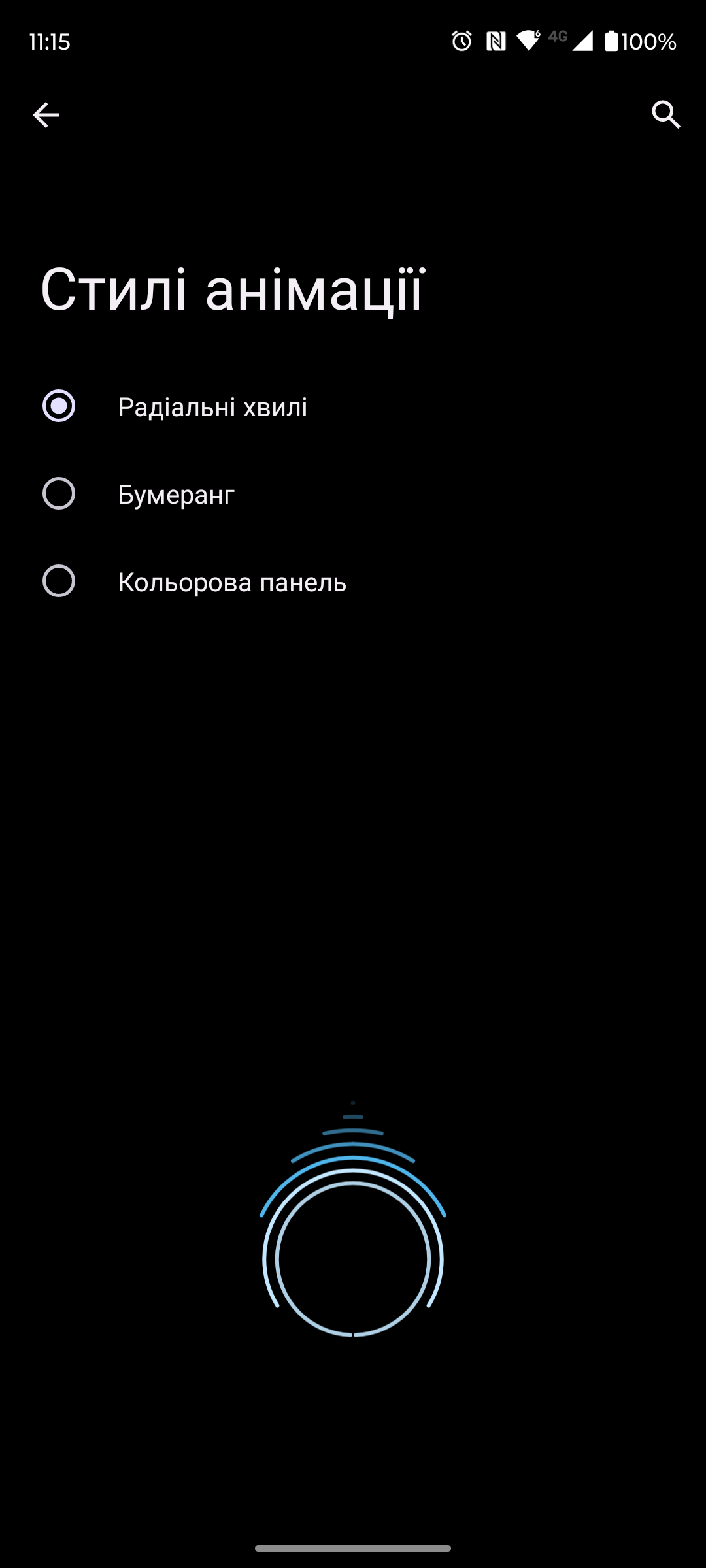


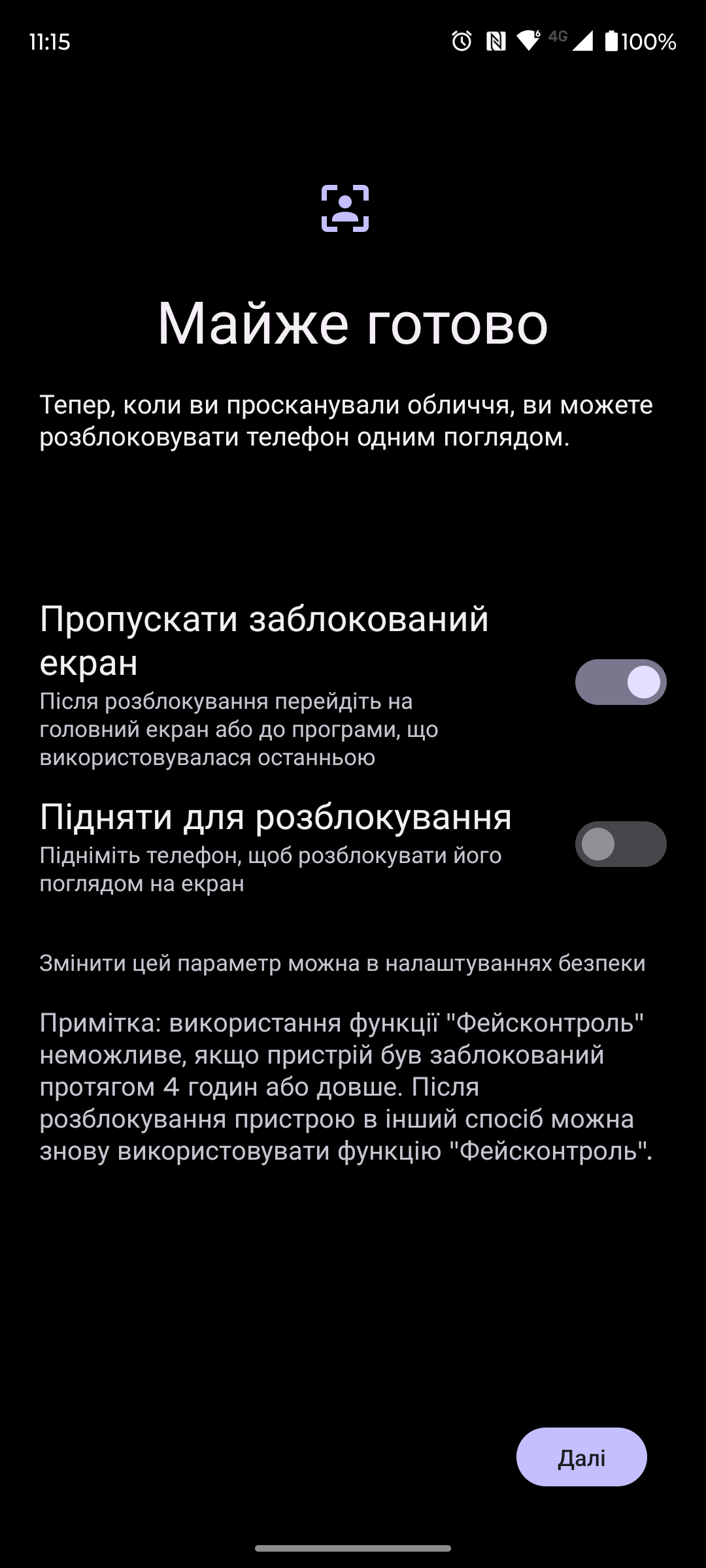





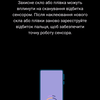



What about performance, memory, sound and battery life?
The Motorola Edge 40 uses a fairly powerful mid-range MediaTek Dimensity 8020 chip as a processor. This is an octa-core 6-nanometre processor that includes four ARM Cortex-A78 cores with a frequency of 2.6 GHz and four energy-efficient Cortex-A55 cores with a frequency of 2 GHz. The graphics accelerator is Mali-G77 MC9. The RAM is 8 GB LPDDR4X. The internal storage has a capacity of 256 GB of the UFS 3.1 standard. The smartphone demonstrates not top-notch, but very good results in benchmarks, especially considering the price category. The performance is enough for stable, fast operation of the interface and heavy applications. And modern games run well on it.

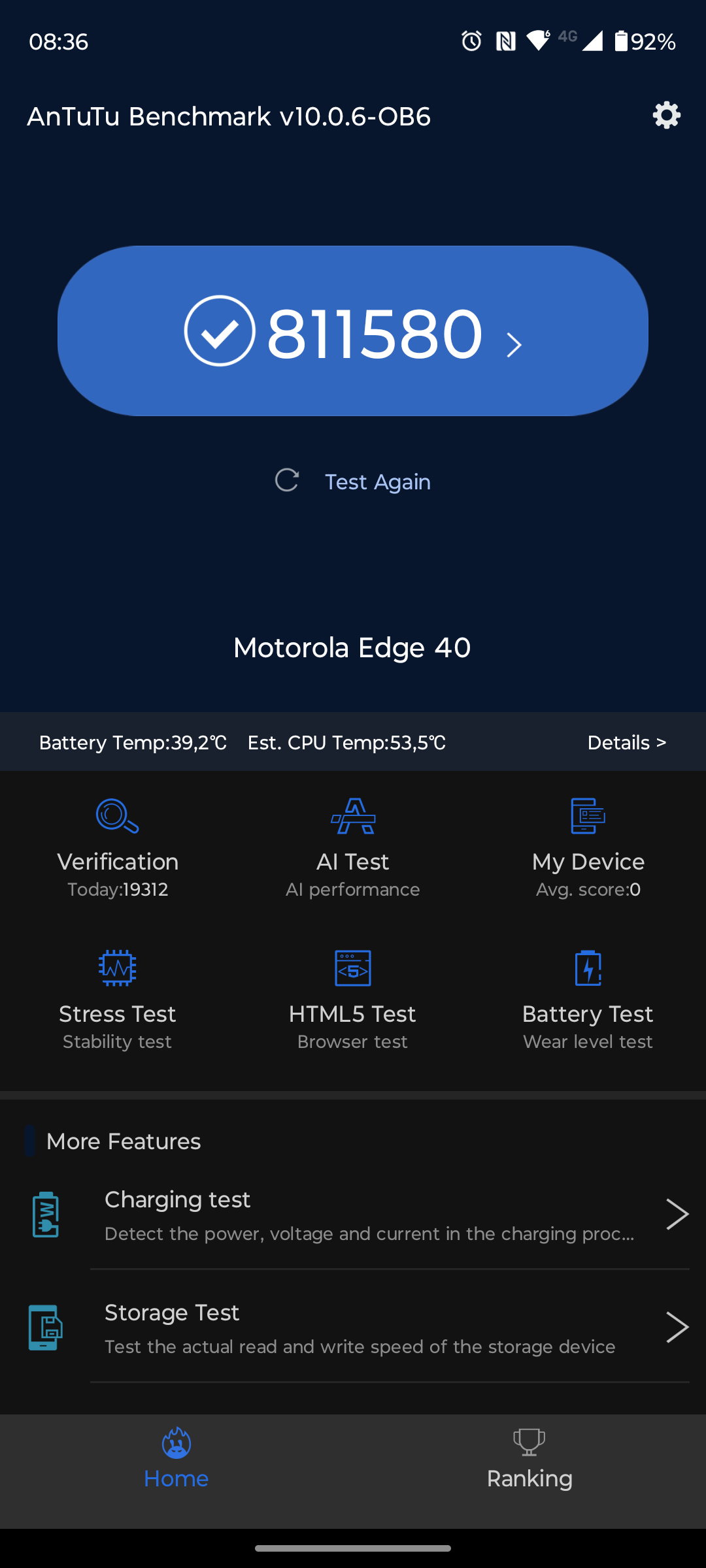

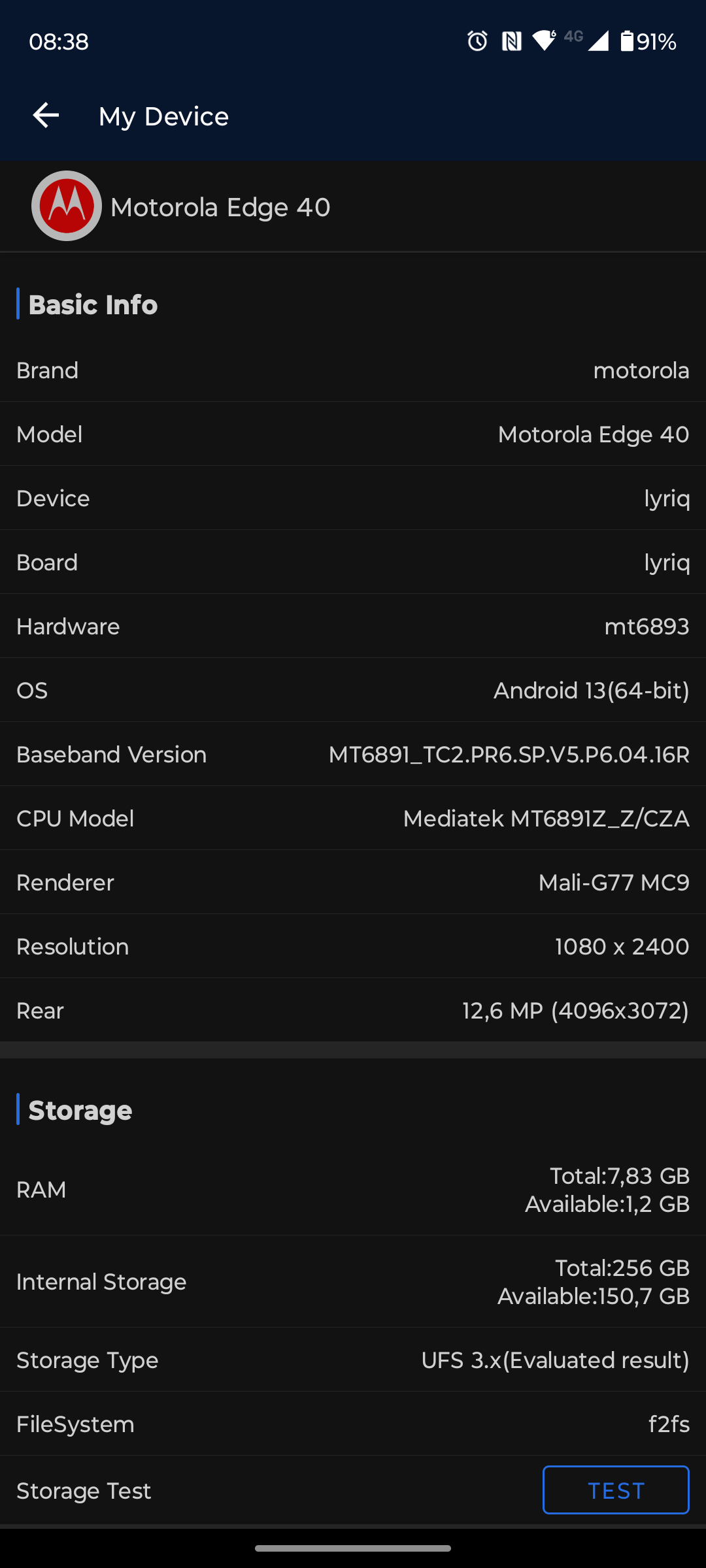
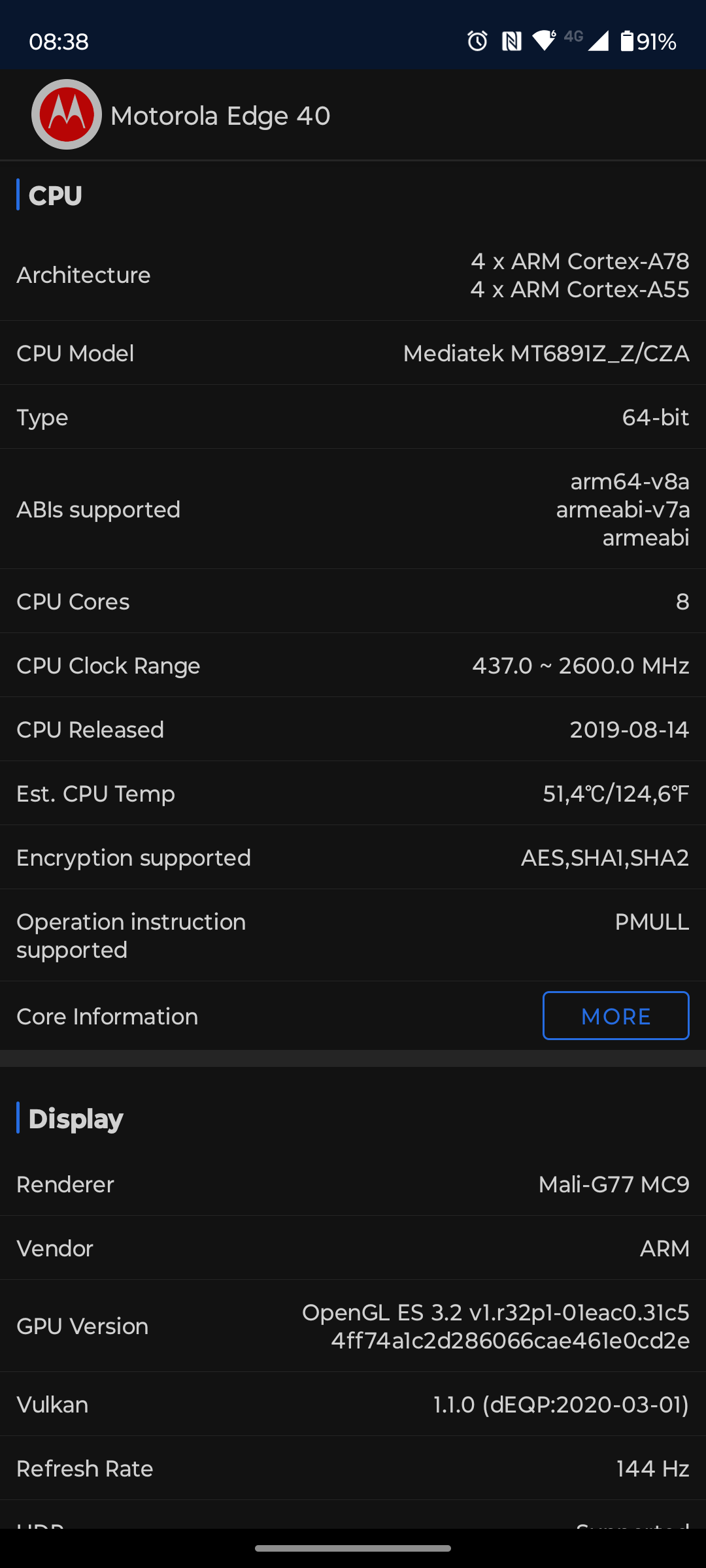
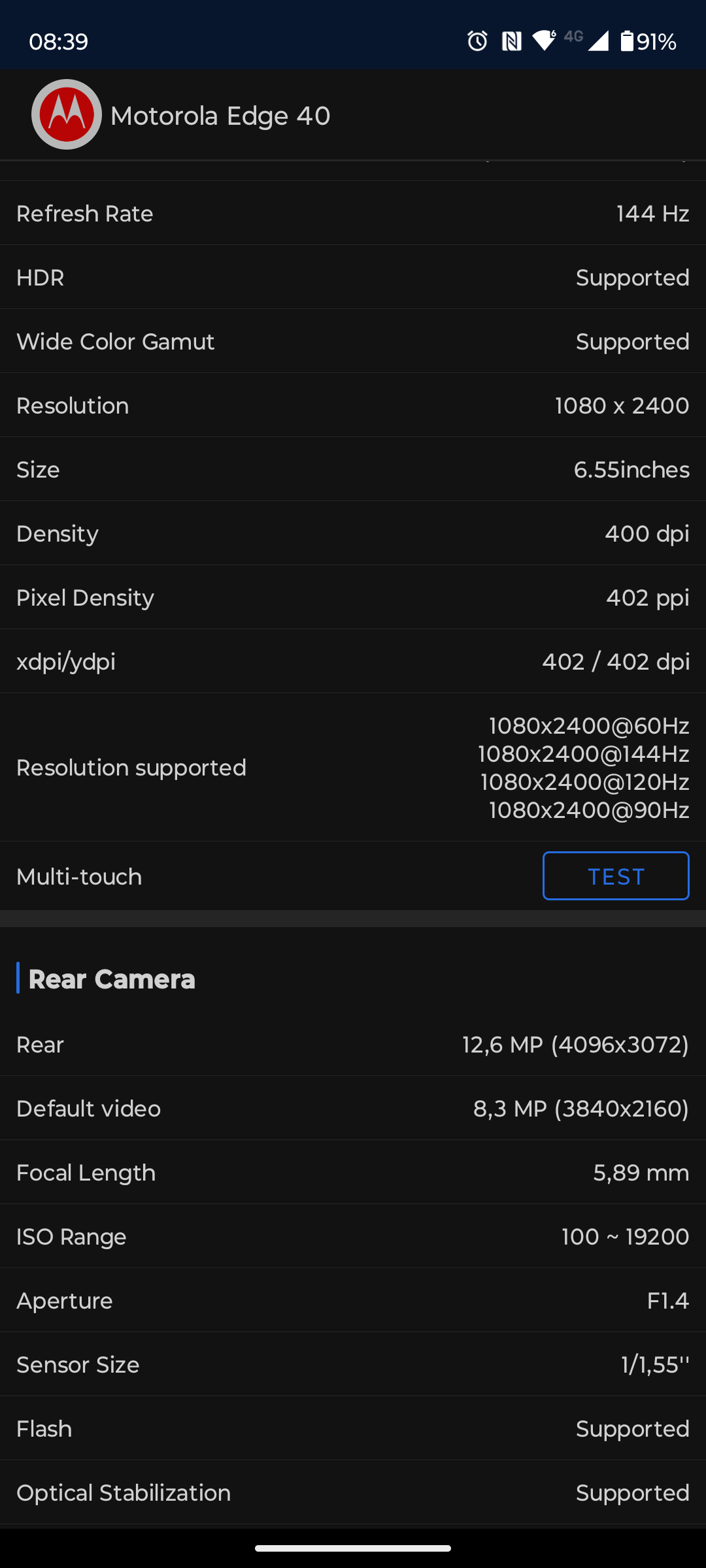



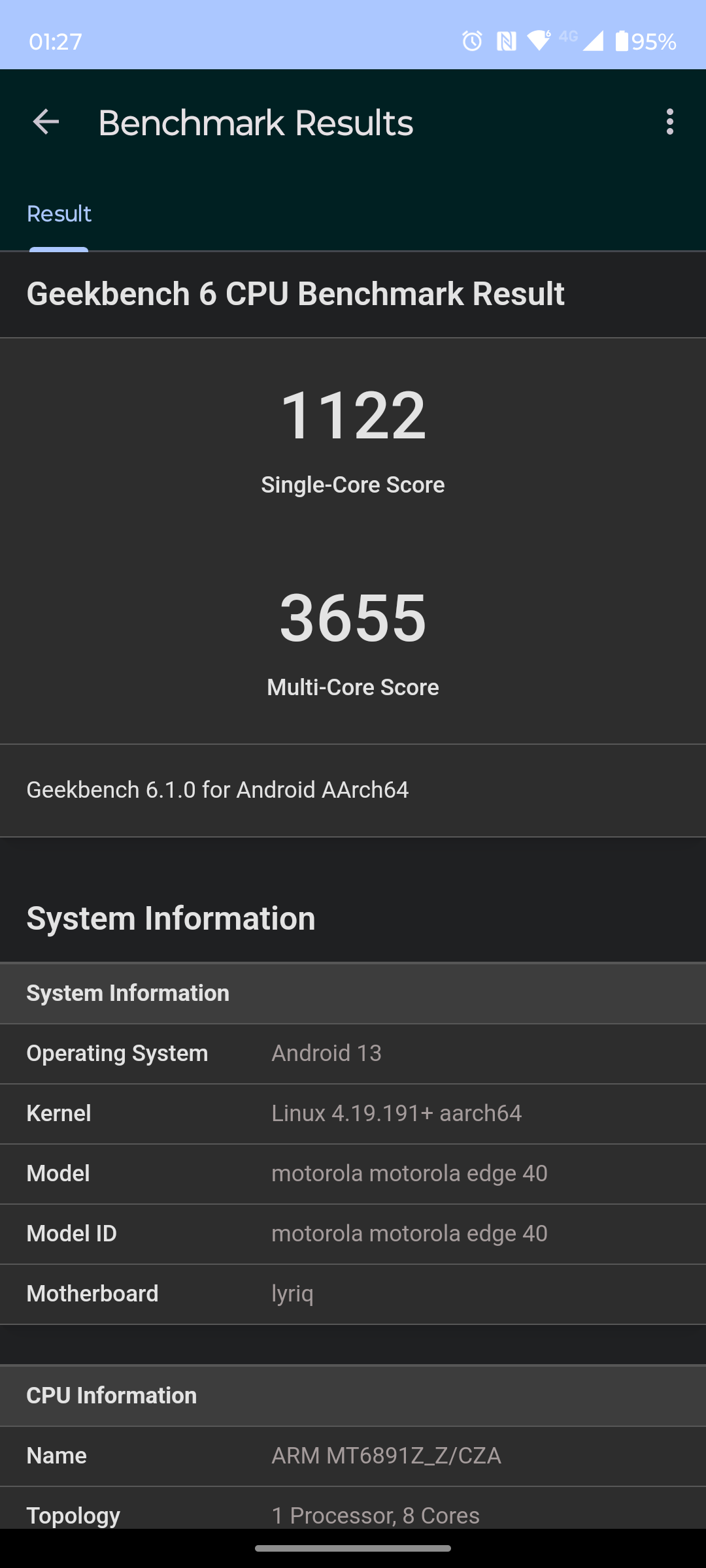
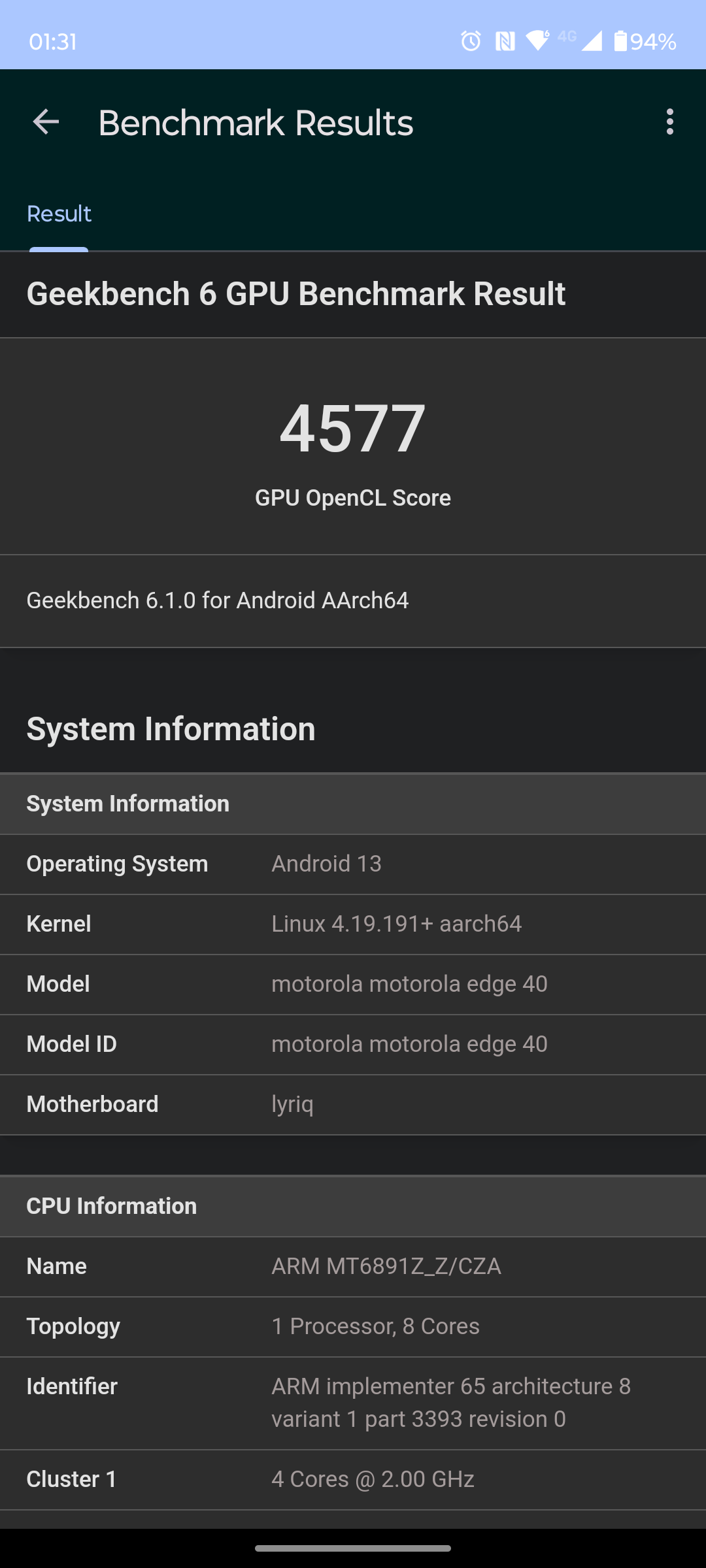
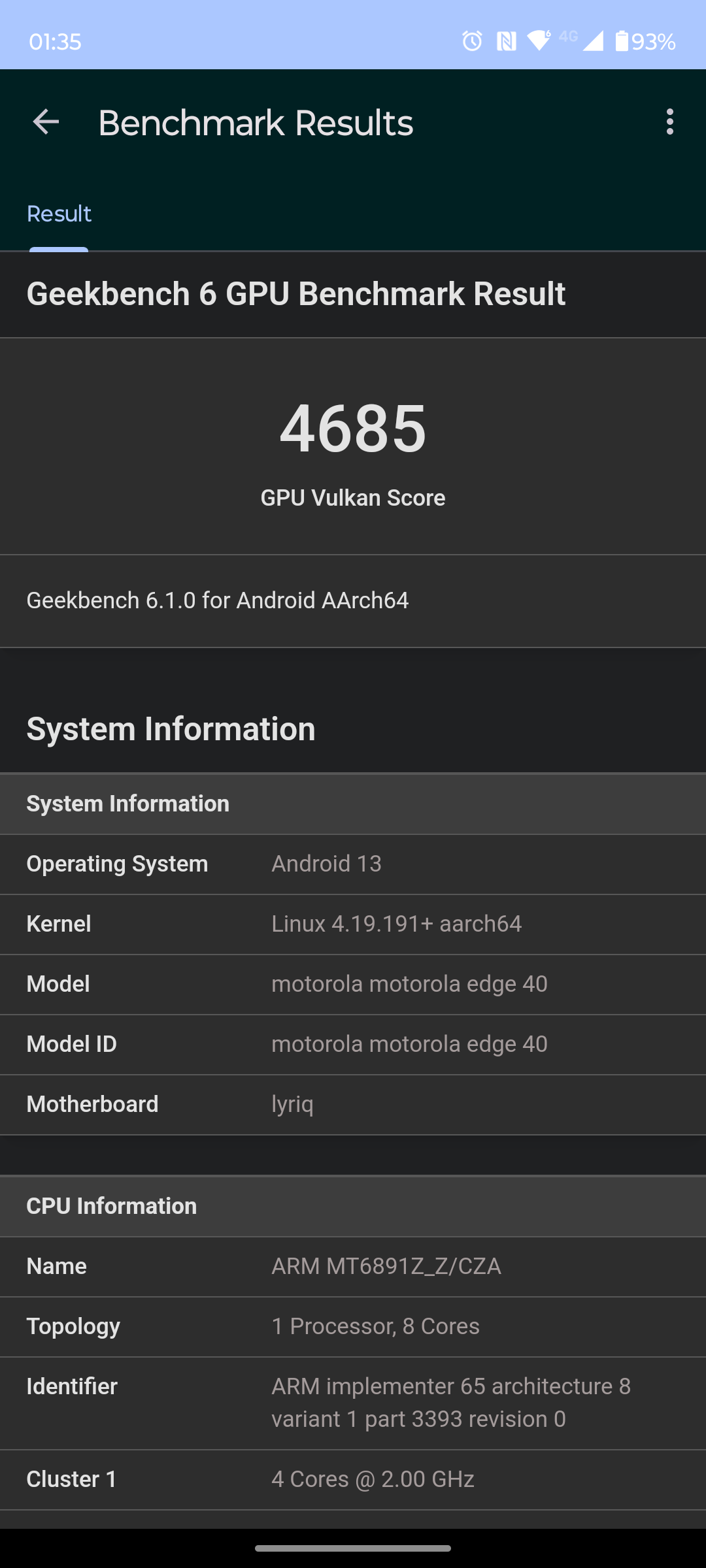
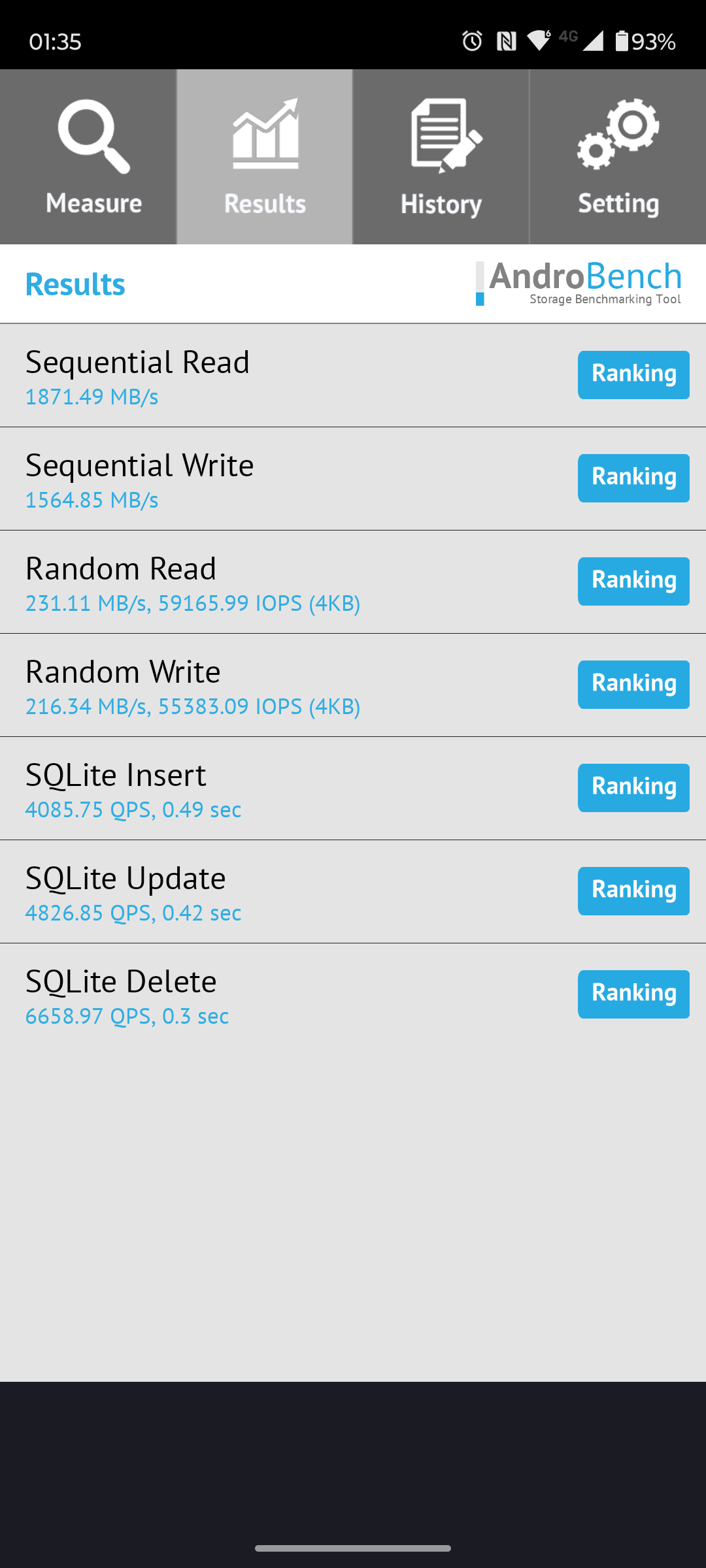
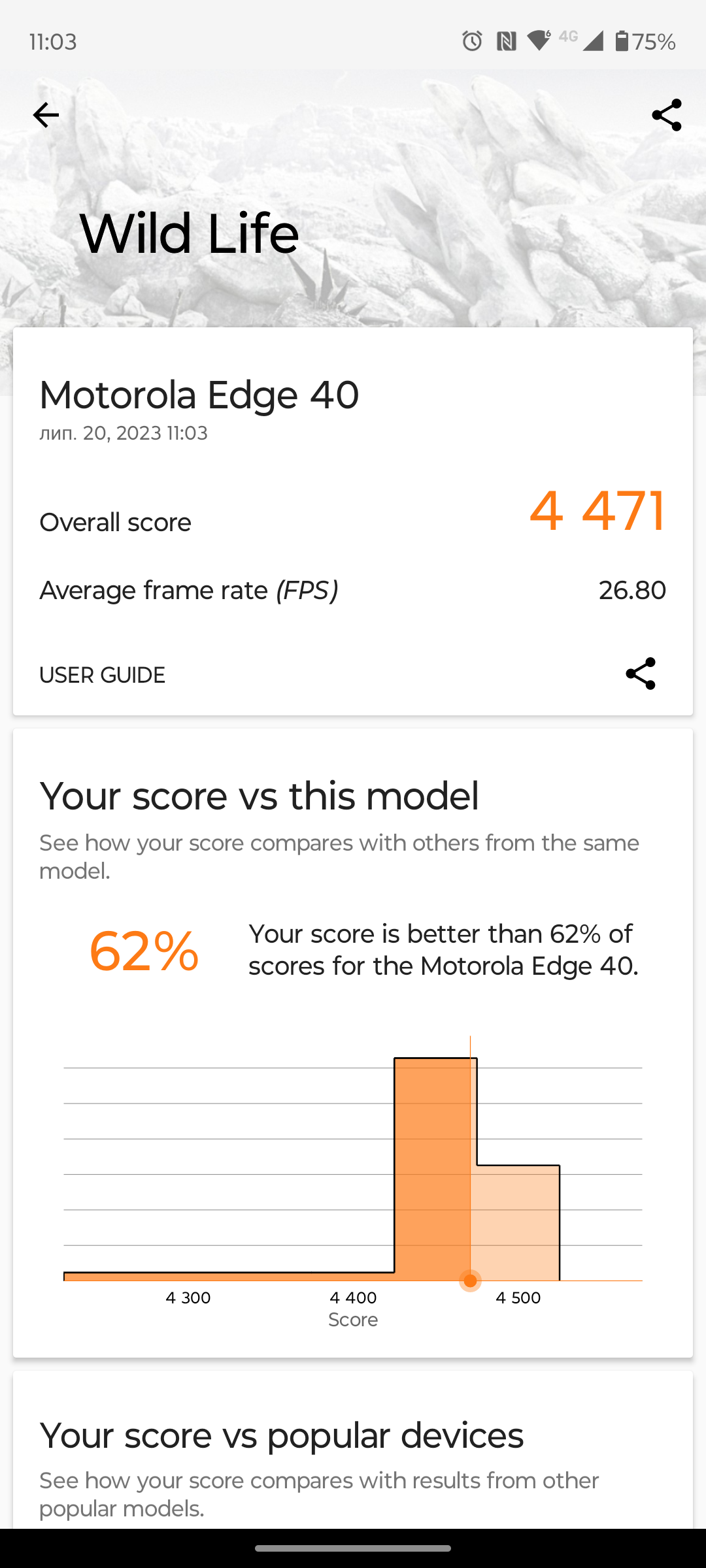

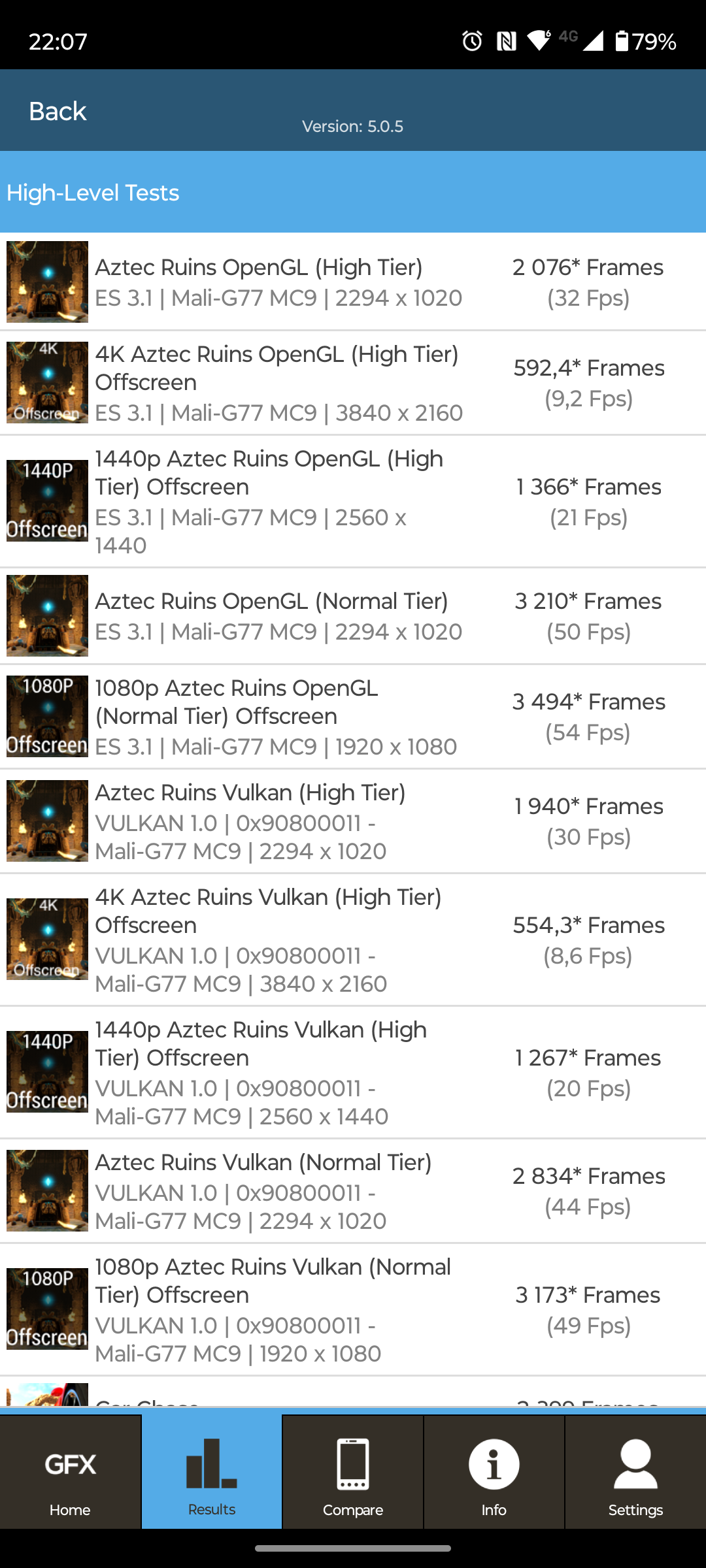
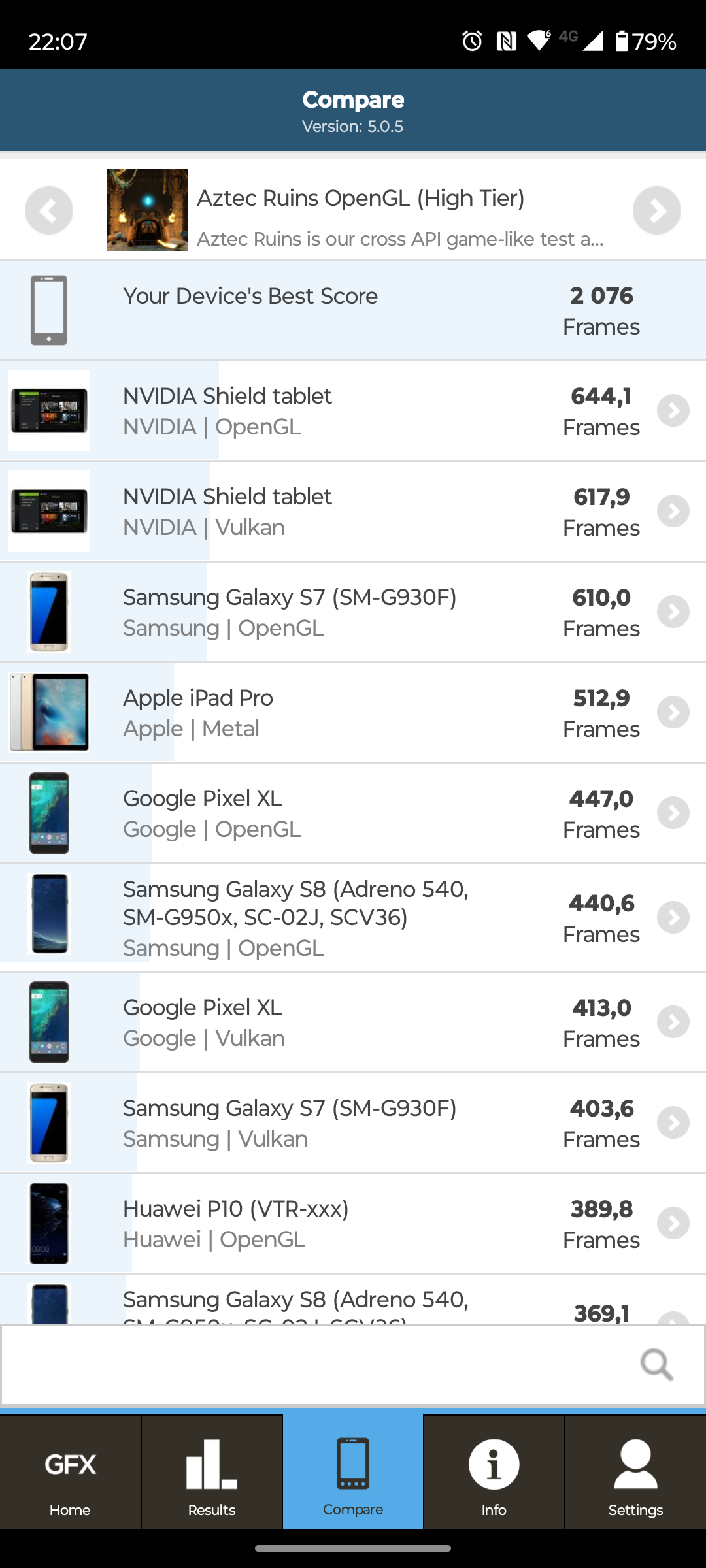
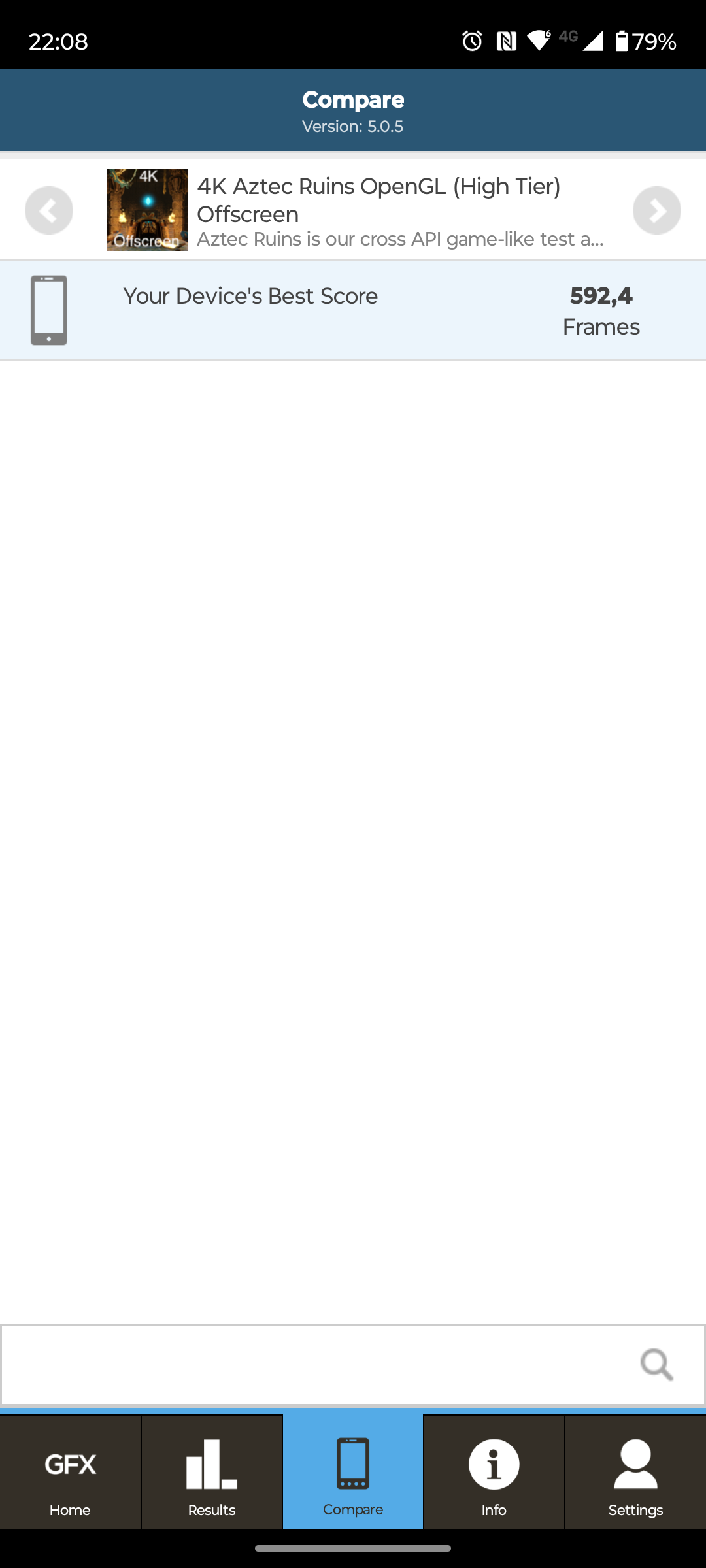
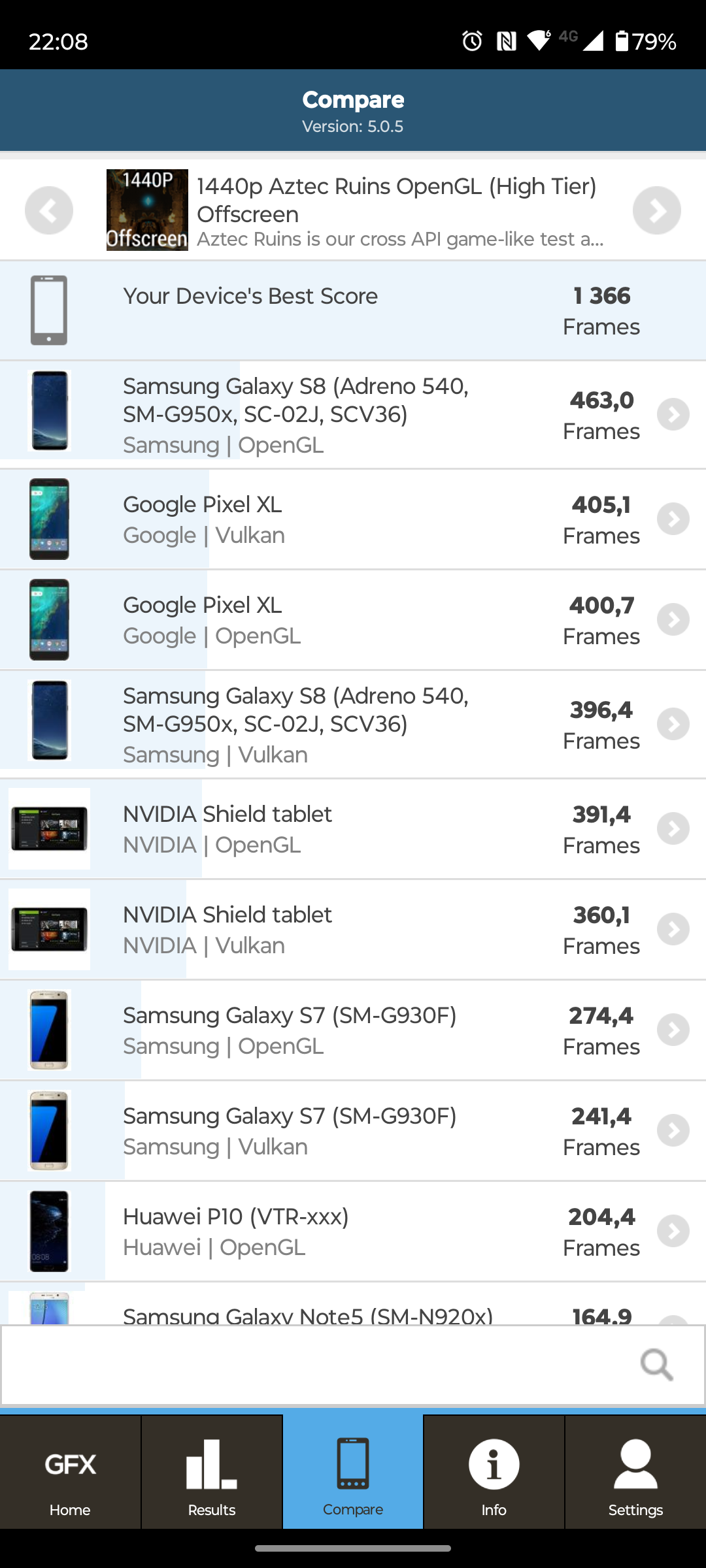
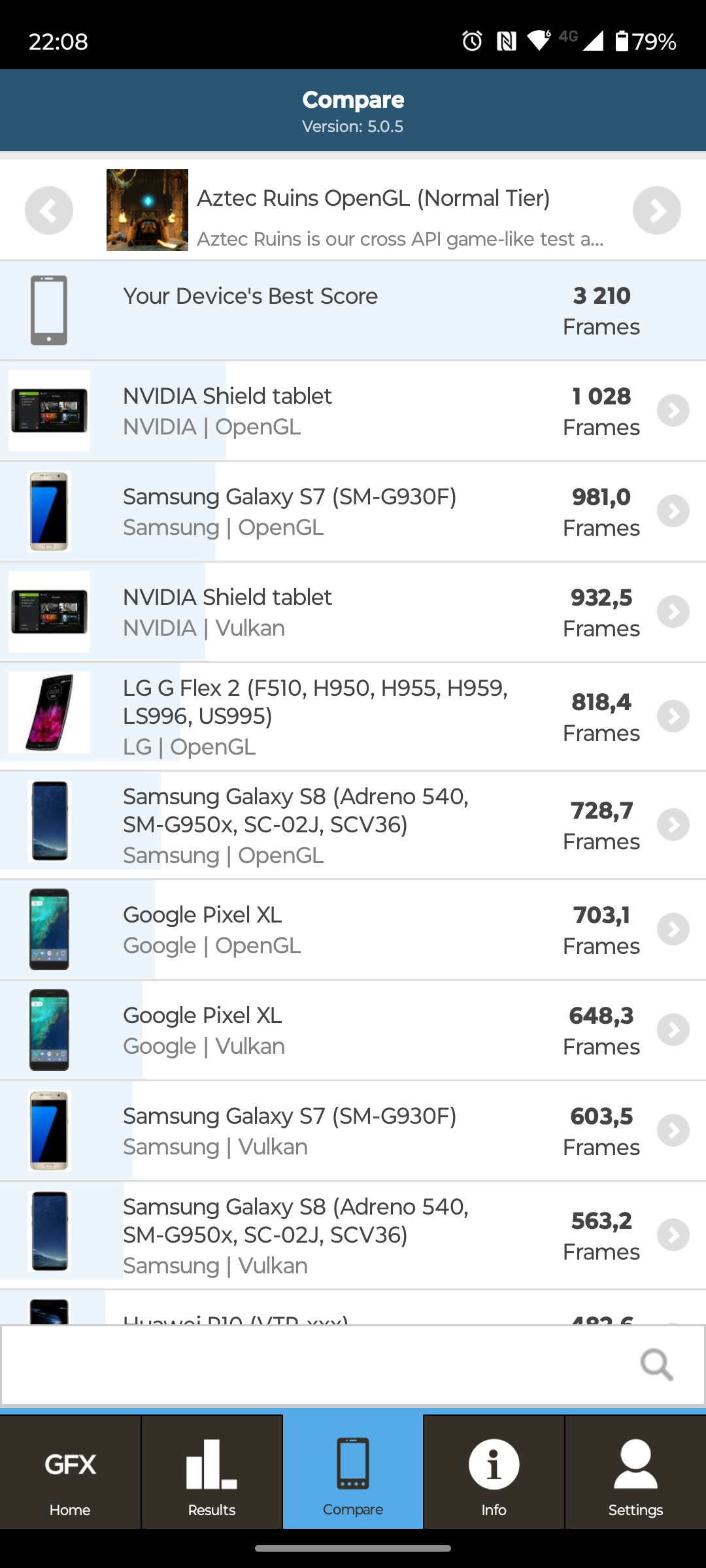
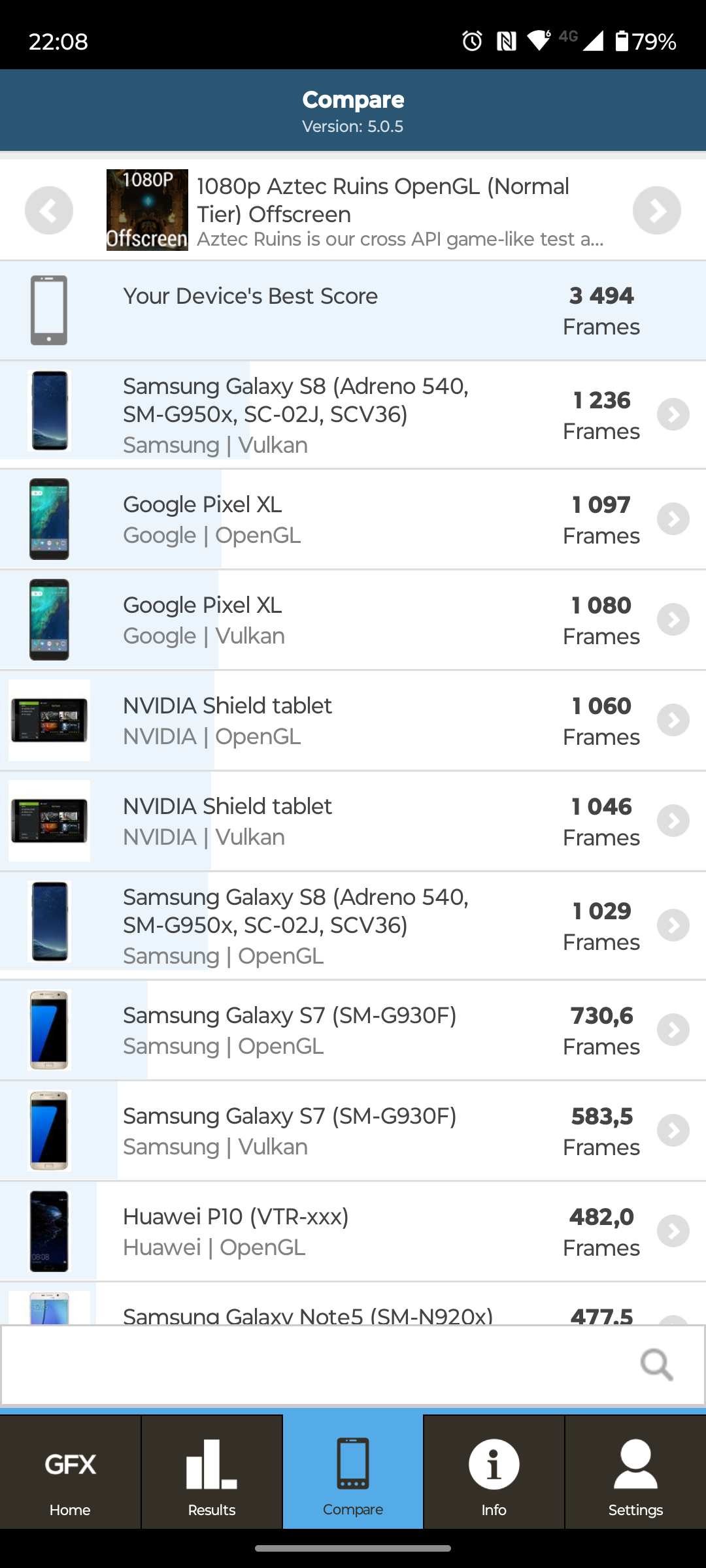
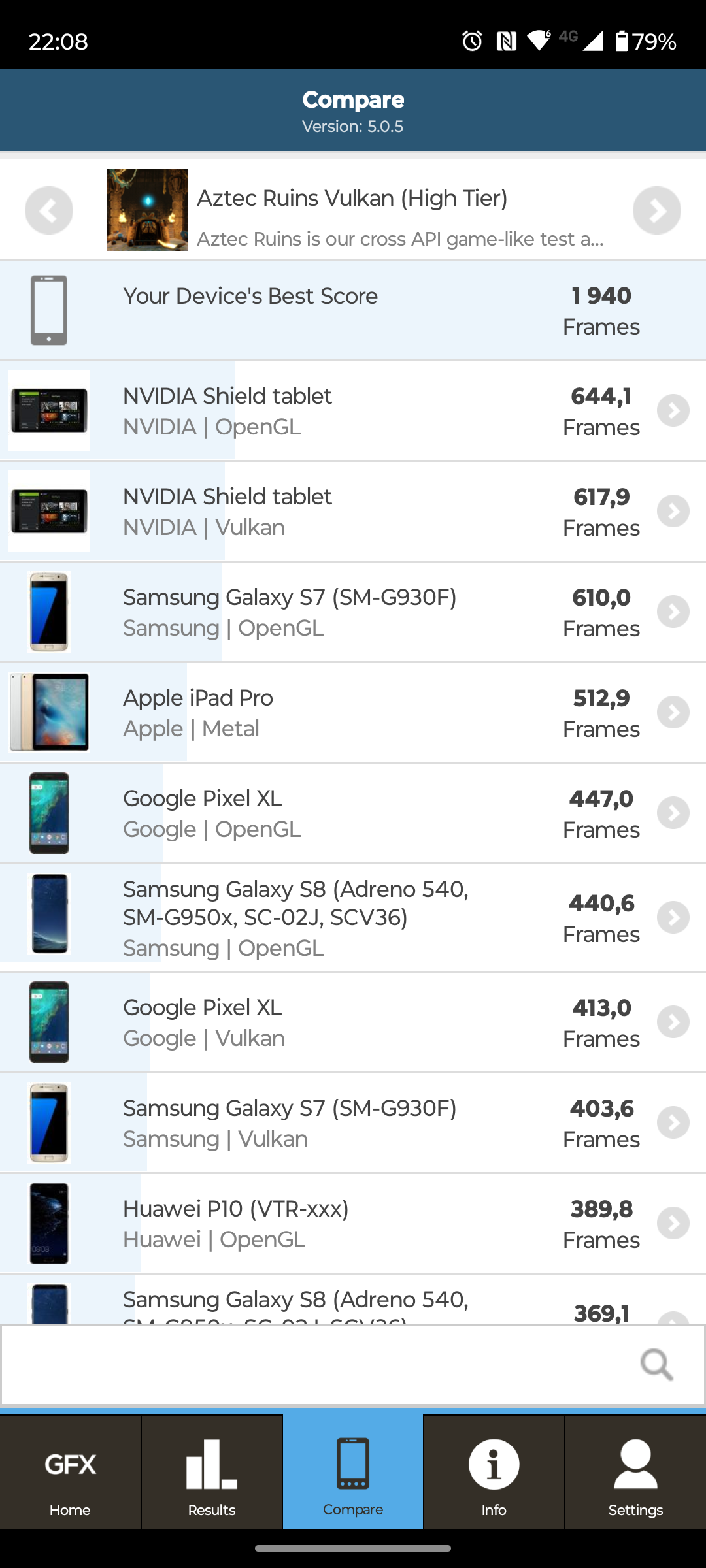
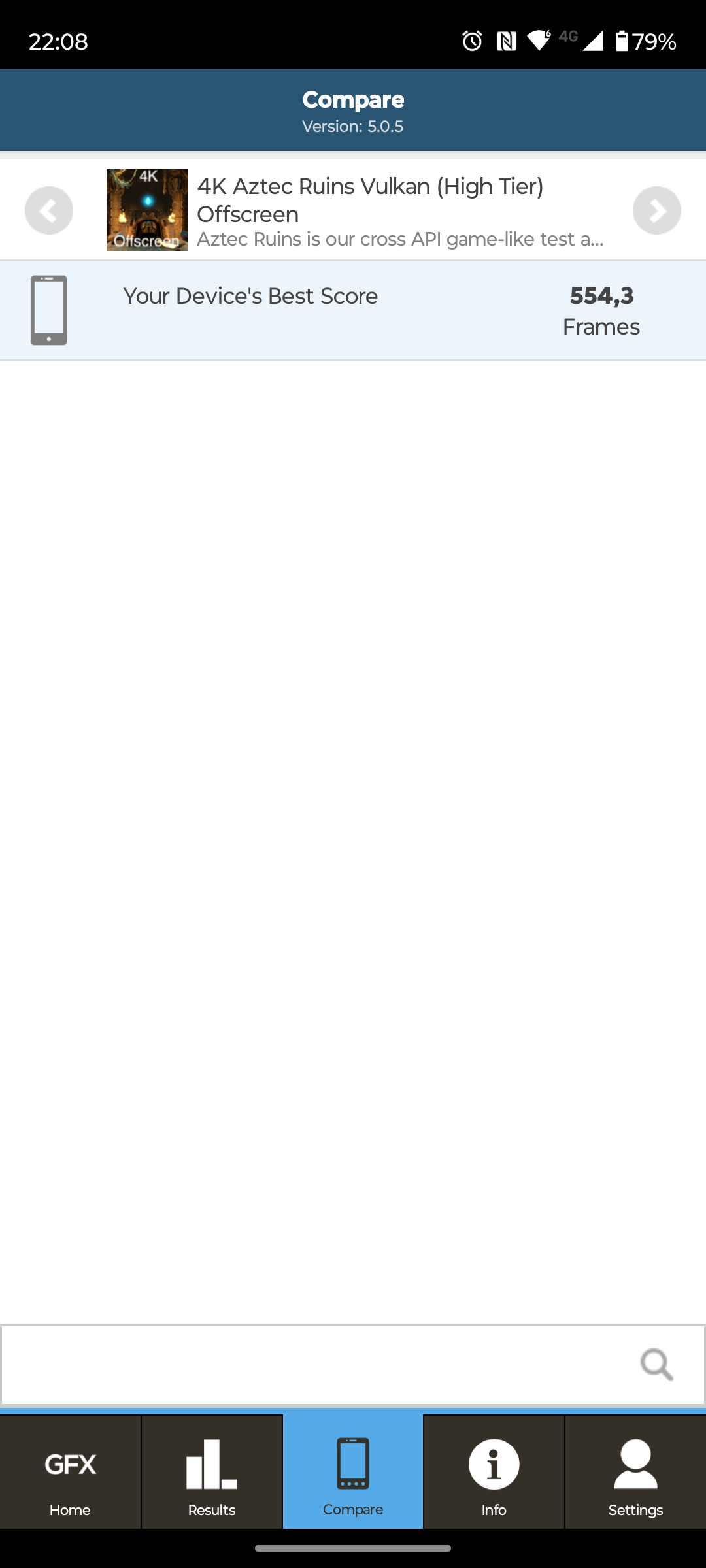

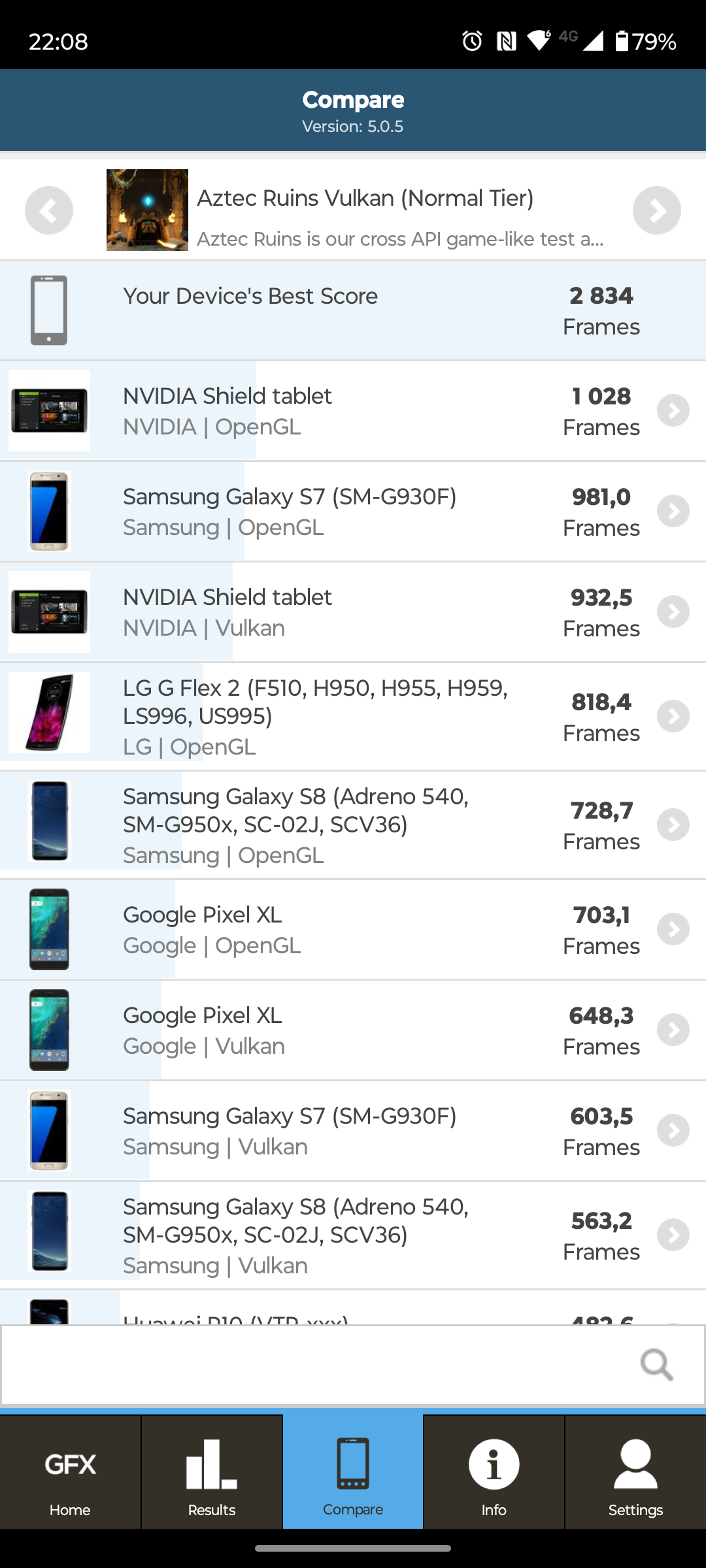


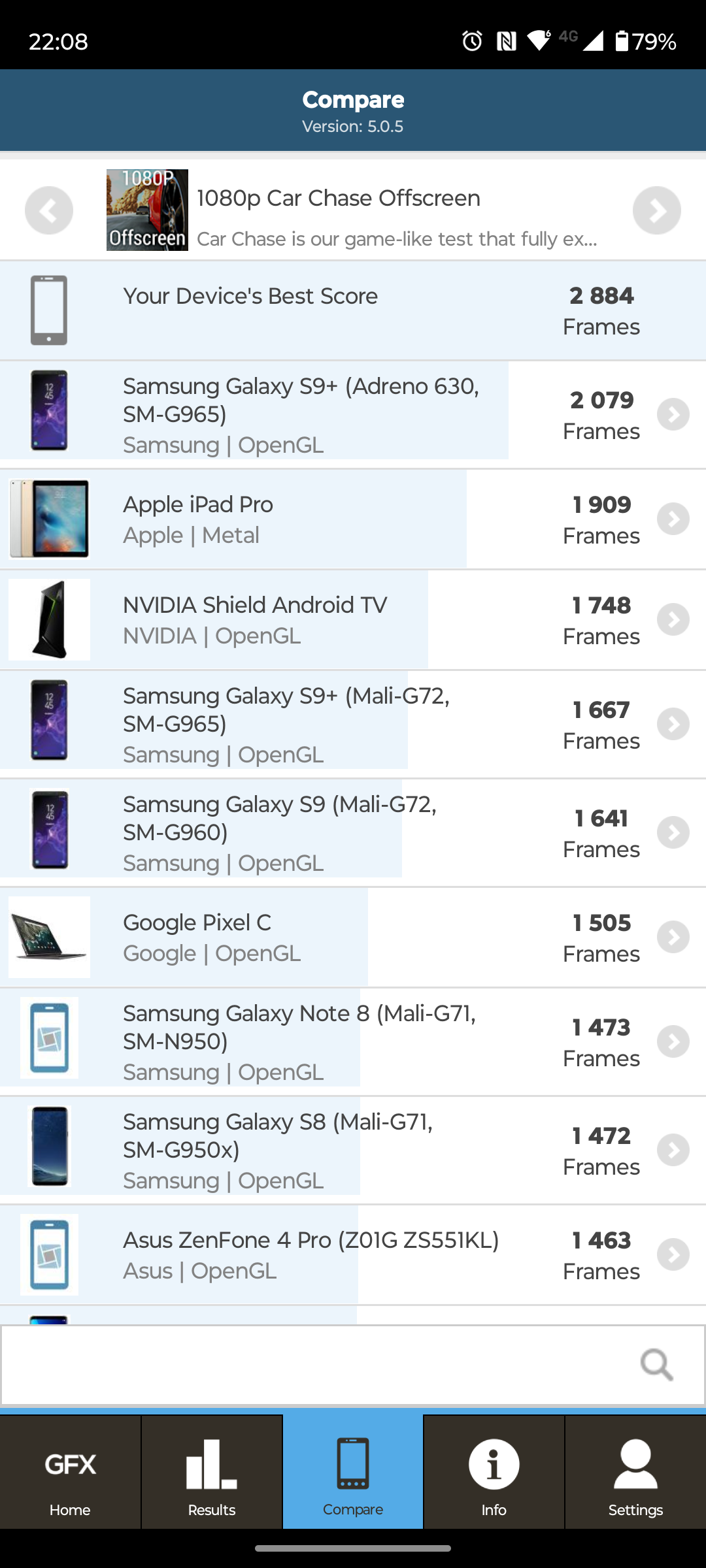
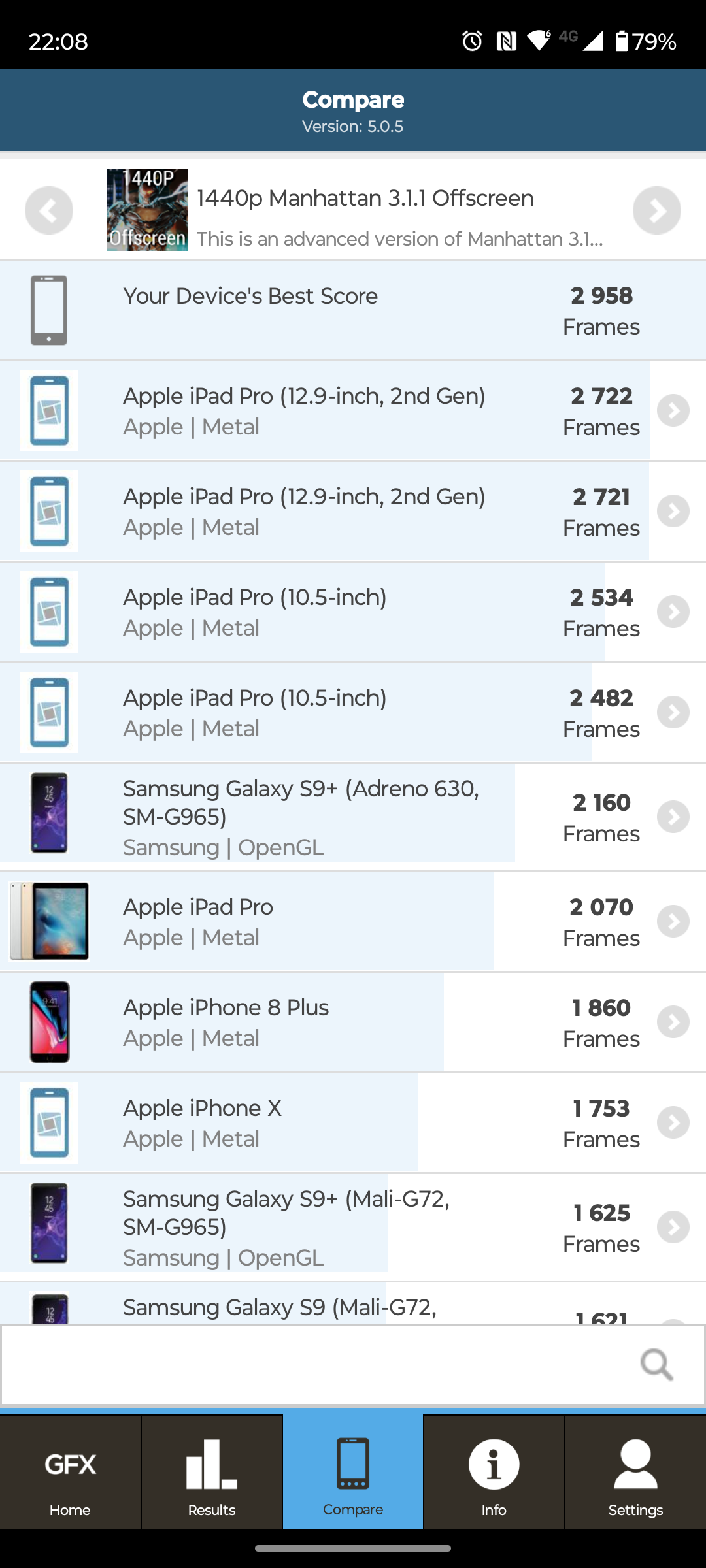
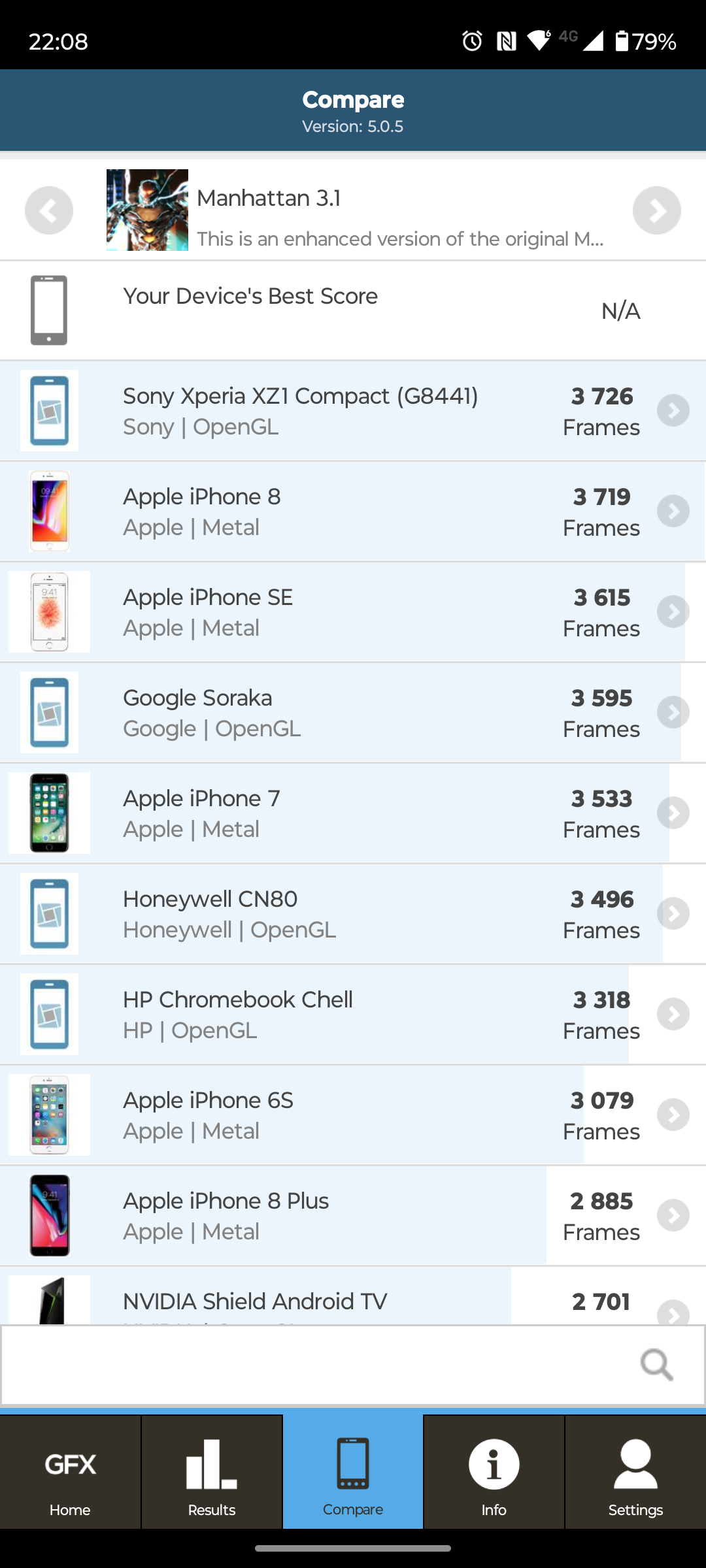
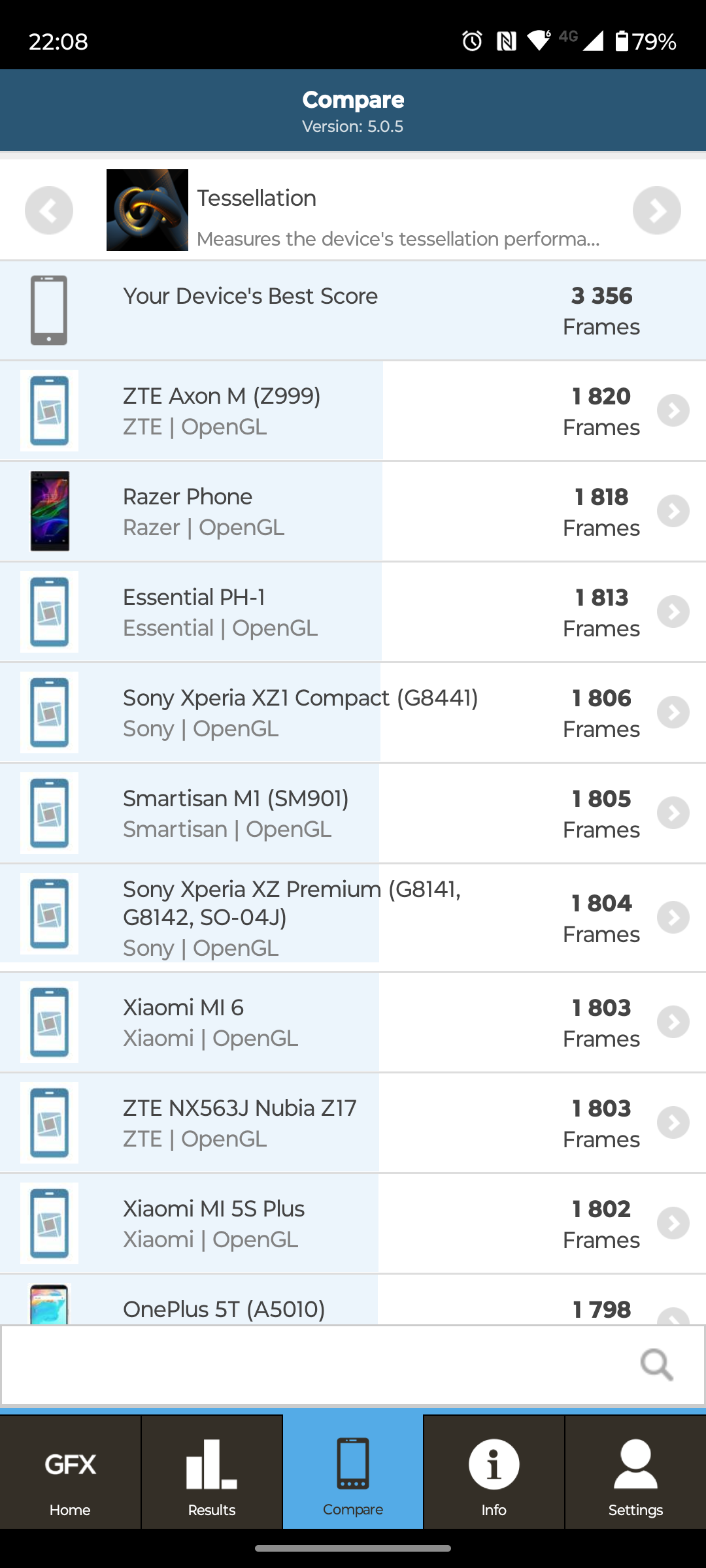
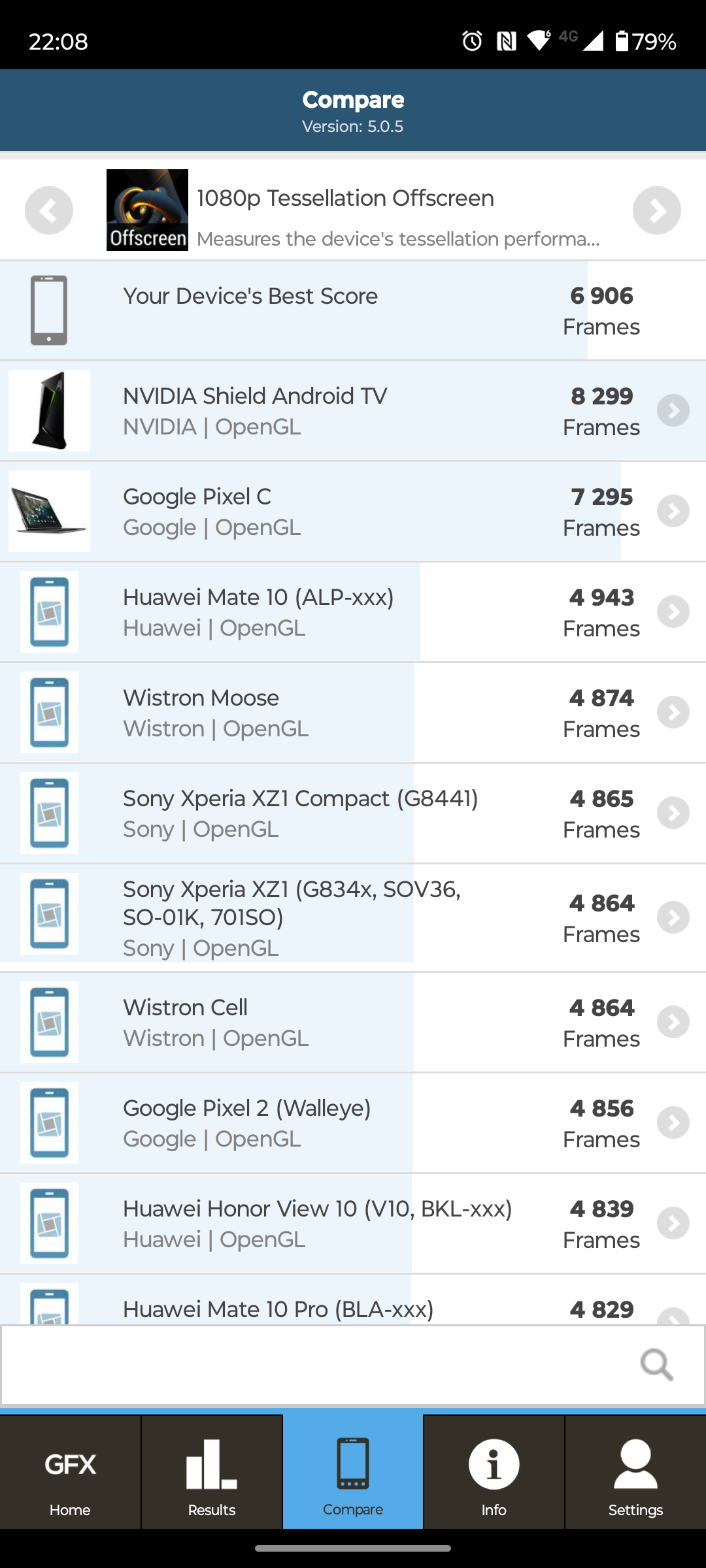
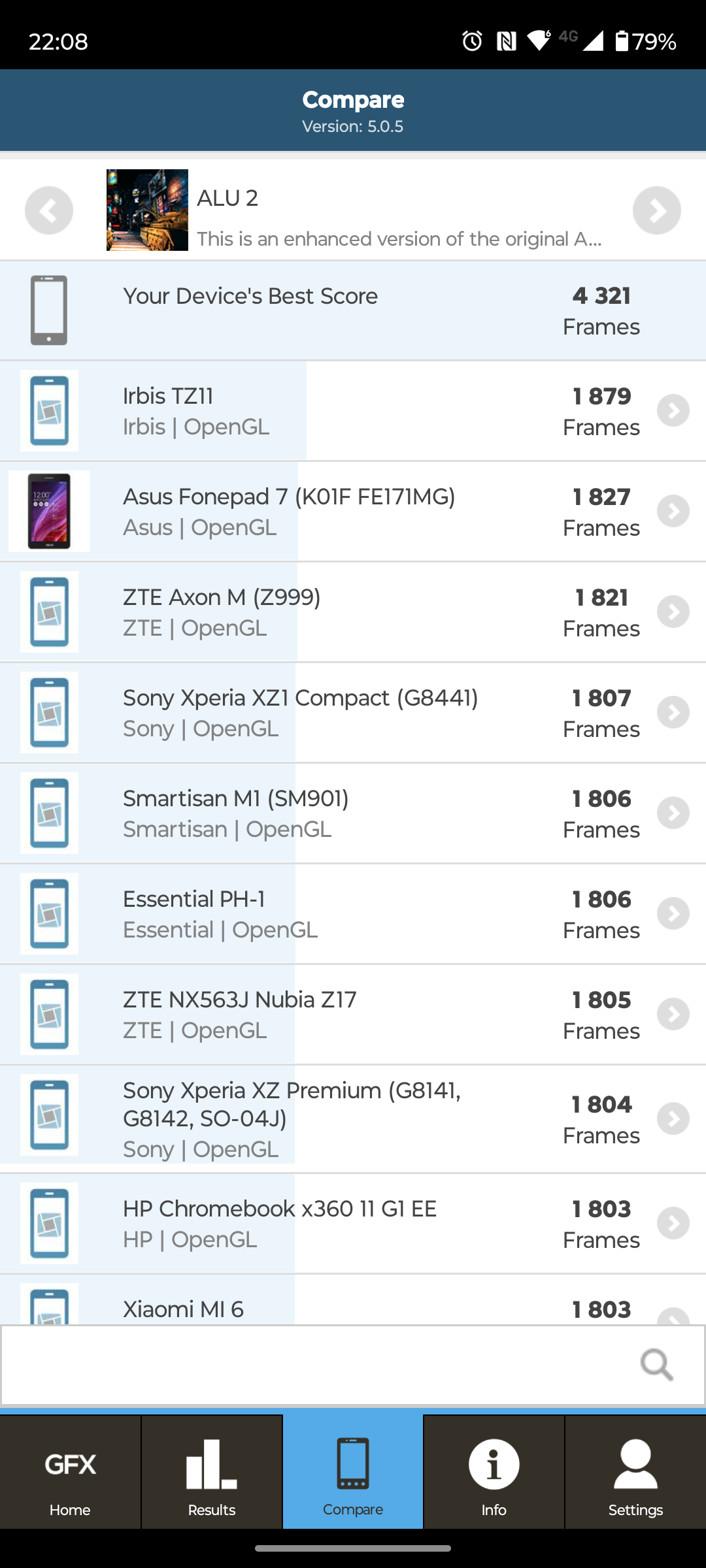



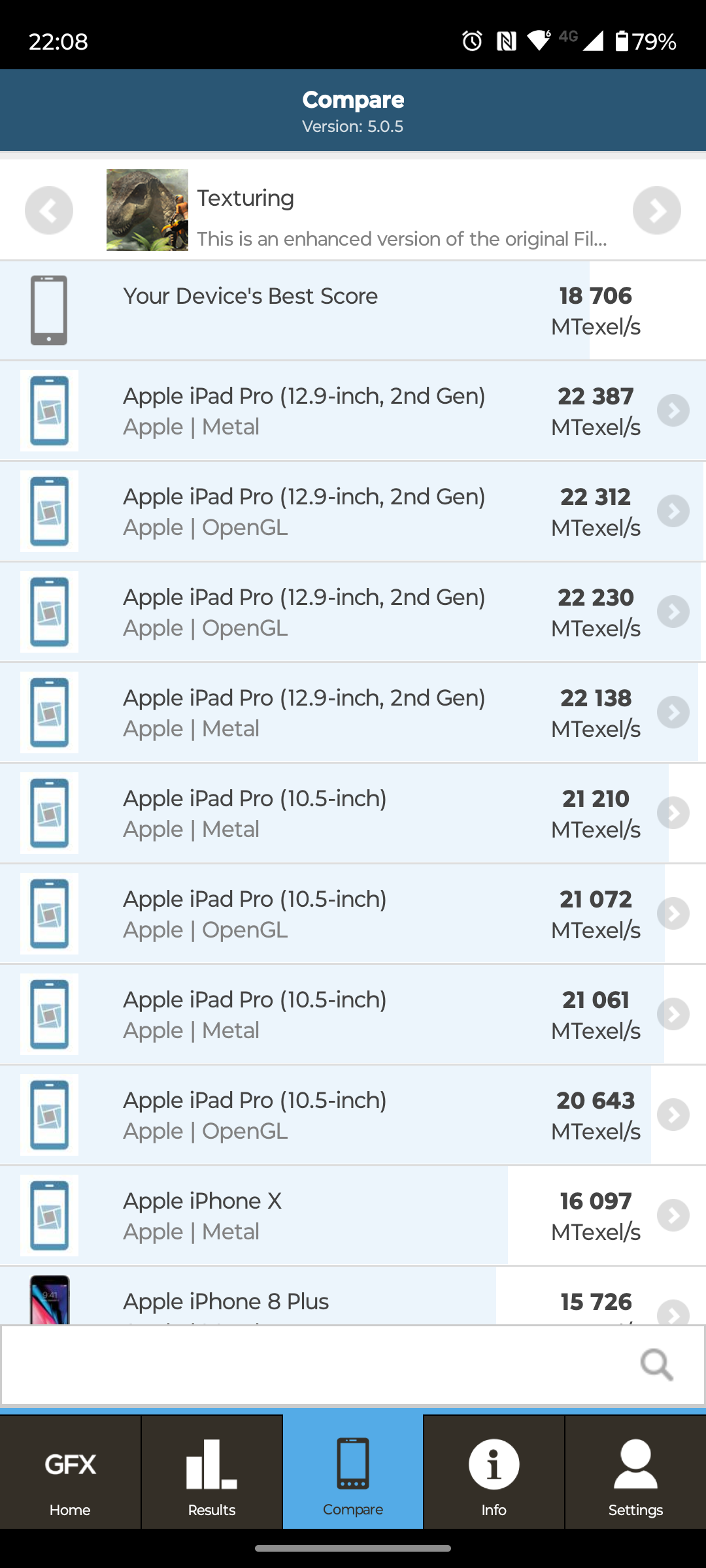
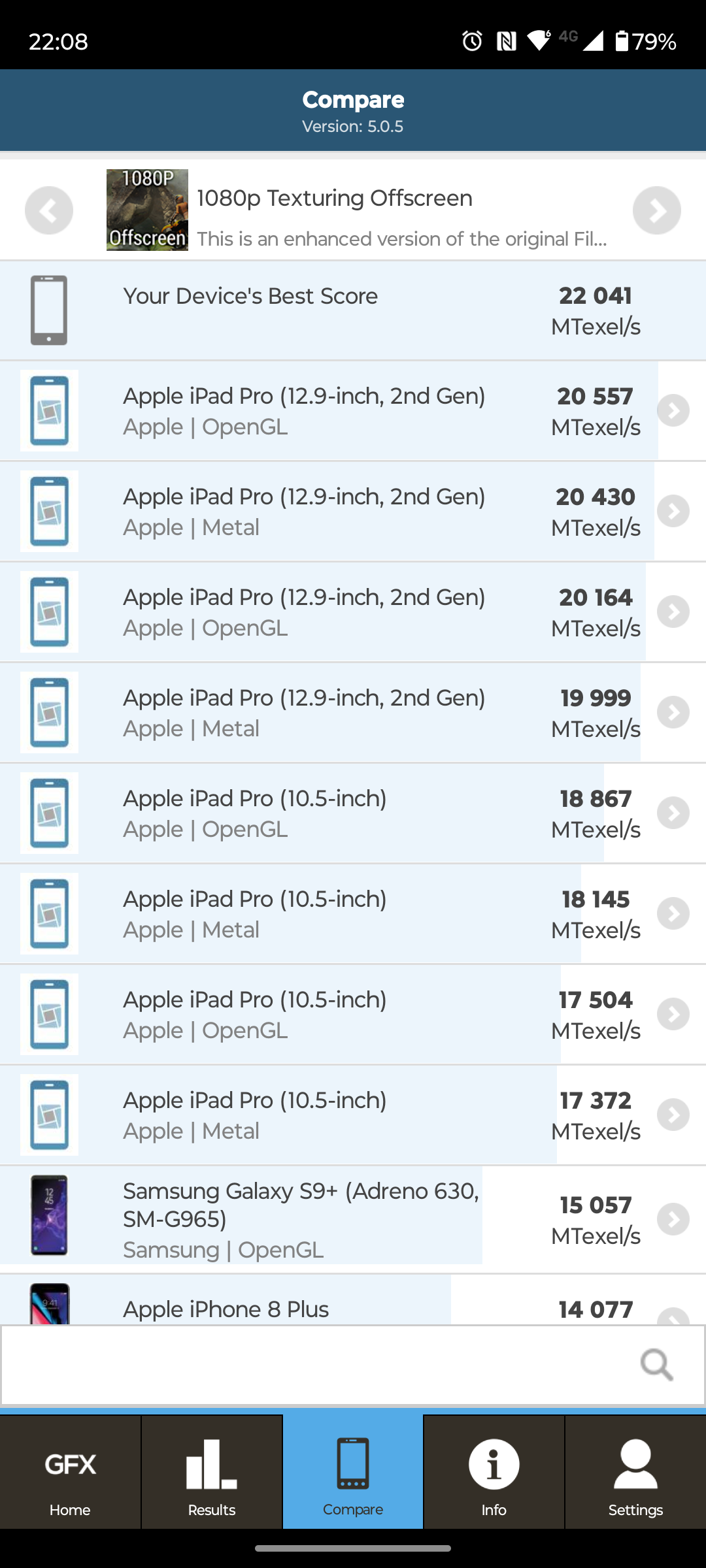



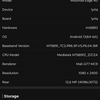

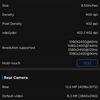
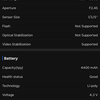
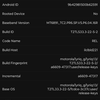
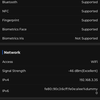
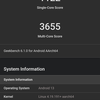
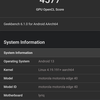
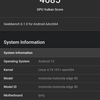

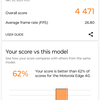
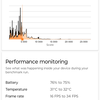

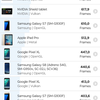

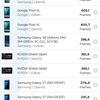

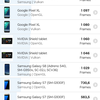





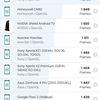
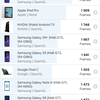
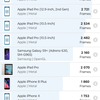
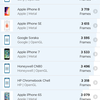
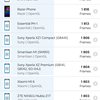


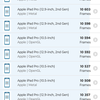
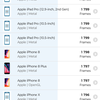
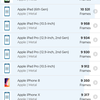
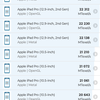

But the smartphone gets a little warm. The CPU Throttling Test showed that performance can drop by up to 75% during 15 minutes of maximum load. In everyday use, heating occurs only after some time in heavy games. The case becomes noticeably warm after 15 minutes in Diablo Immortal.

Motorola Edge 40 also has its own gaming application. It has the usual functionality: a hub with all the games installed, performance settings, turning off notifications during the game, blocking the brightness level, screenshots and videos of the gameplay. For some reason, unlike the flagship Motorola Edge 40 Pro, there is no FPS indicator. In general, all modern games run well on the smartphone. Call of Duty Mobile runs stably at 60 FPS on high graphics settings. Diablo Immortal is a similar situation. During use, there were only a couple of friezes, but the lags may be due to the parallel downloading and unpacking of additional game materials.
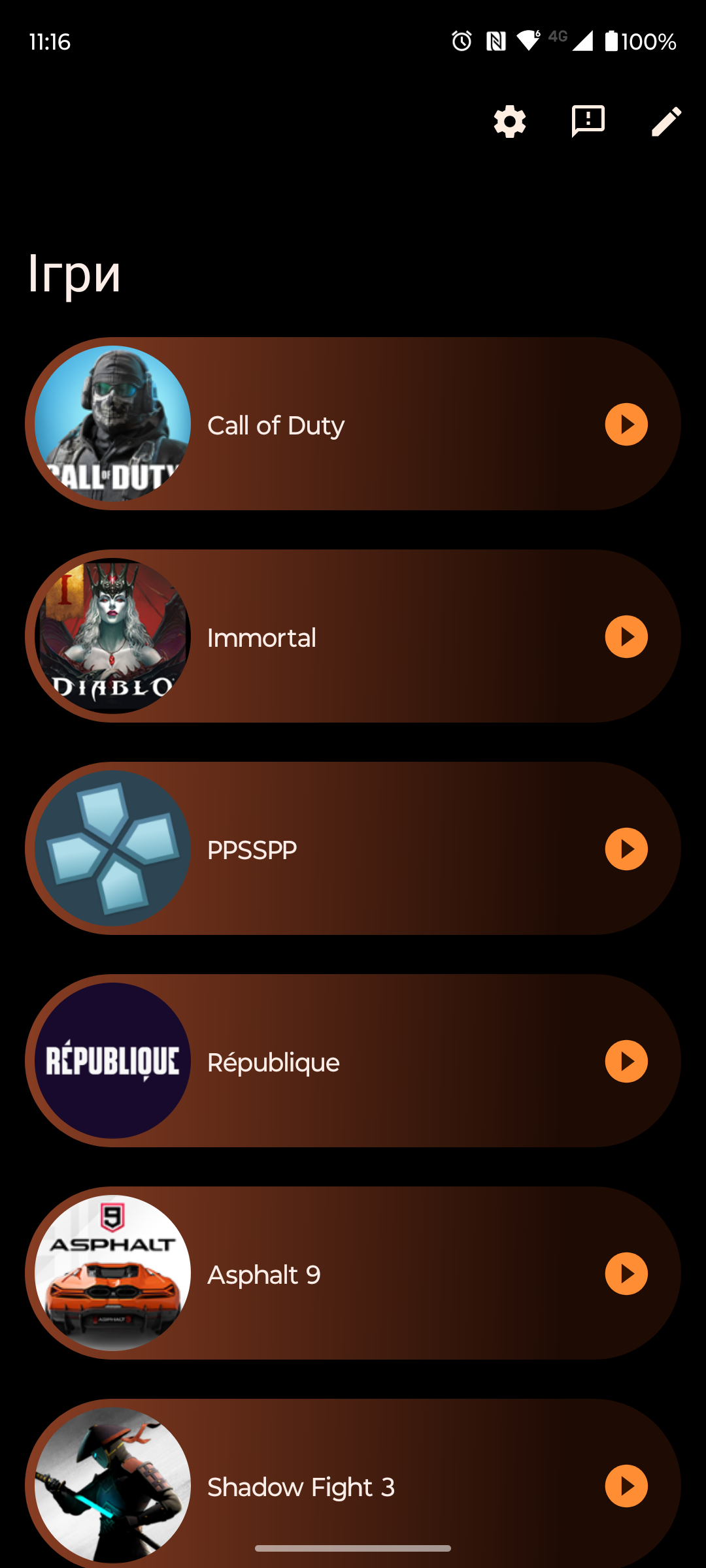

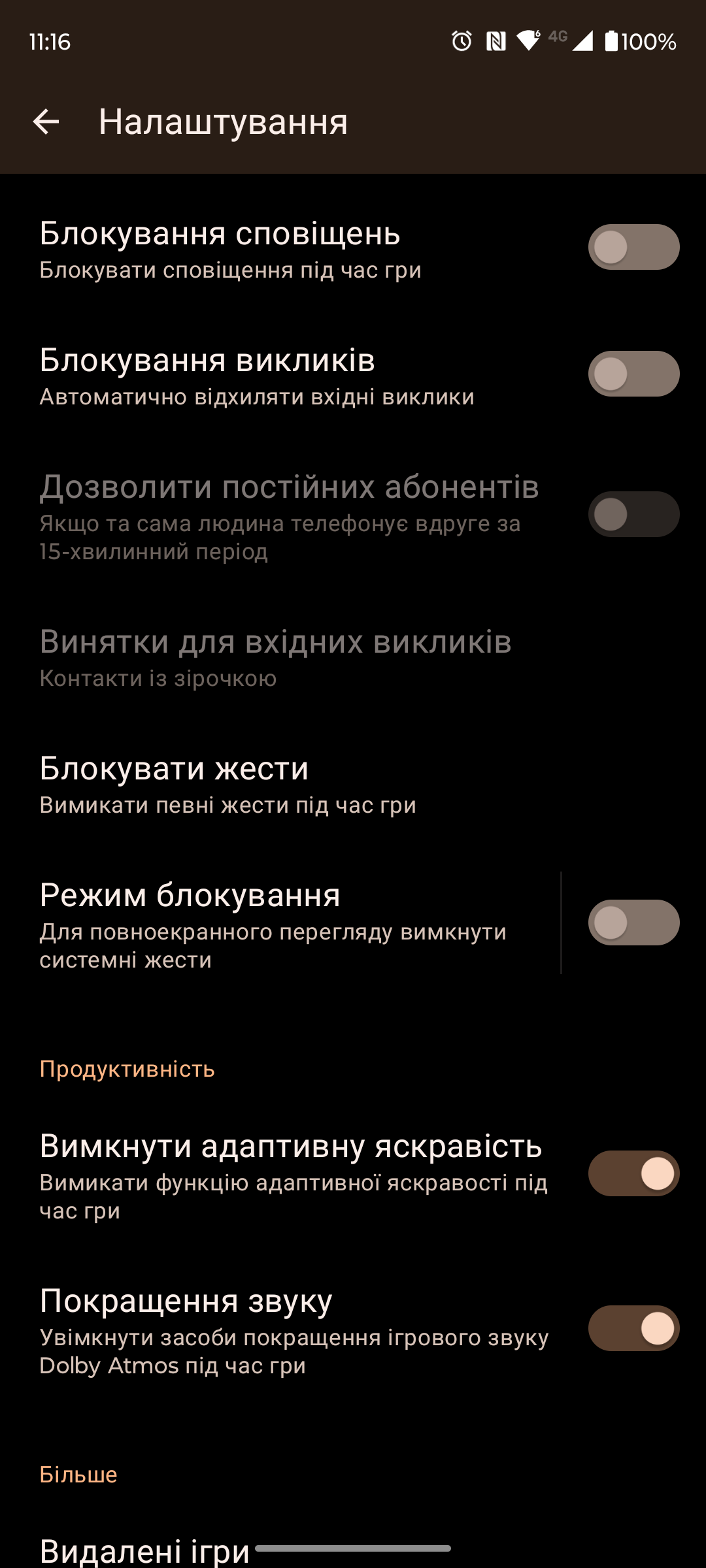
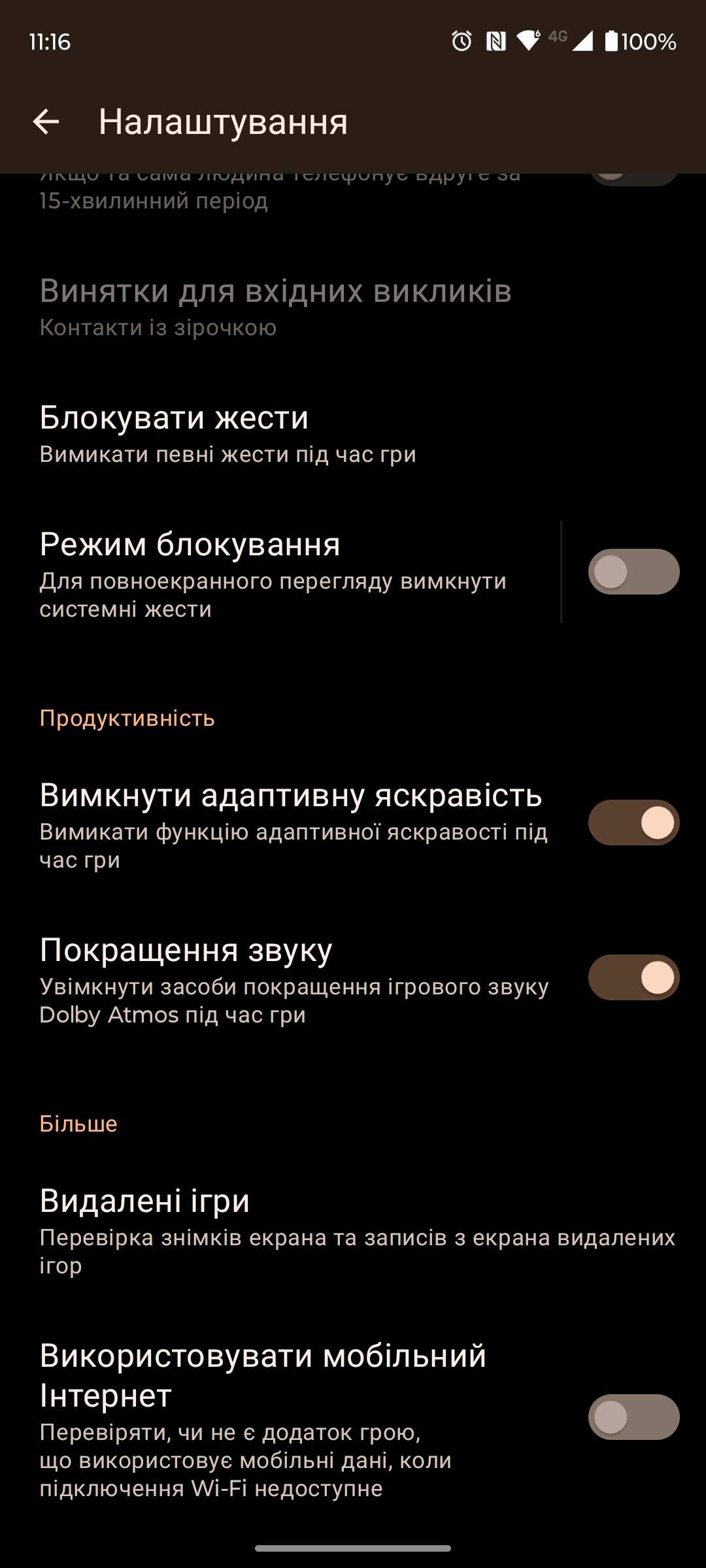



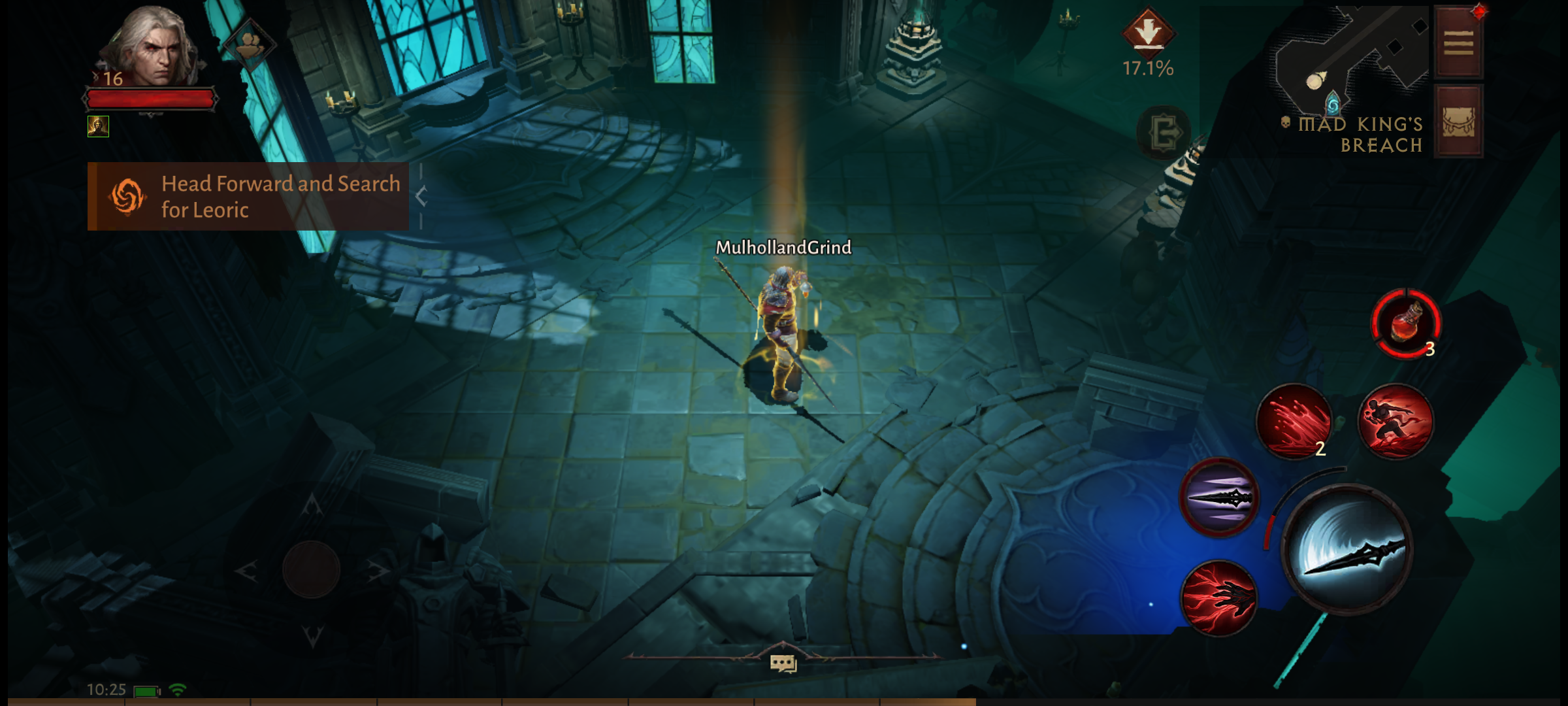
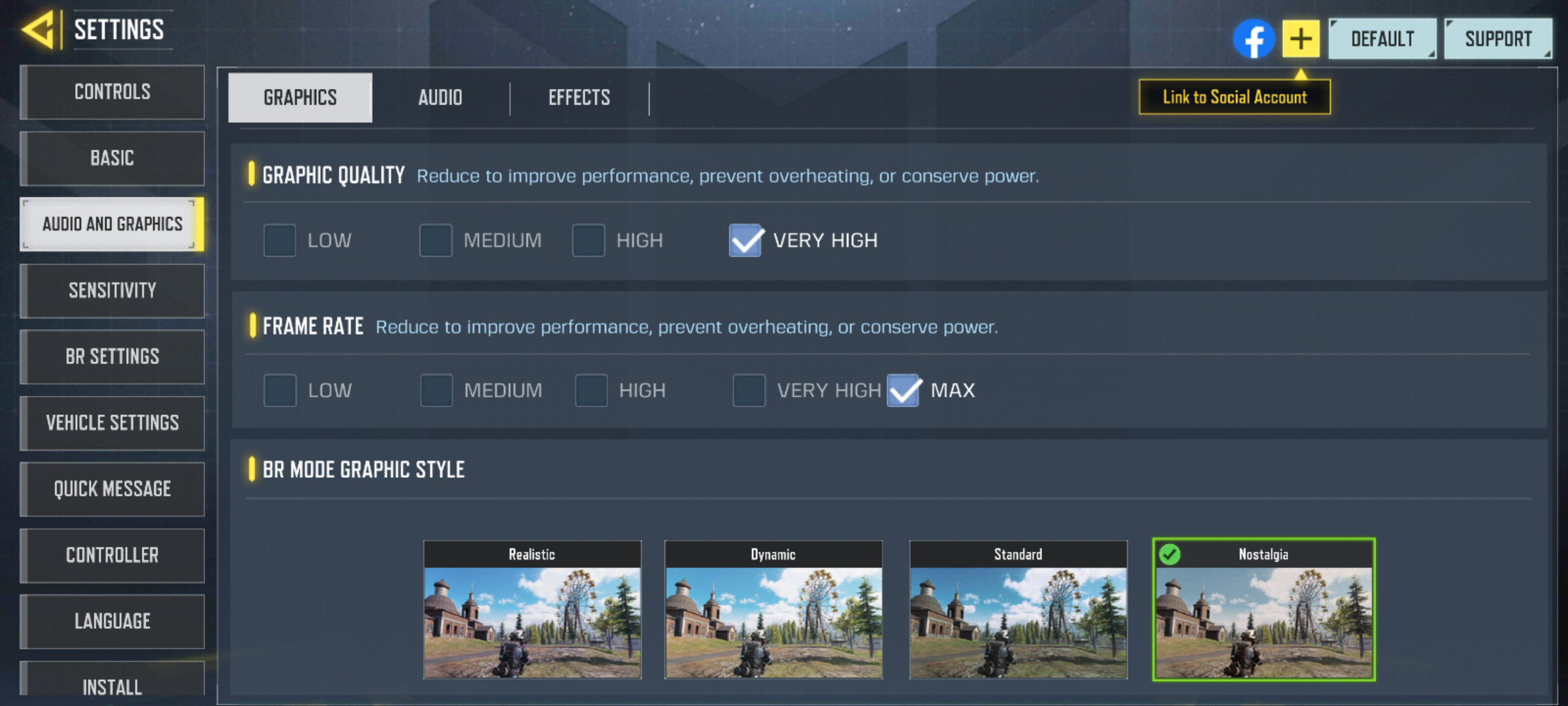
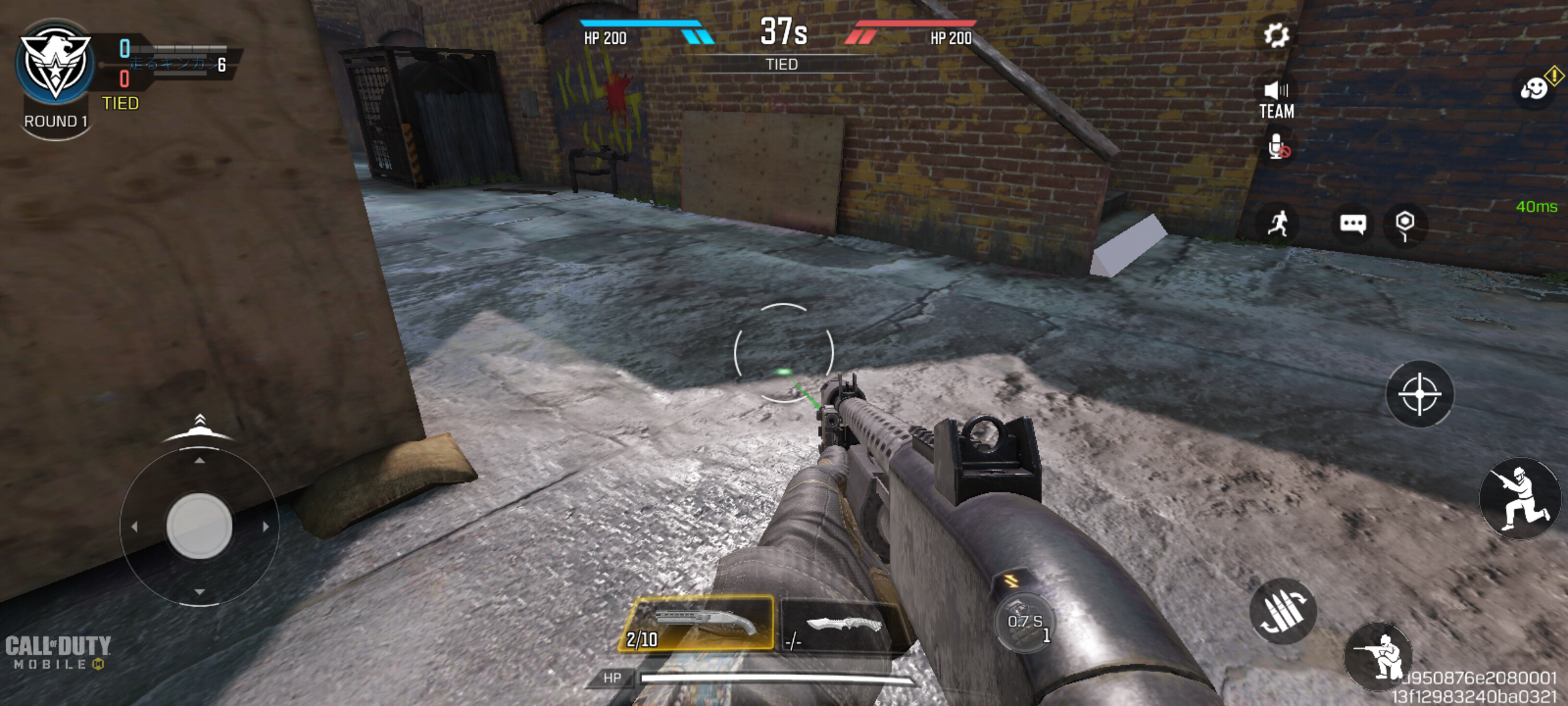

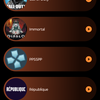
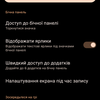

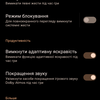





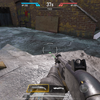

Motorola Edge 40 has tri-band 802.11 a/b/g/n/ac/6e Wi-Fi, Bluetooth 5.2 LE (with support for SBC, AAC, aptX, aptX HD, aptX Adaptive, LDAC), as well as NFC for contactless payment. Support for global positioning systems: GPS, GLONASS, GALILEO, BDS, LTEPP, SUPL. The smartphone reproduces stereo sound using the main and earpiece speakers. The volume is quite high, but there are very few low frequencies. The smartphone supports Dolby Atmos, there are appropriate settings and presets with an equaliser.
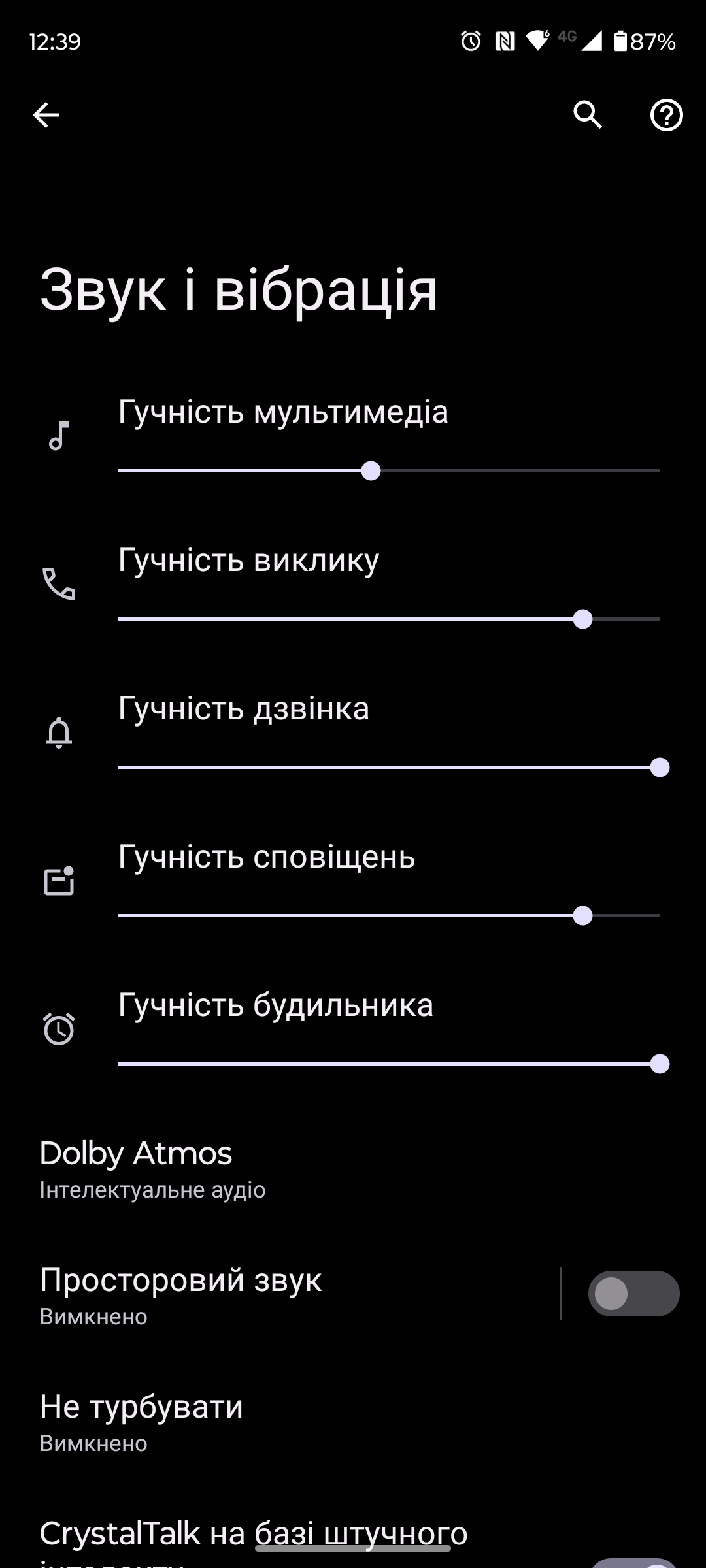

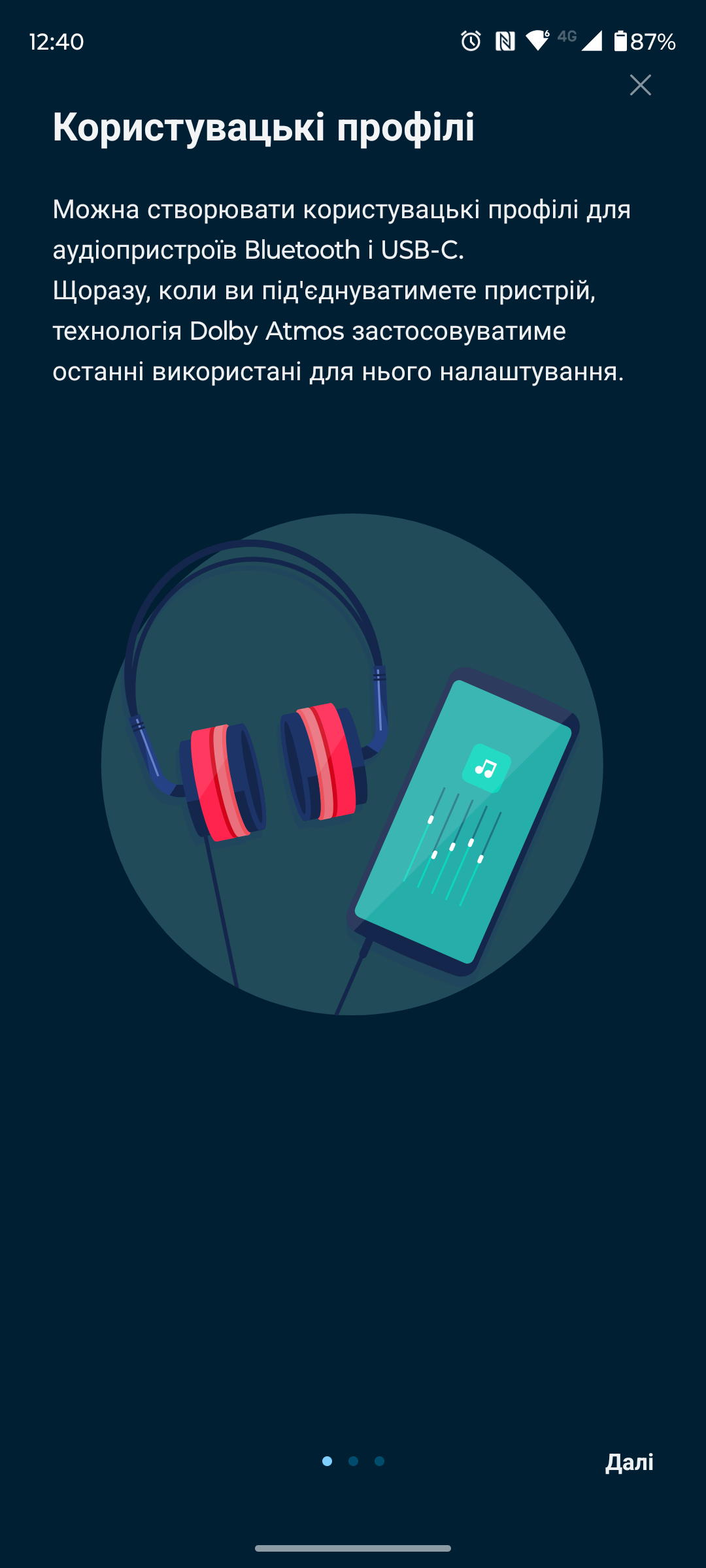

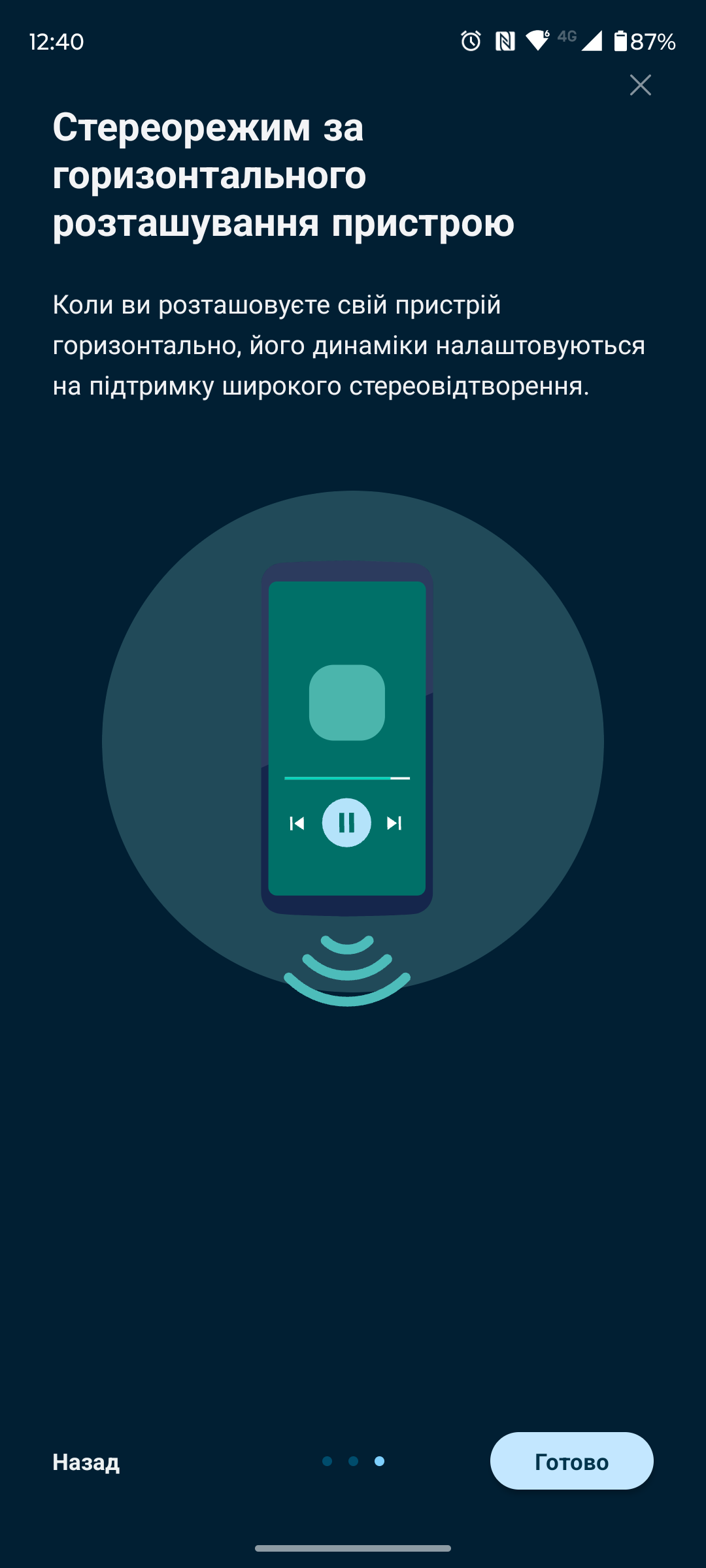
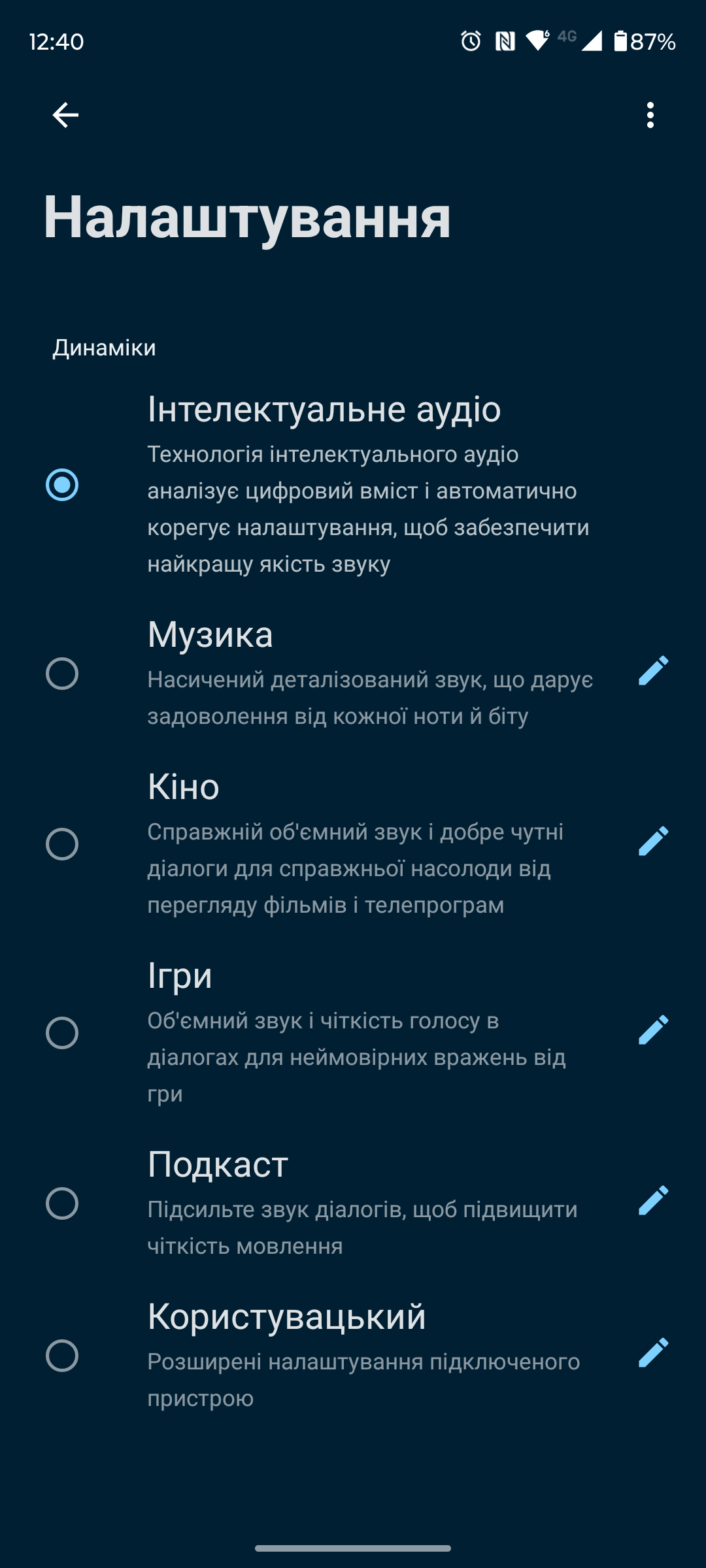
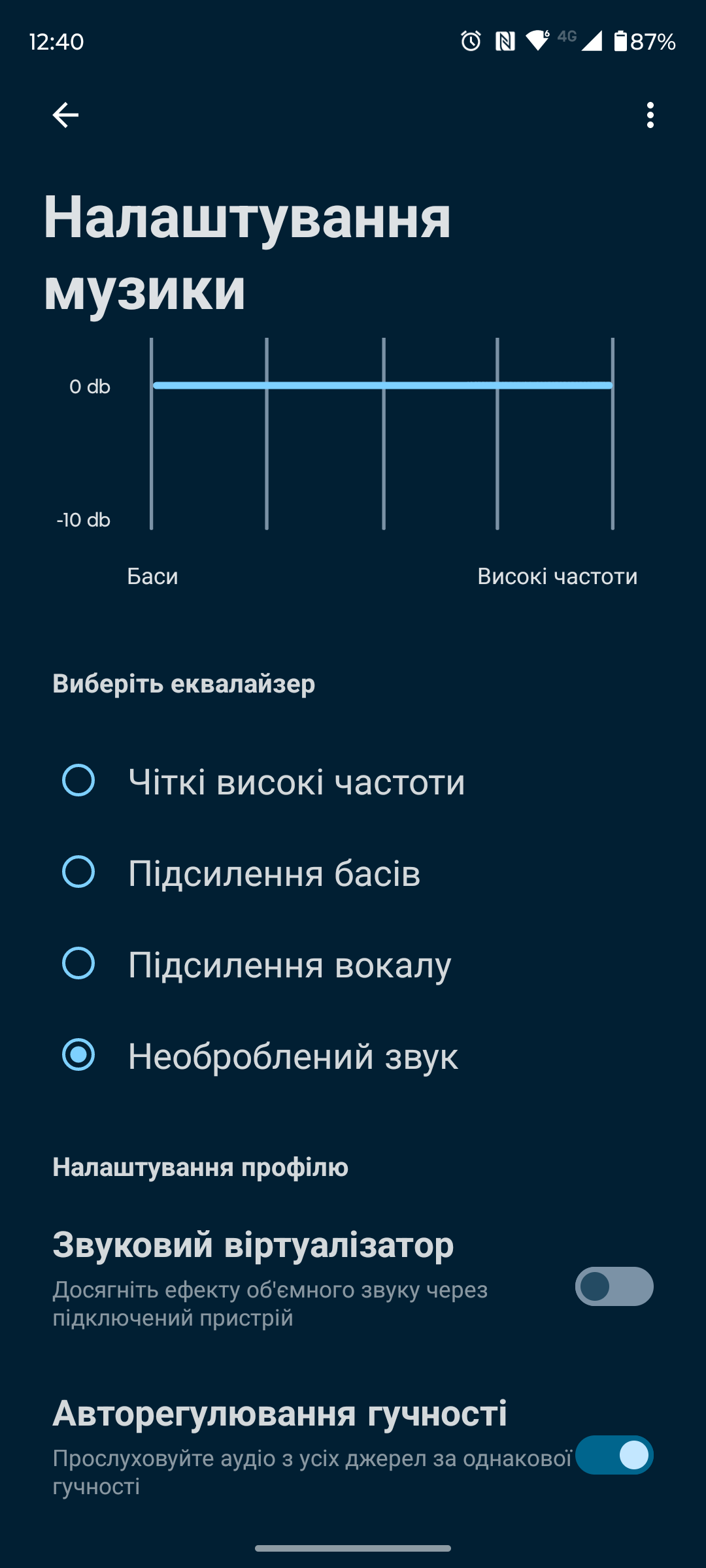
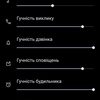





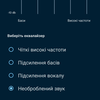
Motorola Edge 40 is equipped with a 4400 mAh battery. It's not the biggest figure, although the smartphone's battery life is quite good. In everyday use (browser, mail, instant messengers, about 1.5 g of music via Bluetooth, up to 20 minutes of calls, 10-15 pictures), the smartphone can withstand a day. But with more active use (especially games), the battery can be drained by the evening. The smartphone supports the proprietary TurboPower fast charging with a capacity of 68 W. From 0 to 100%, the smartphone charges in just 40 minutes. There is also support for 15W wireless charging.
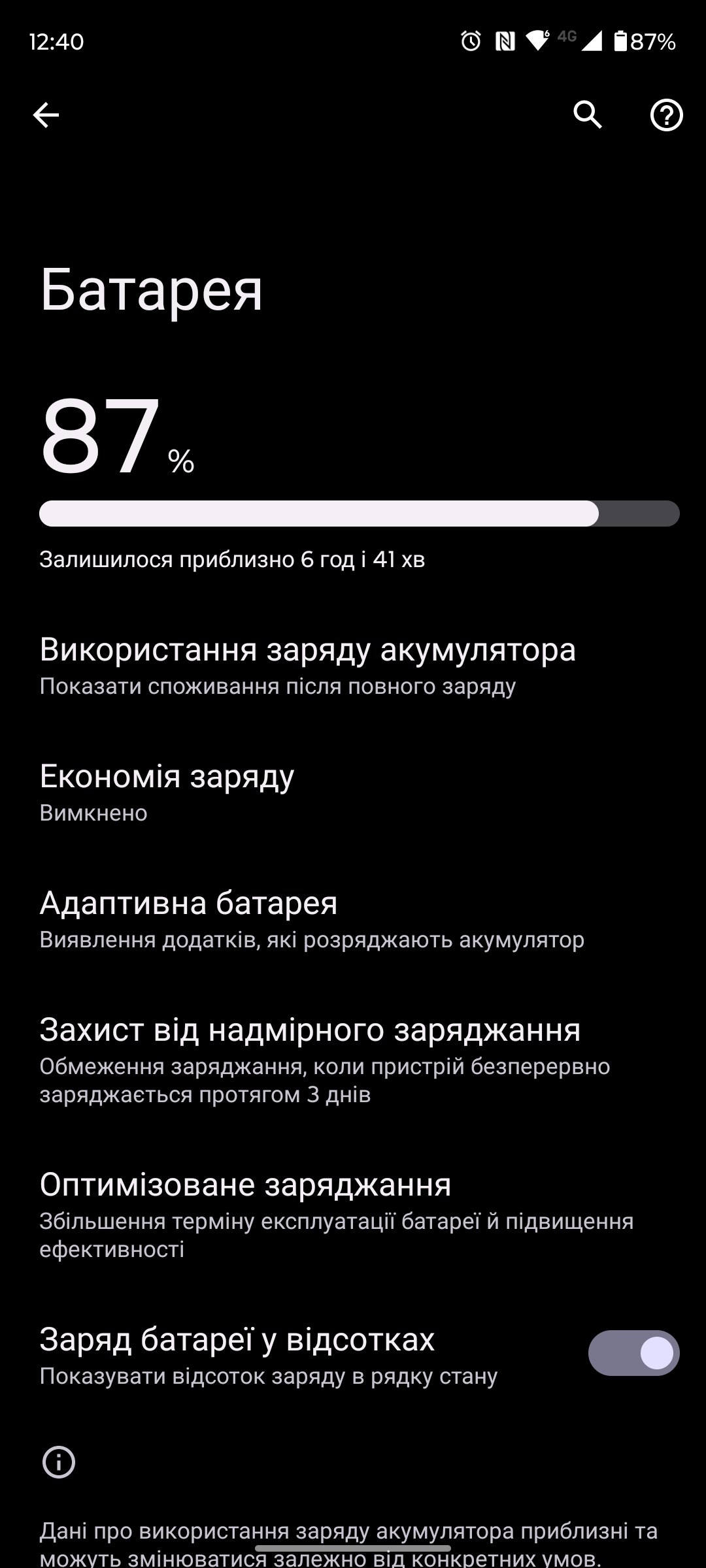




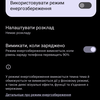
How user-friendly is the interface?

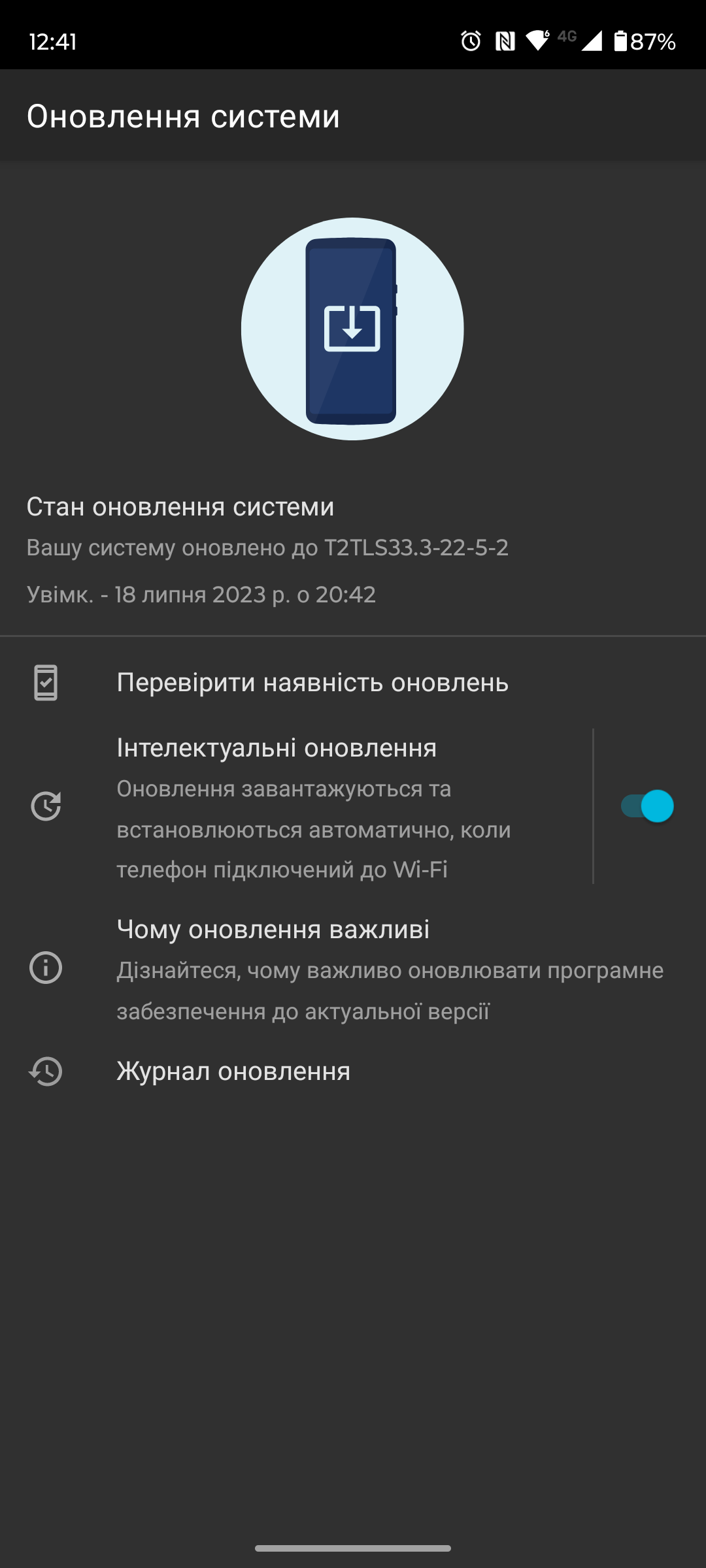
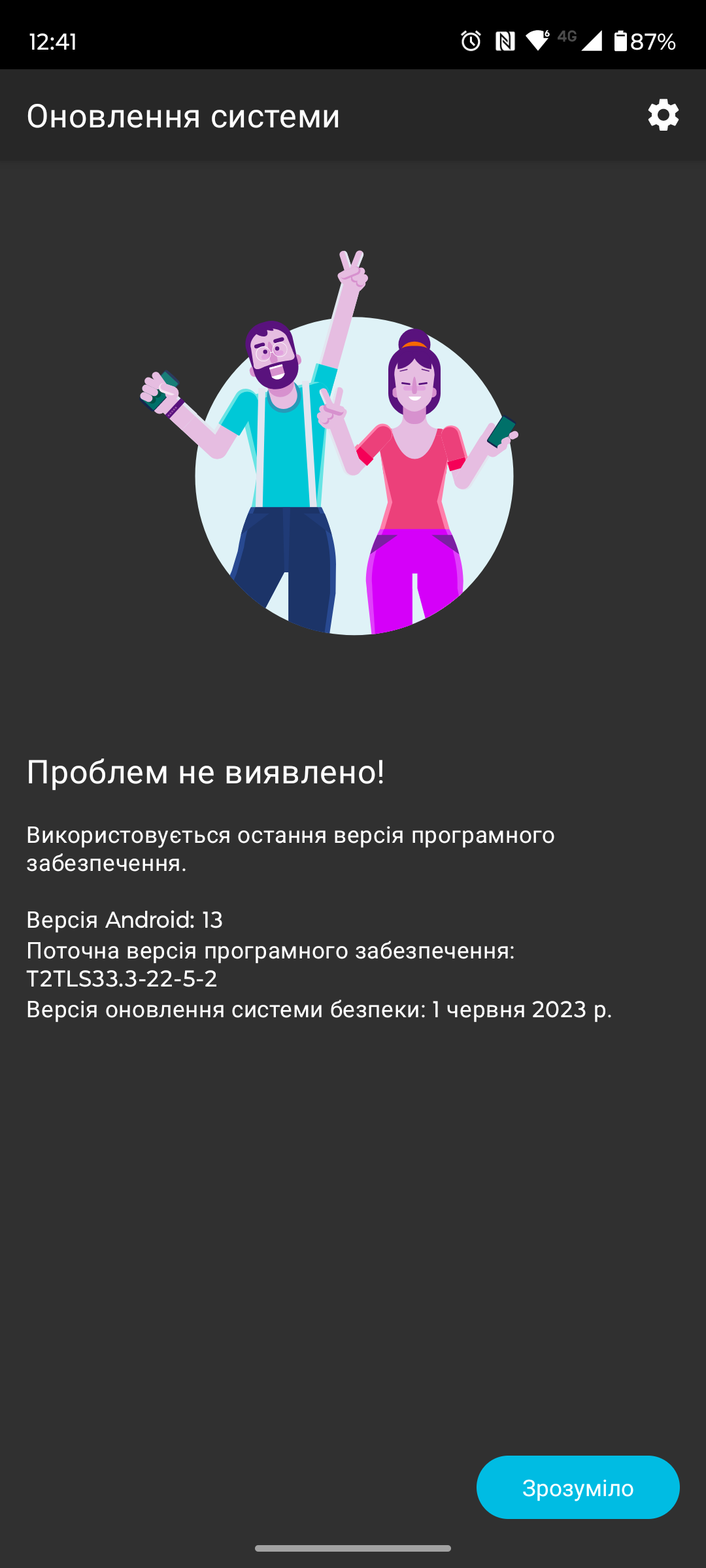



Motorola Edge 40 runs on almost pure Android 13 without any significant interference. It works very quickly, without any bugs or glitches. The interface has a familiar structure: desktops, widgets, a separate menu with all applications, a curtain with large switches. There are many customisation options: colour schemes, font, grid, wallpaper, etc.
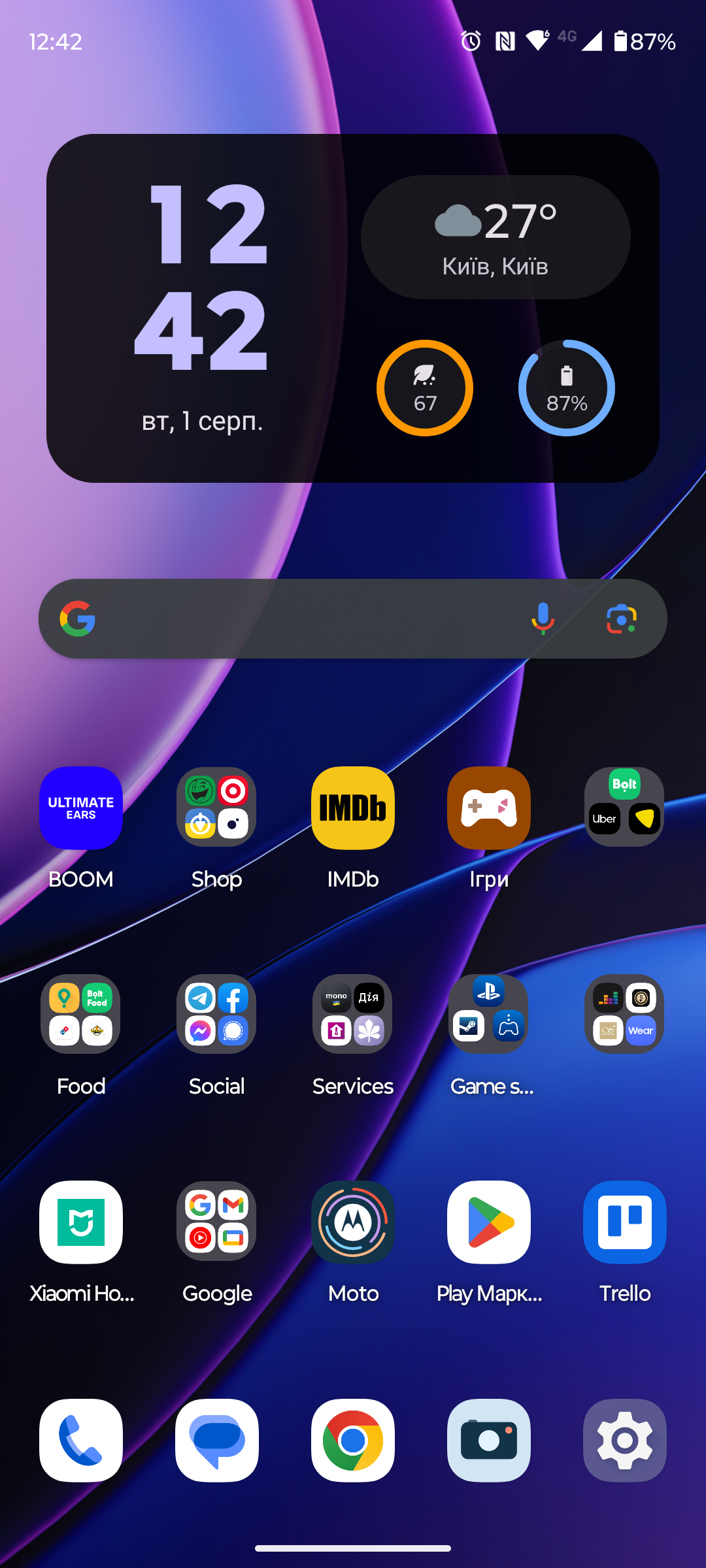
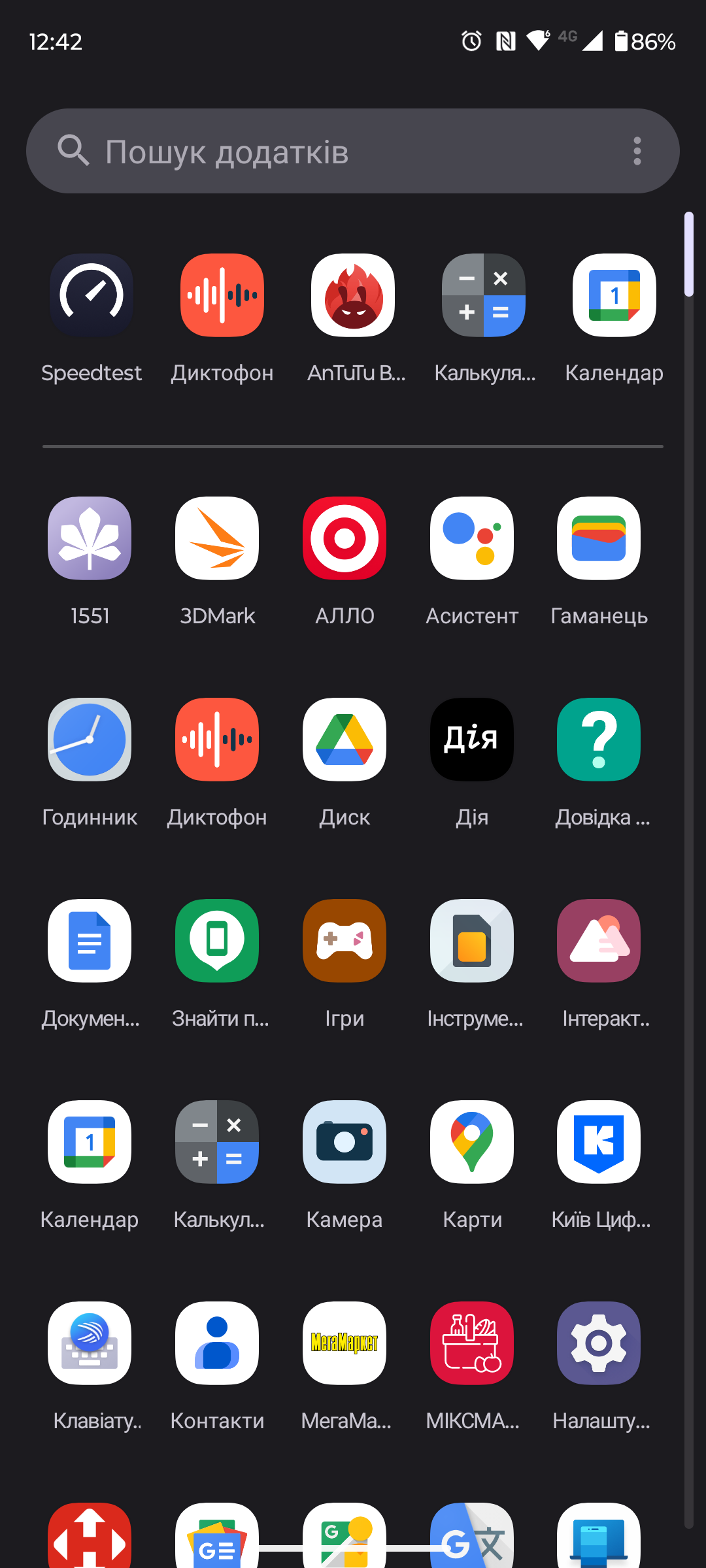

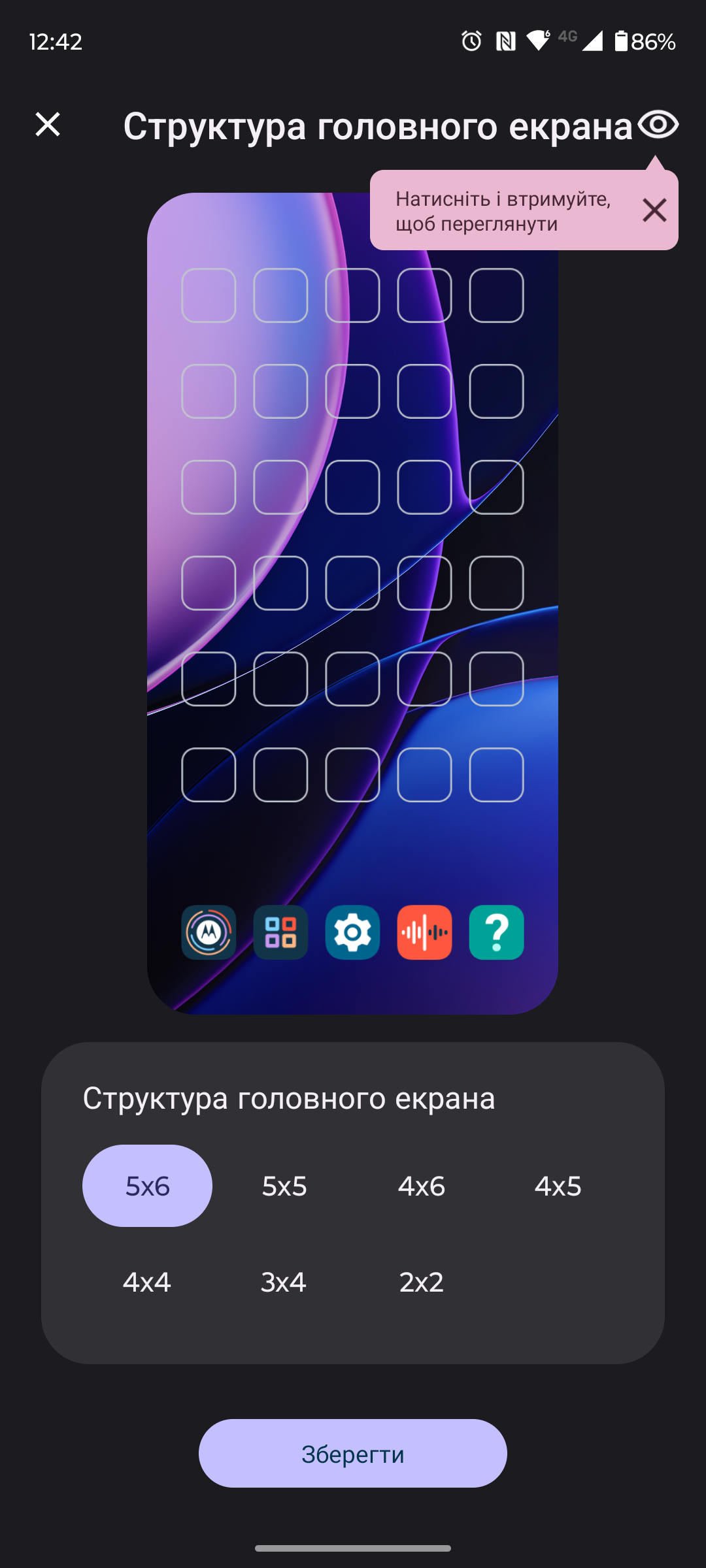
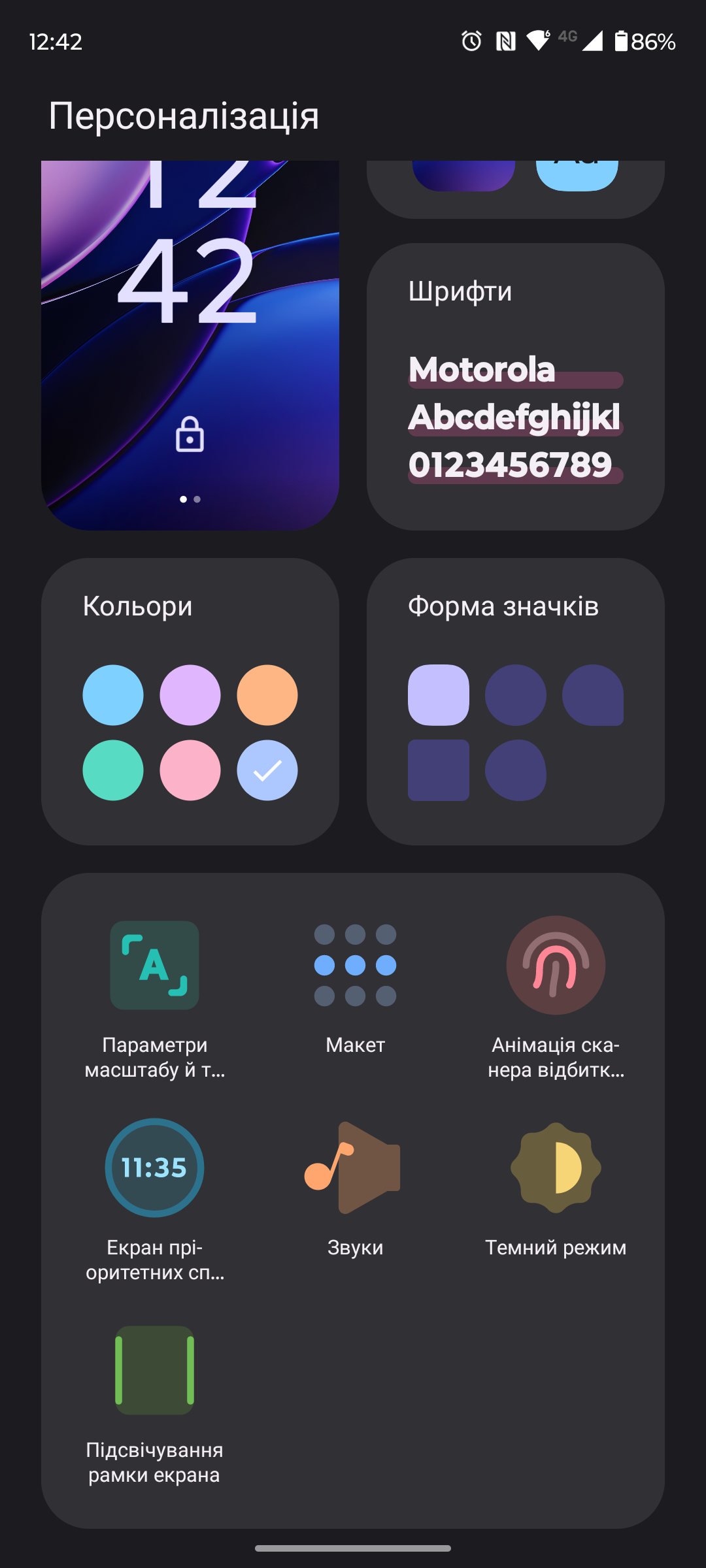

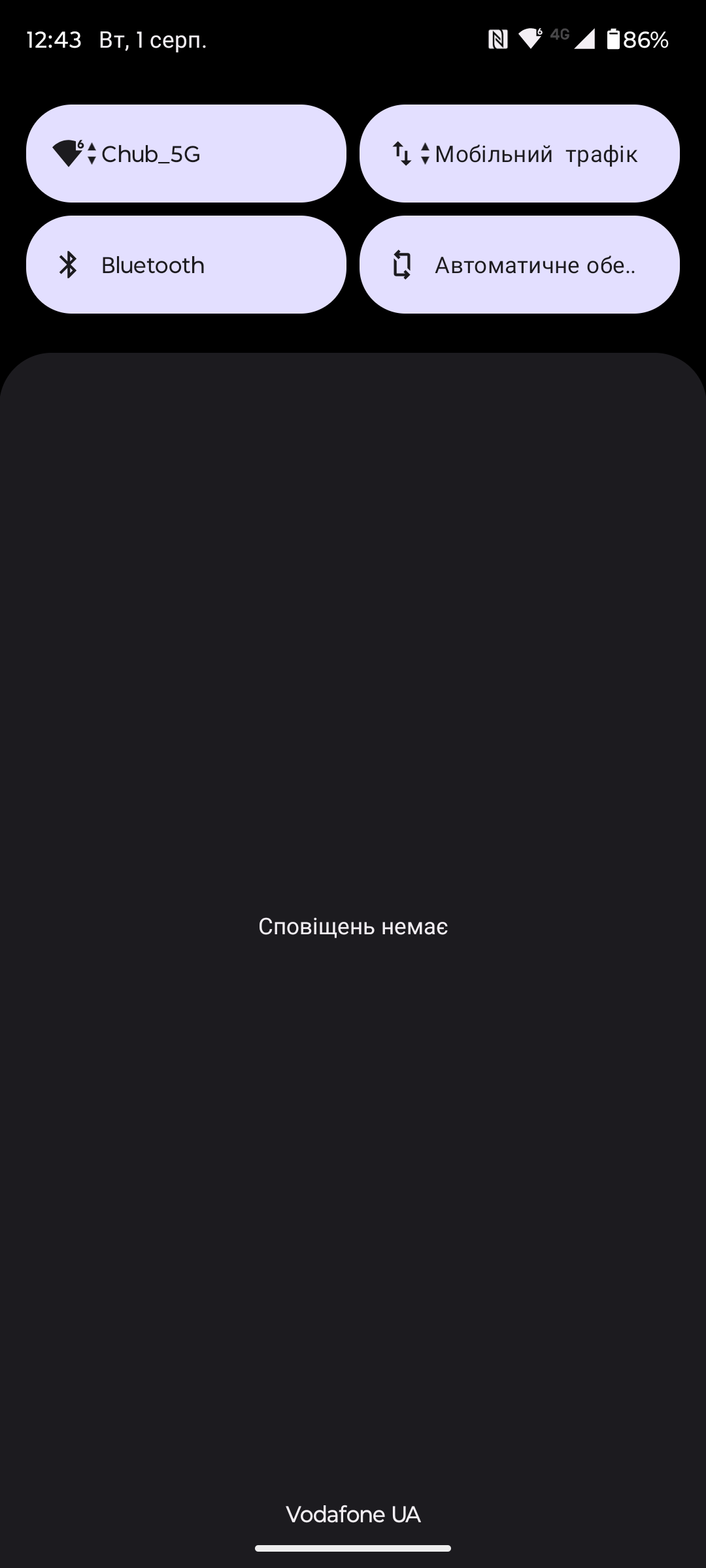
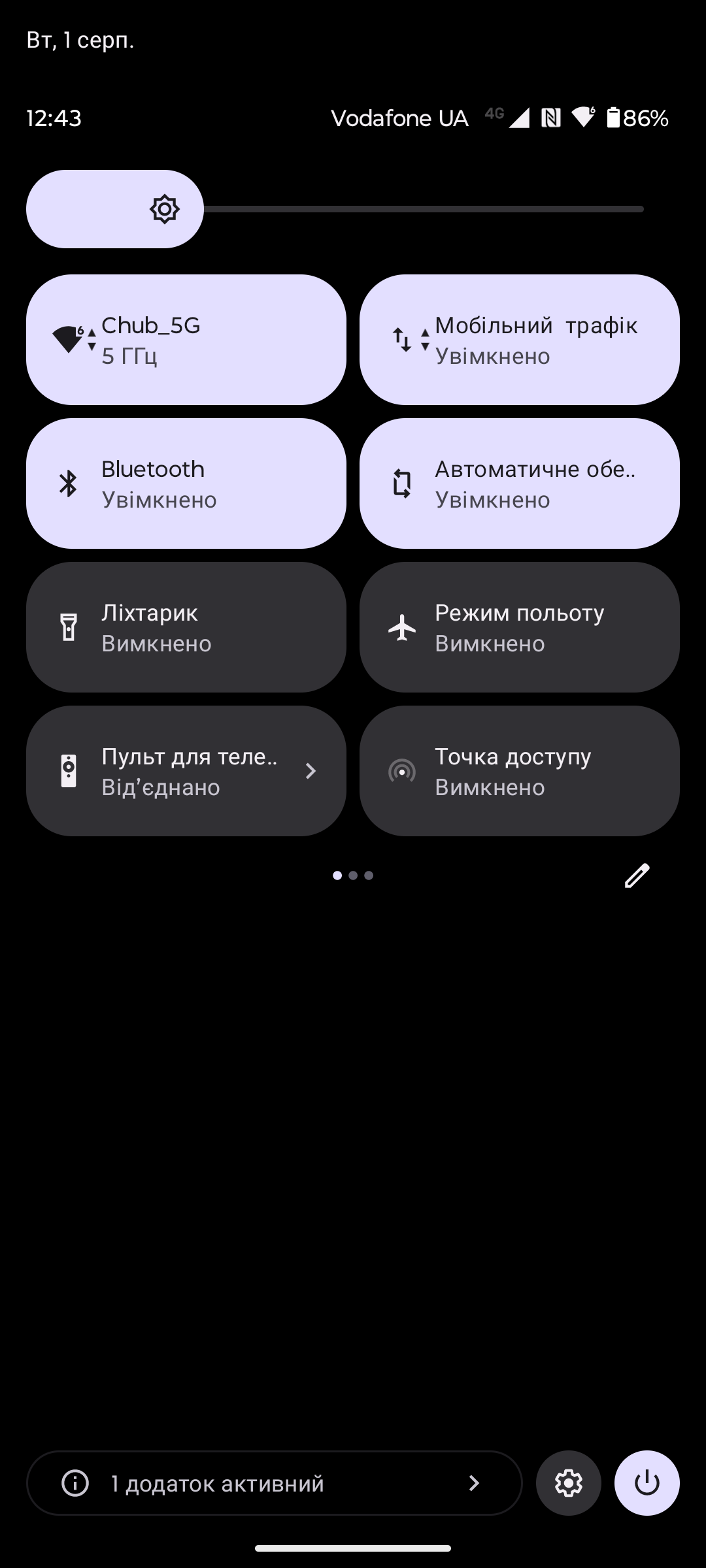
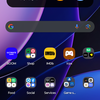

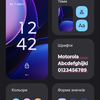
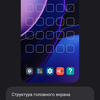

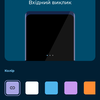

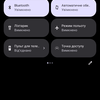
Gesture and button navigation is available. There are also additional gestures for activating or deactivating the screen, one-handed operation, screen splitting, and a sidebar with a set of the most frequently used applications.
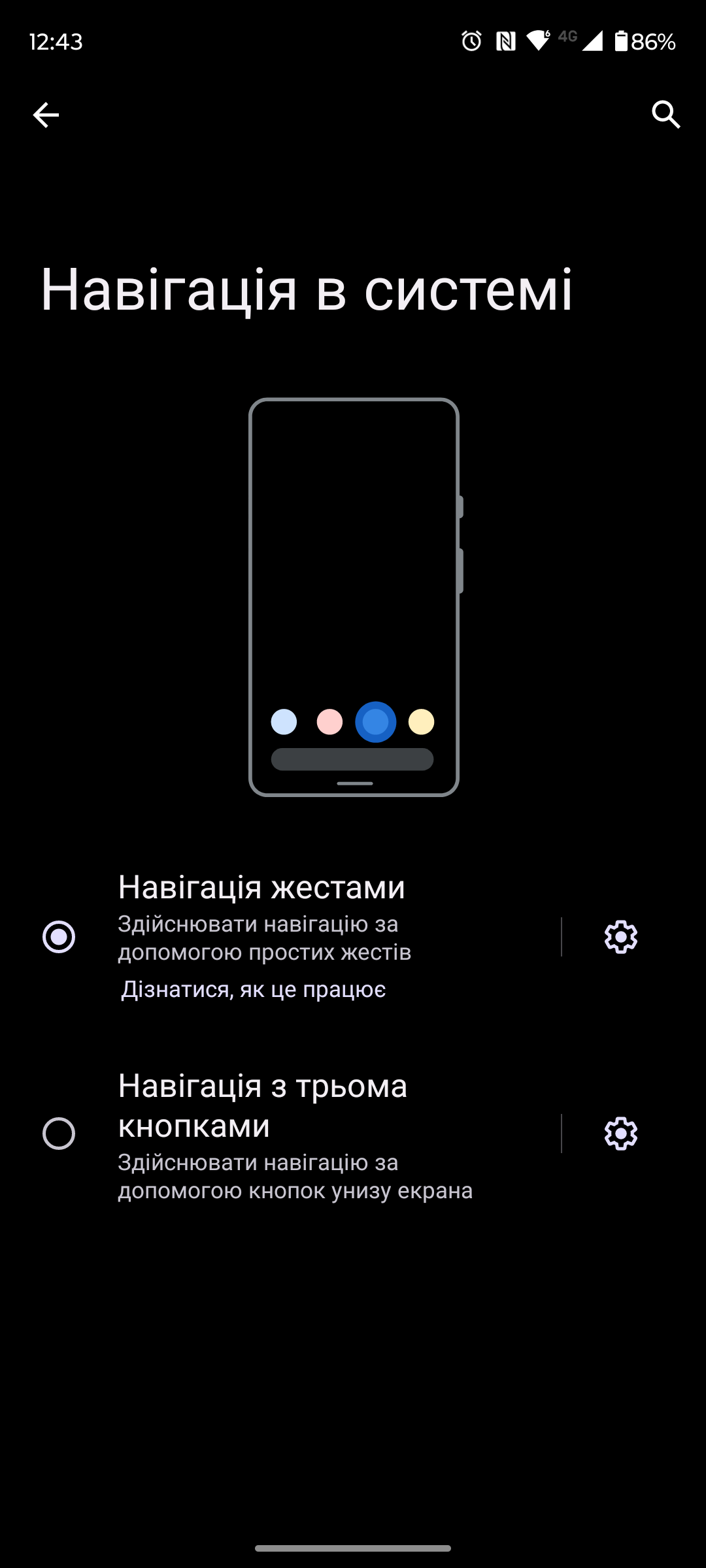
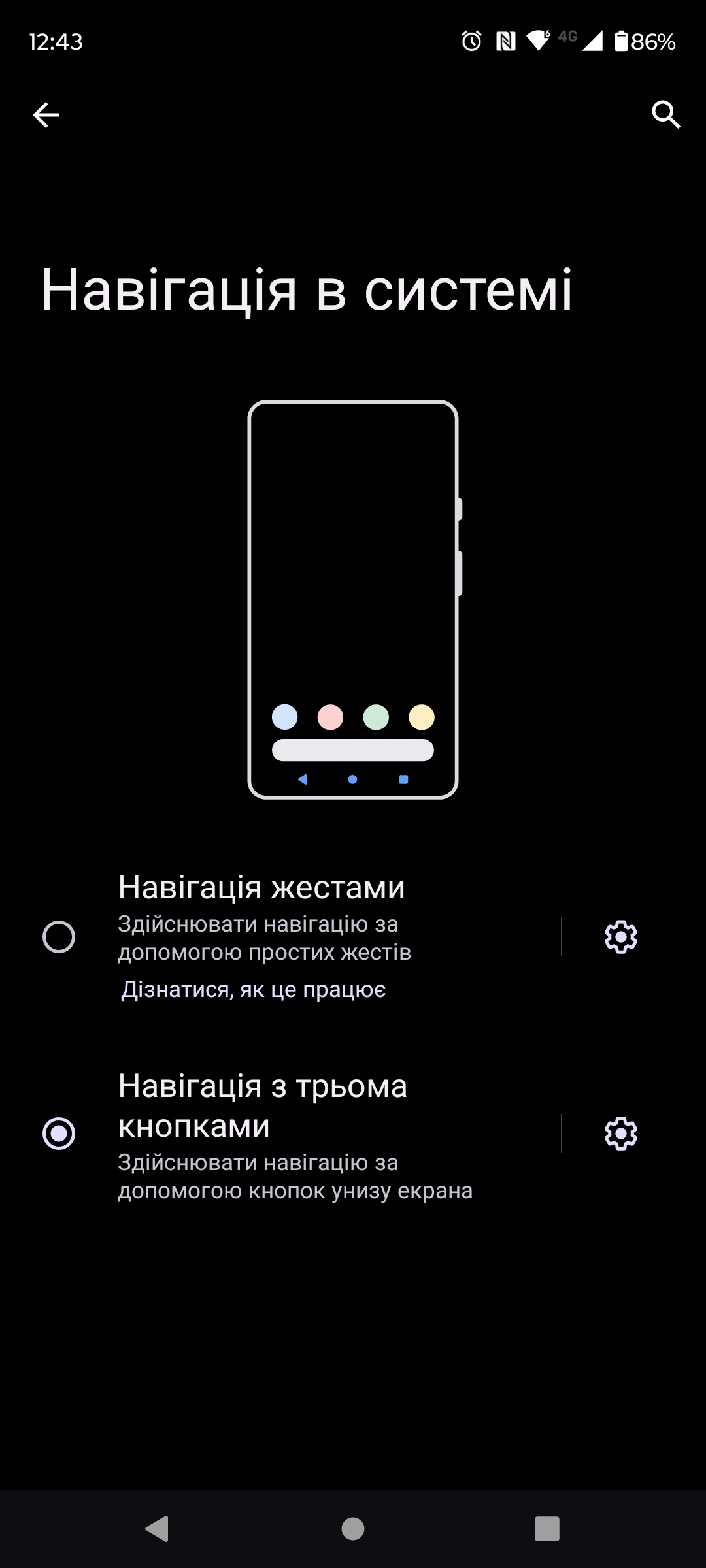




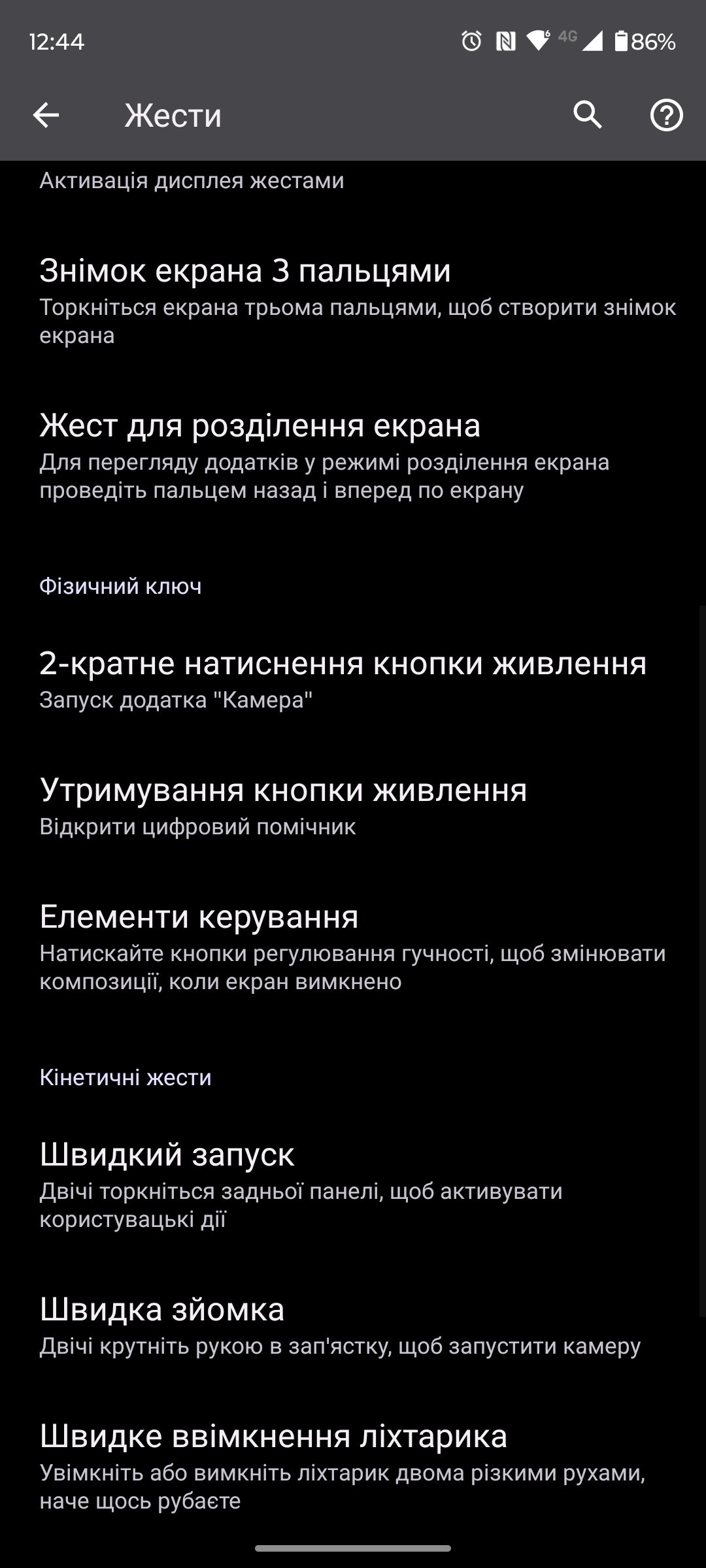


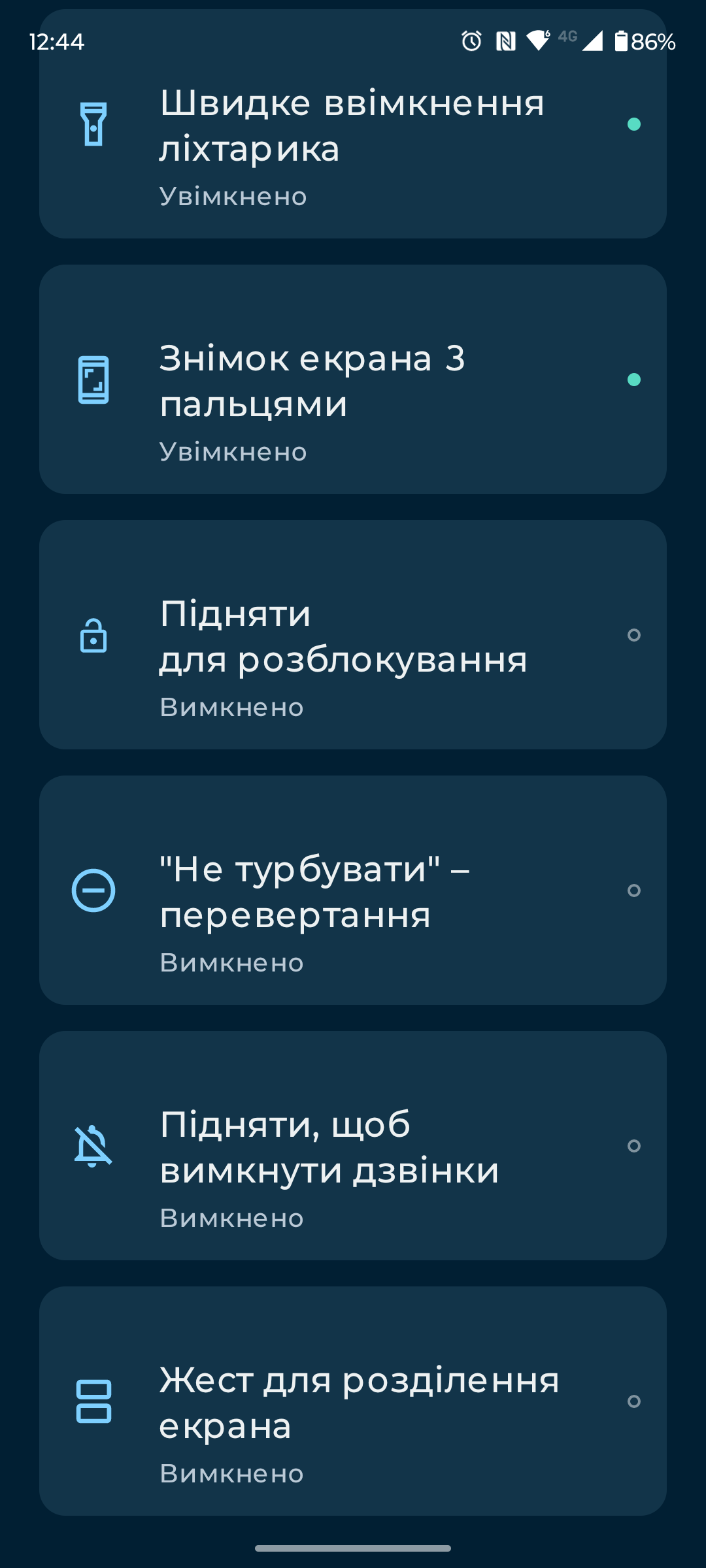
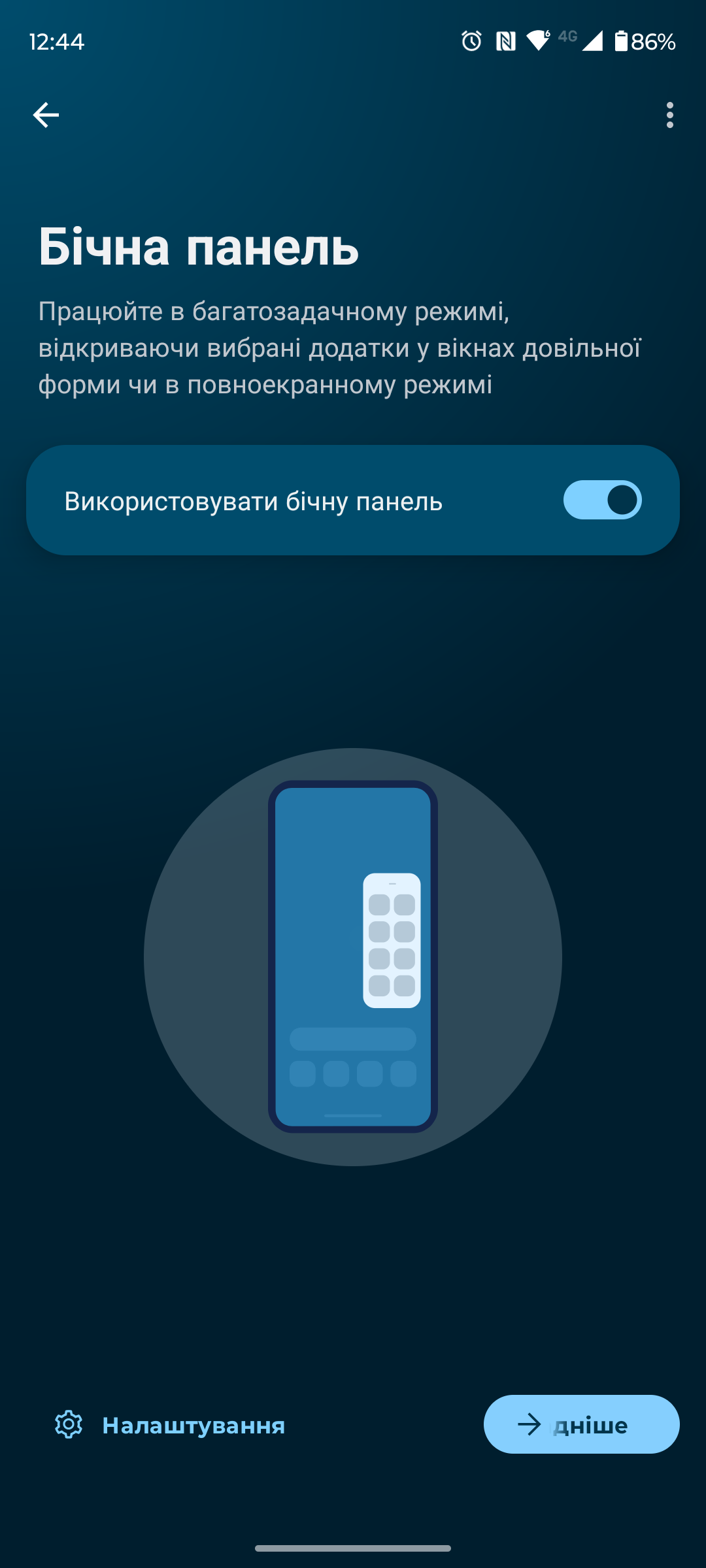


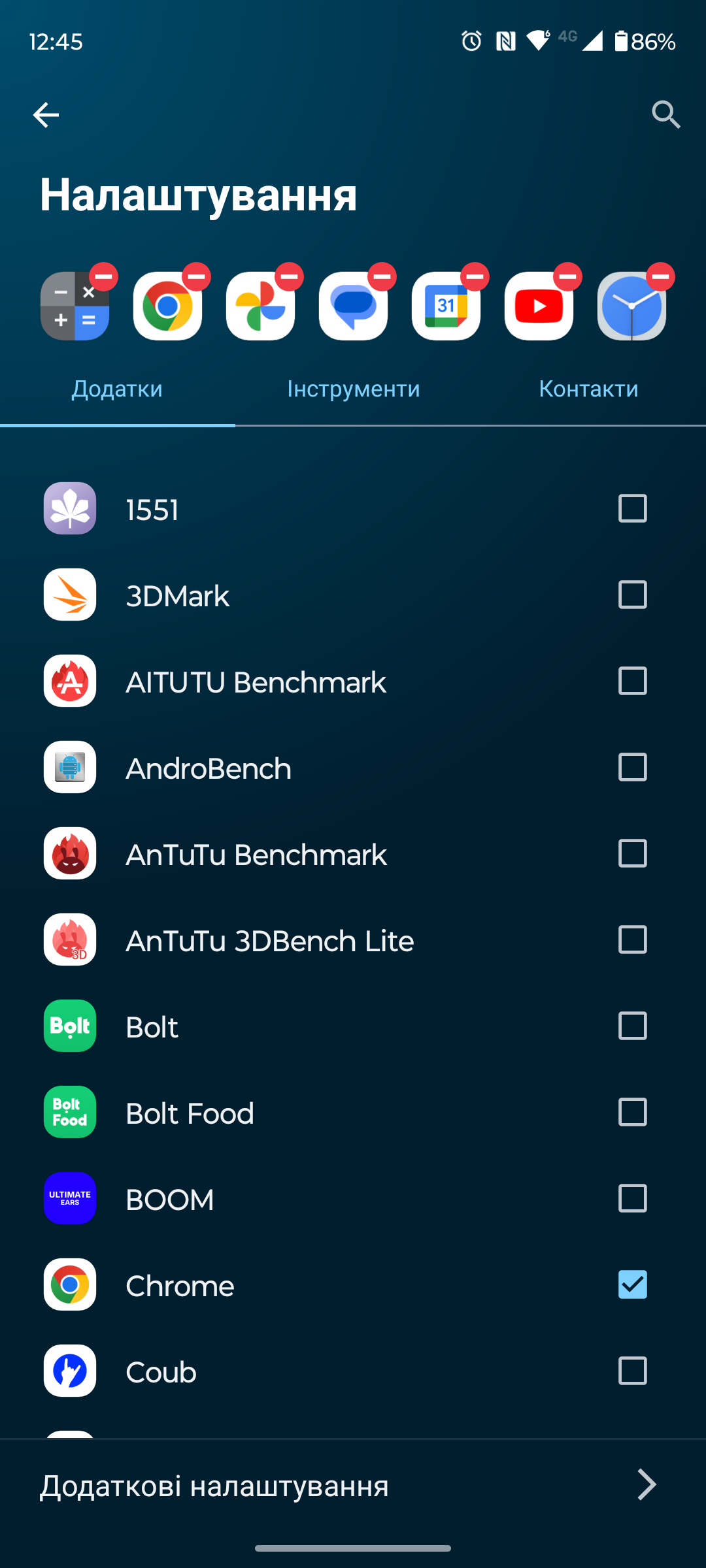
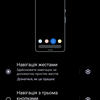


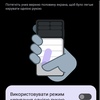



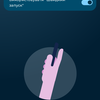




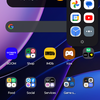

The manager looks like a horizontal carousel of cards. It is possible to close all applications at the same time, as well as split screen, launch applications in a window and minimise it to an icon.

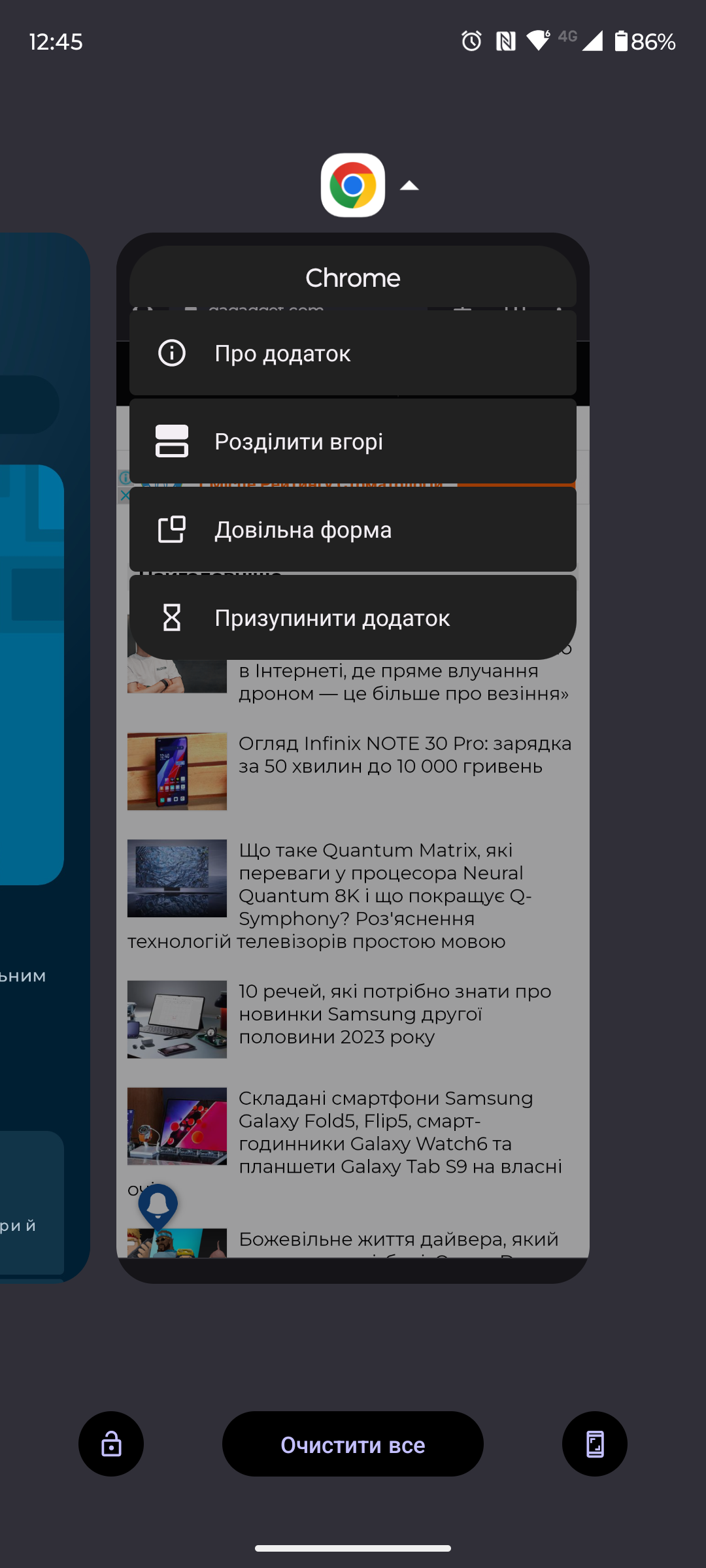

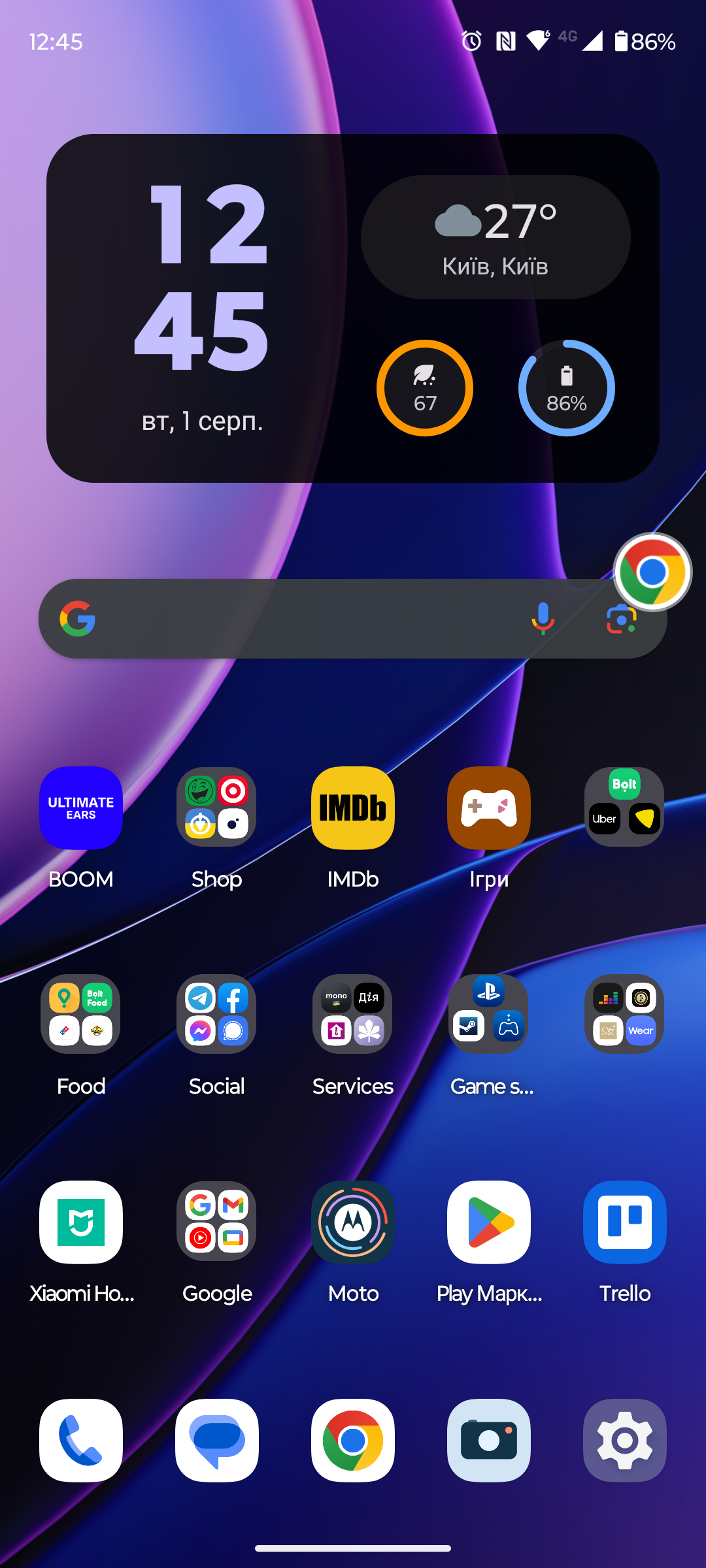
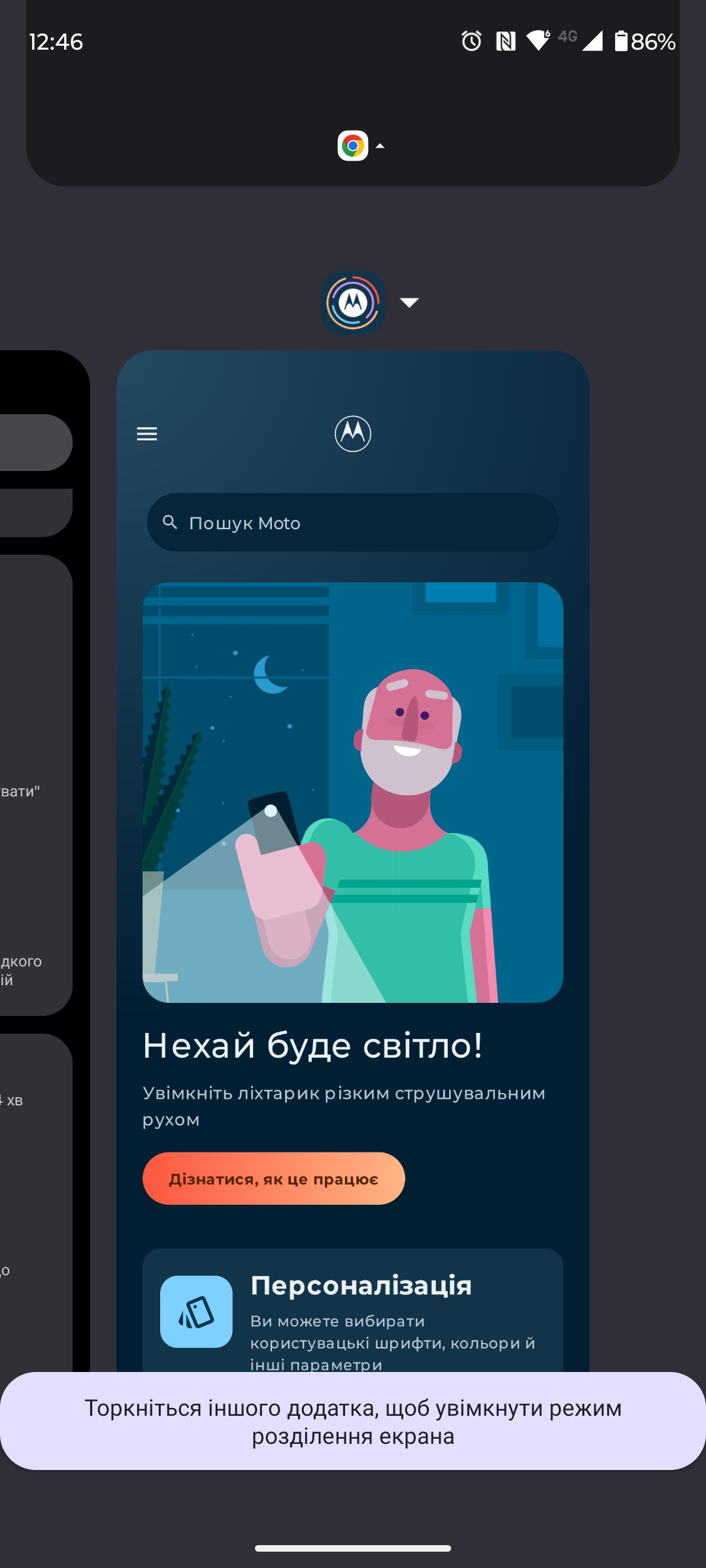



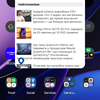
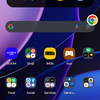


All the additional features added by Motorola are collected and organised in the Moto application. These include personalisation, gestures, Moto Secure (all security settings and a secure folder), additional display settings and entertainment (Games, Dolby Atmos and volume control settings for music playback).

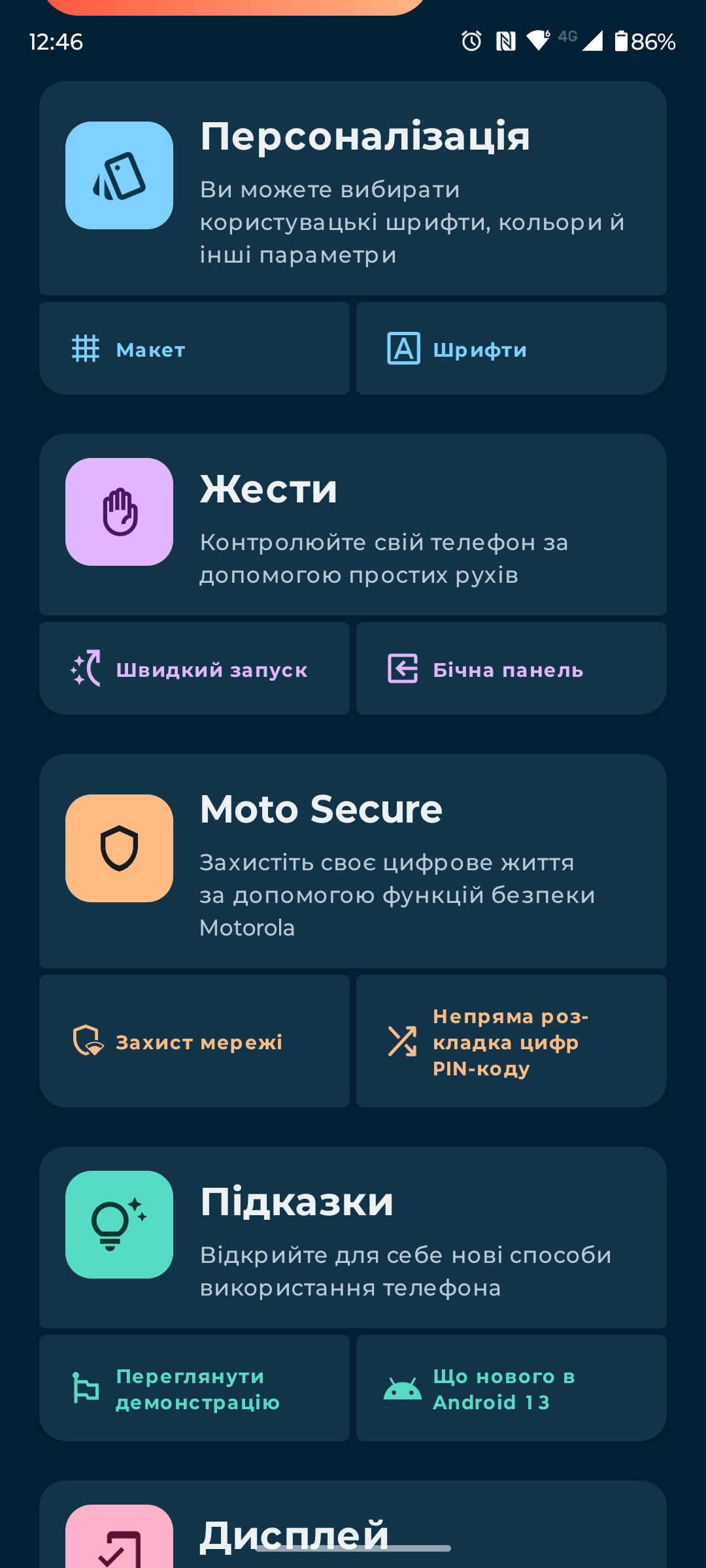
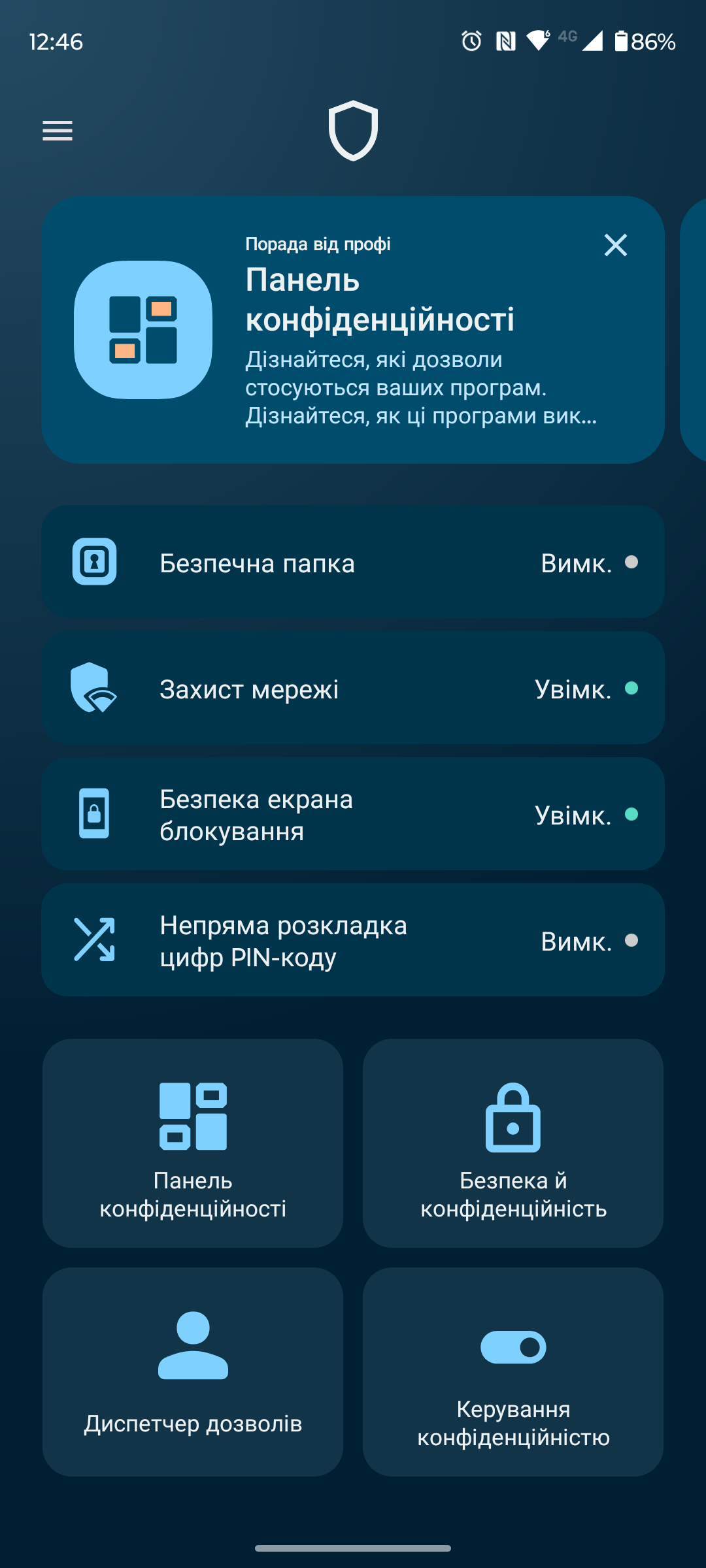
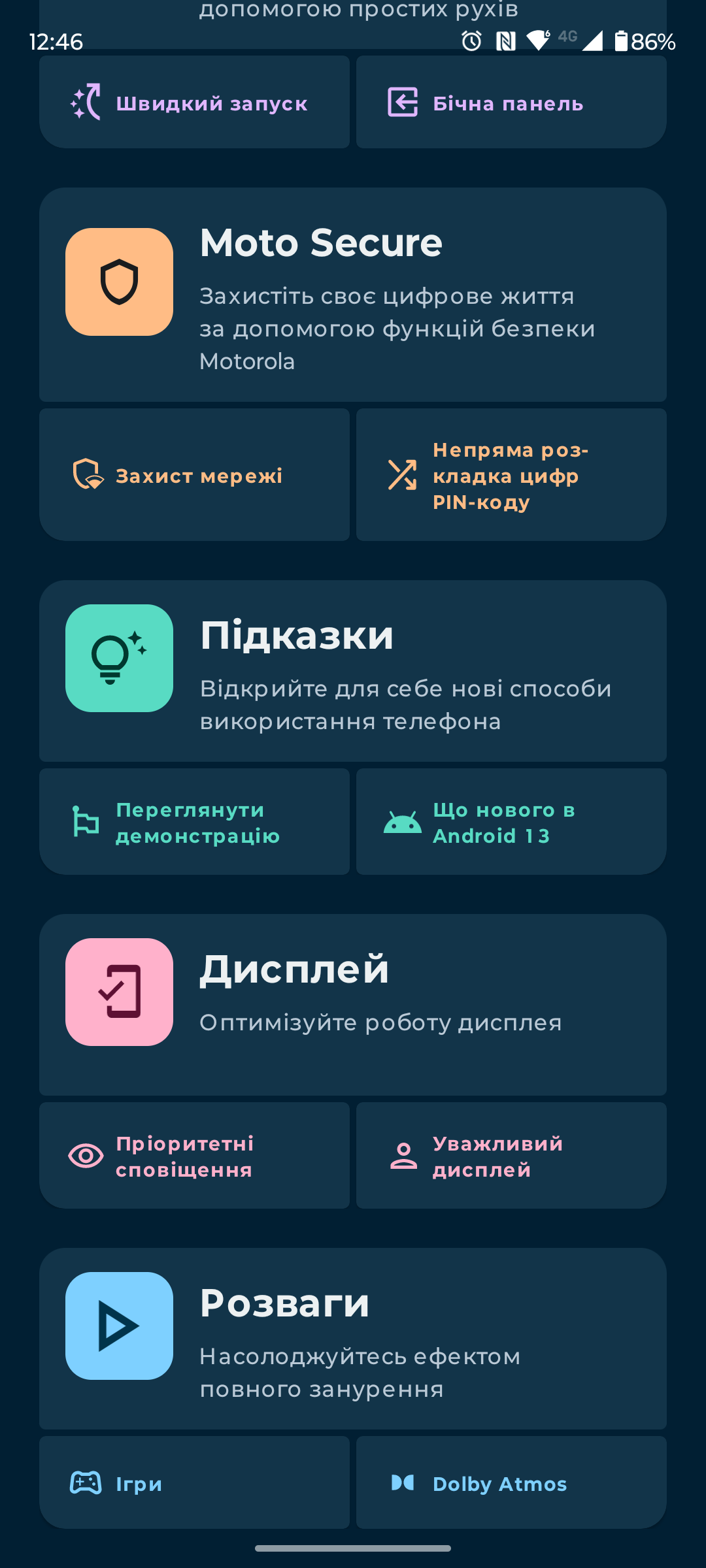








The smartphone supports Ready For. This is a desktop mode for connecting to an external monitor or TV with different interface options. It has a Windows-like desktop and an entertainment mode with TV (online video services), Game, Video Chat (using your smartphone as a webcam) and smartphone image mirroring. It supports the connection of a keyboard, mouse and gamepad via Bluetooth. The screen can also be used as a touchpad.
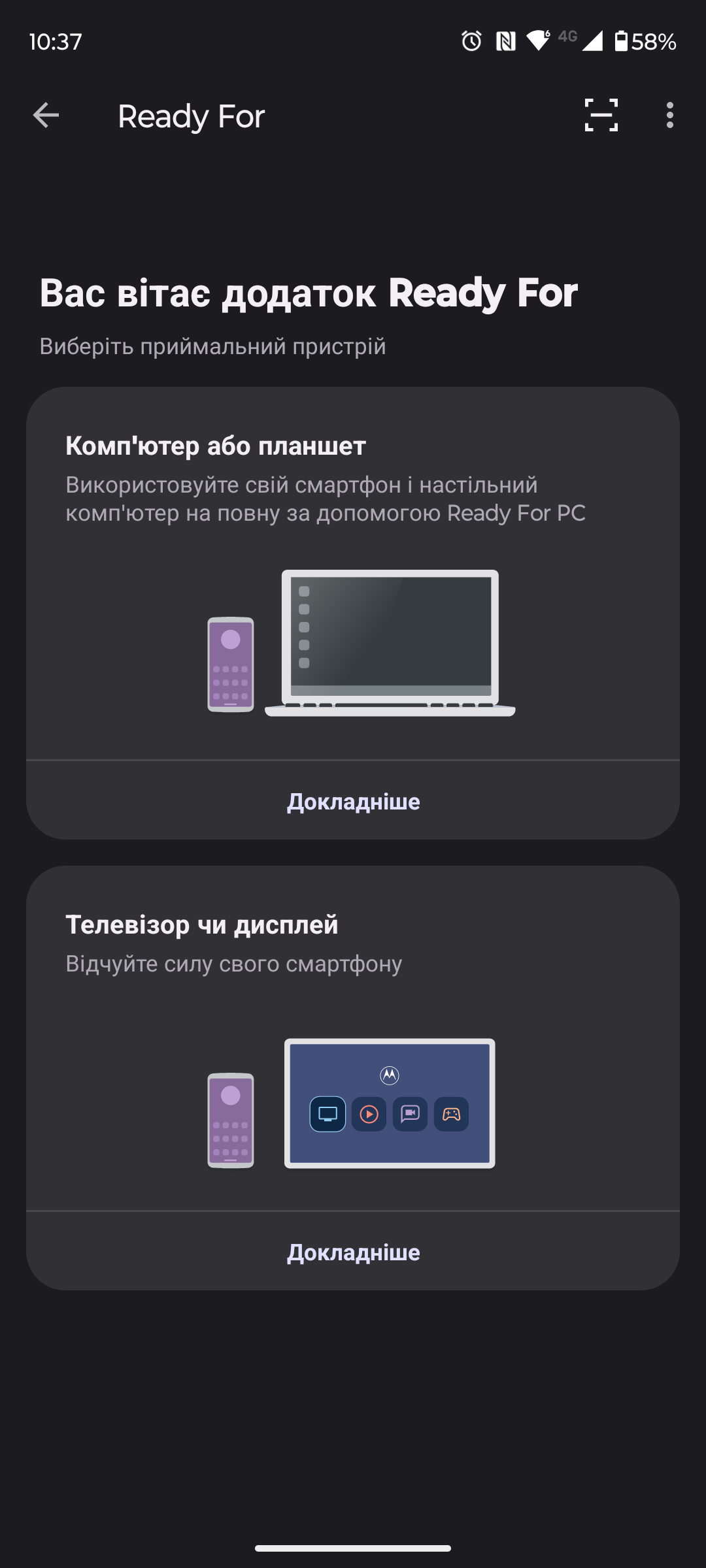
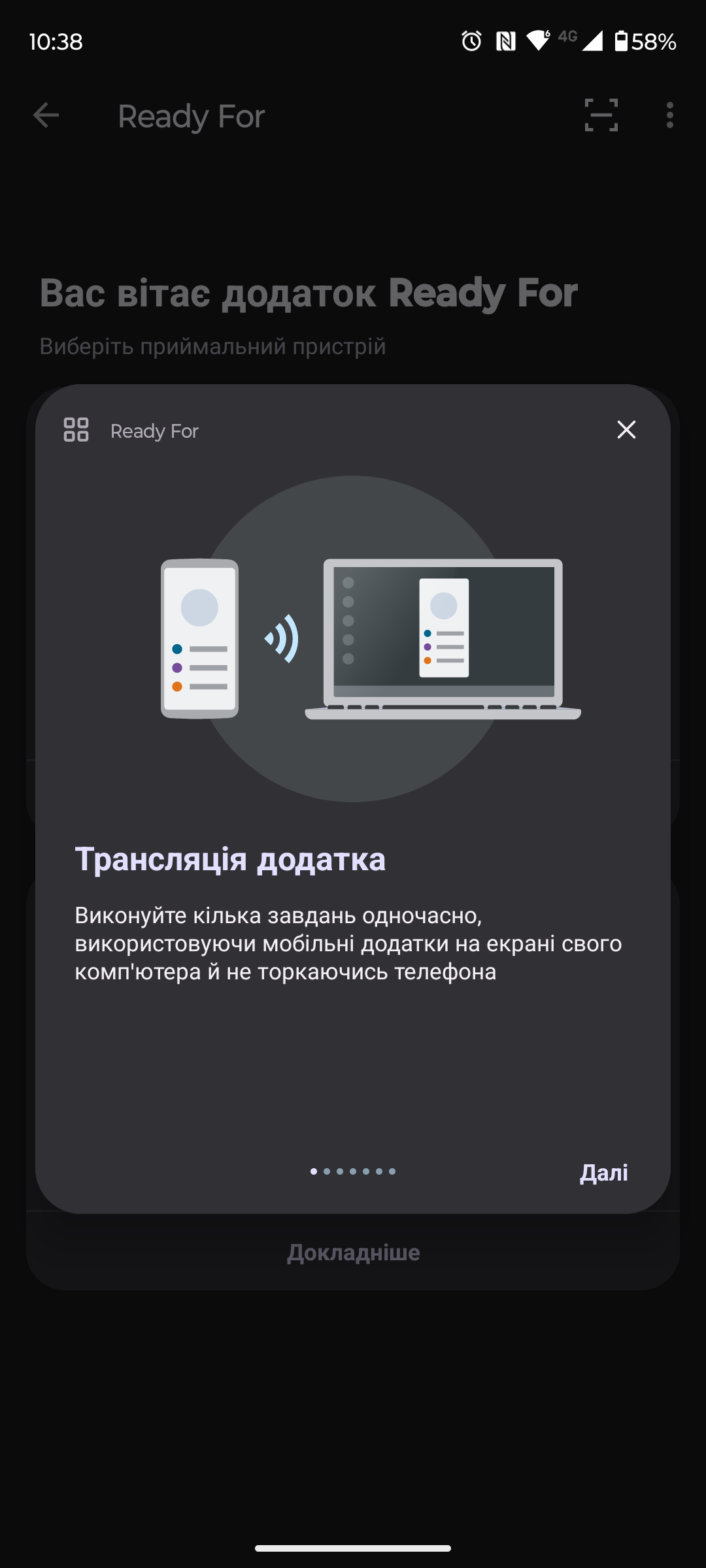




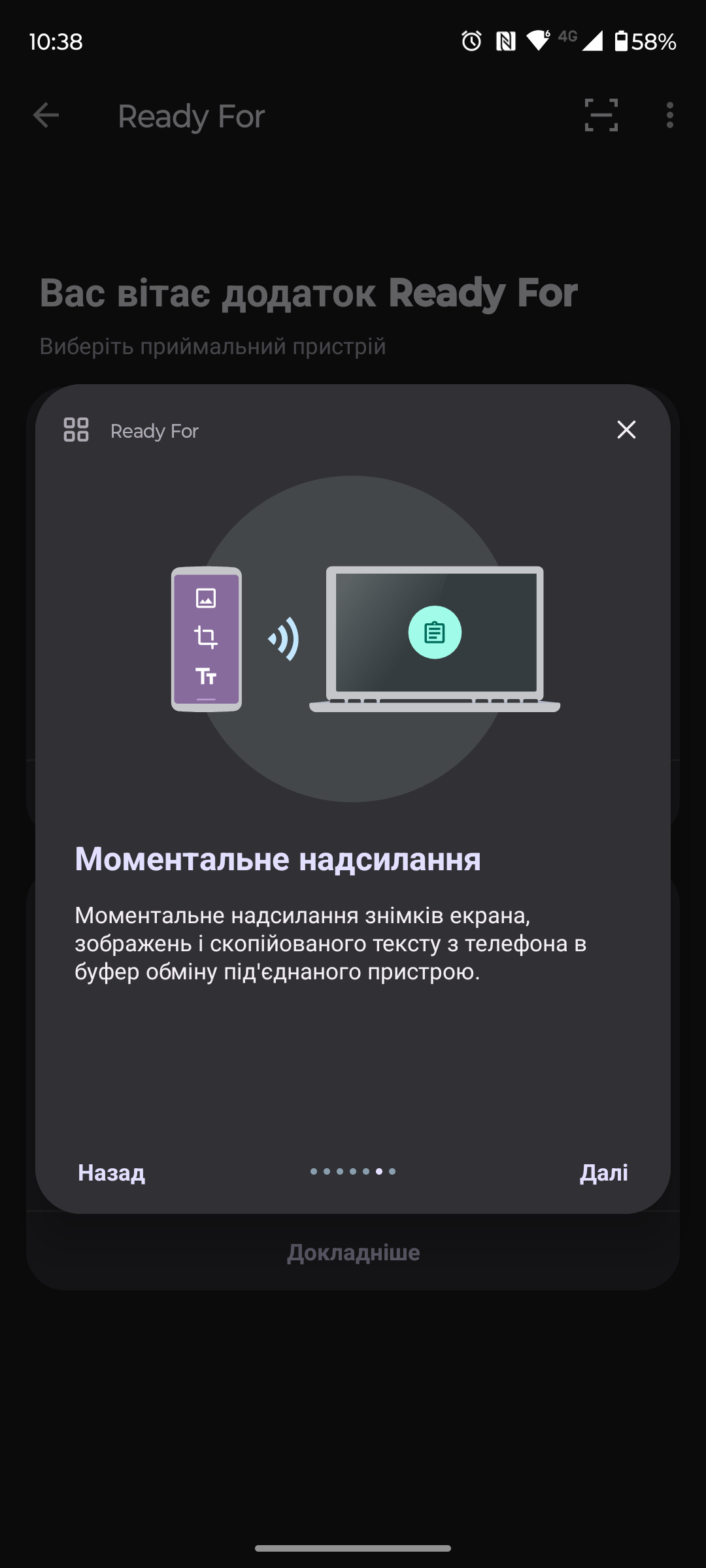
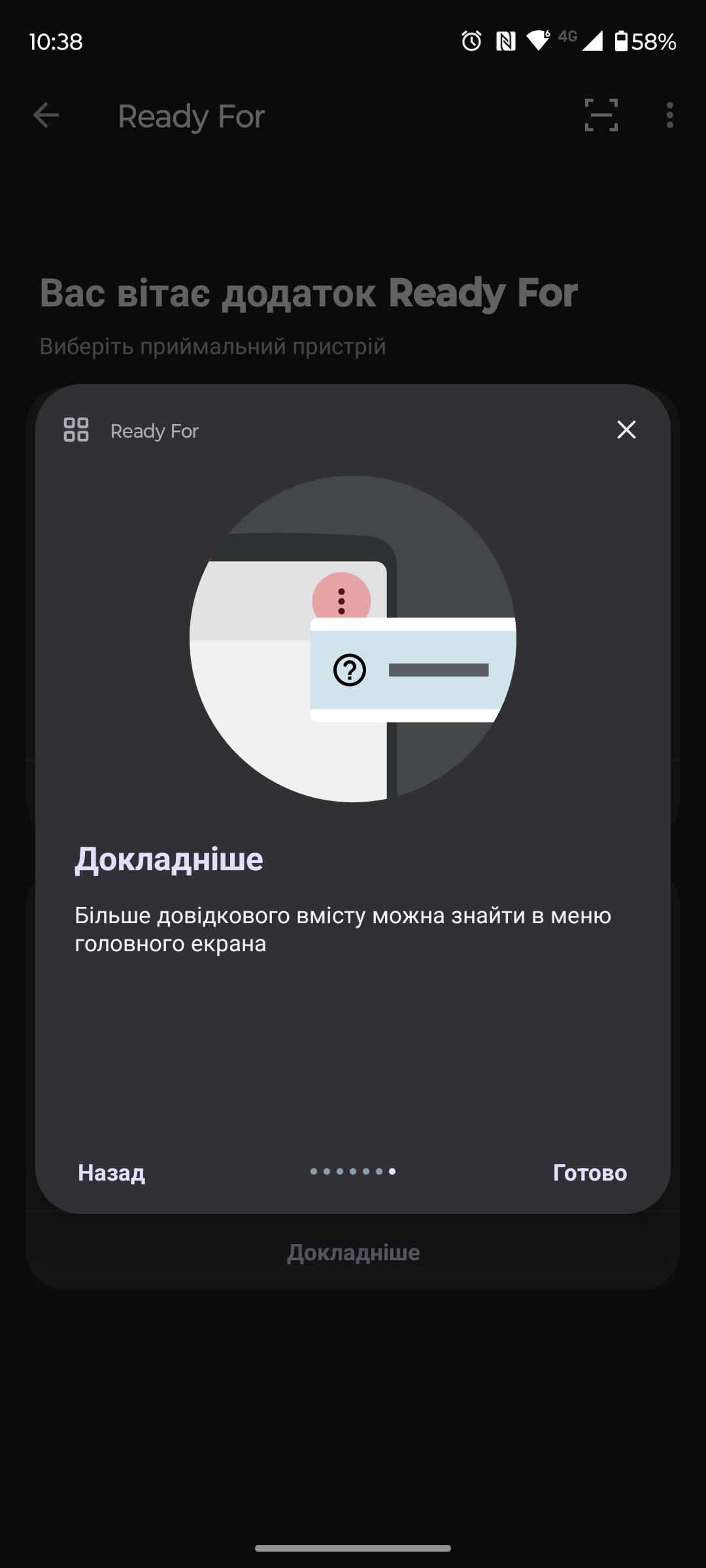
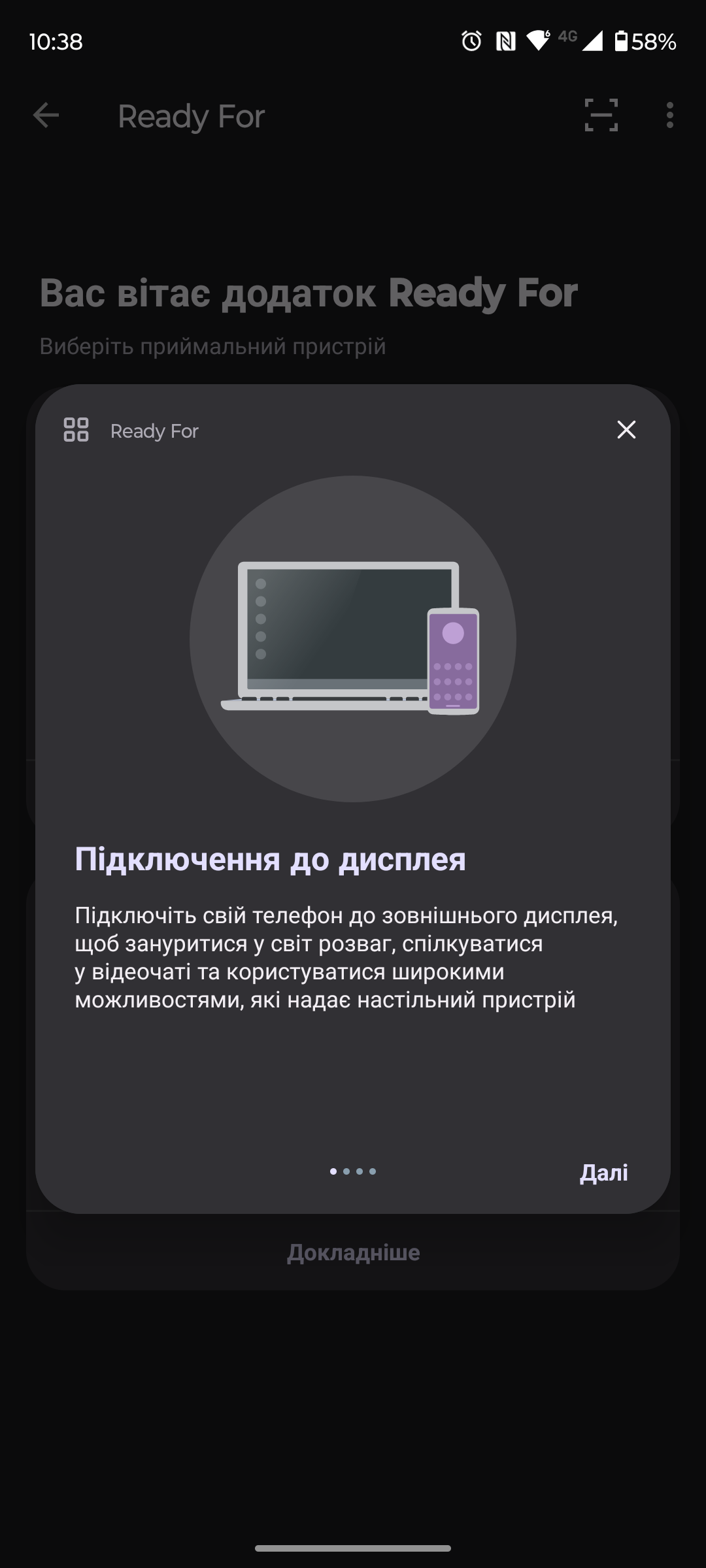

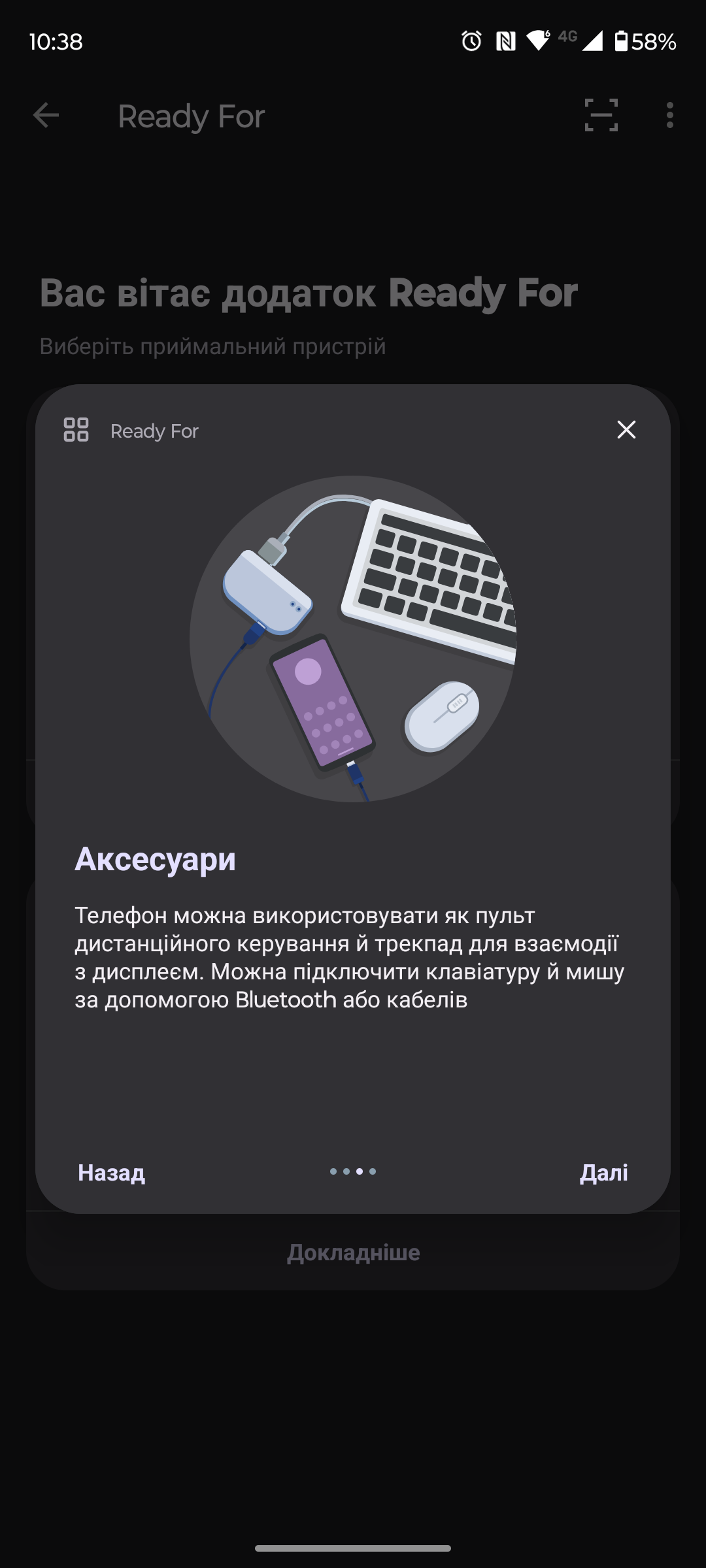

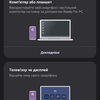
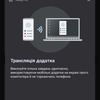
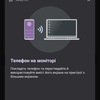
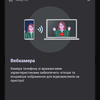
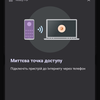
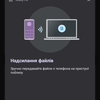
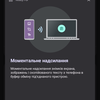
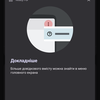

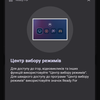
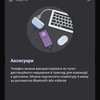

How good are the cameras?
The rear camera includes two modules, while most competitors usually have three, and sometimes even four. But in Motorola Edge 40, the situation is a little different, the company decided not to install a macro camera and 2 MP depth sensors that are not very usable. Instead, it left two really useful modules. The main one has 50 megapixels, f/1.4 aperture, 1/1.55" matrix size, 1.0µm pixels with multi-directional PDAF phase detection and optical stabilisation. And the second is an ultra-wide-angle camera with 13 MP, f/2.2, 120˚, 1.12µm. Unlike the vast majority of competitors, it has autofocus and is also designed for macro. The smartphone can record video in 4K@30fps, FullHD@30/60/120fps. The front camera is 32 MP, f/2.4, 0.7µm.

The camera application has a familiar and quite convenient structure. The main carousel of modes, a separate section with additional modes (which can be added to the carousel), a set of basic settings on the main screen (flash, aspect ratio, HDR) and additional settings in the drop-down menu.

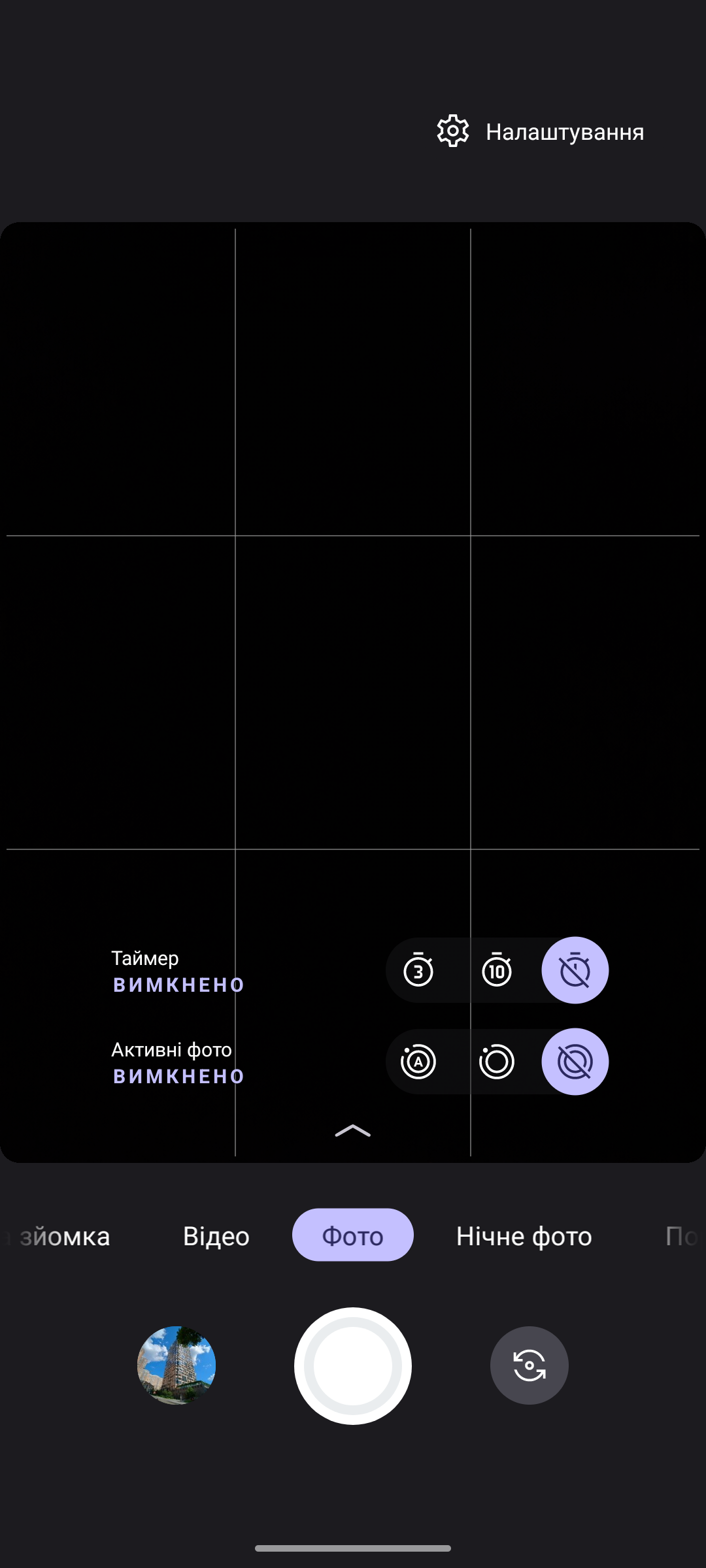
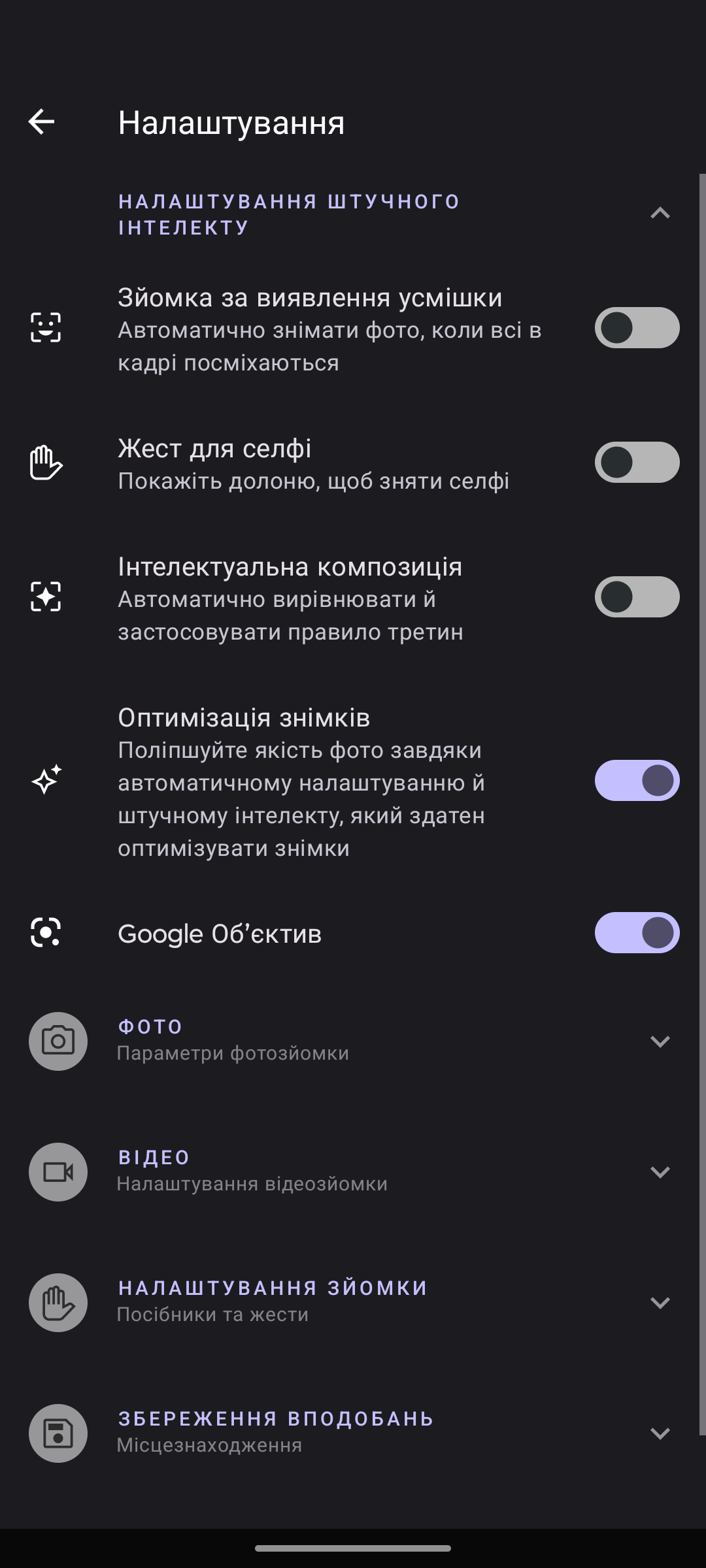
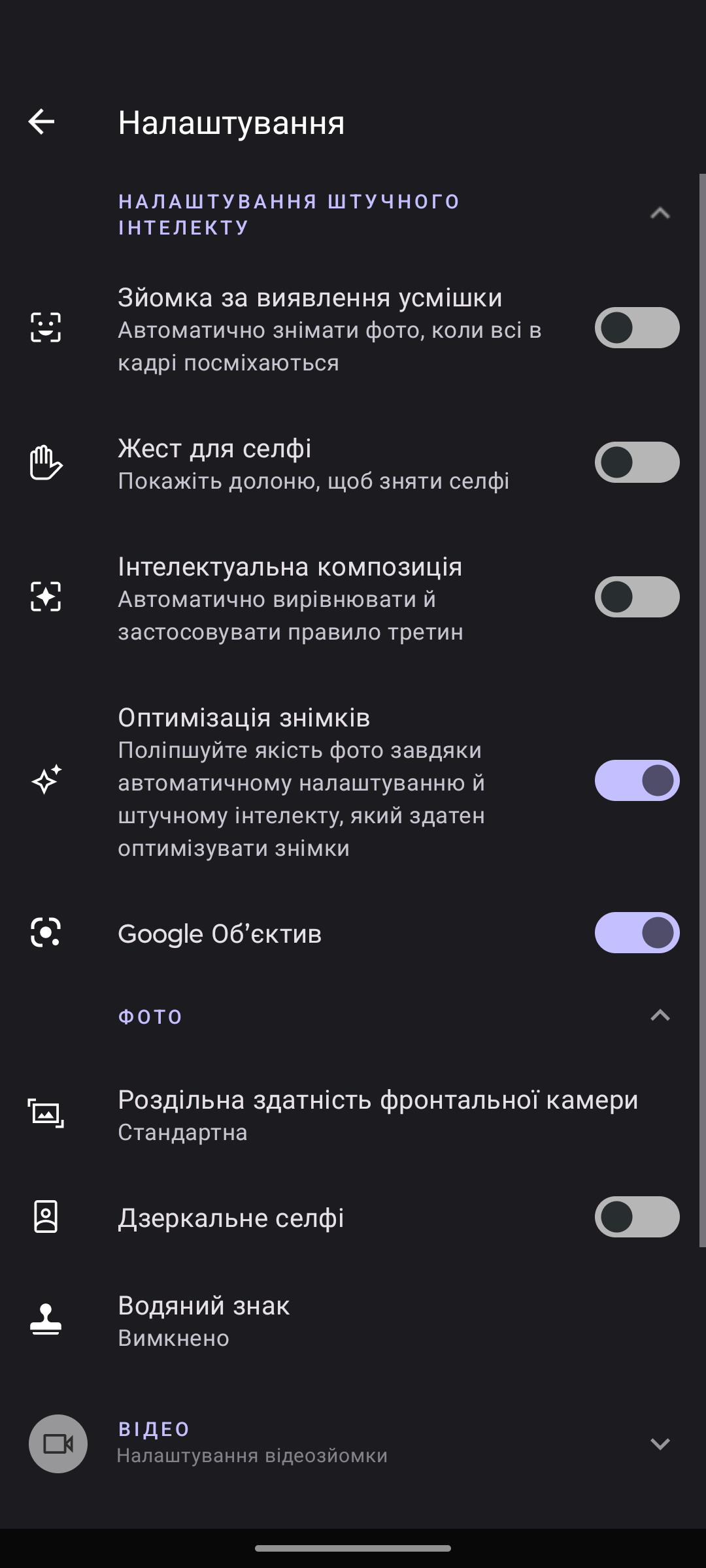
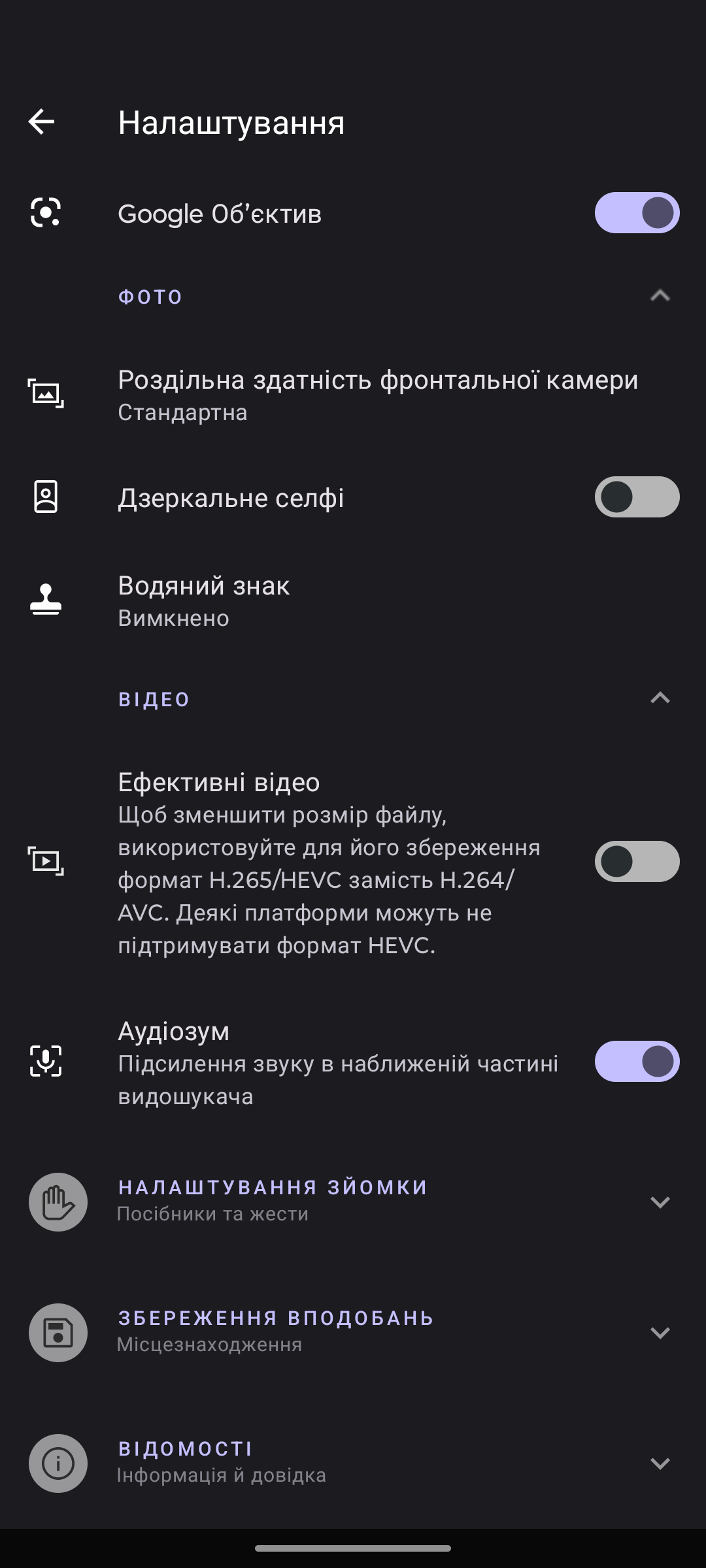

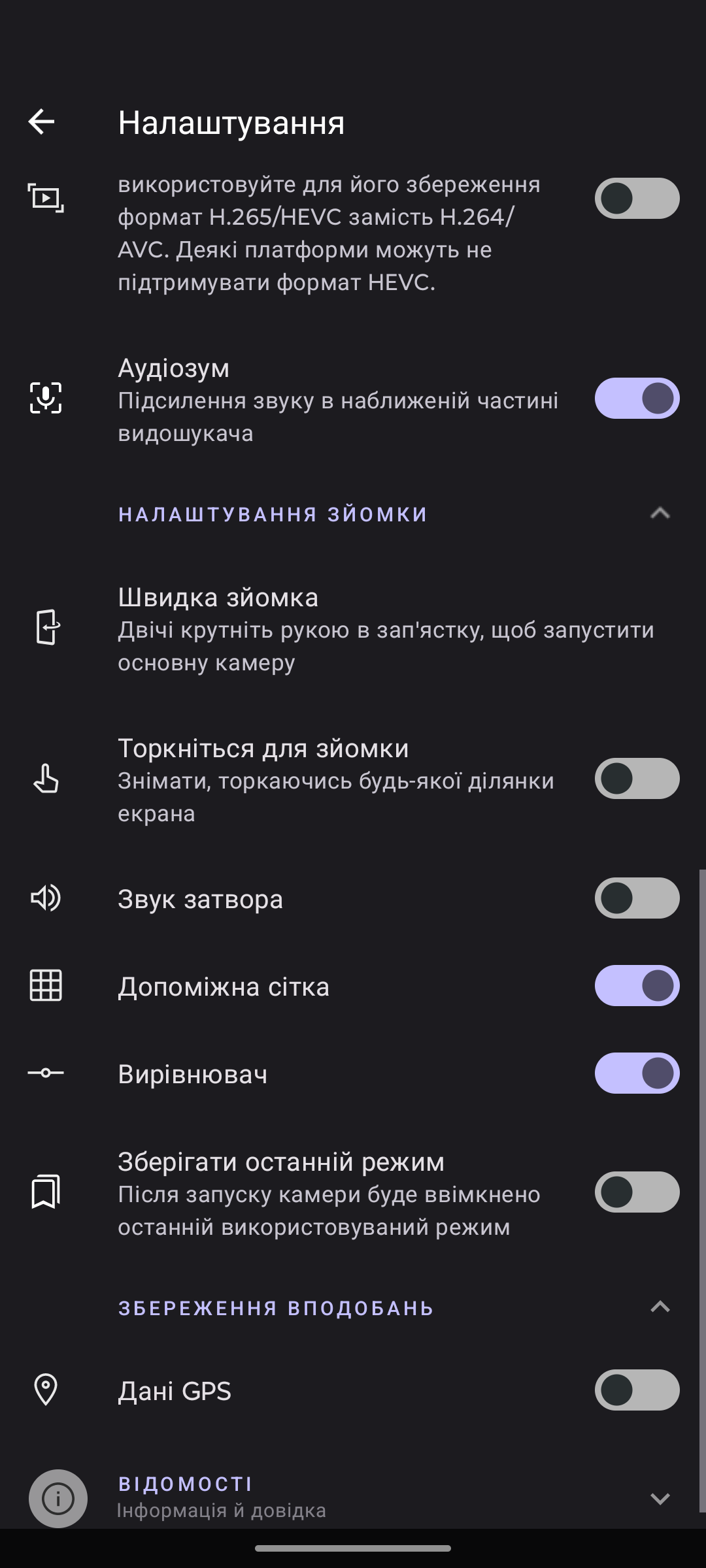
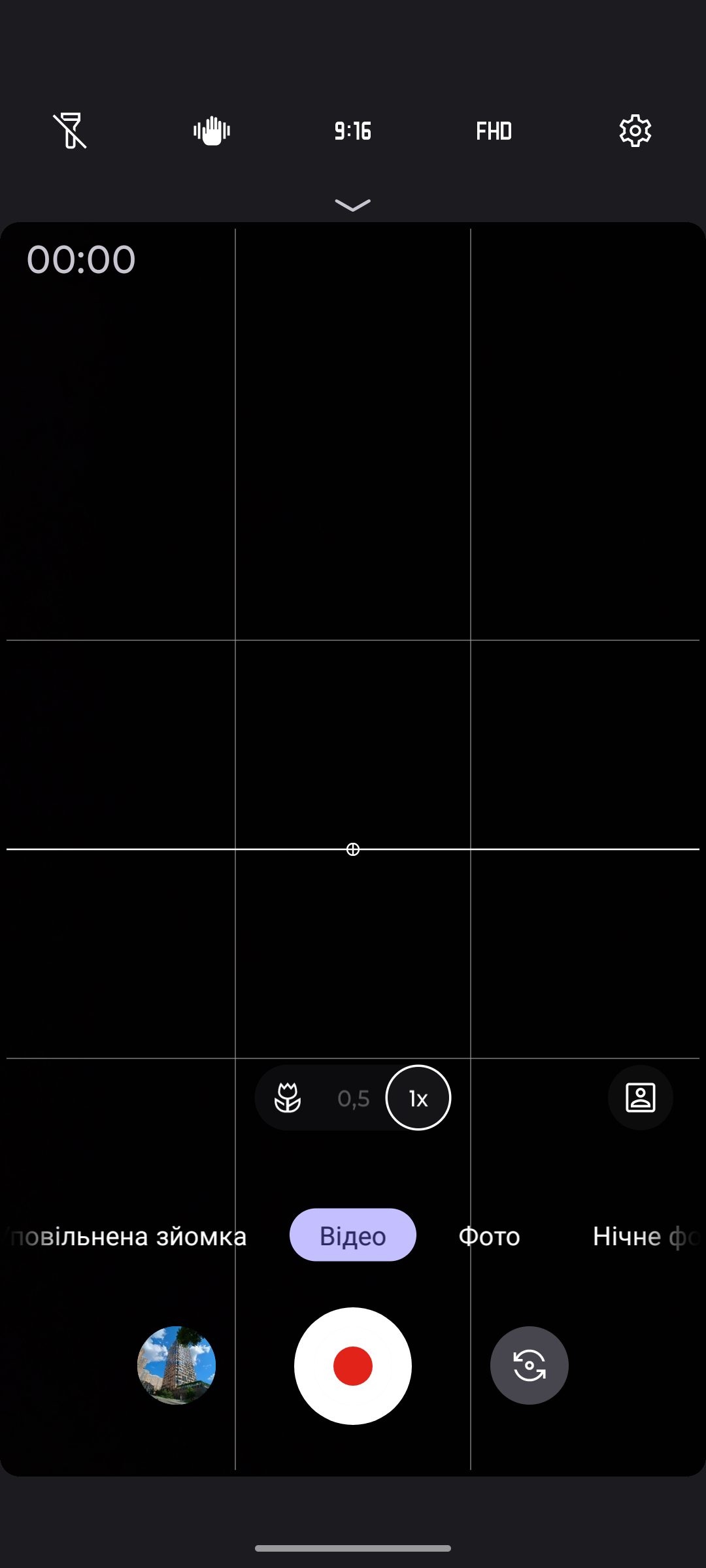

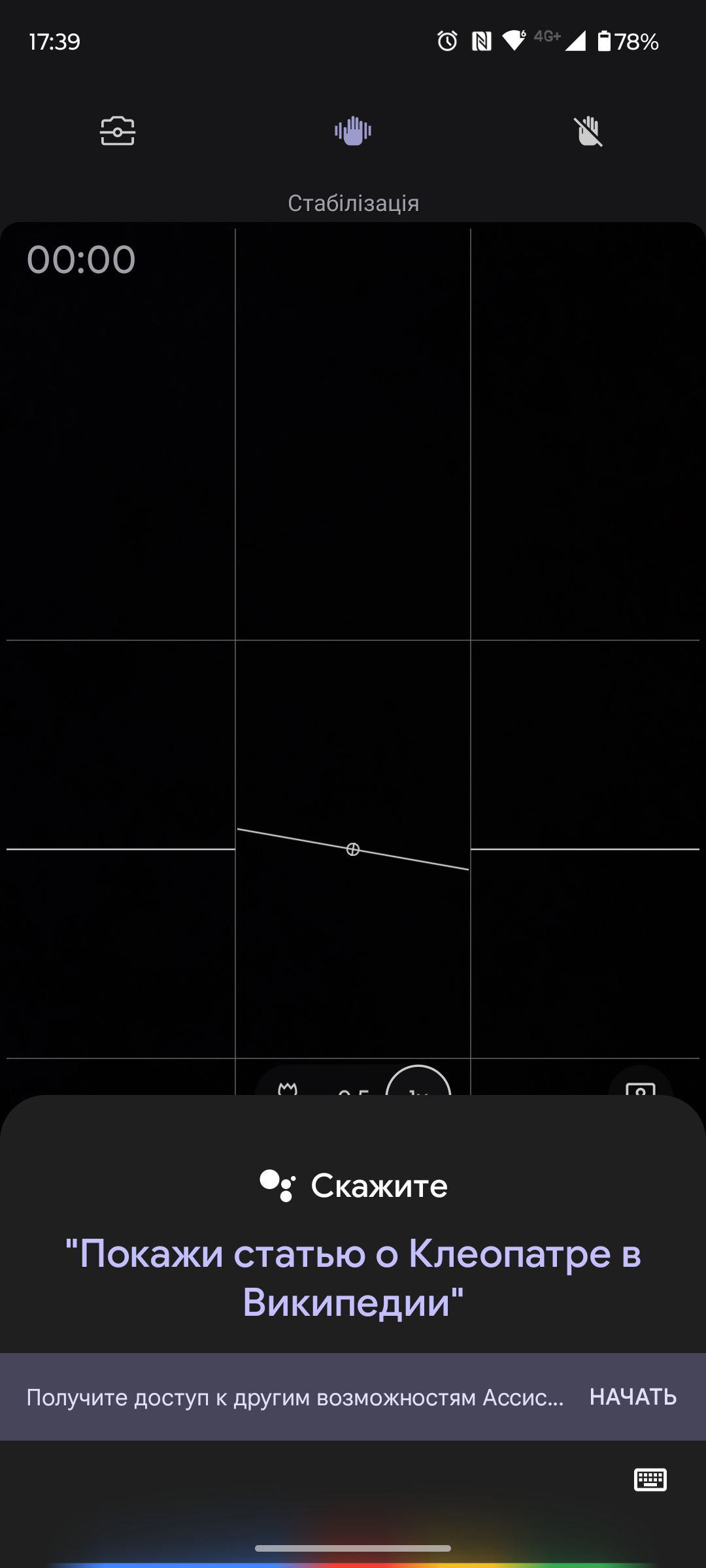
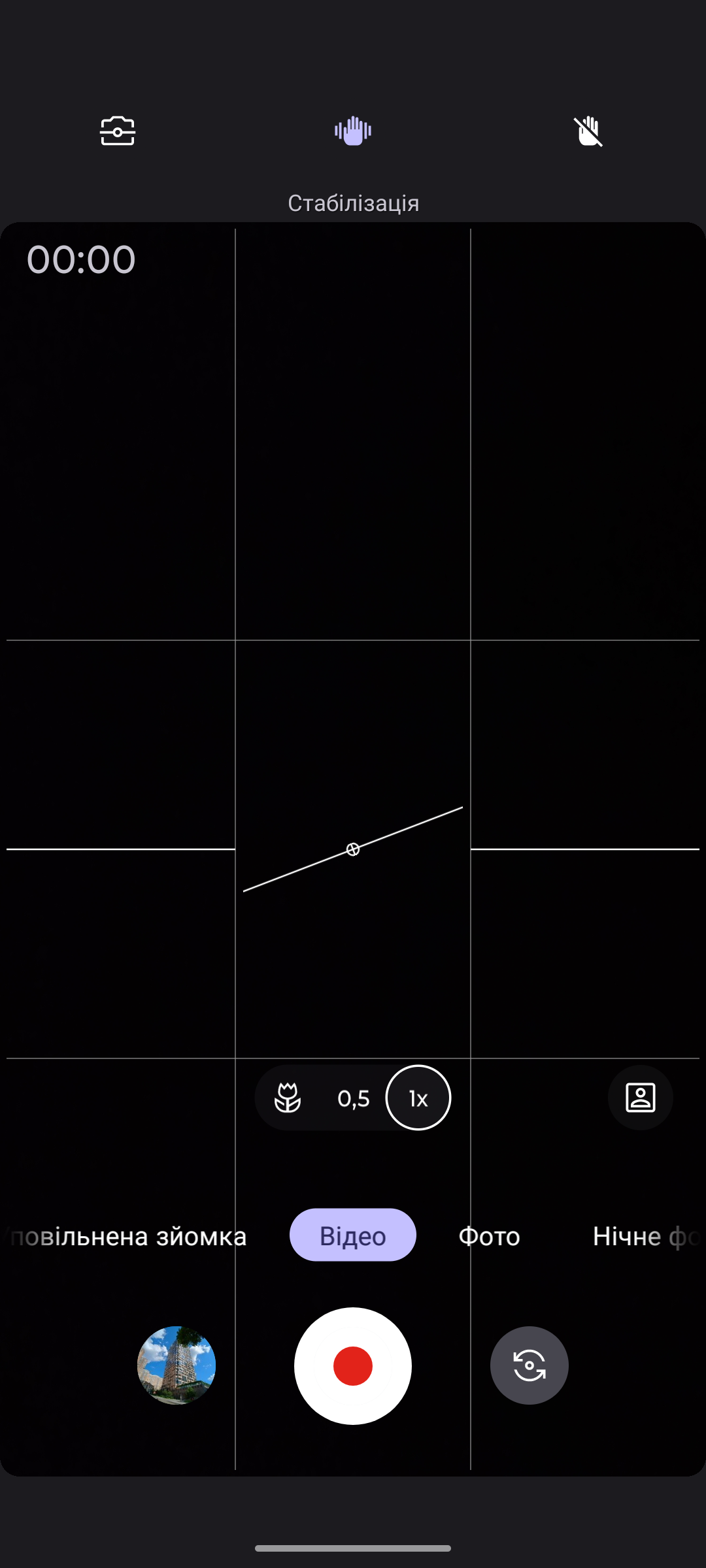
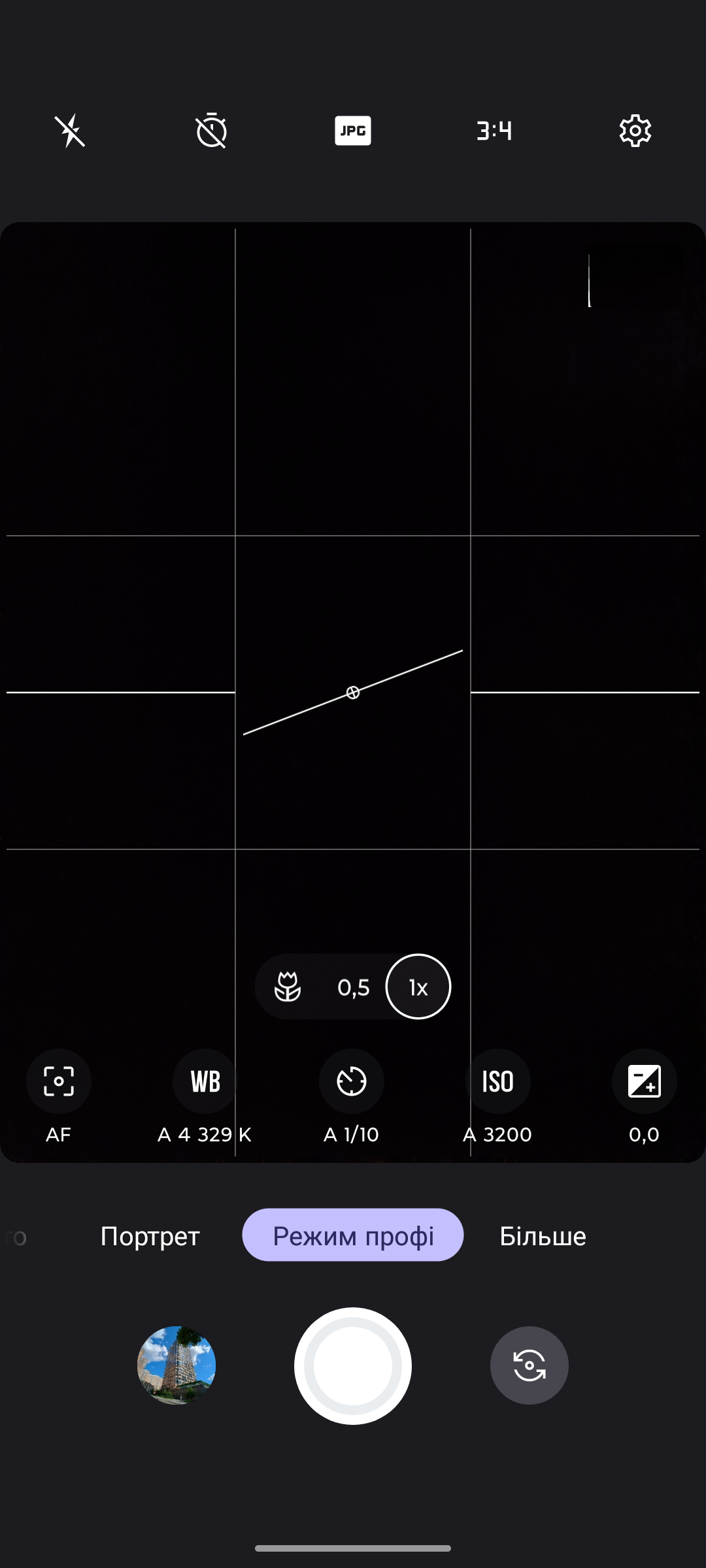

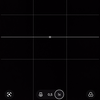
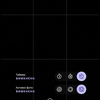
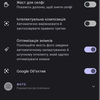

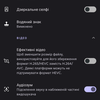
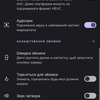

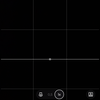

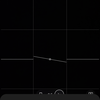


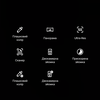
The main camera takes good pictures in most situations. In sufficient light, there are no complaints: high detail, wide dynamic range and natural colours. In night mode, the detail remains at a good level, but there are traces of processing algorithms in the form of yellowish tints.
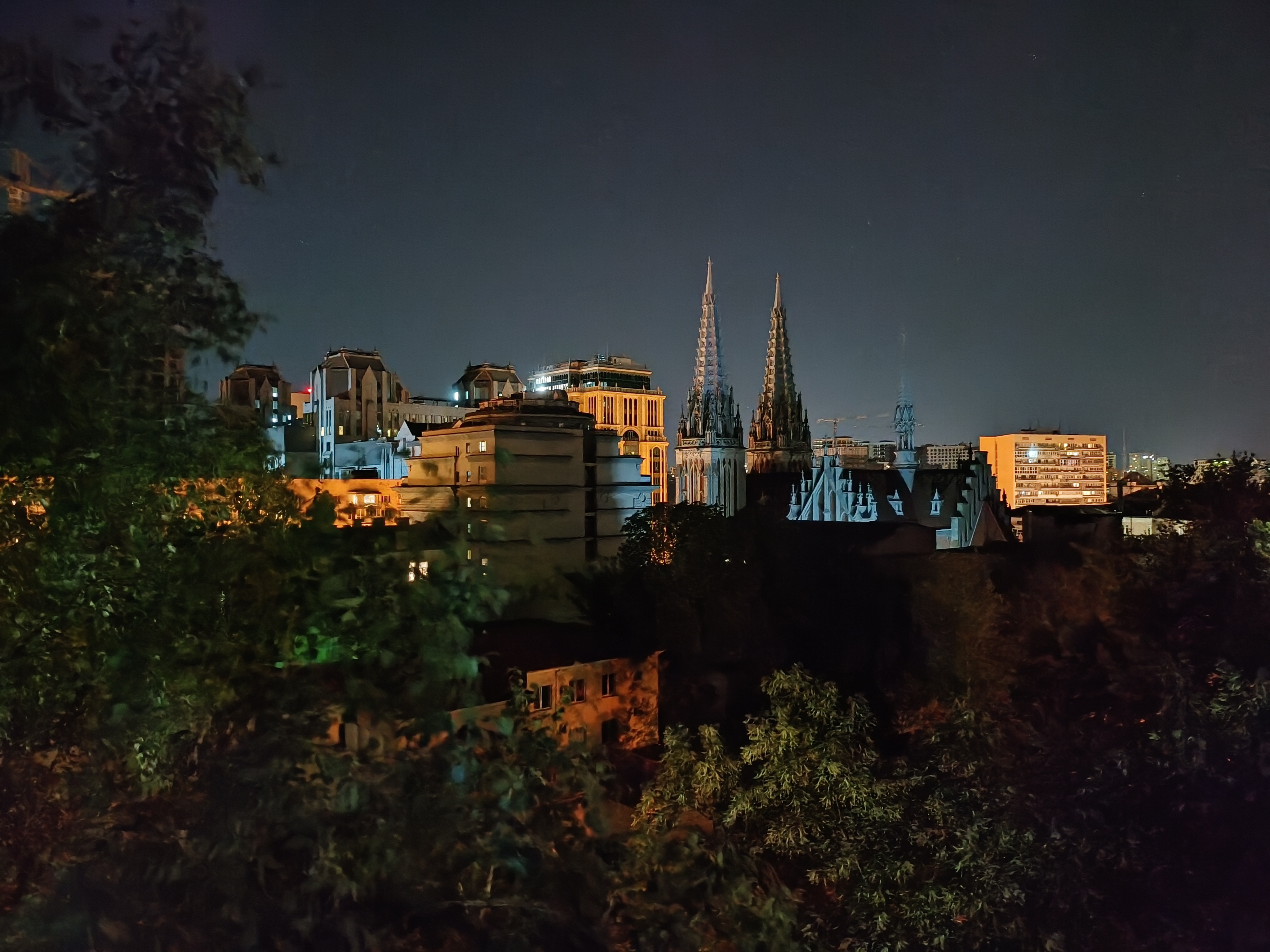
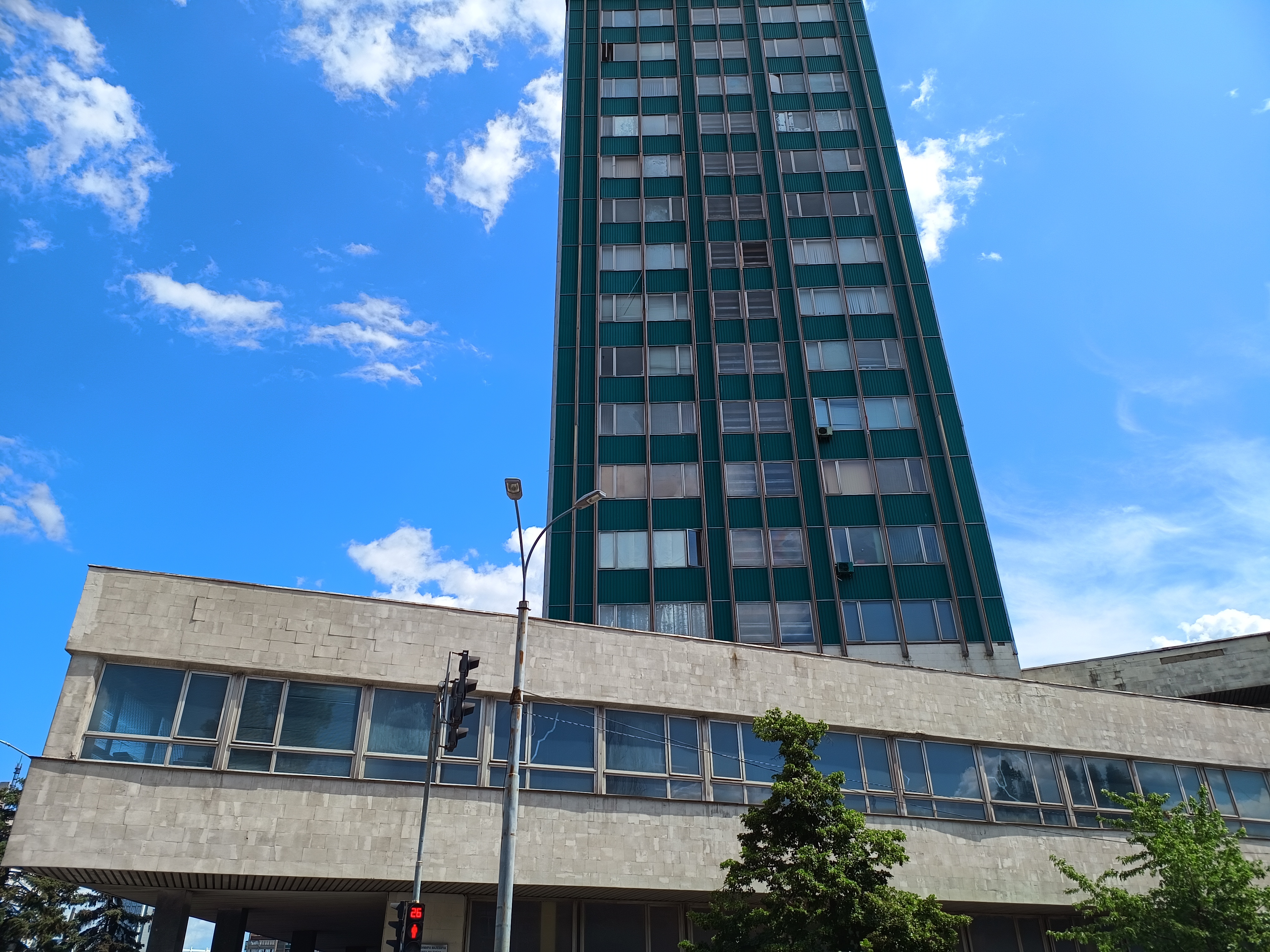
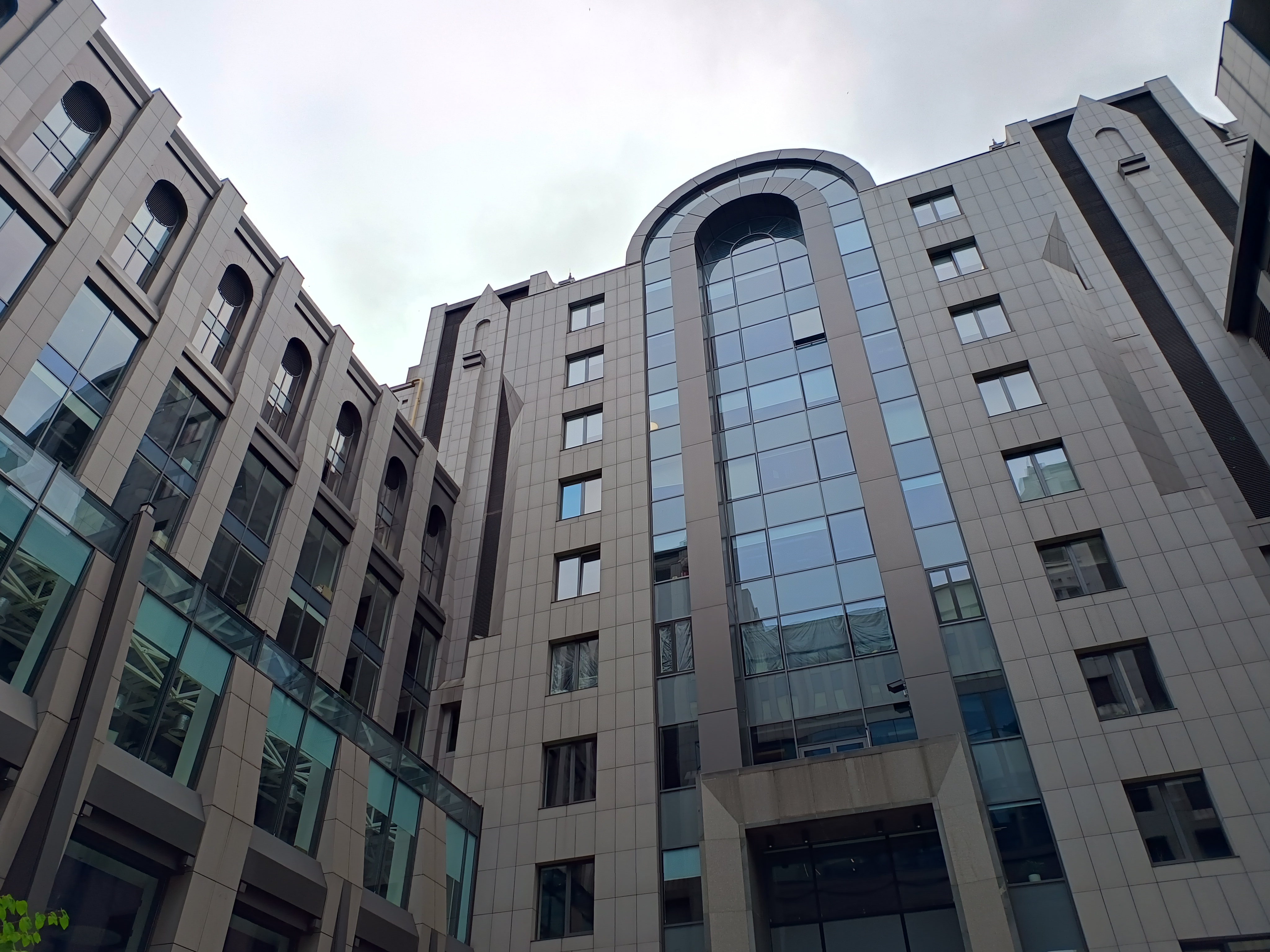


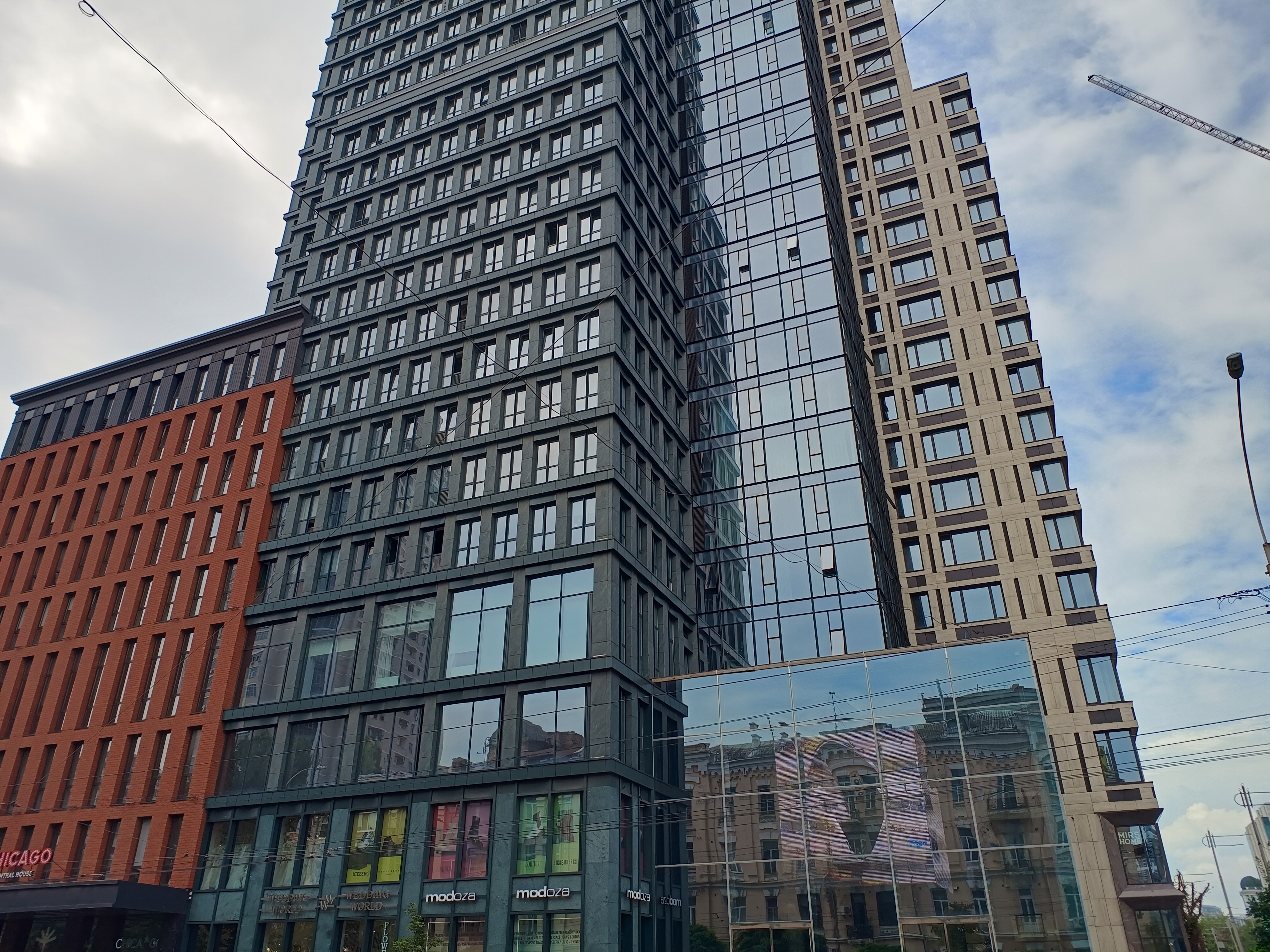

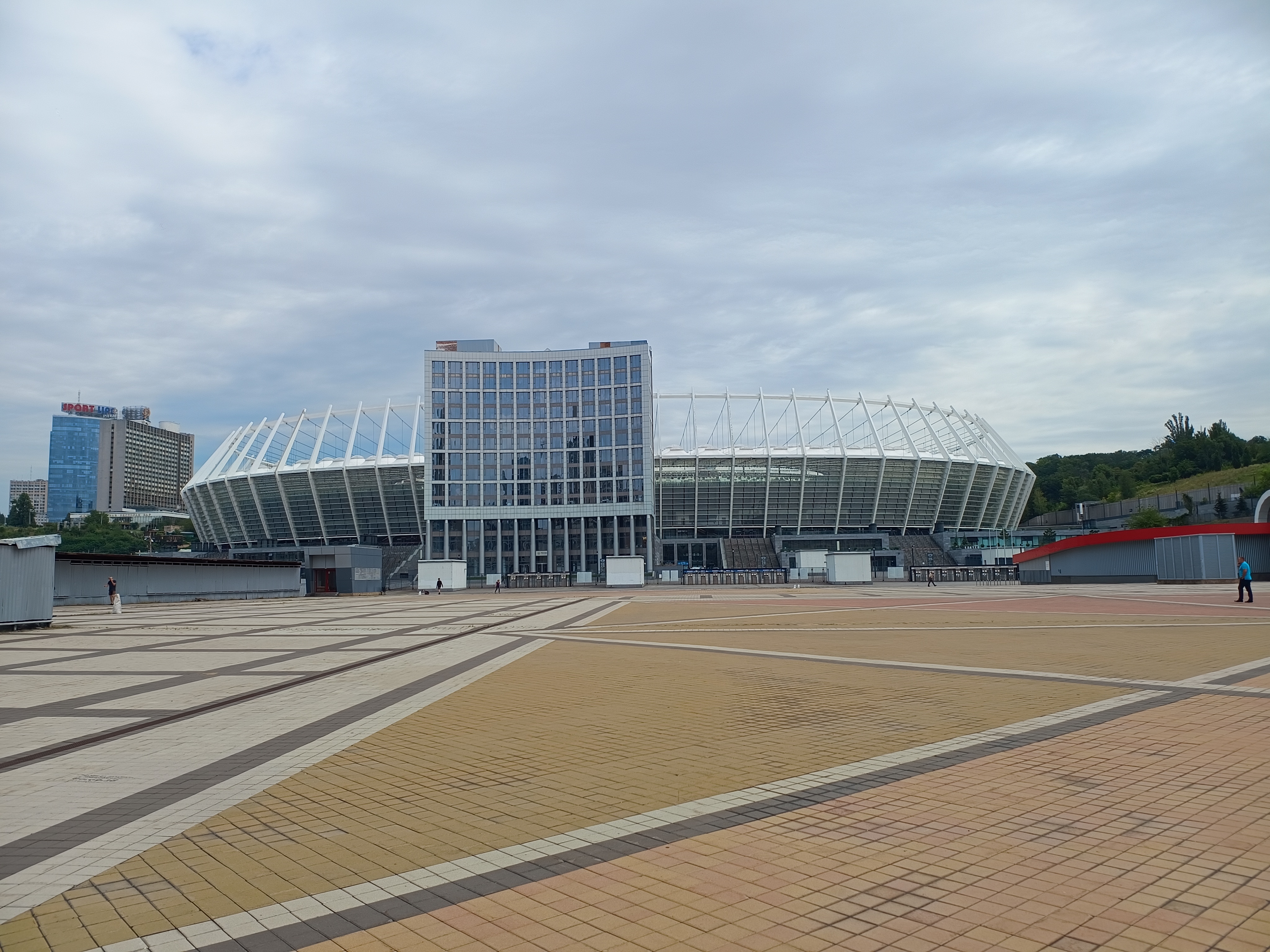




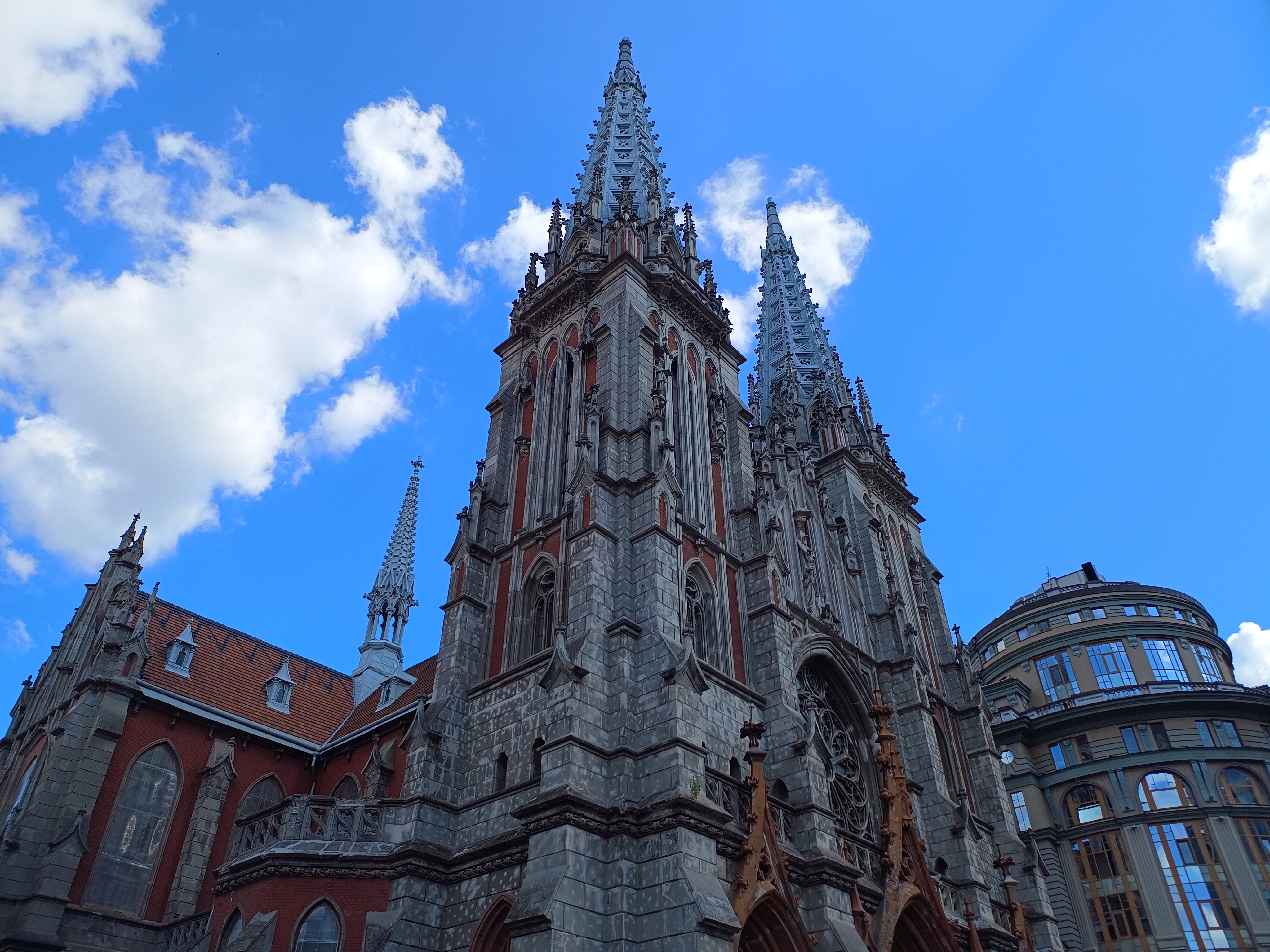
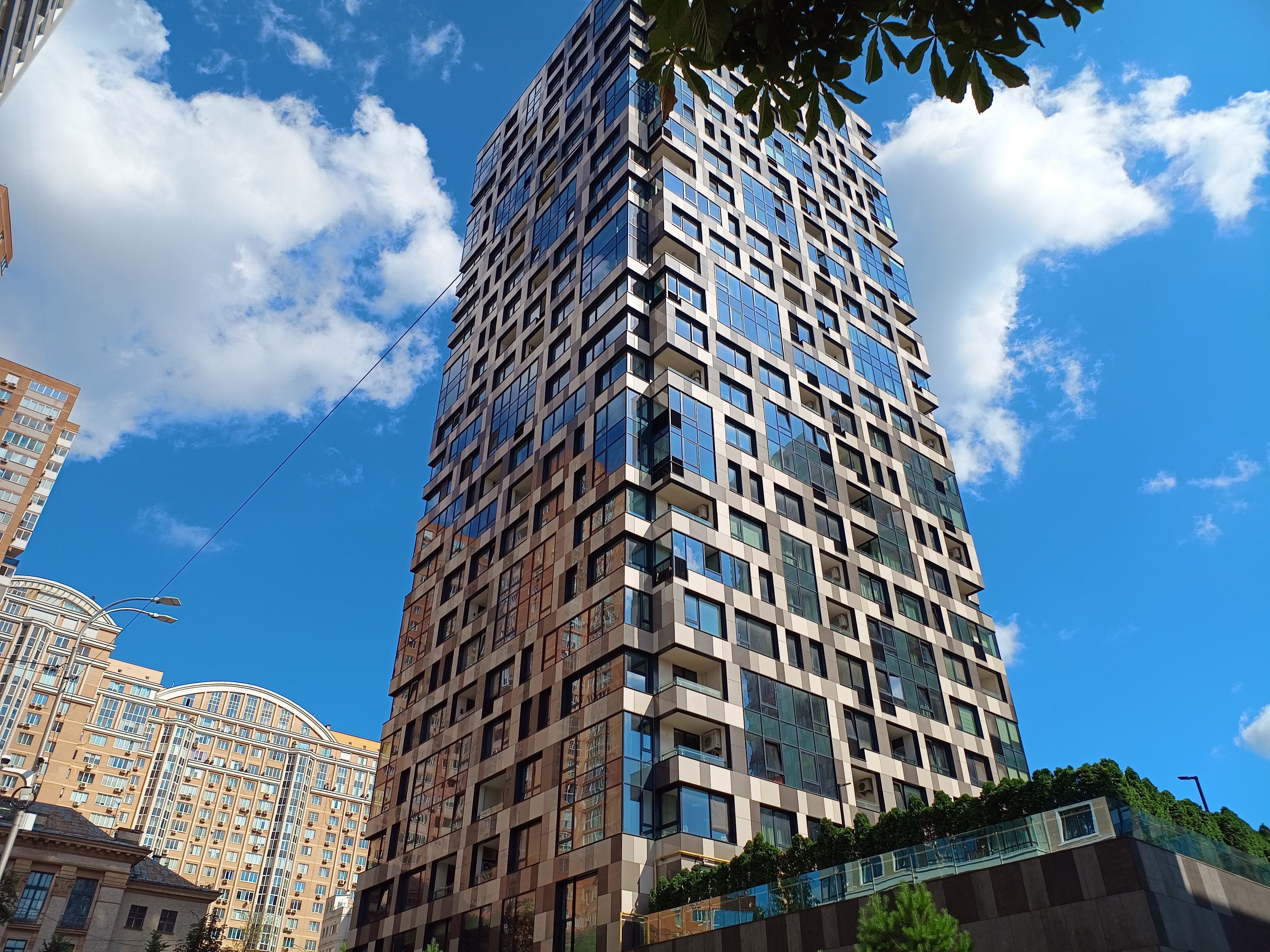

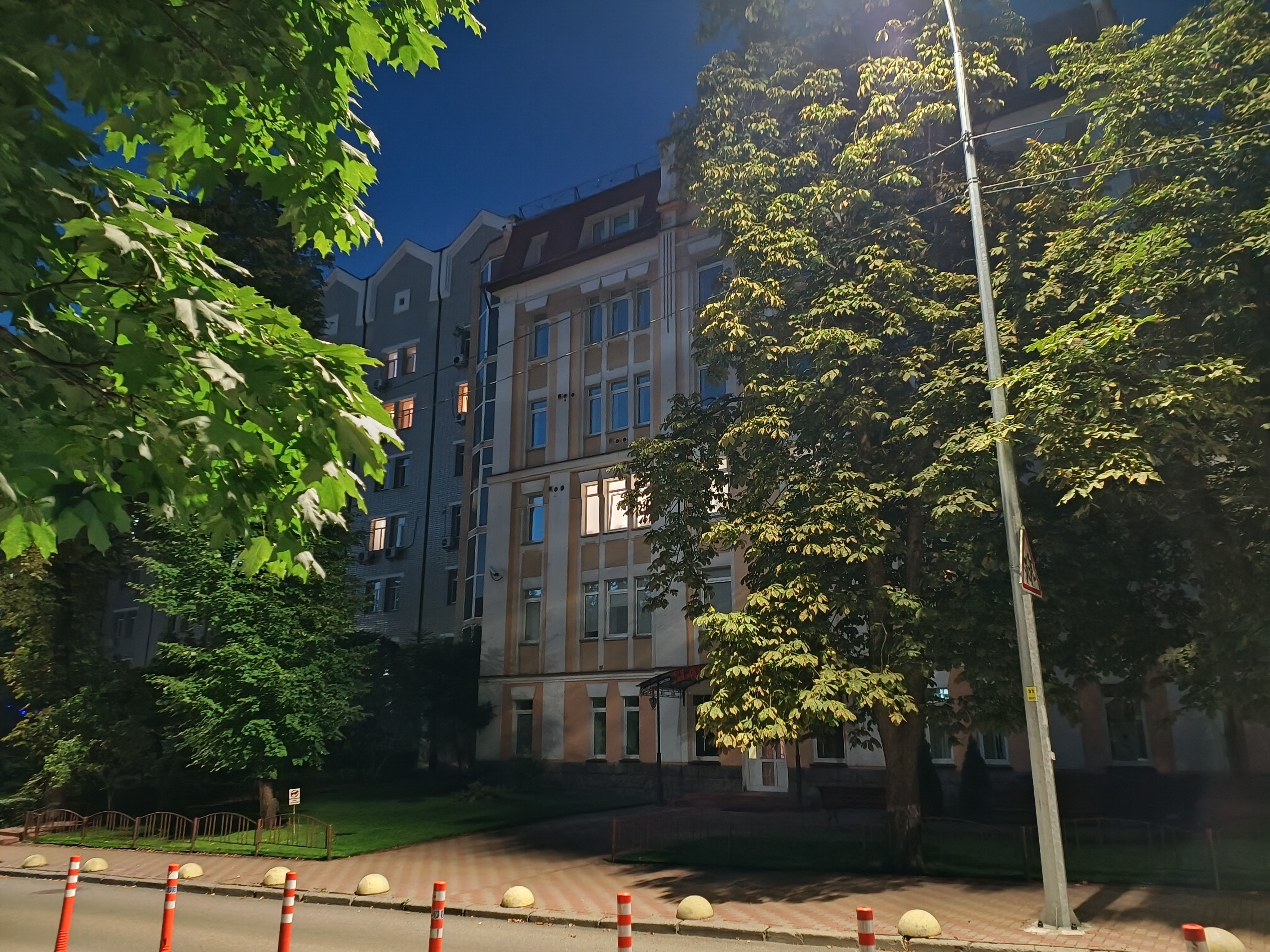


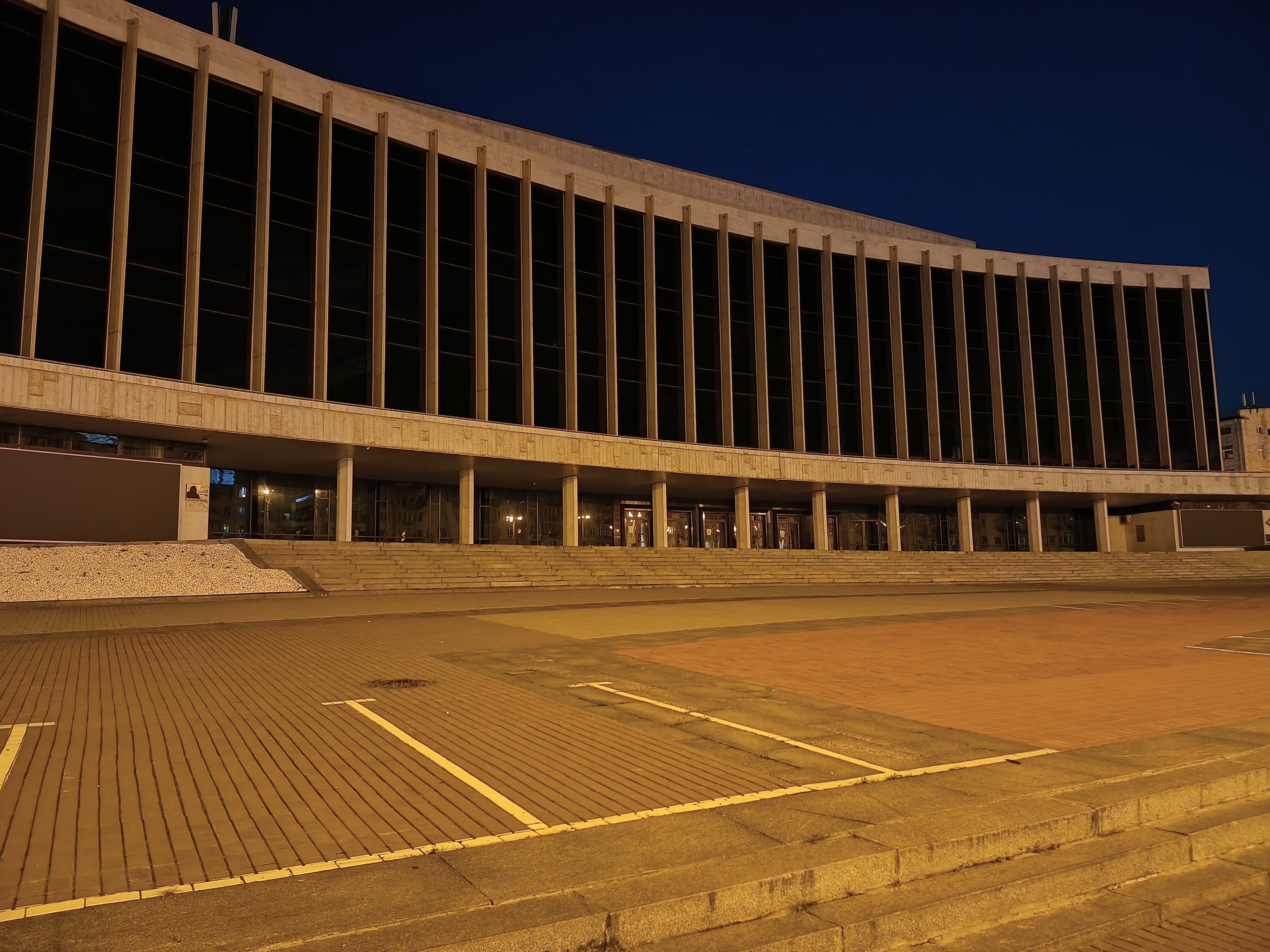

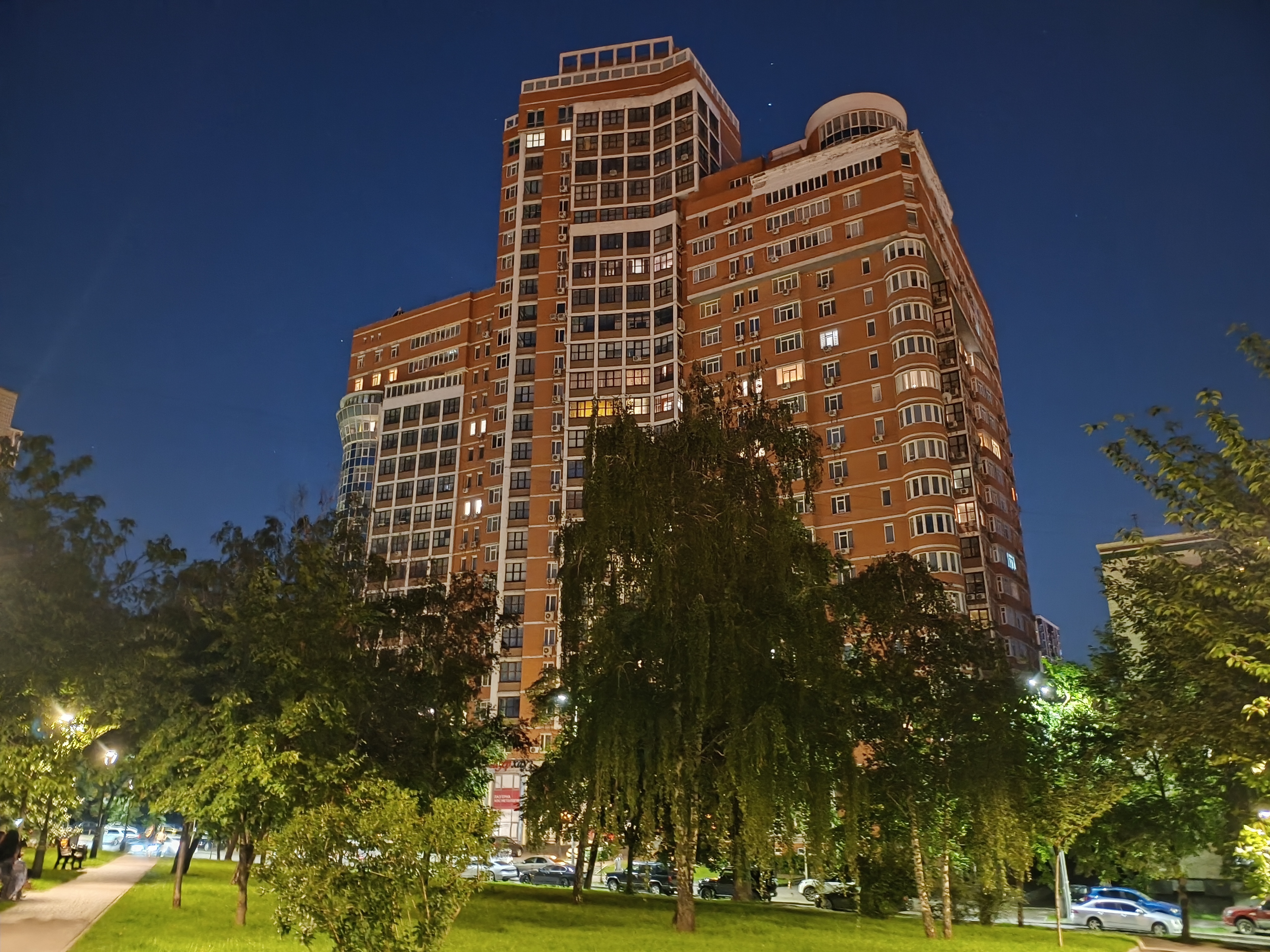


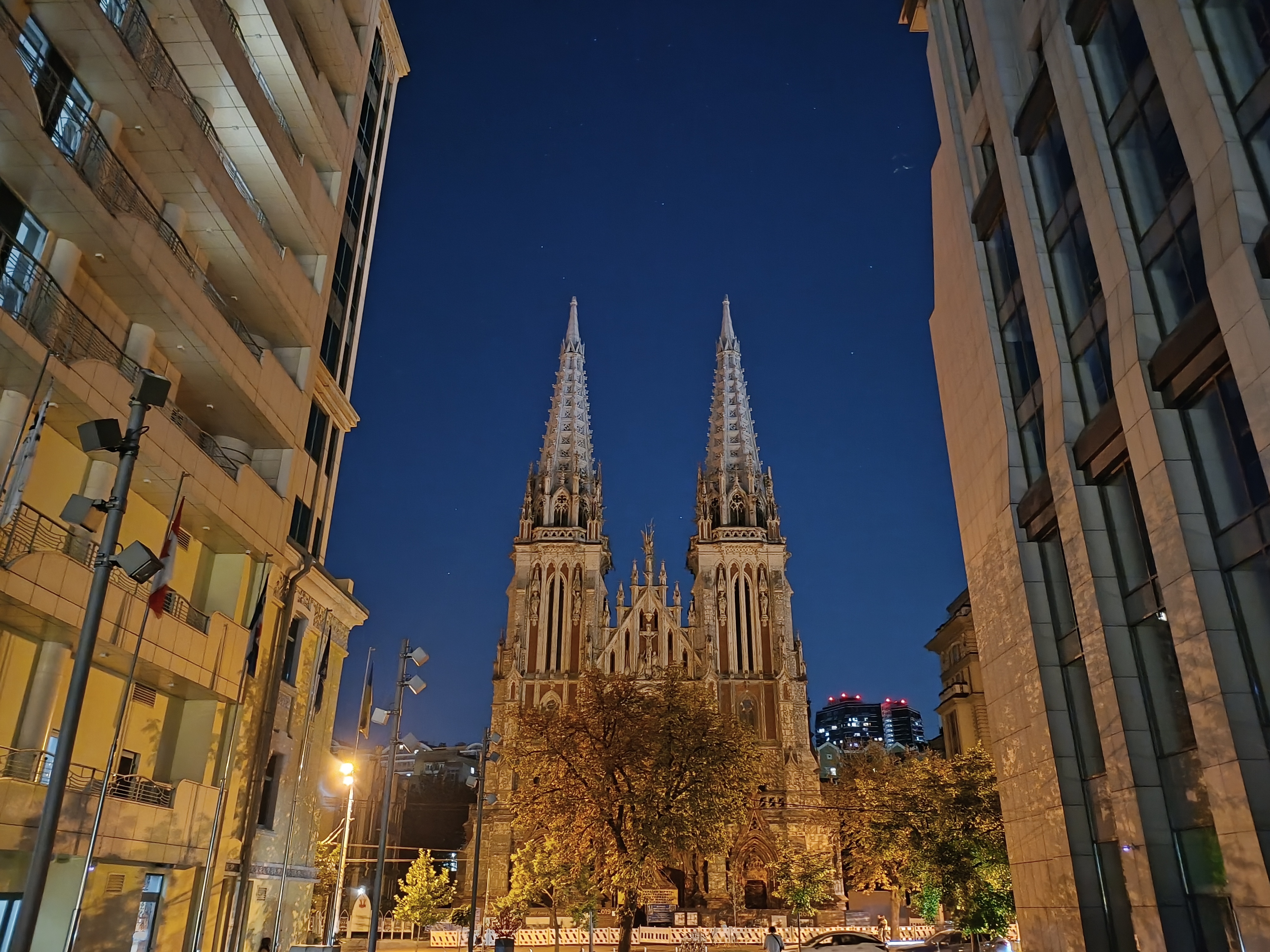








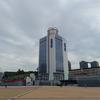
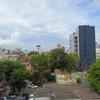




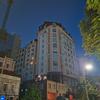


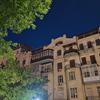


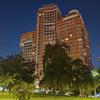
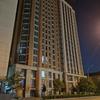


The ultra-wide-angle camera has autofocus, which most competitors cannot boast of. Photos during the day are good. At night, you can take relatively good pictures, but in general, the detail drops, and blurring appears, especially at the edges of the frame. Although in general, given the price, the results are very good:
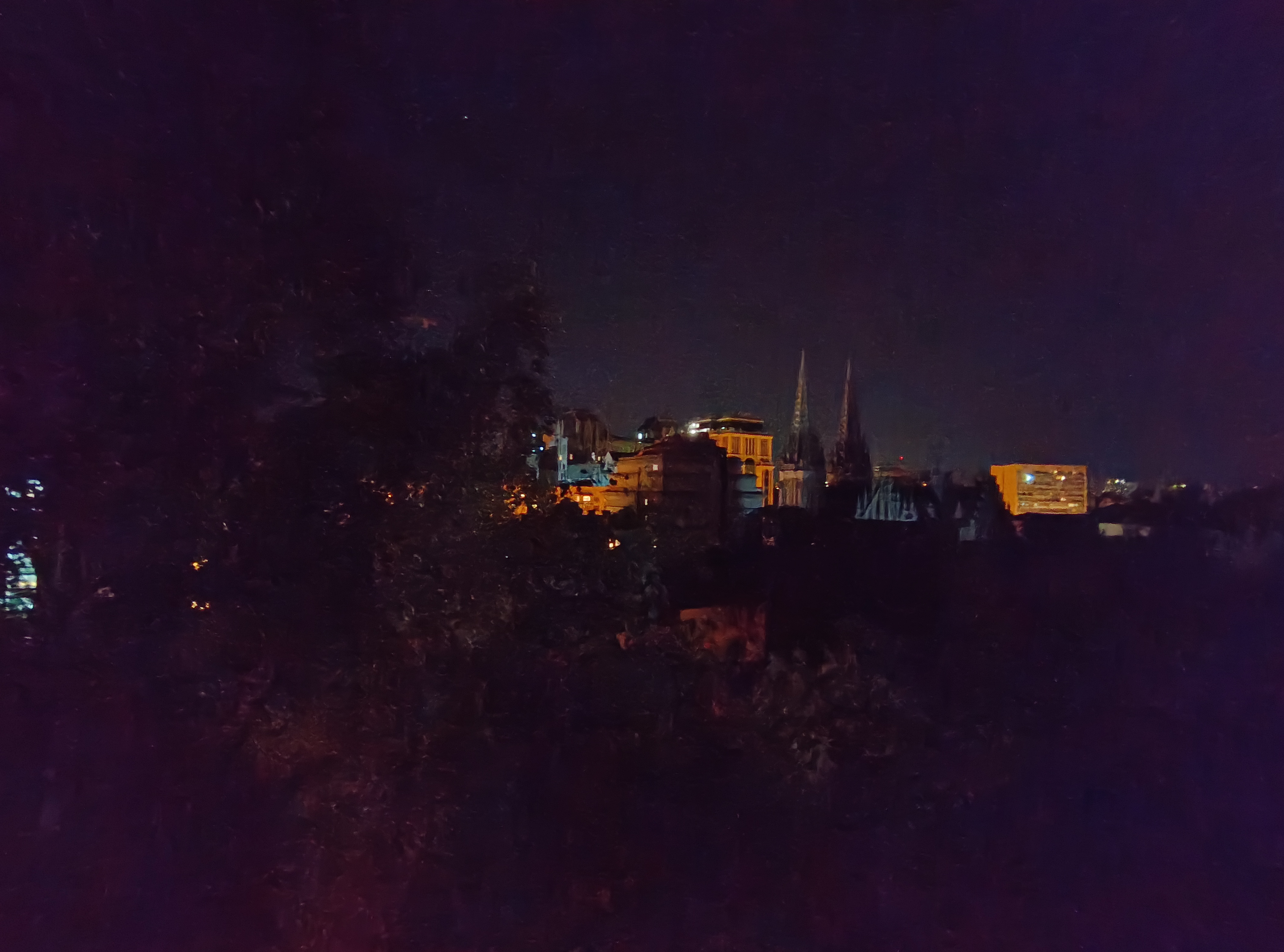
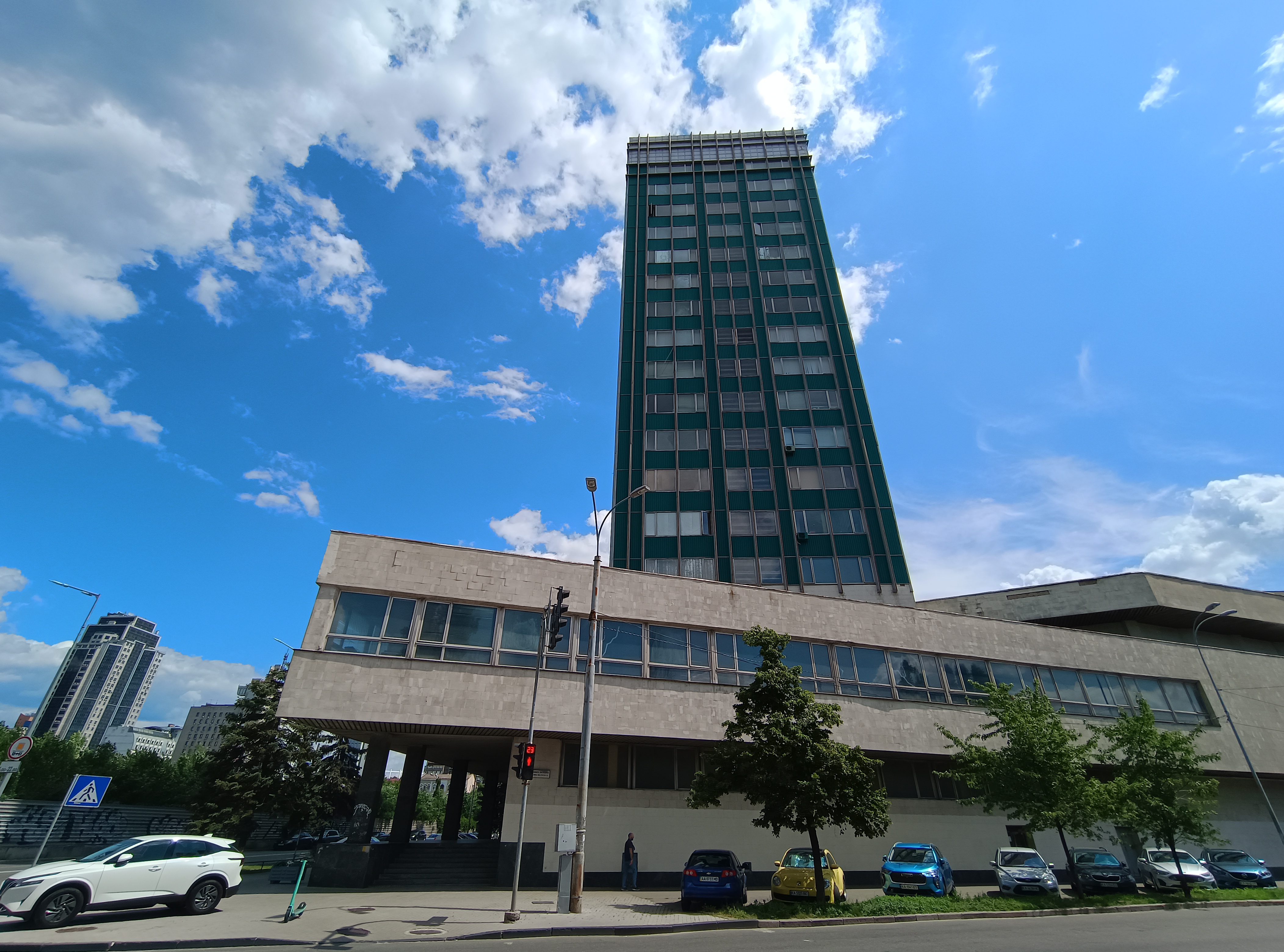
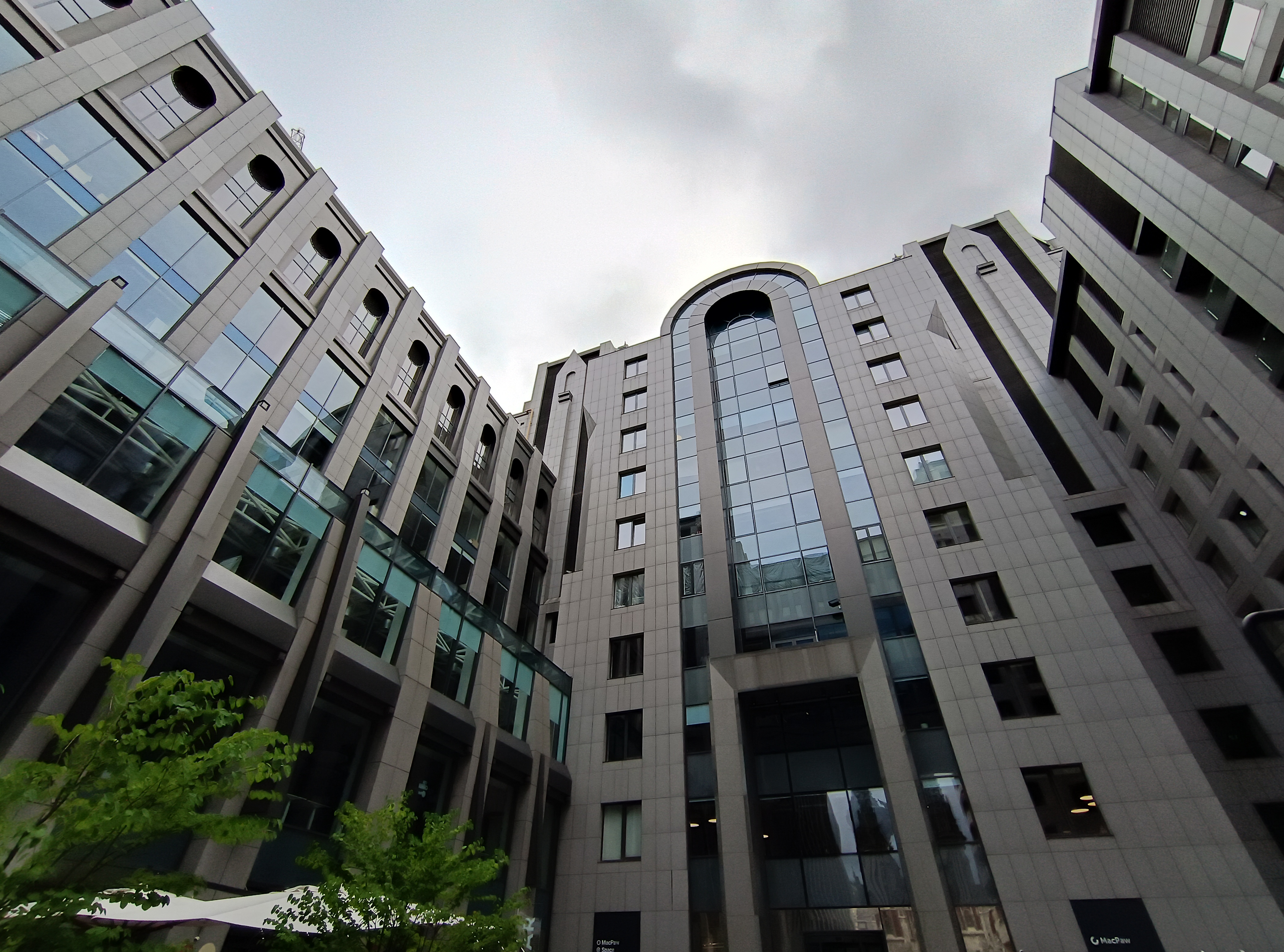
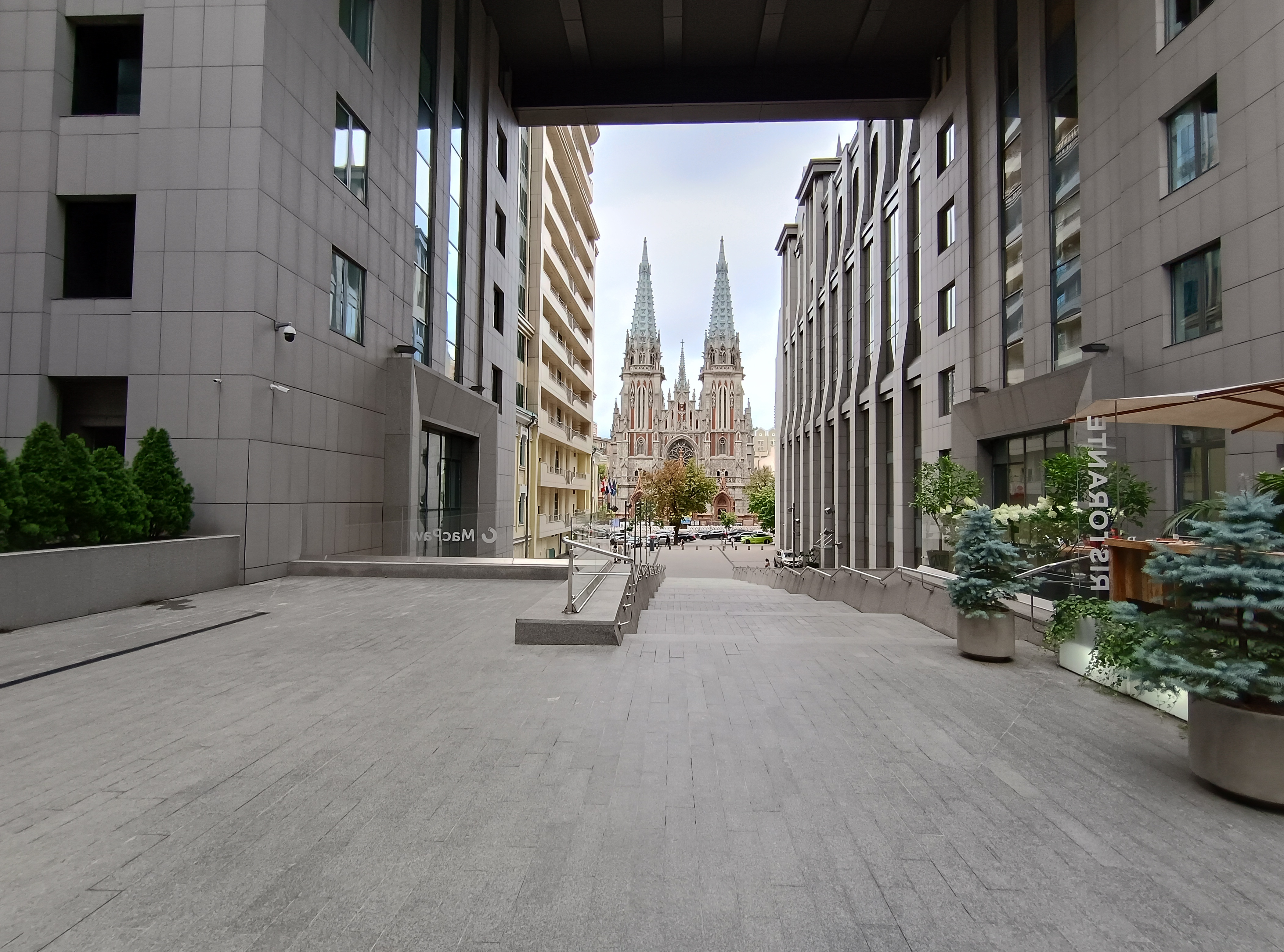

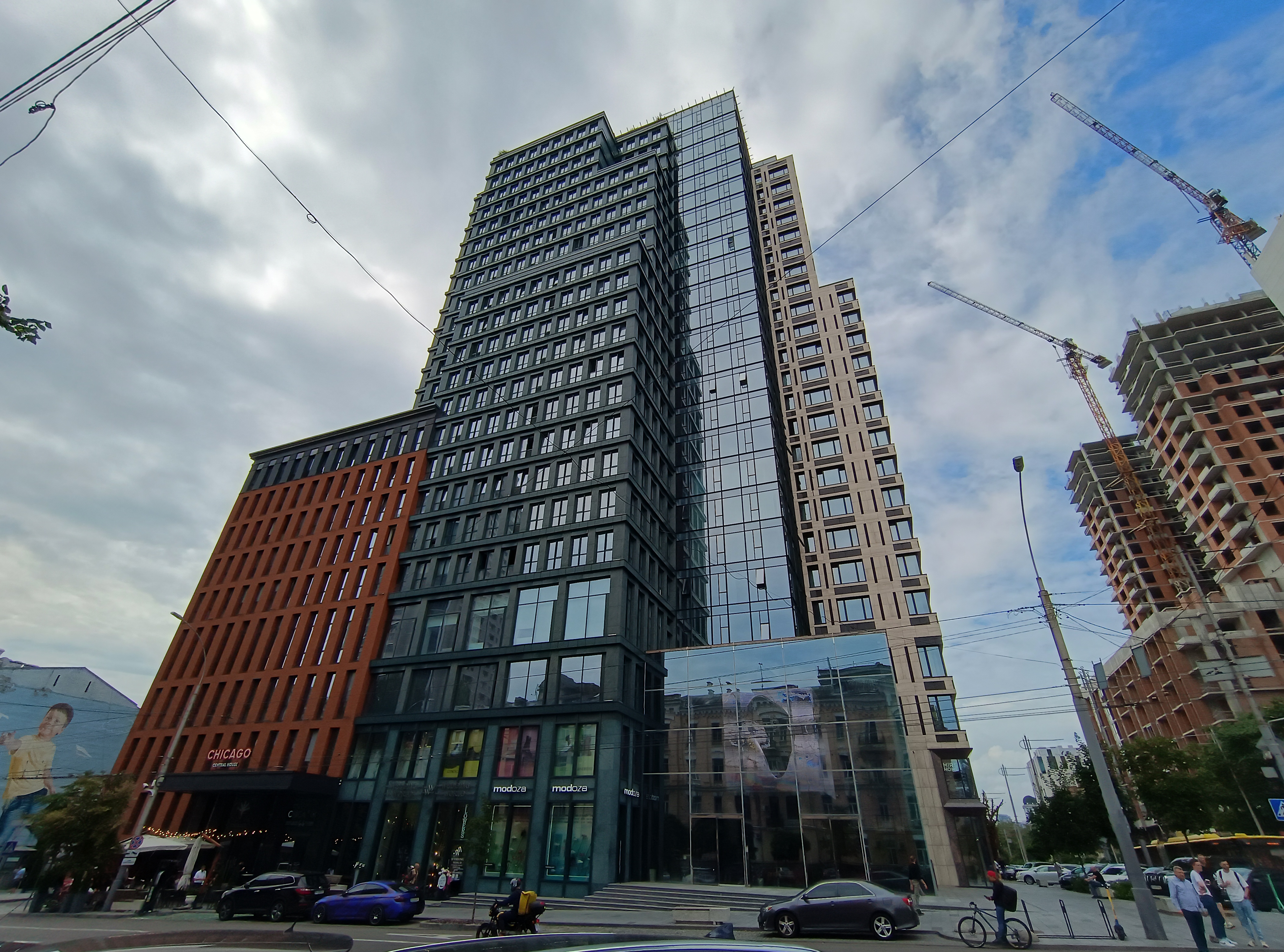
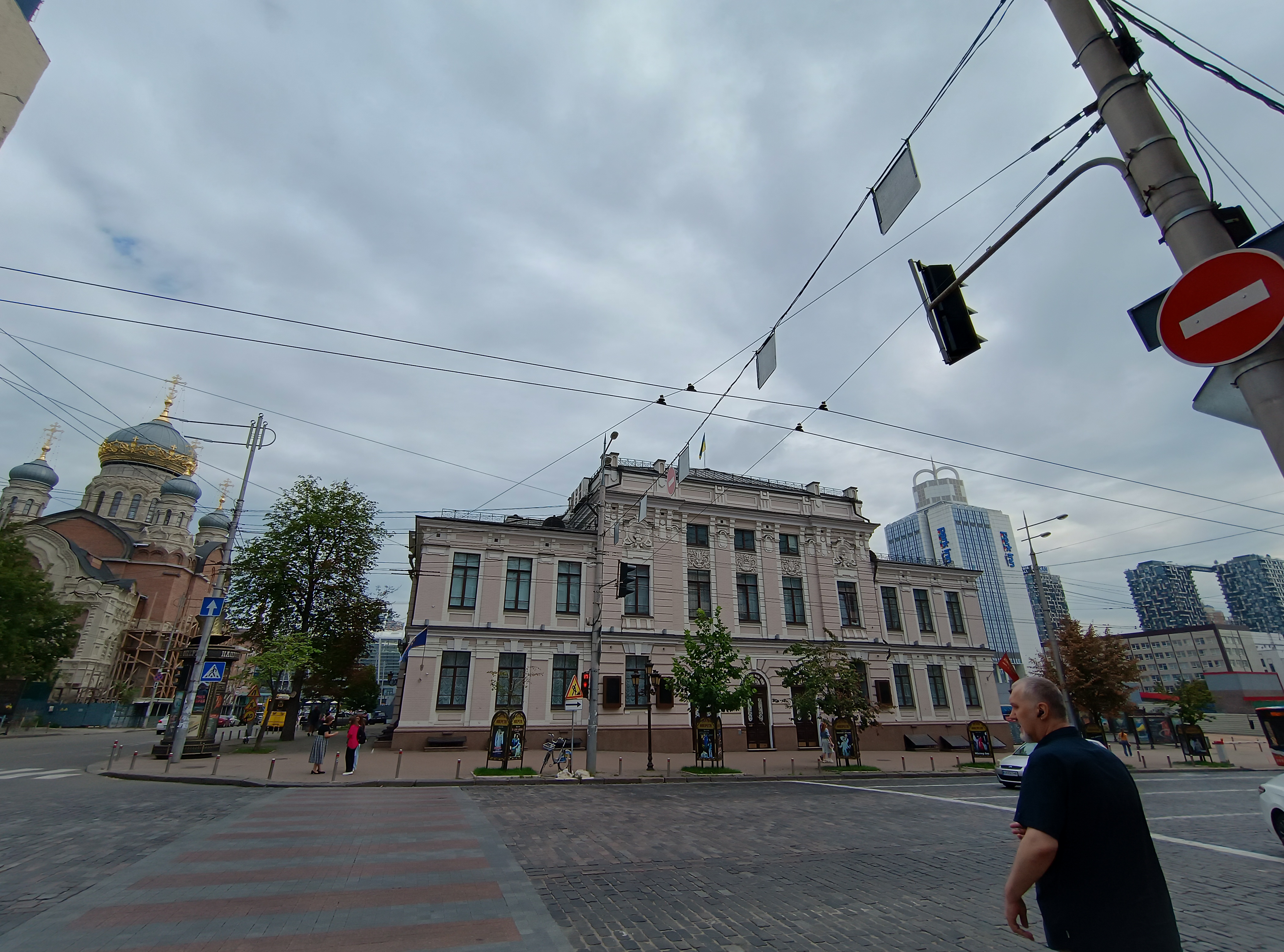


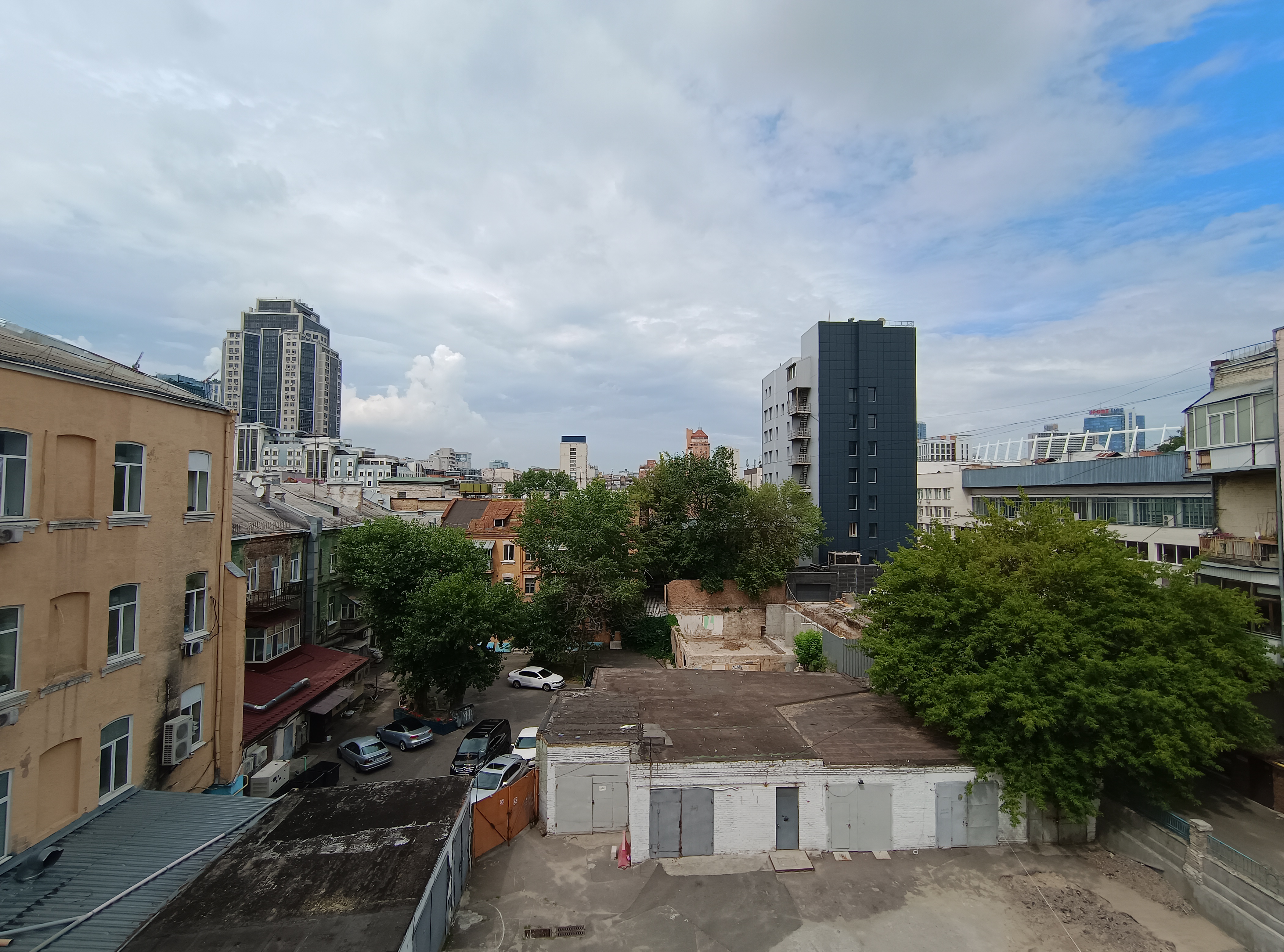

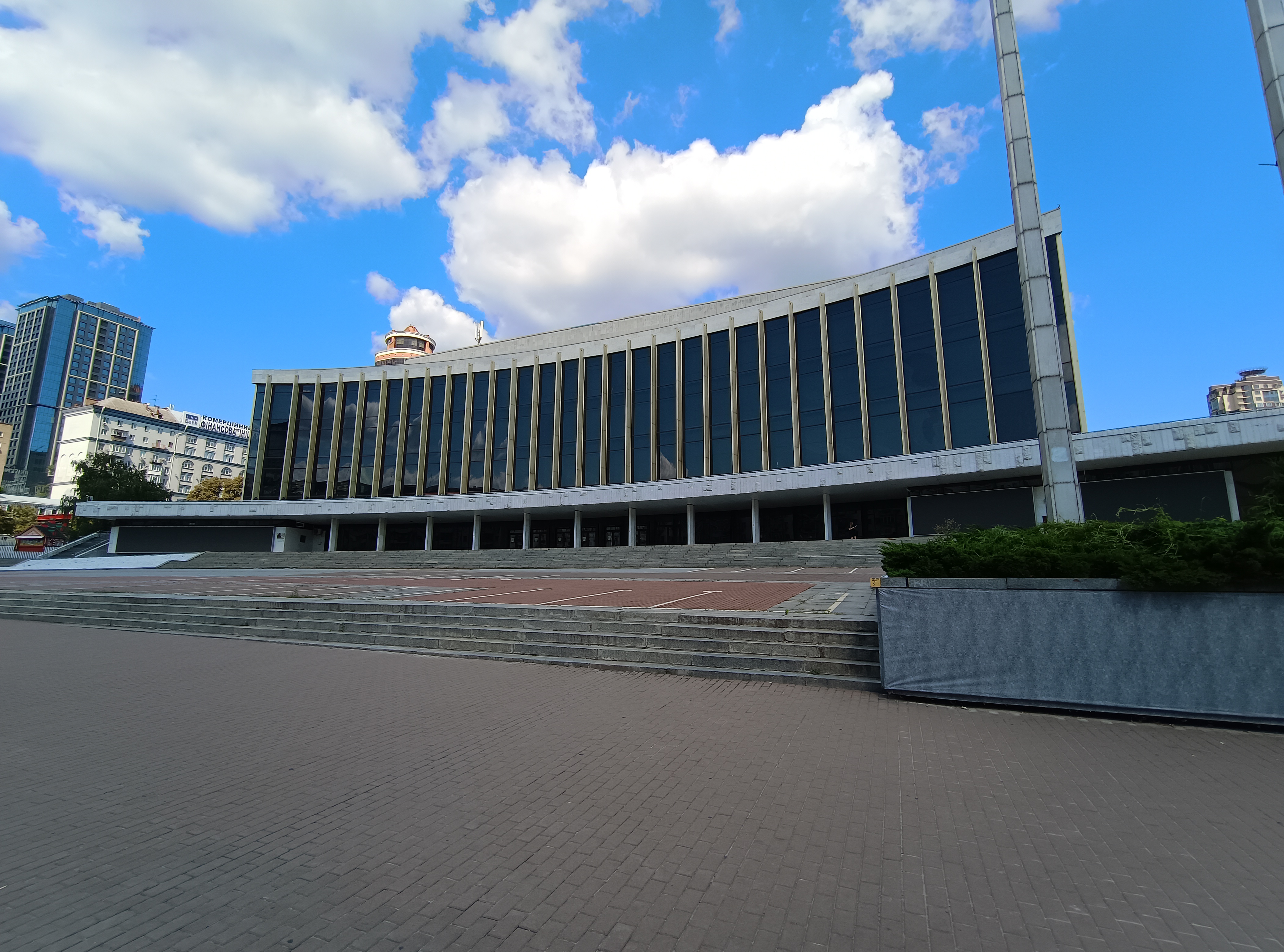


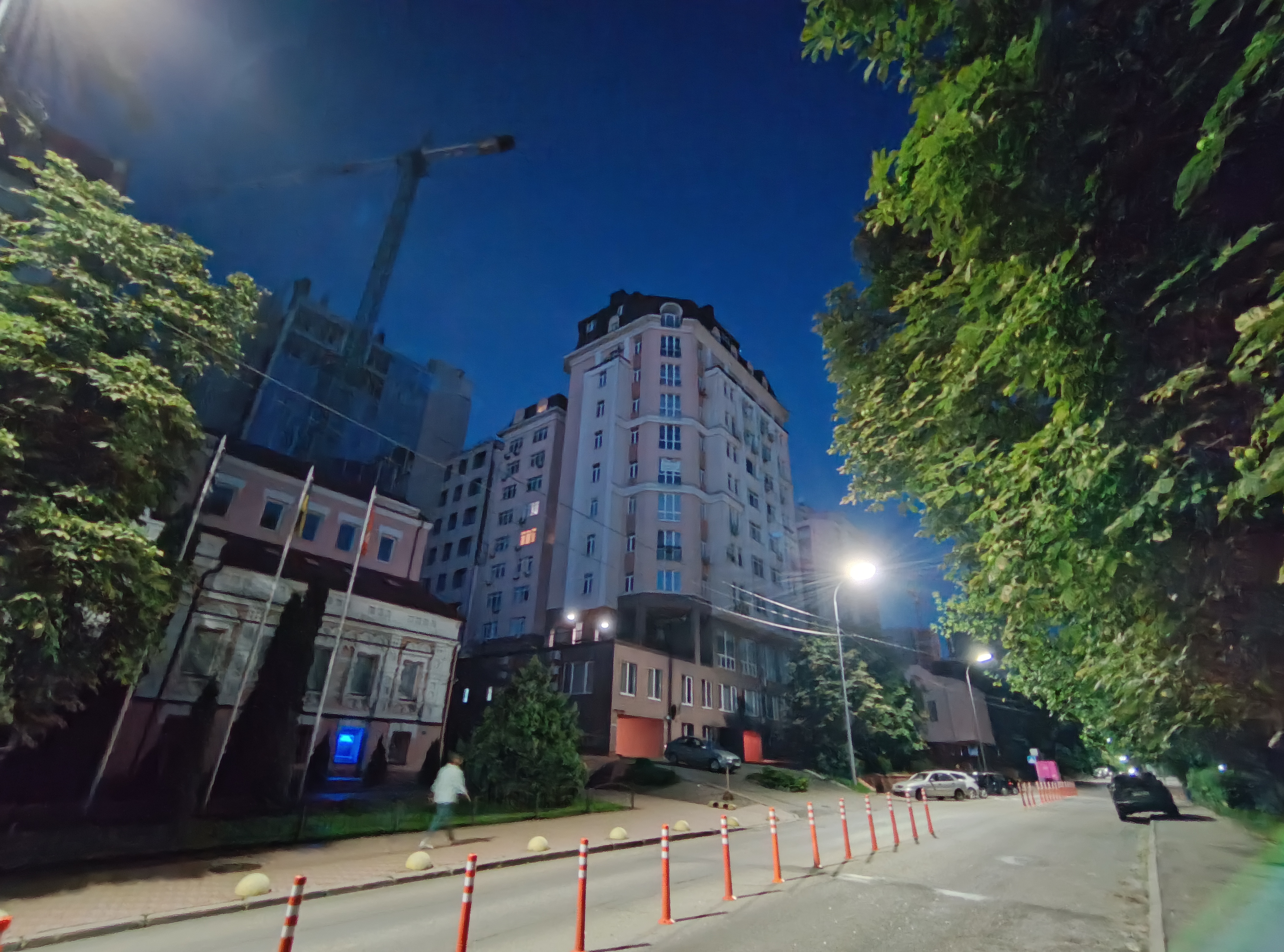
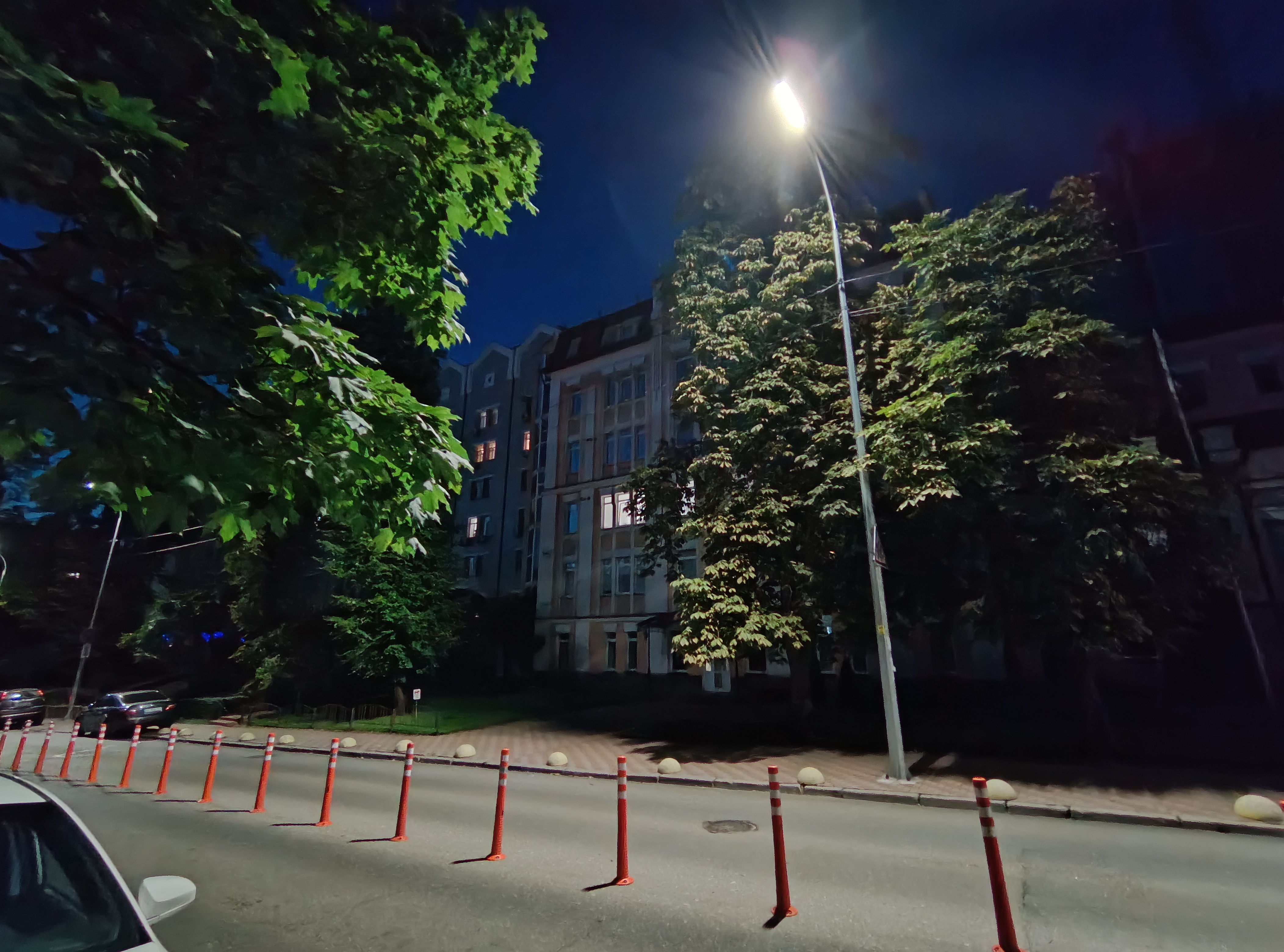
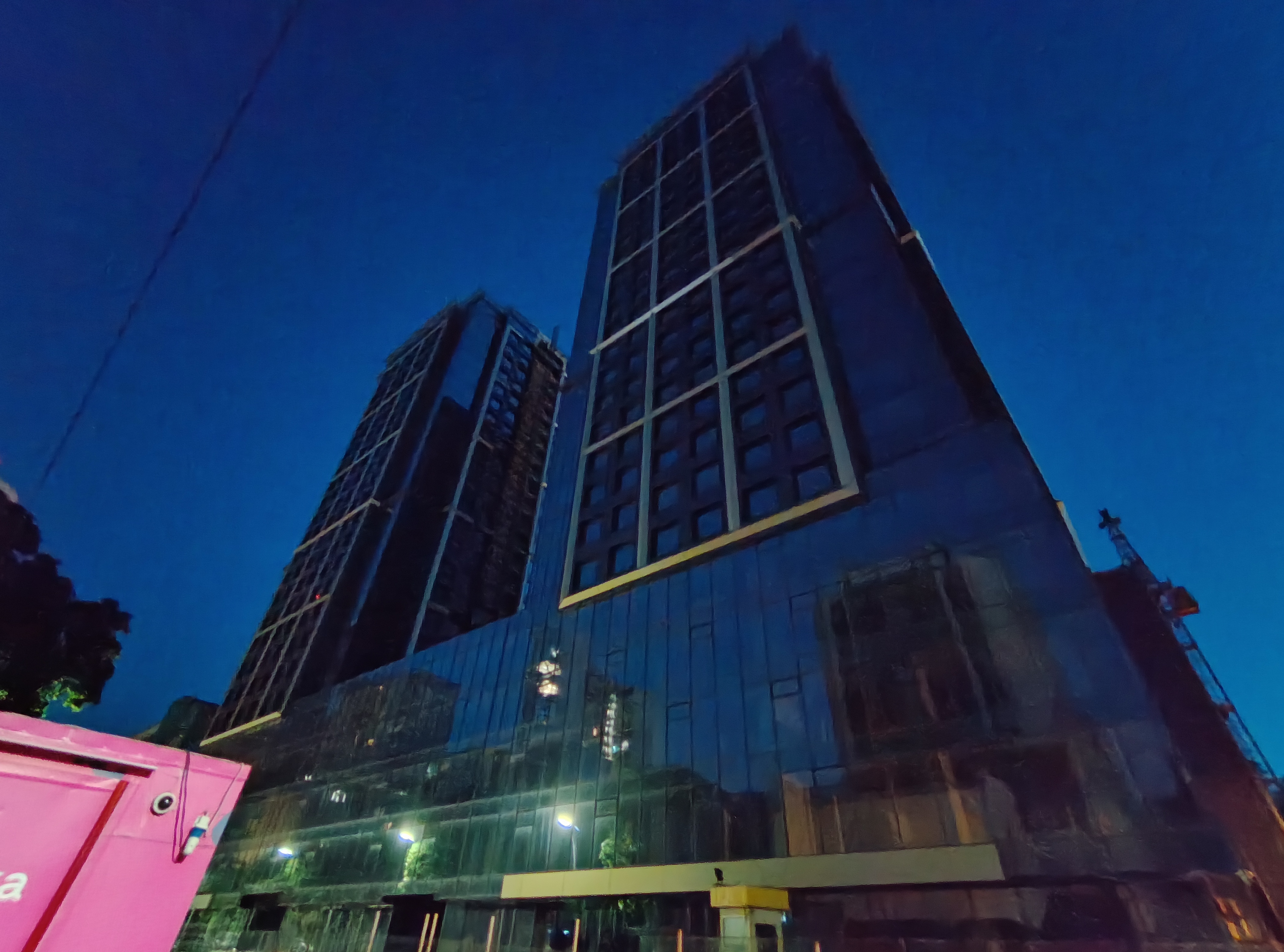
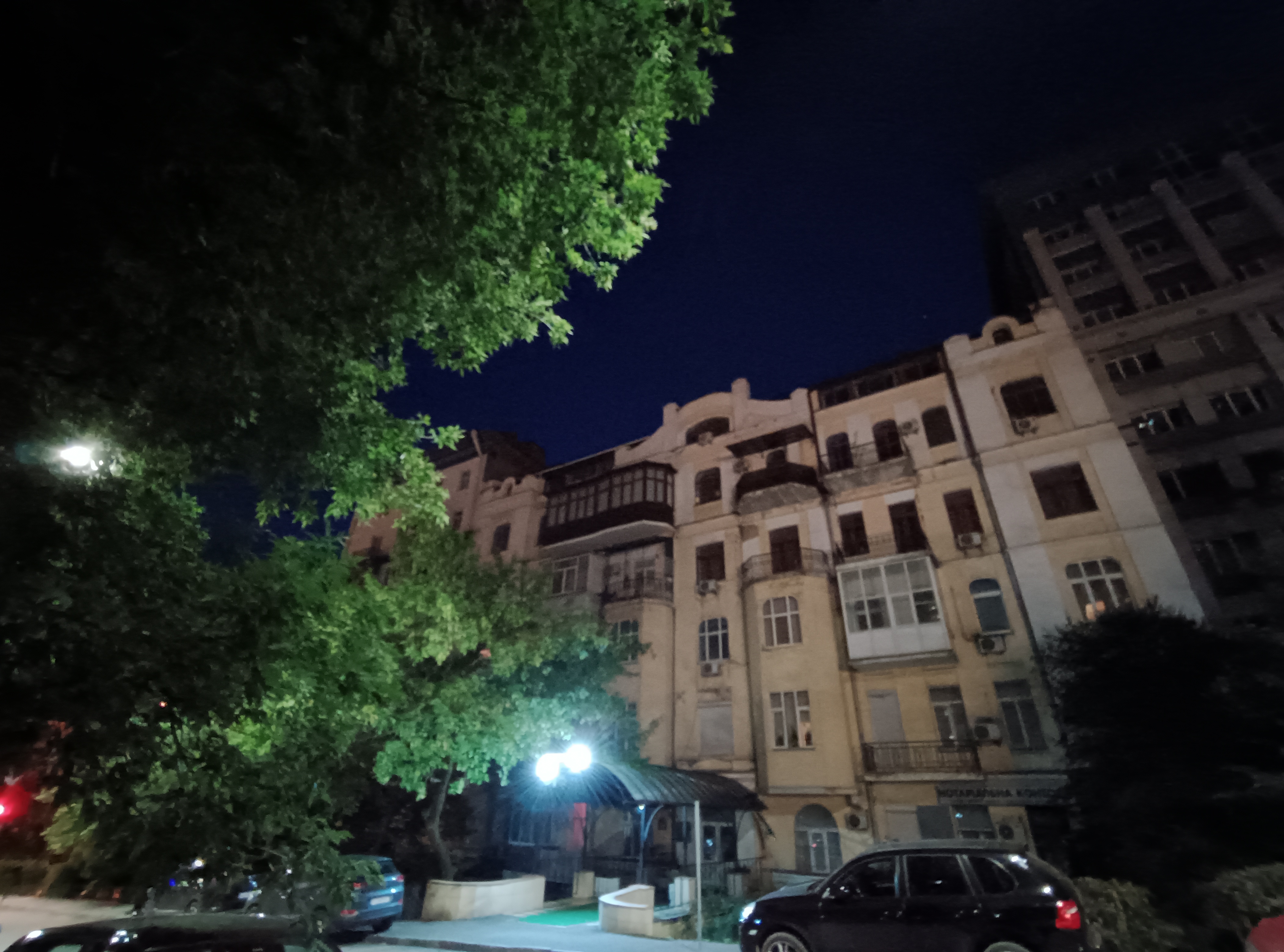
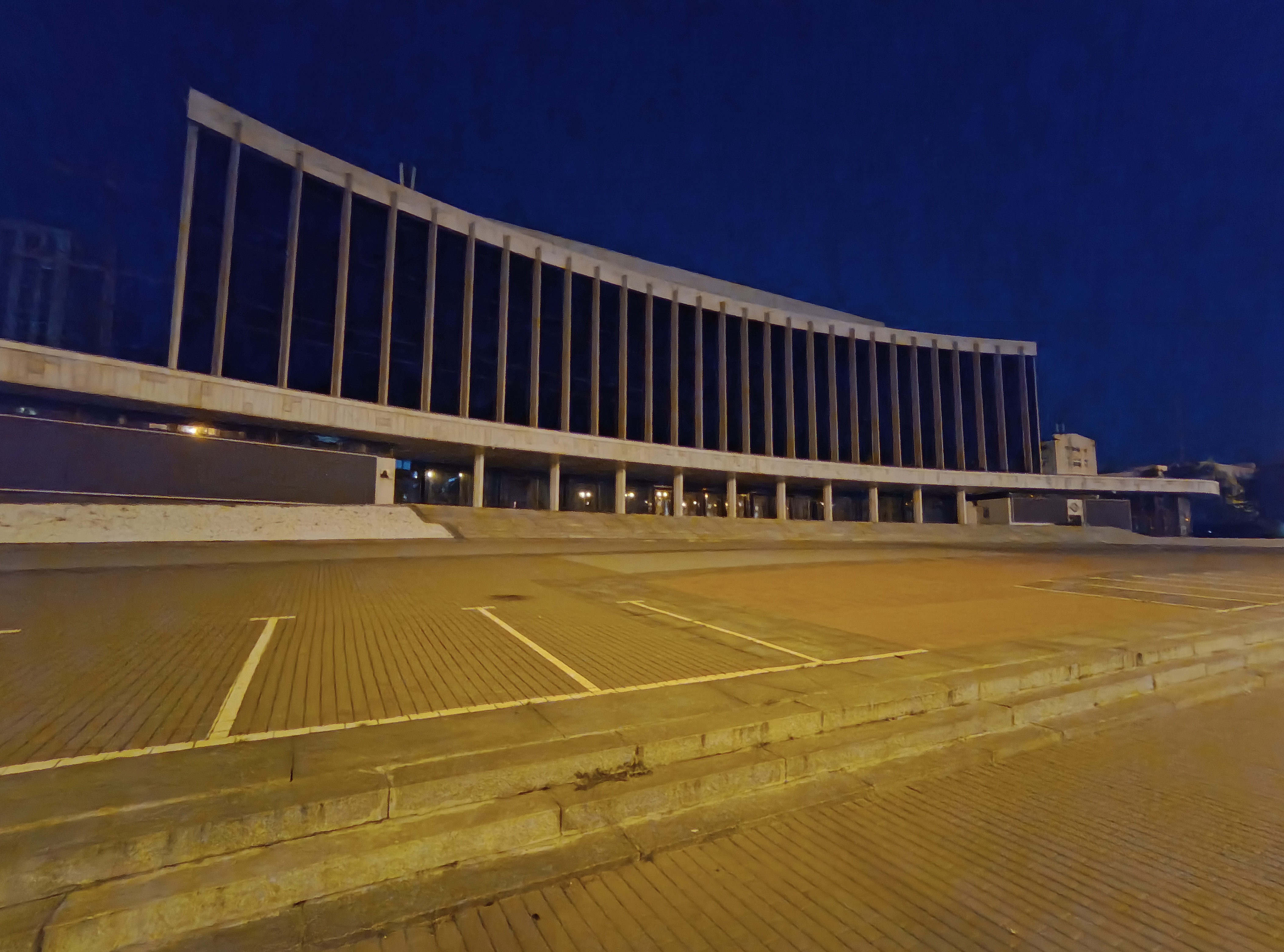

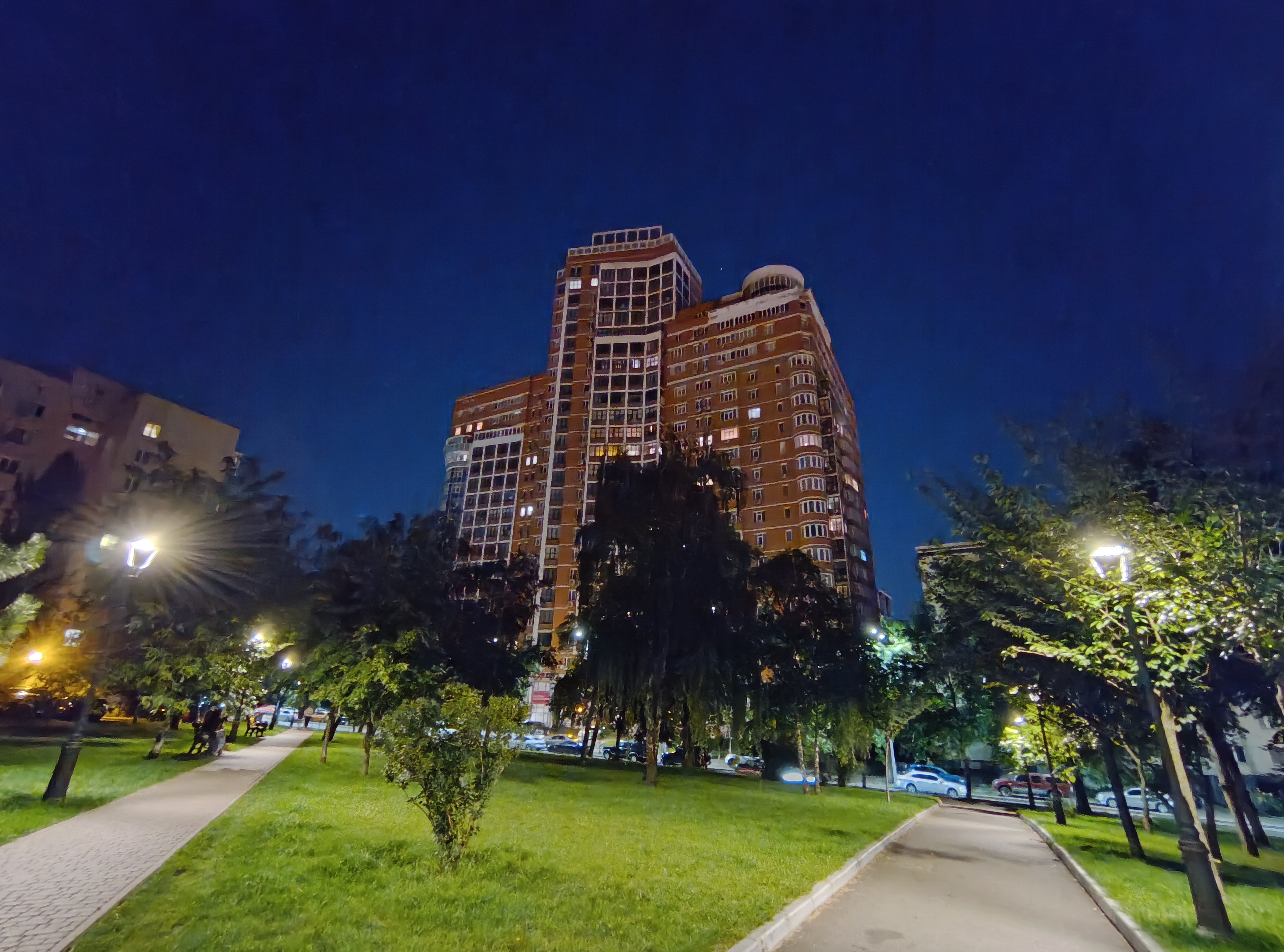

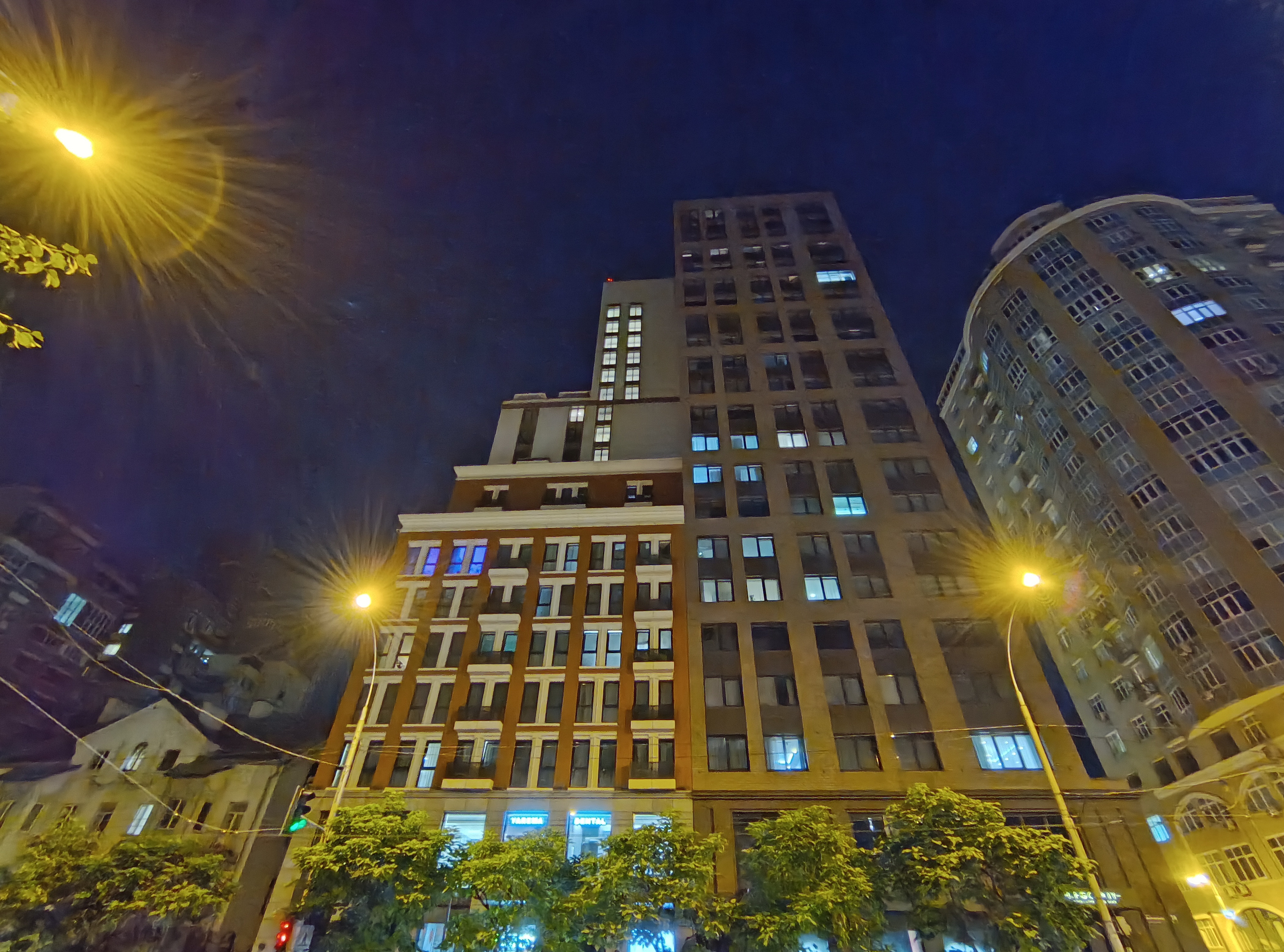




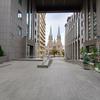






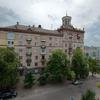




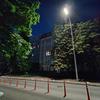

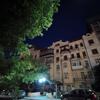






Macro mode on the wide-angle camera:






Motorola Edge 40 shoots 4K at only 30 FPS, but the quality is nice, the stabiliser works very well:
FullHD 60 FPS:
- Bright OLED display with 144 Hz refresh rate
- Interesting design and IP68 protection
- Fast wired and wireless charging
- Nice photos on the main camera
- Almost pure Android 13
- Loud stereo speakers
To sum up: three things you need to know about the Motorola Edge 40.
- The Motorola Edge 40 has a bright OLED screen with a refresh rate of 144 Hz.
- Performance is driven by a good mid-range Mediatek Dimensity 8020 processor.
- It supports 15W wireless charging and 68W fast wired charging, which allows it to be fully charged in 40 minutes.
| Motorola Edge 40 specifications | |
|---|---|
| Display | pOLED, 6.55 inches, 2400x1080 (20:9 aspect ratio), 402 ppi, HDR10+, 144 Hz, peak brightness 1200 nits |
| Body | dimensions: 158.4x72x7.6 mm, weight: 167 g |
| Processor | 64-bit 6nm Mediatek Dimensity 8020, 4x2.6 GHz Cortex-A78, 4x2.0 GHz Cortex-A55, Mali-G77 MC9 graphics |
| RAM | 8 GB LPDDR4X |
| Flash memory | 256 GB UFS 3.1 |
| Camera |
50 MP (f/1.4, 1/1.55", 1.0µm, multi-directional PDAF, OIS); ultra-wide-angle 13 MP (f/2.2, 120˚, 1.12µm, AF); flash, video 2160p@30fps, 1080p@120fps; front camera: 32 MP (f/2.4, 0.7µm) |
| Wireless technologies | Wi-Fi 802.11 a/b/g/n/ac/6e (tri-band), Bluetooth 5.2 LE, NFC |
| GPS | GPS, A-GPS, GLONASS, BDS, GALILEO |
| Battery | 4400 mAh, non-removable, fast charging 68 W Turbo Power, wireless charging 15 W |
| Operating system | Android 13 |
| Sim-card | NanoSIM+eSIM |
| Optional | protection against dust and water IP68, optical fingerprint scanner in the screen, Ready For |
For those who want to know more:
- Review of the flagship smartphone Motorola Edge 40 Pro: it will charge faster than your pizza will be delivered
- Dell unveiled several products for generative artificial intelligence development
- OPPO A98 smartphone review: fast charging and a microscope camera
- How to save money on Galaxy S23: Samsung Galaxy A54 and Galaxy A34 review
- Samsung Galaxy S23 Ultra review: reaching for the stars
